Constantinople قسطنطينية
Part 1 - From Byzantium to 1258 CE
Muhammad Ahmad Zafar
16th July 2020
www.aagahi.com
Urdu & Turkish Common Words (1)
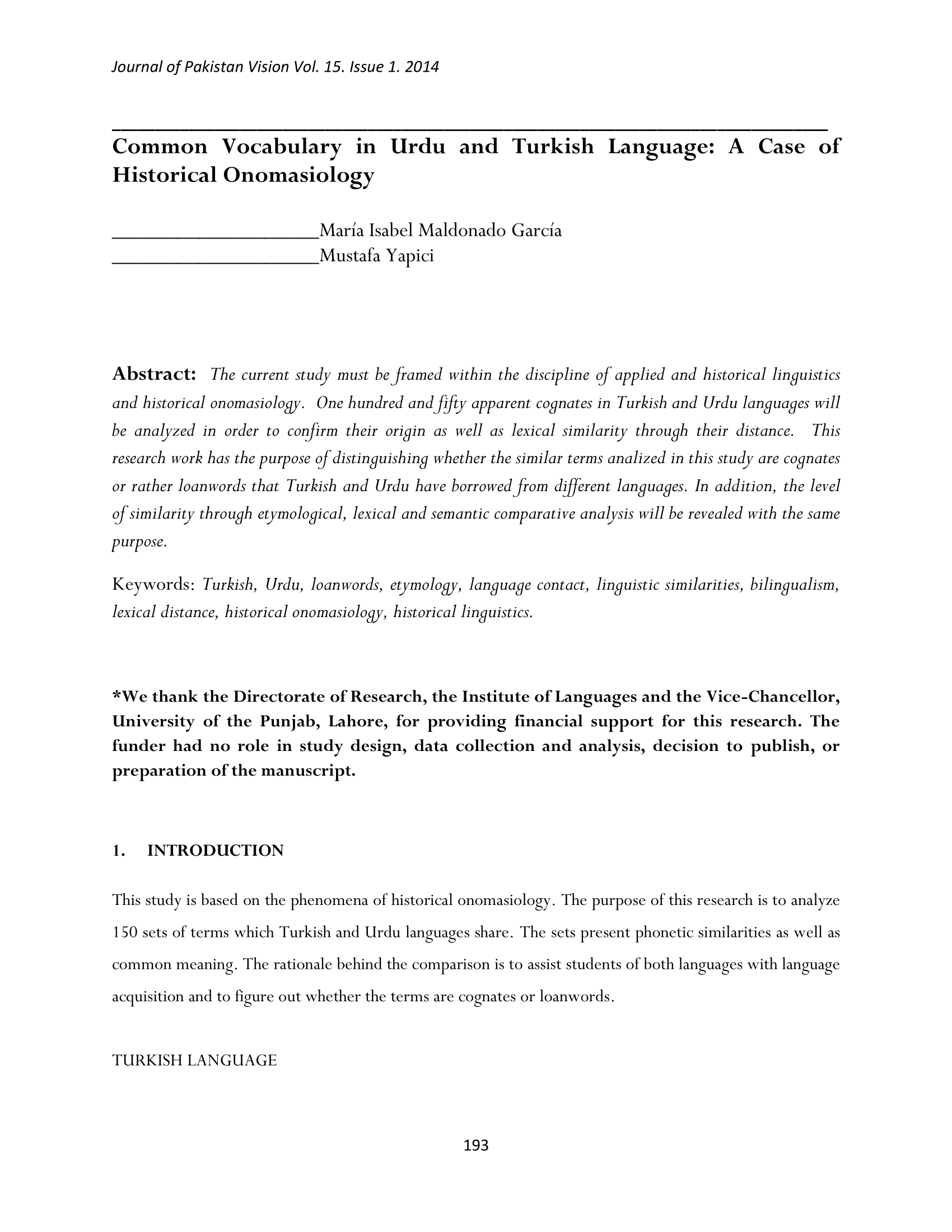

Urdu & Turkish Common Words (2)
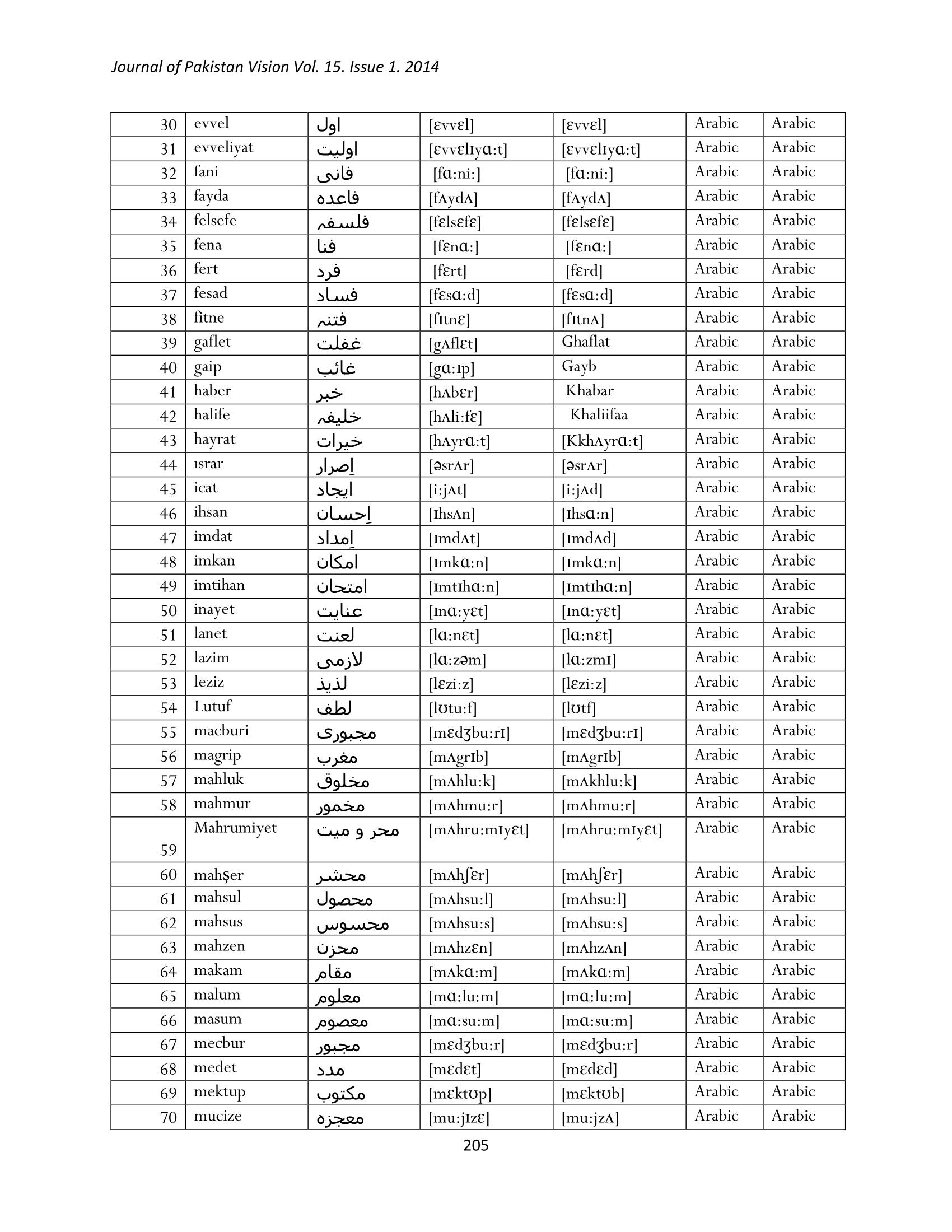

Urdu & Turkish Common Words (3)

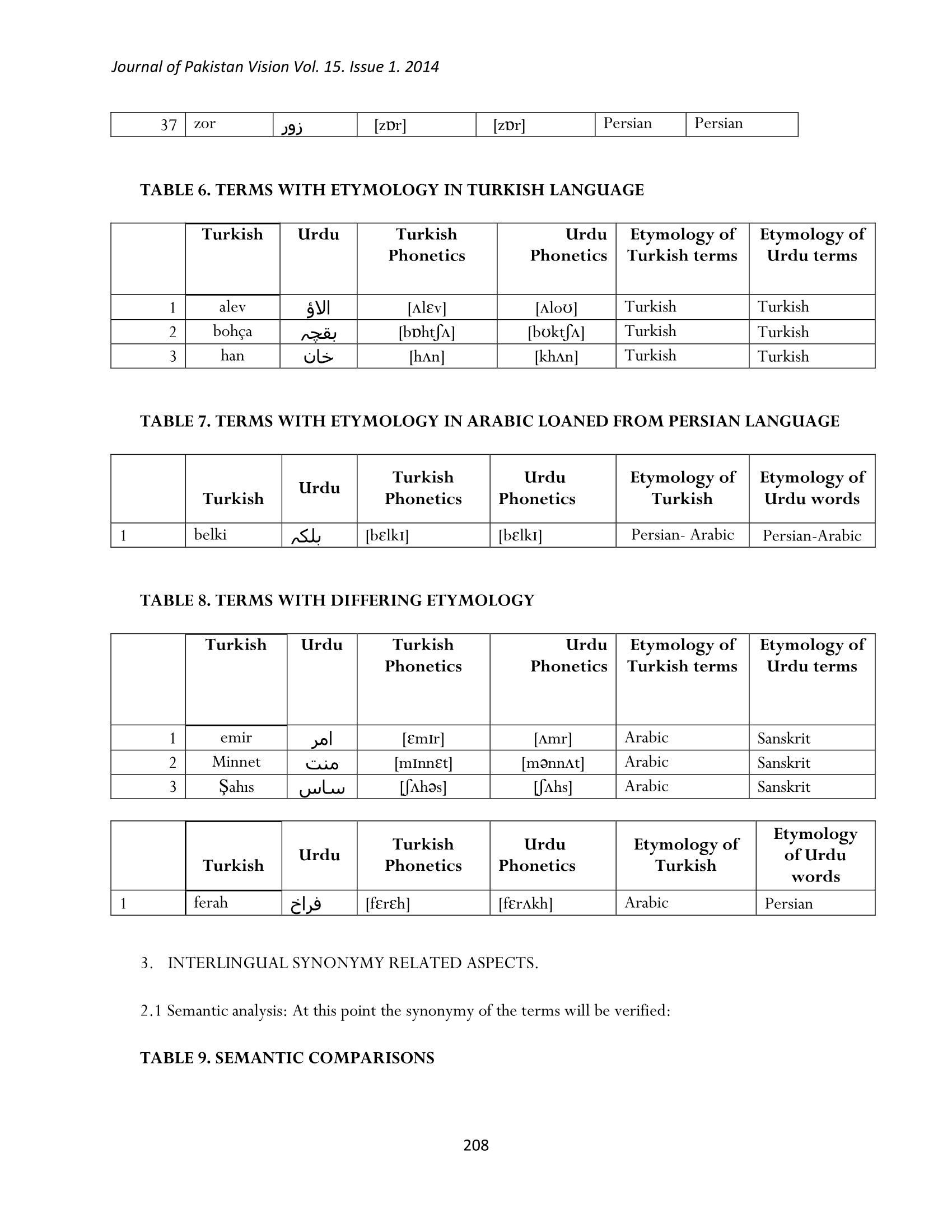
The Origins of Urdu Language
“The word ‘Urdu’ is originally Turkish and means ‘army’ or ‘camp’. The formation of Urdu began in 1027 when Mahmud’s armies were stationed at Lahore. In the early stages of its development, Urdu was a mixture of Persian, Turkish and old Punjabi, but when the Muslim armies moved to Delhi after 1193, it was influenced by the Braj dialect of Hindi.”
[Islam & Pakistan’s Identity by Dr. Javid Iqbal, Page 63]
Old Known World - 2,700 Years Ago
Where Europe & Asia Meet
The Strait of Bosphorus
Meant to be the Capital of the World
The Beautiful Blue Mosque
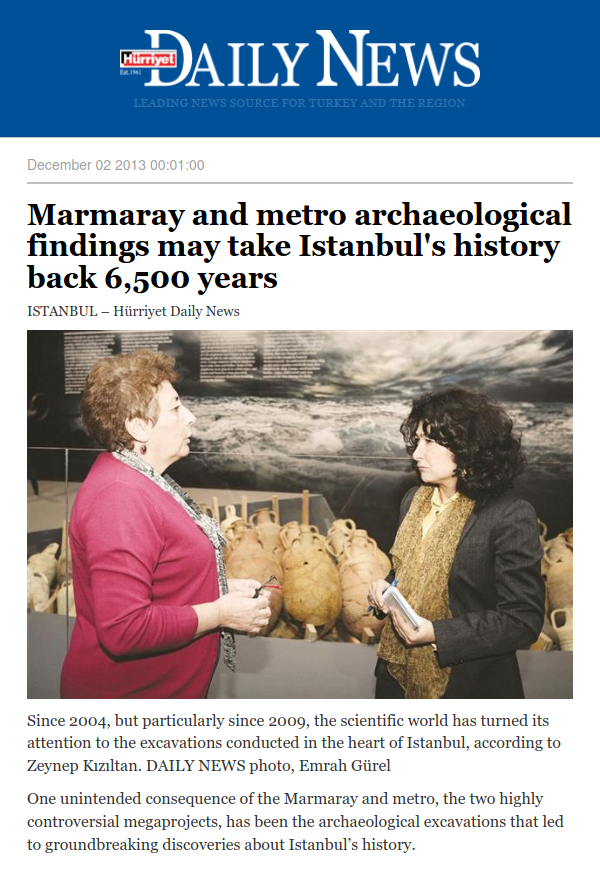
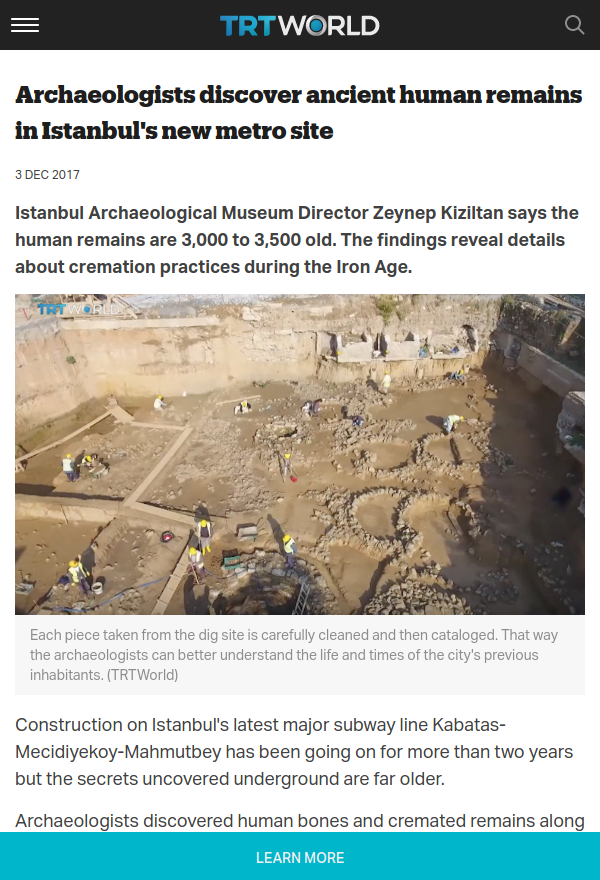
City-States of Ancient Greece
The Trojan War took place around 1200 BC
Delphi was considered the centre of the world, housing the Sanctuary of Apollo & Orcale.
Athens was considered the cradle of civilisation & knowledge.
Sparta was the military power house with no boundary walls or protection.
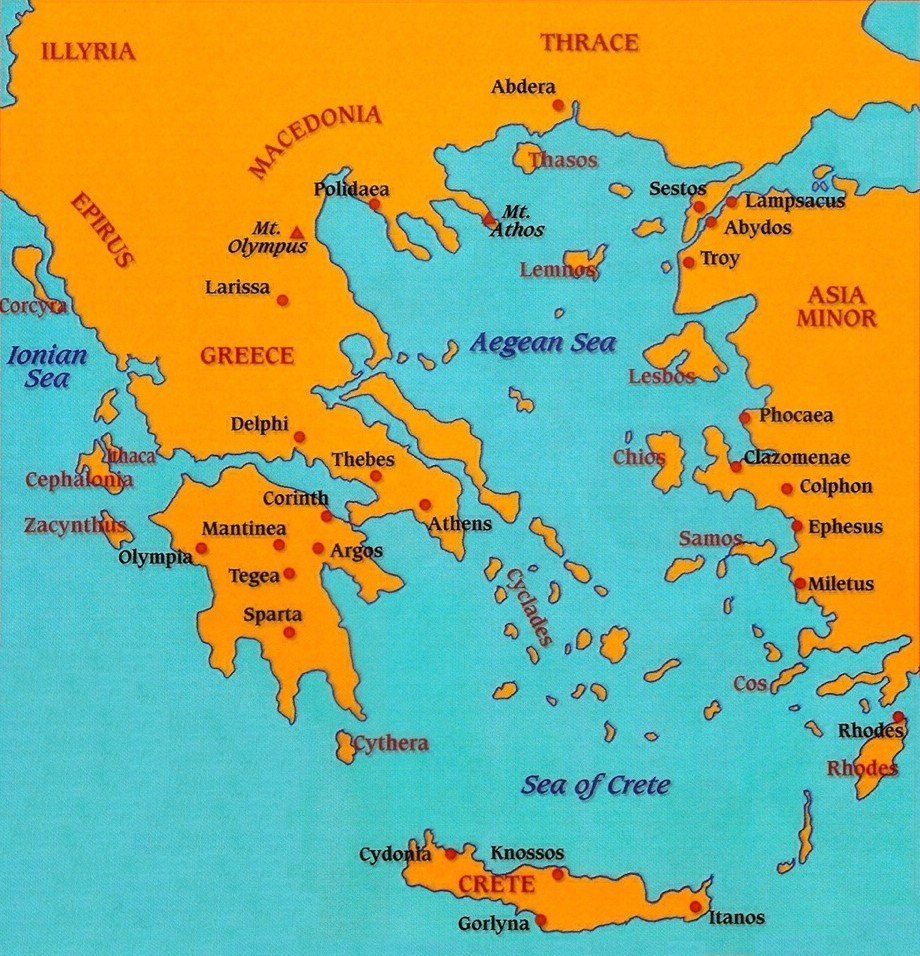
King Byzas guided by the Delphi Oracle & Byzantium was colonized in 657 BC
Greco-Persian Wars

Conflicts began when Cyrus the Great expanded his empire in 547 BC.
Darius I invaded Byzantion in 513 BC & torched it. Macedonia surrendered.
Reflection from Allama Iqbal’s Words
دارا و سکندر سے وہ مرد فقیر اولی
ہو جس کی فقیری میں بوئے اسد اللہی
[علامہ اقبال، بال جبر یل]
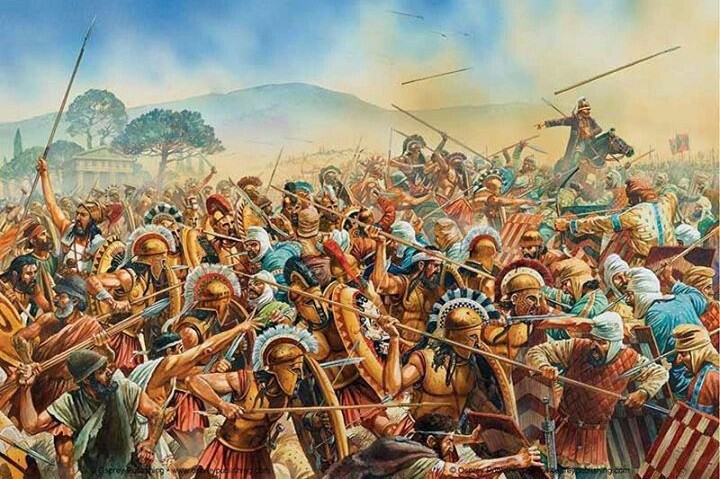
Xerxes I failed on his invasion plans of Greece in 480 BC
& from 479 BC the Greek revolt started.
Byzantion became a struggle between Athens & Sparta.
Maiden’s Tower
Rise of Alexander son of Philip II
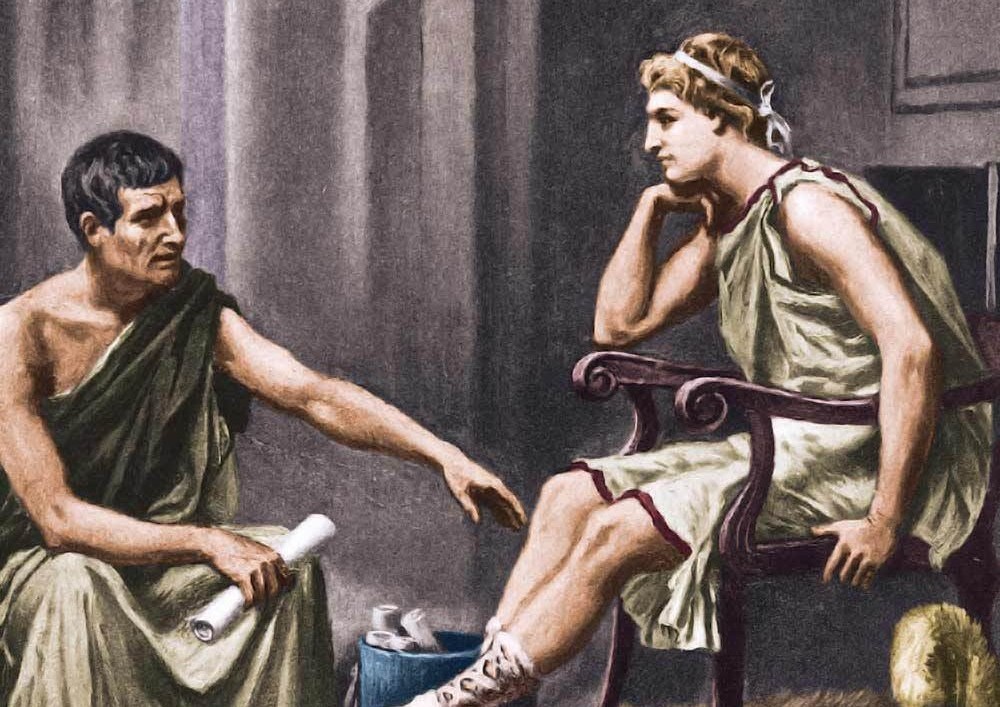
Alexander Began the Campaign in 334 BC

Conquest & Campaign of Alexander III

From Rome to Roman Republic
The small settlements of Rome may have a history of a little more than 2,600 years according to estimates.
Roman Kingdom lasted till 510 BC when the king was deposed.
The Roman Republic was founded in 509 BC & quickly expanded to include different parts of the Mediterranean.

Rise of the Roman Empire
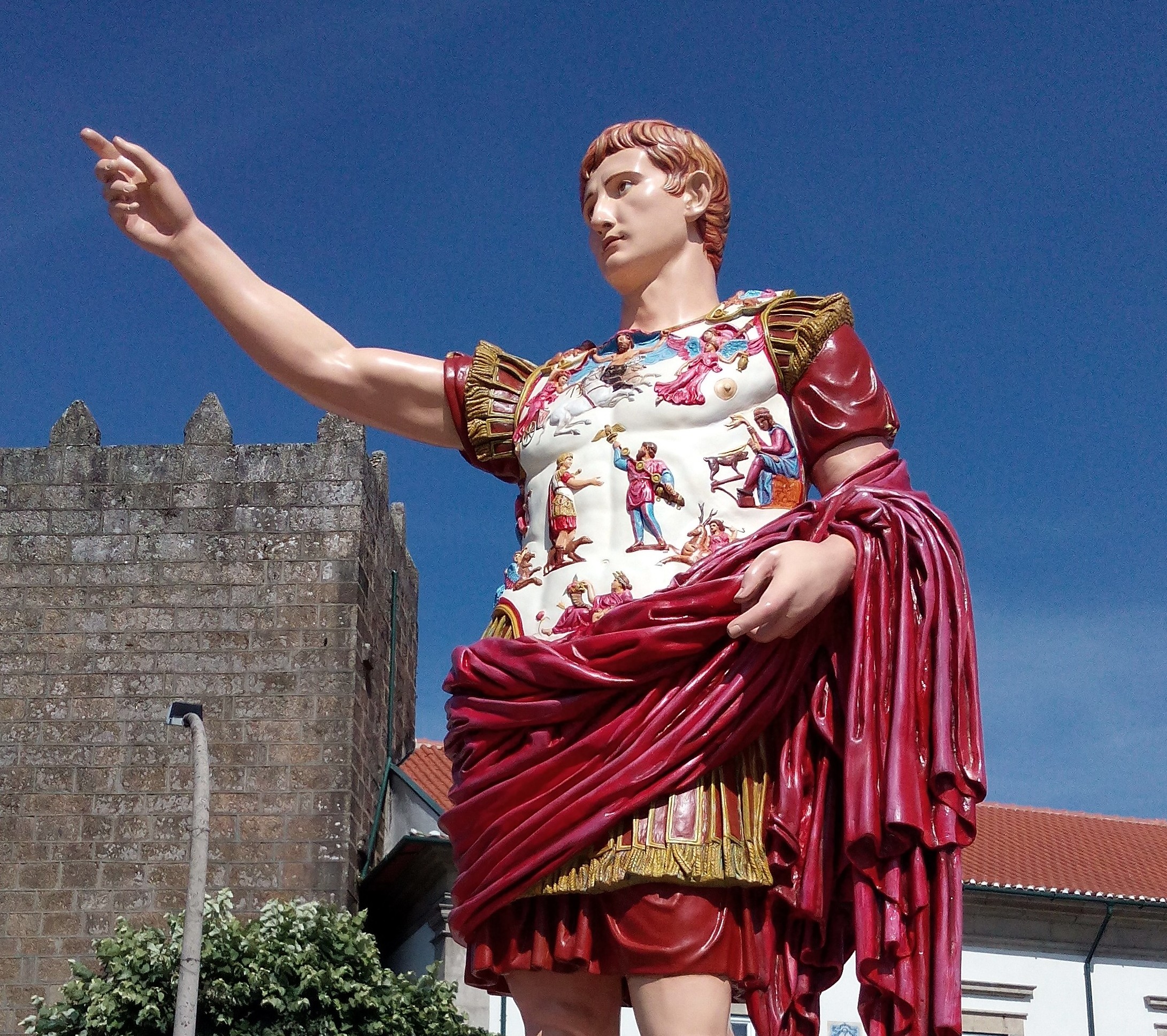
In AD 73 Byzantium was formally incorporated as a province into the Roman Empire by Vespasian.
After 117 AD, the walls of the city were maintained and repaired.
Roman Empire however always faced internal challenges and succession crisis.
The Year of the Five Emperors (193 AD)

Reign 193 AD - 211 AD
Severus was the Emperor in Rome while Pescennius Niger in Byzantium.
Byzantium was briefly renamed to ‘Augusta Antonina’



Years of Christian Persecution (1)
Around AD 273 an old man called Lucillian, still honoured every June by the Orthodox Church as Saint Lucillian, was said to have converted to Christianity ... he was beaten, imprisoned and tortured ... crucified in the centre of the city along with four other men who were beheaded. A virgin who watched these ghastly deaths and then tended to the victims was also decapitated.
[Istanbul: A Tale of Three Cities by Bettany Hughes, Page 76]
Years of Christian Persecution (2)
Goods in the market were sprinkled with the blood of sacrificed animals, to pollute them and to offend Christian sensibilities; tax exemptions were offered to those willing to persecute Christian women and men.
[Istanbul: A Tale of Three Cities by Bettany Hughes, Page 82]
Constantine the Great
Became the co-emperor while sharing power with six others emperors.
After a power struggle he became the undisputed emperor of Rome in 324.
Started favouring the Christians & after a dream he had in the end of October AD 312.
In 330 AD Byzantion or Byzantium became Constantinople.


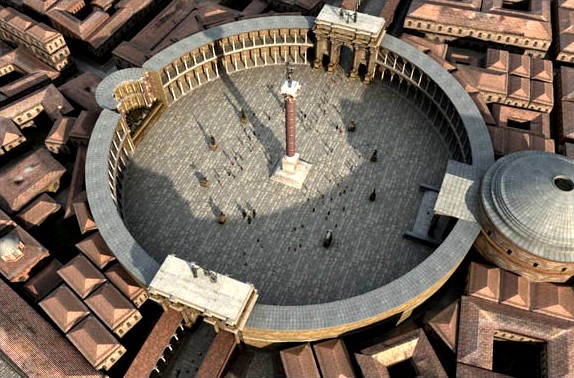
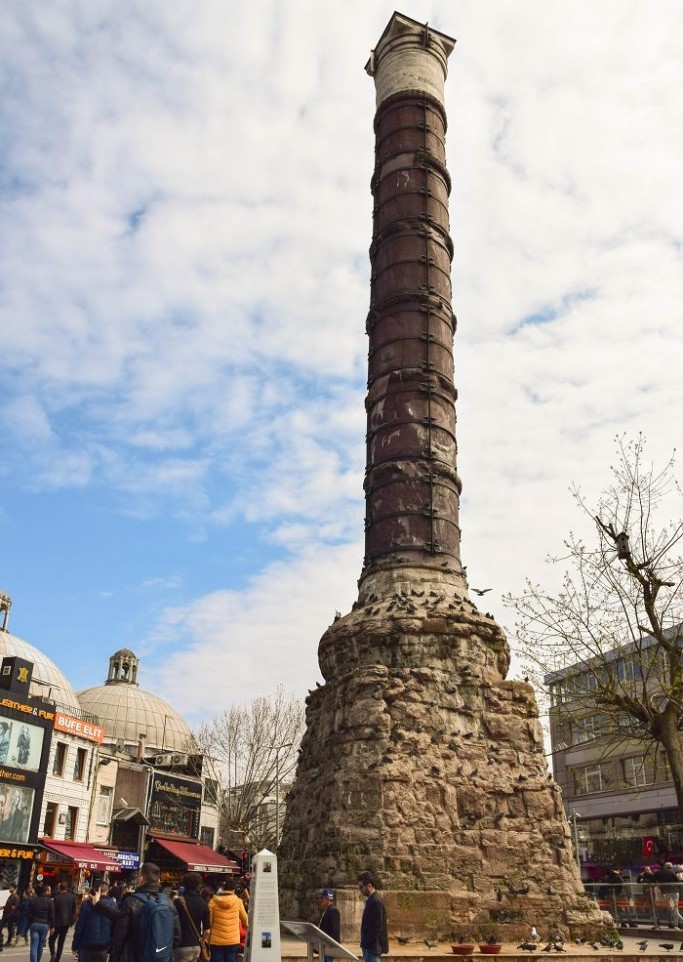
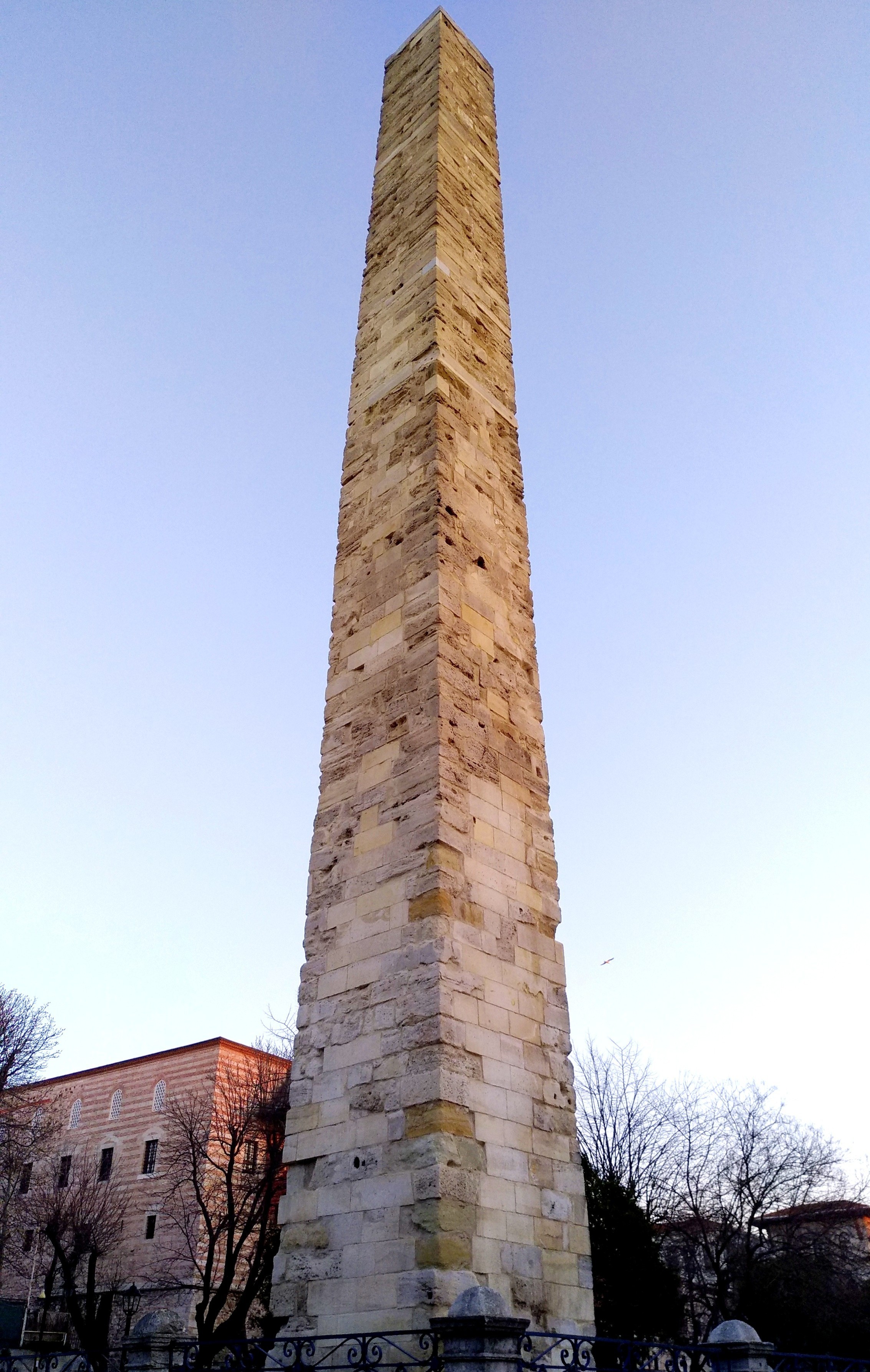


It was commissioned in 330 AD and the relics of the Apostles of Jesus Christ were to be buried here in Constantinople, ‘New Rome’.
It was here where the first Christian Emperor of Rome was laid to rest.

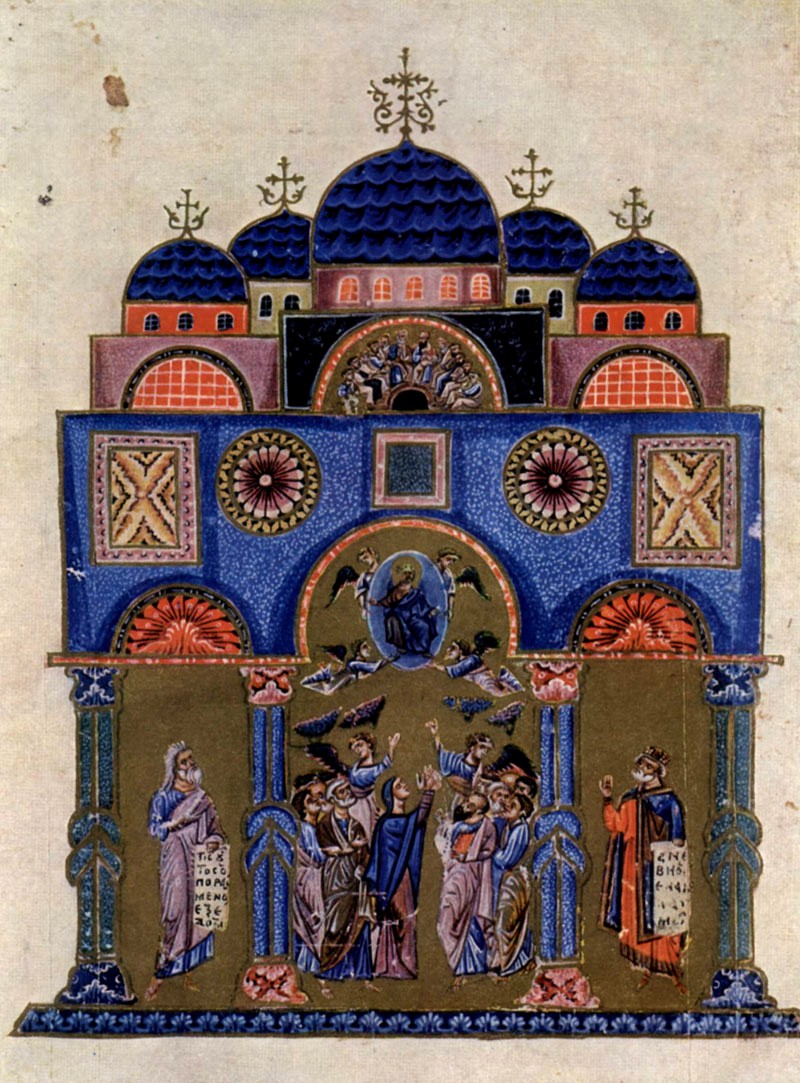


Split of the Roman Empire in 395 CE
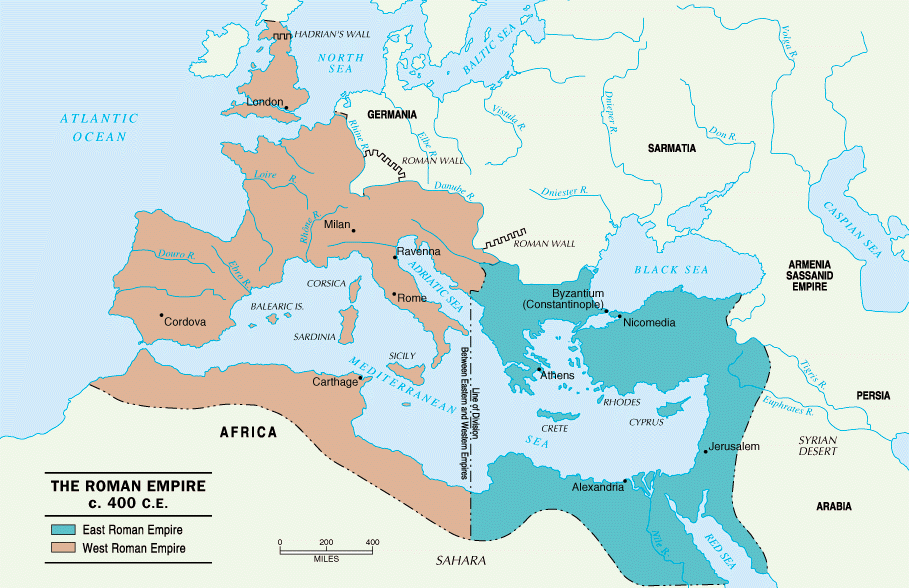
When he died in 395, Rome split into Eastern and Western empires.
Challenges for the Roman Empire

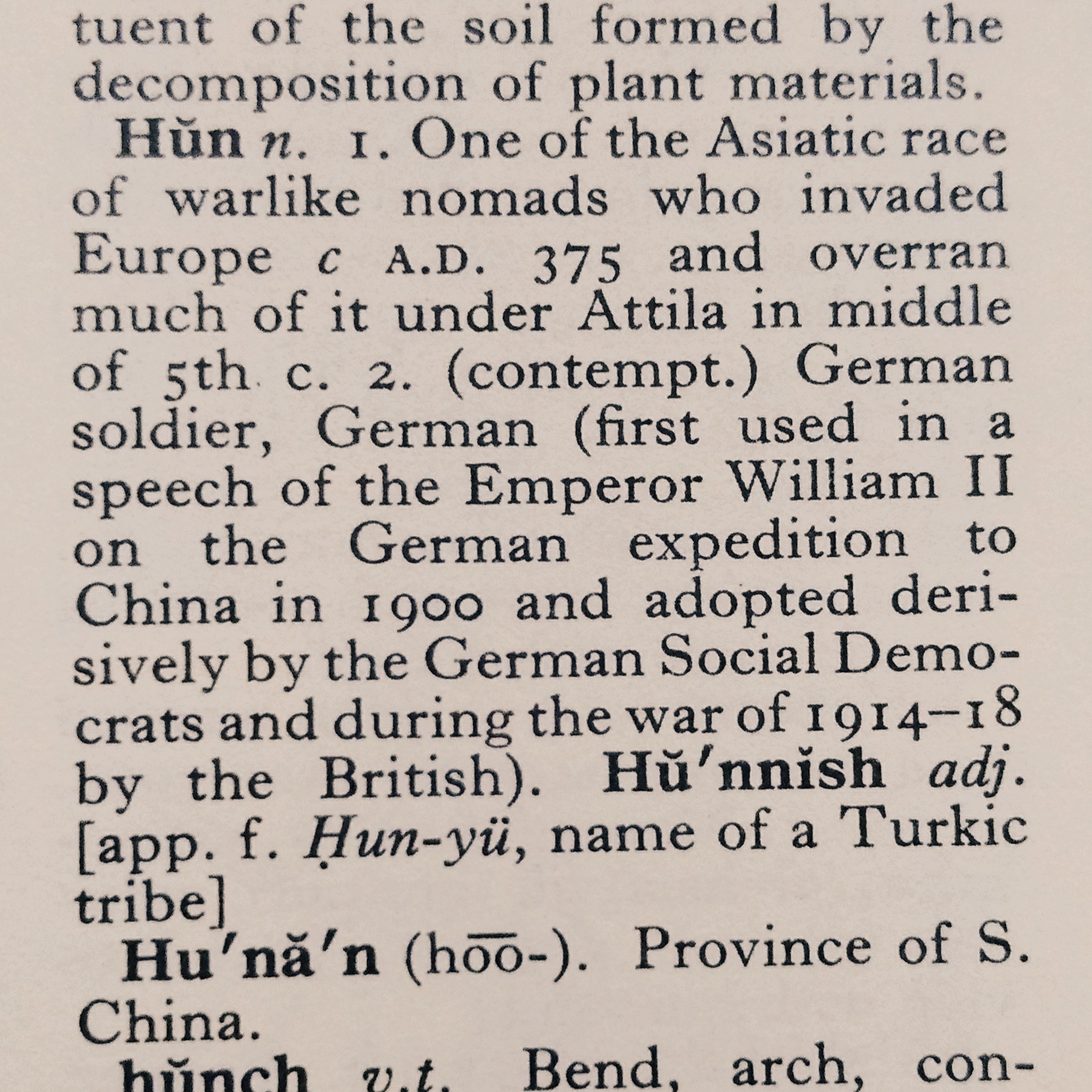
Sack of Rome in 410 AD by Visigoths
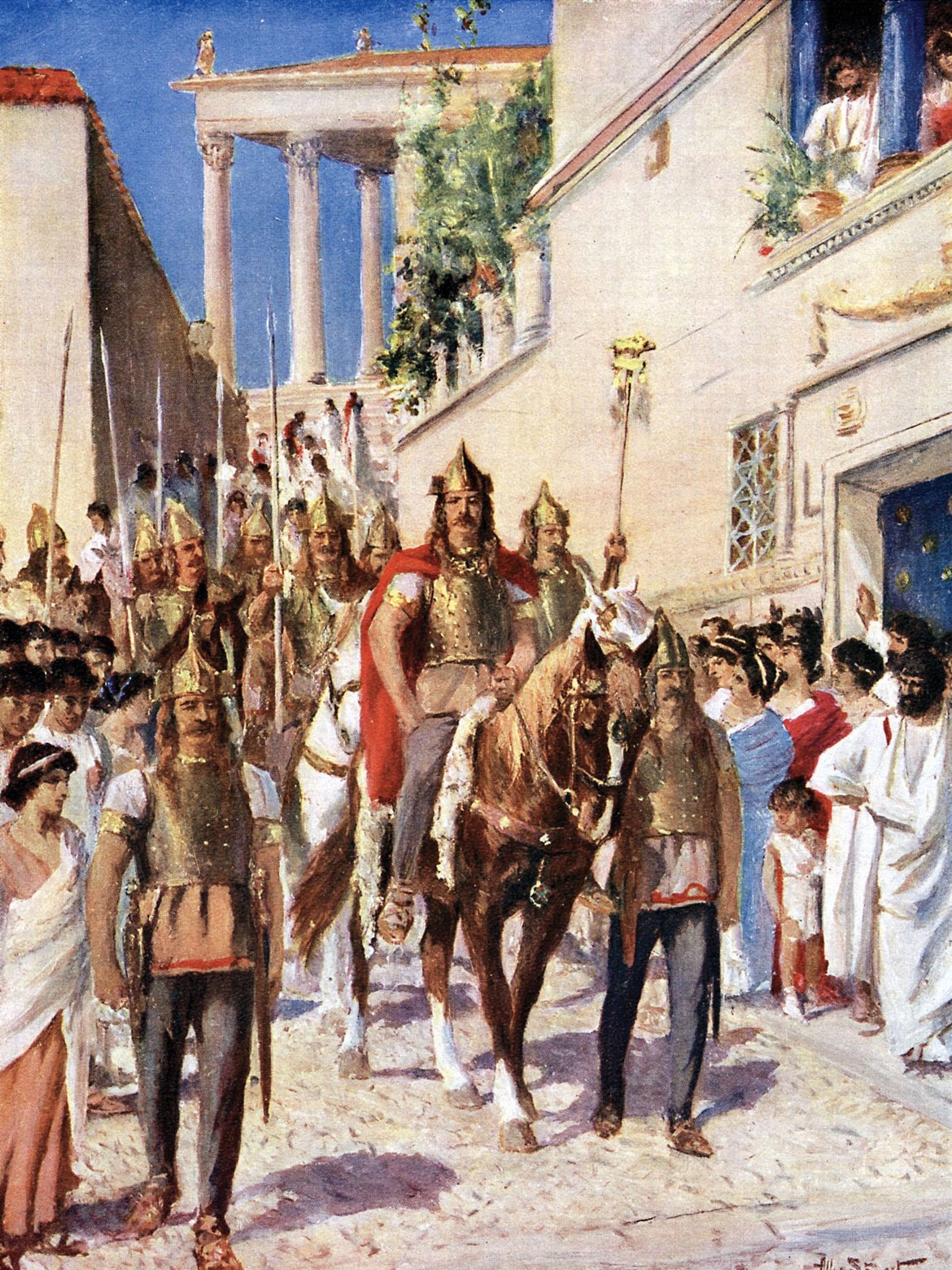
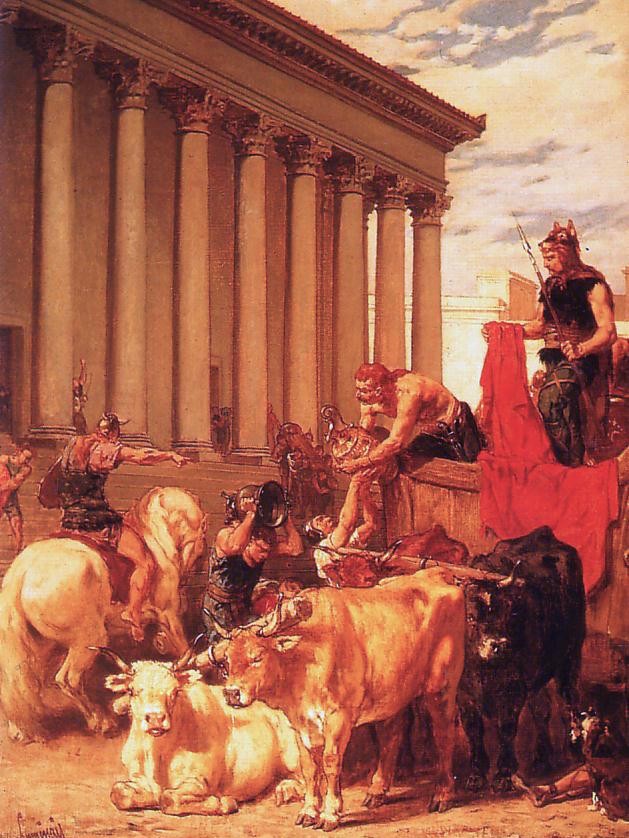
Year 450 CE
Attila The Hun’s Siege of Constantinople
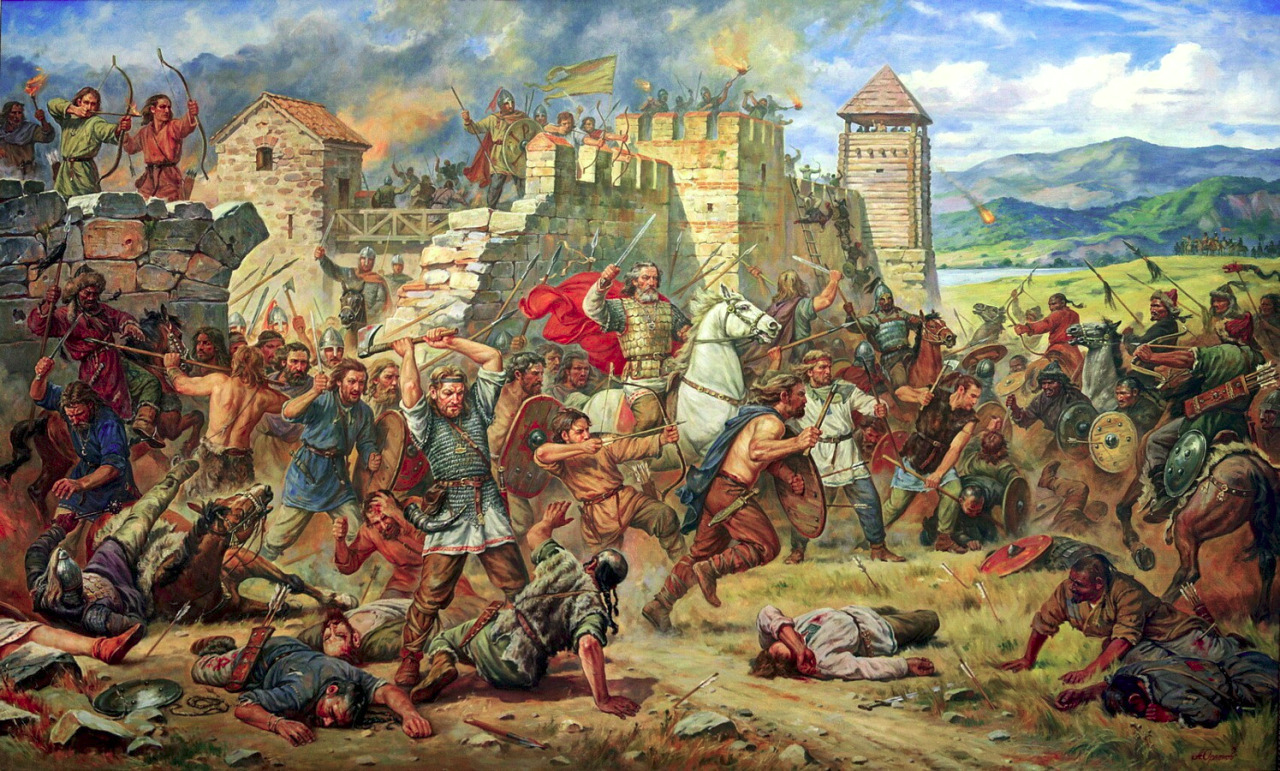
The Reign of Justinian & Theodora

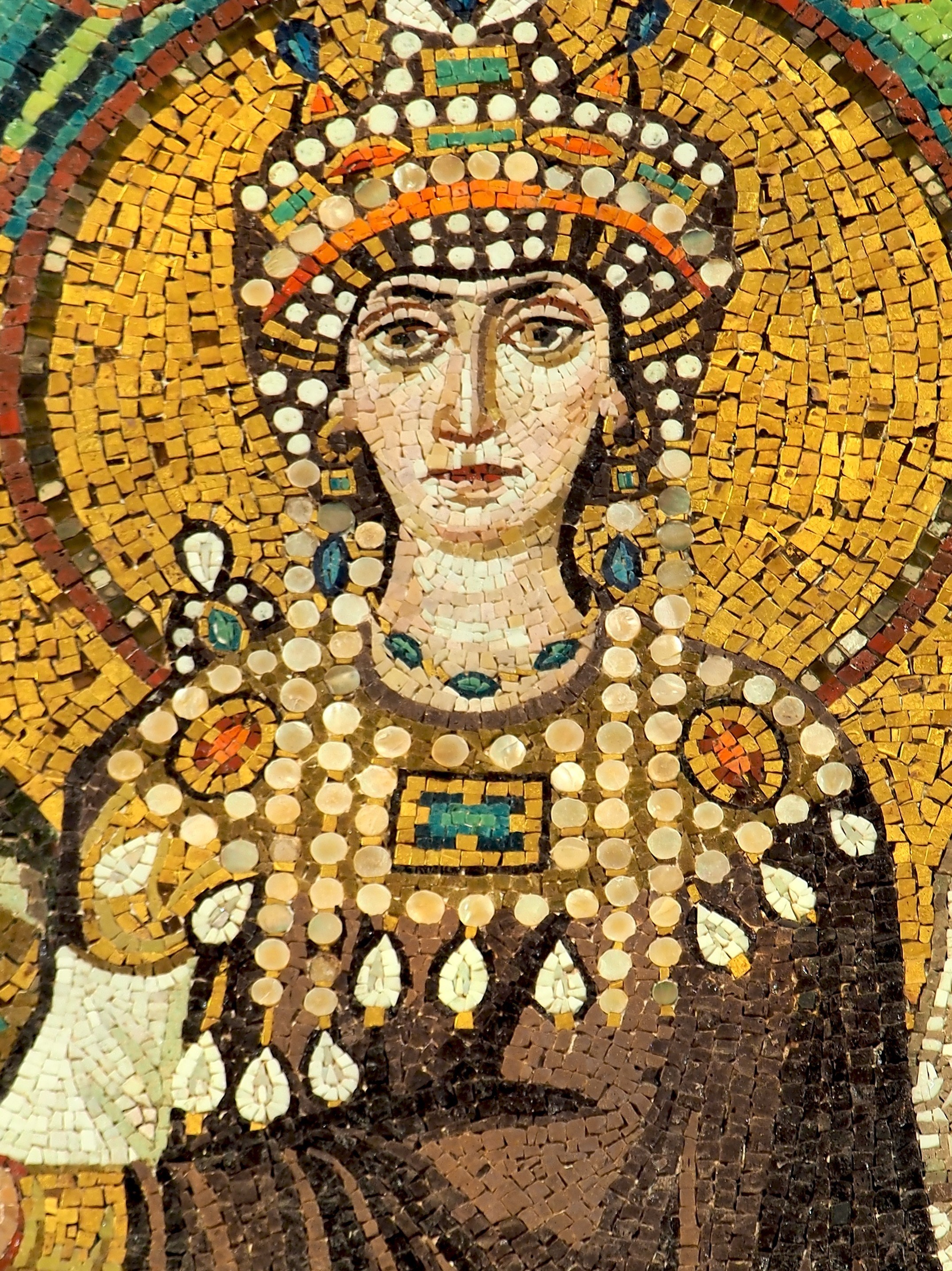
Hagia Sophia (Church of the Holy Wisdom)
“O Solomon, I have Surpassed Thee!”
Justinian, Mother Mary & Constantine
Hagia Sophia Under Christian Rule
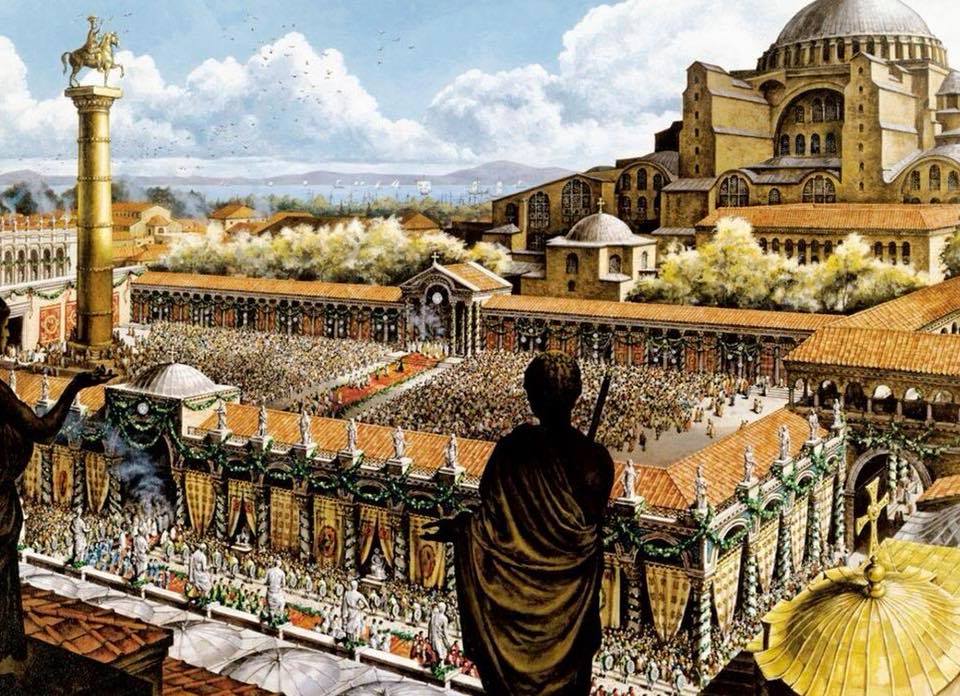
Battles of Heraclius (r. 610 till 641) & Sassanid King Khosraw II
A Promise from Allah
الم ۞ غُلِبَتِ الرُّومُ ۞ فِي أَدْنَى الْأَرْضِ وَهُم مِّن بَعْدِ غَلَبِهِمْ سَيَغْلِبُونَ ۞ فِي بِضْعِ سِنِينَ ۗ لِلَّـهِ الْأَمْرُ مِن قَبْلُ وَمِن بَعْدُ ۚ وَيَوْمَئِذٍ يَفْرَحُ الْمُؤْمِنُونَ ۞ بِنَصْرِ اللَّـهِ ۚ يَنصُرُ مَن يَشَاءُ ۖ وَهُوَ الْعَزِيزُ الرَّحِيمُ۞ وَعْدَ اللَّـهِ ۖ لَا يُخْلِفُ اللَّـهُ وَعْدَهُ وَلَـٰكِنَّ أَكْثَرَ النَّاسِ لَايَعْلَمُونَ ۞
[Surah Ar-Rum (30), Ayat 1-6]
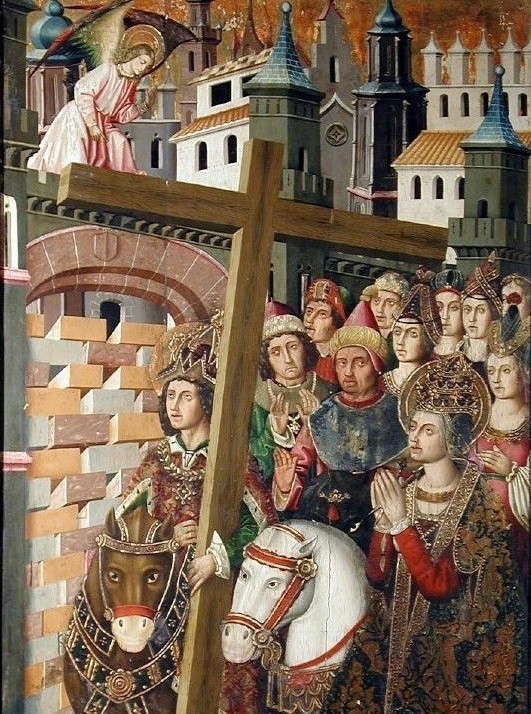
Khosraw was murdered and Heraclius realising that he had the upper hand swiftly negotiated favourable terms.
Territories were returned and the relics were returned to Jerusalem after a display in Constantinople.
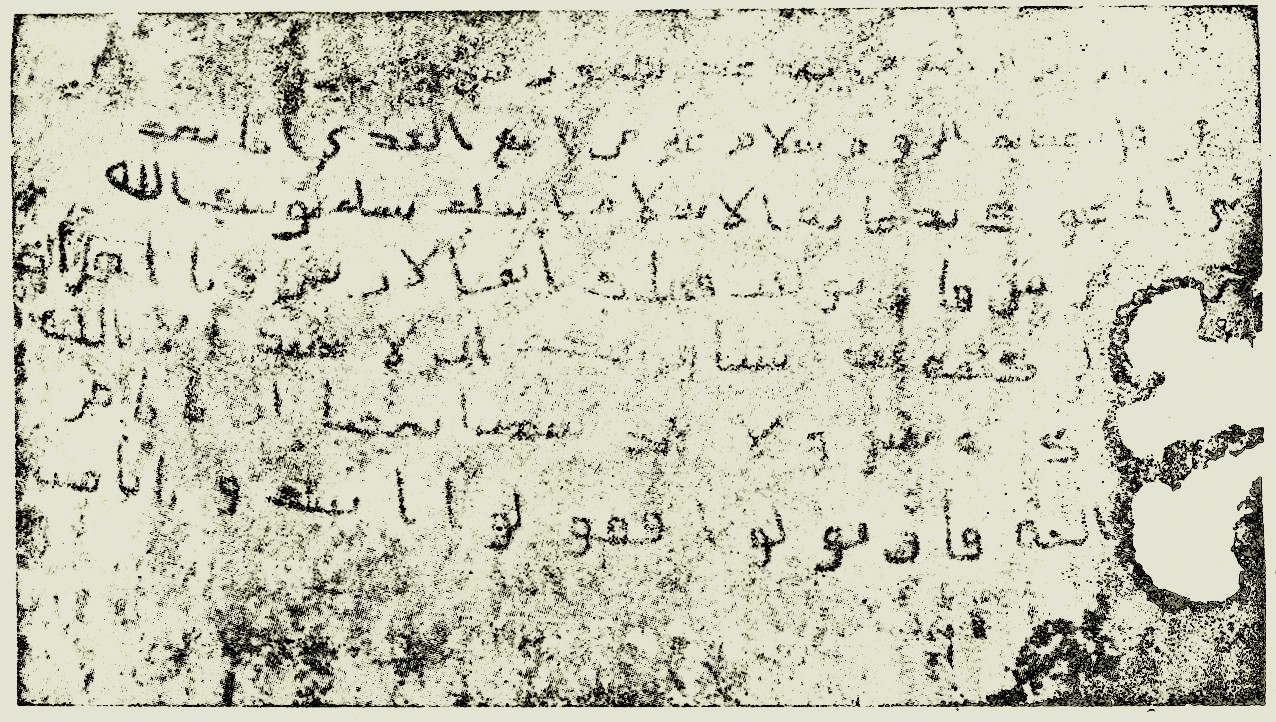
Hadith about Cyprus & Constantinople
أُمُّ حَرَامٍ أَنَّهَا سَمِعَتِ النَّبِيَّ صلى الله عليه وسلم يَقُولُ « أَوَّلُ جَيْشٍ مِنْ أُمَّتِي يَغْزُونَ الْبَحْرَ قَدْ أَوْجَبُوا » قَالَتْ أُمُّ حَرَامٍ قُلْتُ يَا رَسُولَ اللَّهِ أَنَا فِيهِمْ . قَالَ « أَنْتِ فِيهِمْ » ثُمَّ قَالَ النَّبِيُّ صلى الله عليه وسلم « أَوَّلُ جَيْشٍ مِنْ أُمَّتِي يَغْزُونَ مَدِينَةَ قَيْصَرَ مَغْفُورٌ لَهُمْ » فَقُلْتُ أَنَا فِيهِمْ يَا رَسُولَ اللَّهِ . قَالَ « لاَ »
[Sahih Bukhari, Kitab Al-Jihad (56), 2924]
Tomb of Umm Haram (r.a) in Cyprus (1)
Tomb of Umm Haram (r.a) in Cyprus (2)
Tomb of Umm Haram (r.a) in Cyprus (3)
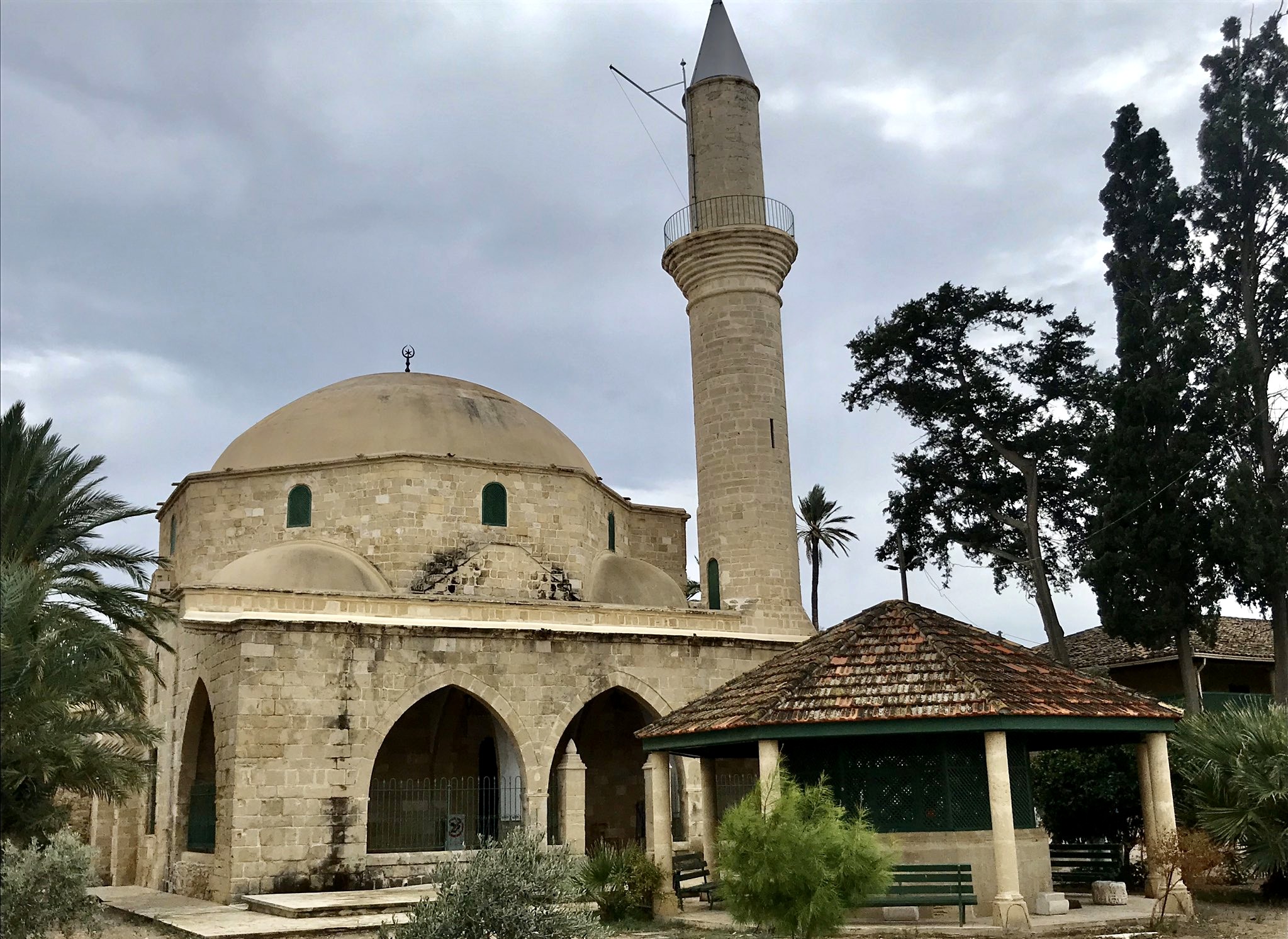

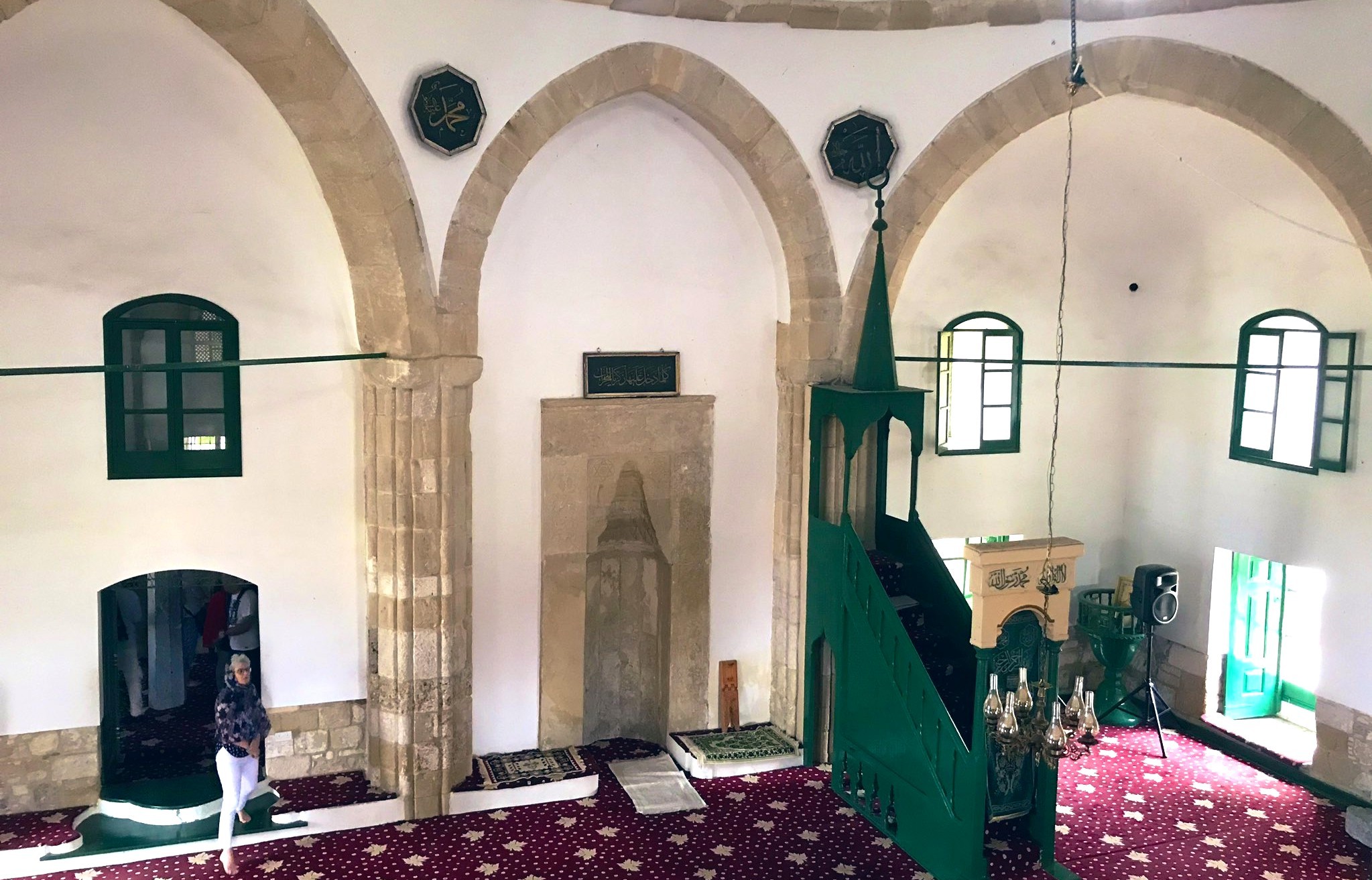

Reimagined
رسول اللہ ﷺ کو فرماتے ہوئے سنا کہ جو شخص مر جائے اور اللہ کے ساتھ کسی چیز کو شریک نہیں کرتا ہو تو وہ جنت میں داخل ہوگا۔
رسول اللہ ﷺ سے سنا ہے کہ اگر تم گناہ نہ کرتے تو اللہ ایسے لوگوں کو پیدا کرتا جو گناہ کرتے اور وہ انہیں بخش دیا کرتا۔
یہ حدیث اور اس سے پہلی حدیث کو دیکھتے ہوئے یزید بن معاویہ بہت سے قابلِ اعتراض افعال کا مرتکب ہوا ہے ۔۔۔
[ابن کثیر کی کتاب البدايۃ والنهايۃ، جلد 8، 52ھ کے واقعات]
Tomb of Abu Ayyub Ansari (r.a) in Constantinople (1)
Tomb of Abu Ayyub Ansari (r.a) in Constantinople (2)
Tomb of Abu Ayyub Ansari (r.a) in Constantinople (3)

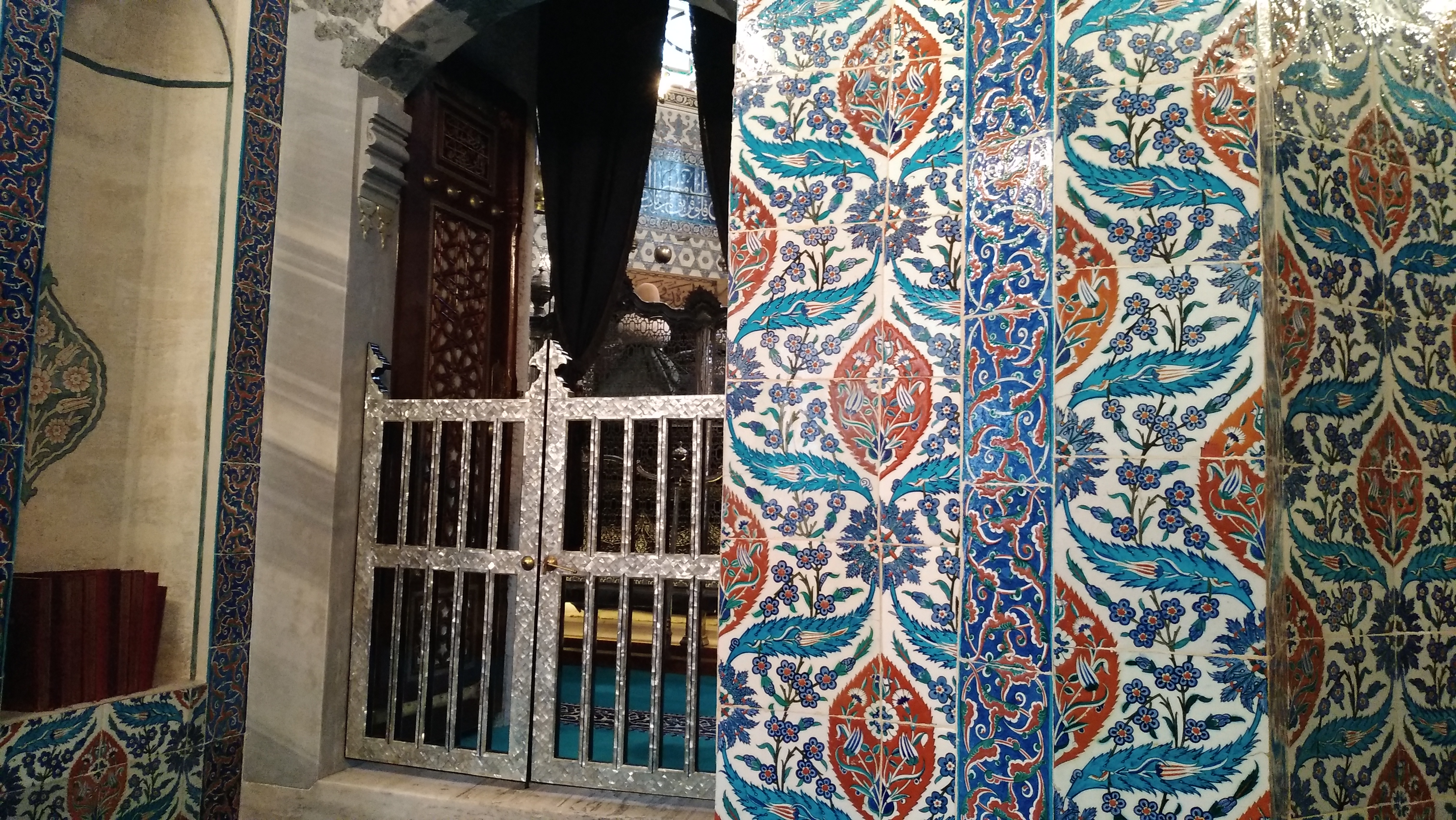
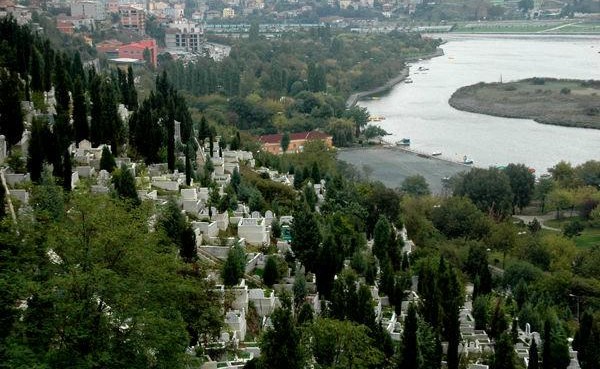
Why not able to Conquer Constantinople?
عَنْ يَزِيدَ بْنِ خُمَيْرٍ، قَالَ «أَمِيرُ الْجَيْشِ الَّذِي يَفْتَحُ الْقُسْطَنْطِينِيَّةَ لَيْسَ بِسَارِقٍ وَلَا زَانٍ وَلَا غَالٍّ»
Narrated by Yazeed bin Humair, “The leader of the army that will conquer Constantinople will not be a thief, fornicator or traitorous.”
[Al-Fitn Al-Dani, 620] (Sahih Maqtu)
When Icons were Condemned
Emperor Leo III (r. 717 till 741) defended the borders against the Muslim armies.
He however realised that God was not on their side and fearing sins and transgression, he enforced radical changes.
He condemned the use of icons.
Hagia Irene is a rare surviving example of the changes.


The End of Muslim Political Unity
“Under the Umayyad rule (661-750) the unity of the Muslim Ummah had remained a political reality. But within six years of the accession of Abul Abbas al-Saffah, who was acknowledged as Abbasid Khalifa in 749, the unity of the Caliphate was shattered ...”
[Islam & Pakistan’s Identity by Dr. Javid Iqbal, Page 34]
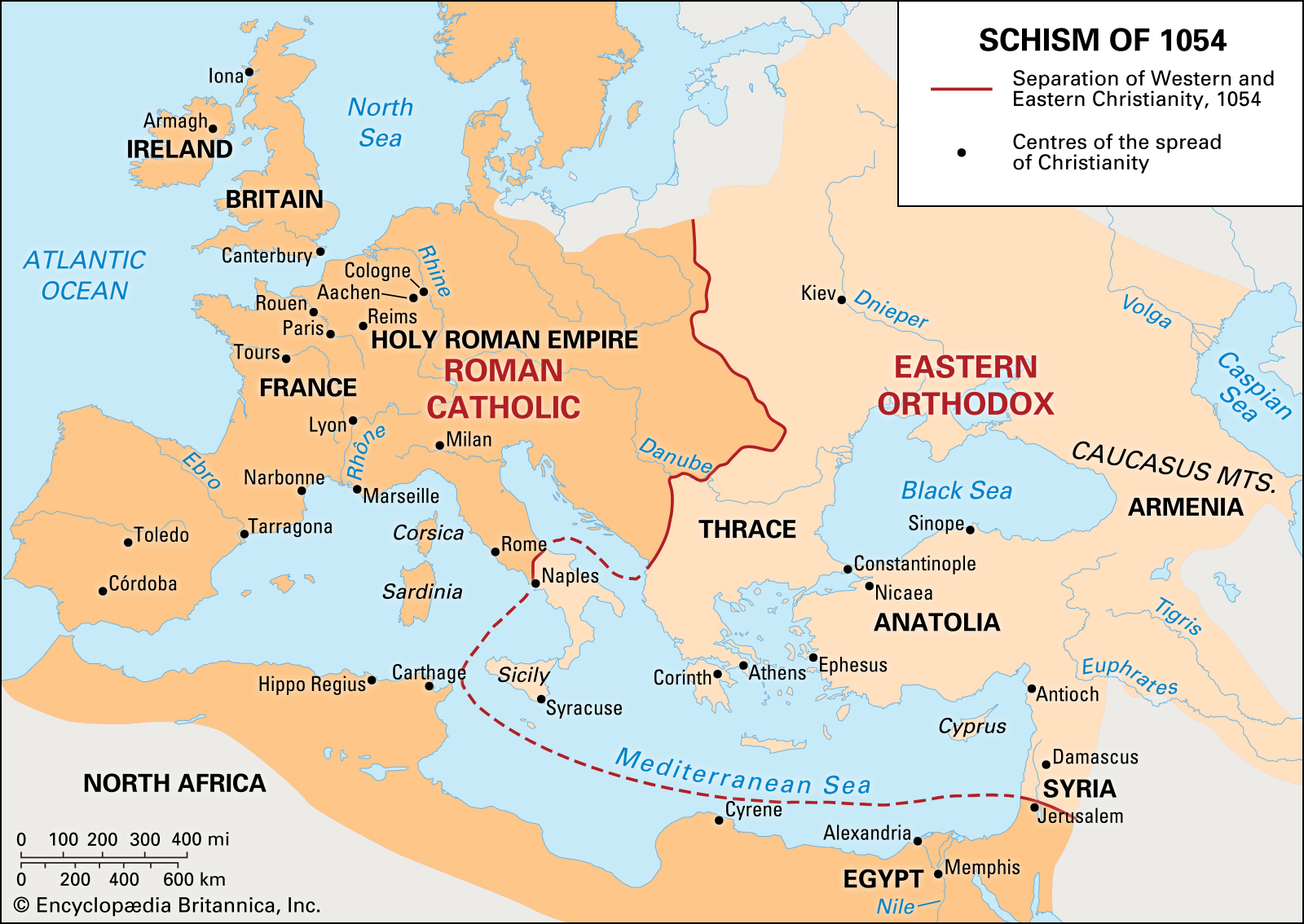
Identifying Turks, Mongols & Tatars
… قَالَ رَسُول اللهِ صَلَّى اللَّهُ عَلَيه وَسَلَّم: ولد لنوح سام وحام ويافث … وولد ليافث يأجوج ومأجوج والترك …
[Musnad Bazaar, 7820] (Daif)
عَنْ سَمُرَةَ أَنَّ رَسُولَ اللَّهِ صَلَّى اللَّهُ عَلَيْهِ وَسَلَّمَ قَالَ: سَامُ أَبُو الْعَرَبِ وَيَافِثُ أَبُو الرُّومِ وَحَامُ أَبُو الْحَبَشِ
[Musnad Ahmad, Hadith 20114] (Daif)
Guidance from Hadith about the Turks (1)
عَنْ أَبِي سُكَيْنَةَ ... عَنِ النَّبِيِّ صلى الله عليه وسلم أَنَّهُ قَالَ « دَعُوا الْحَبَشَةَ مَا وَدَعُوكُمْ وَاتْرُكُوا التُّرْكَ مَا تَرَكُوكُمْ »
Narrated from Abi Sukainah (r.a) ... the Prophet (s.a.w) said, “Let the Abyssinians alone as long as they let you alone, and let the Turks alone as long as they leave you alone.”
[Abu Dawood, Kitab Al-Malahim (39), 4302] (Hasan)
Guidance from Hadith about the Turks (2)
عَنْ أَبِي هُرَيْرَةَ، أَنَّ رَسُولَ اللَّهِ صلى الله عليه وسلم قَالَ « لاَ تَقُومُ السَّاعَةُ حَتَّى يُقَاتِلَ الْمُسْلِمُونَ التُّرْكَ قَوْمًا وُجُوهُهُمْ كَالْمَجَانِّ الْمُطْرَقَةِ يَلْبَسُونَ الشَّعْرَ »
Narrated from Abu Hurairah (r.a) that the Prophet (s.a.w) said, “The last hour will not come before the Muslims fight with the Turks, a people whose faces look as if they were shields covered with skin, and who will wear sandals of hair.”
[Abu Dawood, Kitab Al-Malahim (39), 4303] (Sahih)
Turks Embrace Islam for the First Time
“The Turks who roamed the Central Asian plains would not come into Islamic civilization through conquest, but through migration into the heartland of Islam in the 800s and 900s.”
[Lost Islamic History by Firas AlKhateeb (Revised Edition), Page 73]
Turks begin to fill the Power Vacuum
“The Abbasids put the Turkic expertise in warfare to good use by recruiting generals ... the Turkic tribes adopted Islam and began to set up their states in the political chaos of the tenth century. The greatest of these was the Great Seljuk Empire, established in 1037 ... Seljuks assumed a role as protectors of the caliph, who remained entrenched in their palaces in Baghdad.”
[Lost Islamic History by Firas AlKhateeb (Revised Edition), Page 121]
Seljuk Era during their Height of Power
1040 - 1094 CE
The Great Seljuks
“[The] tribe of Seljuk was perhaps the first to confess Islam and it gave birth to great and powerful kings like Tughril and Alp Arsalan ...”
[The History of Islam, Volume 3, Page 286]
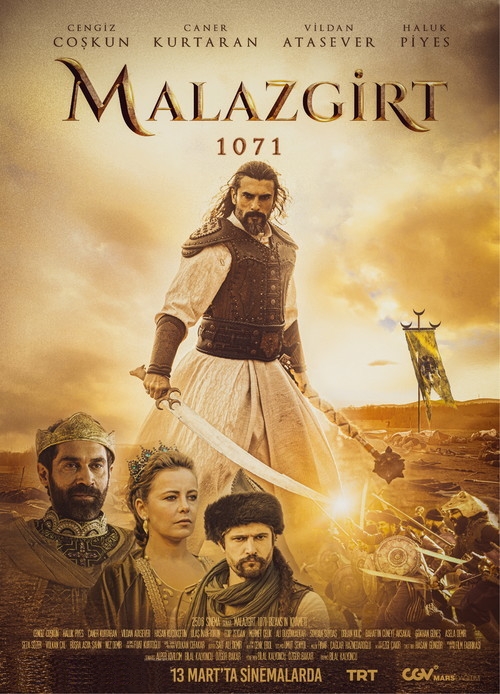
Pope Urban II in Clermont, France
27 November 1095
“A foreign people and a people rejected by God, had invaded the lands belonging to Christians ... May you deem it a beautiful thing to die for Christ in the city where He died for us.”
[Istanbul: A Tale of Three Cities by Bettany Hughes, Page 347]
The Fourth Crusade (1202-1204)

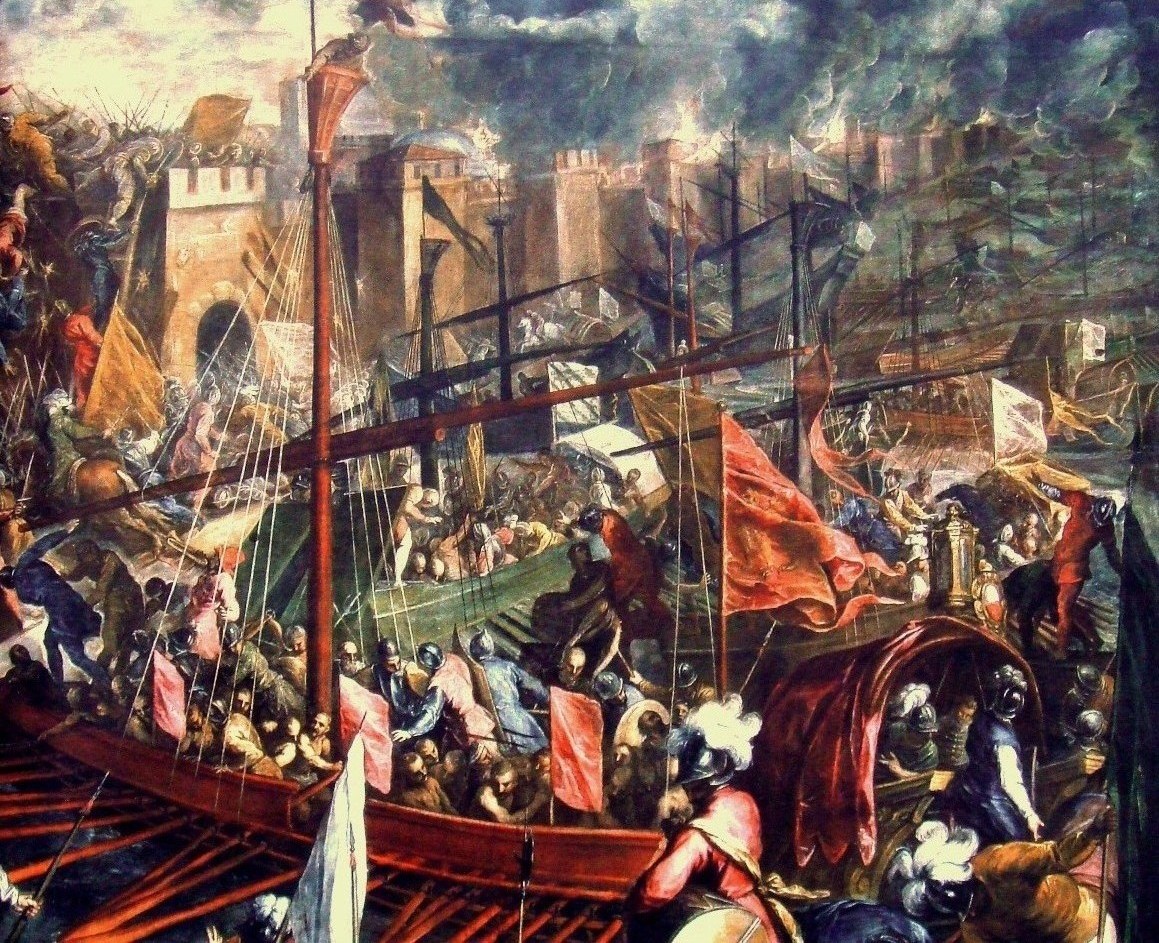
In the name of Crusade, the city of Mother Mary was vandalized & looted.
Constantine’s Forum suffered major damage in a fire during the Fourth Crusade & the antique statues were melted down by the Crusaders.
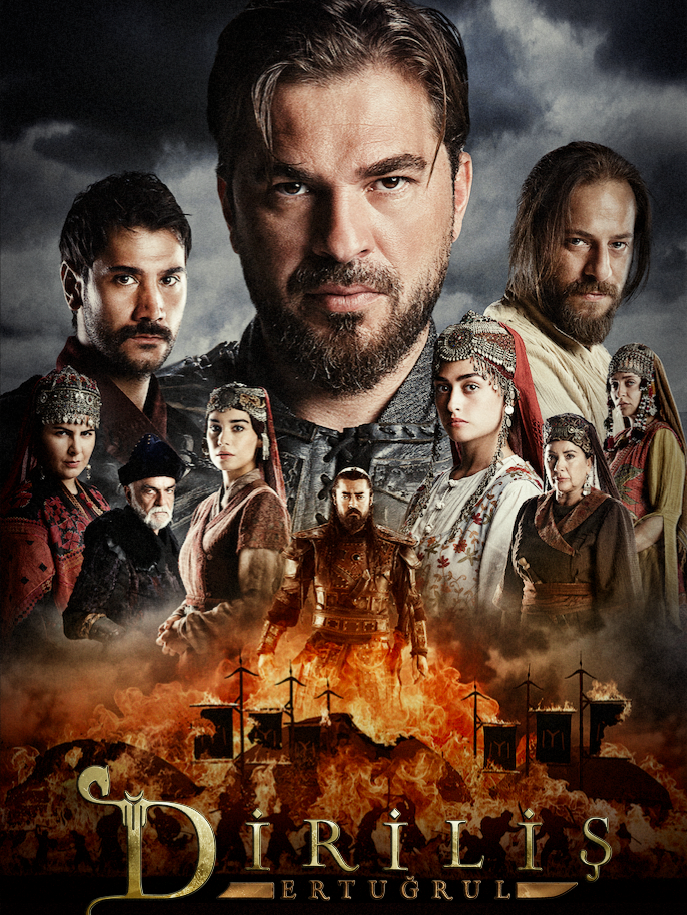



Rise of Genghis Khan & Mongolian Empire

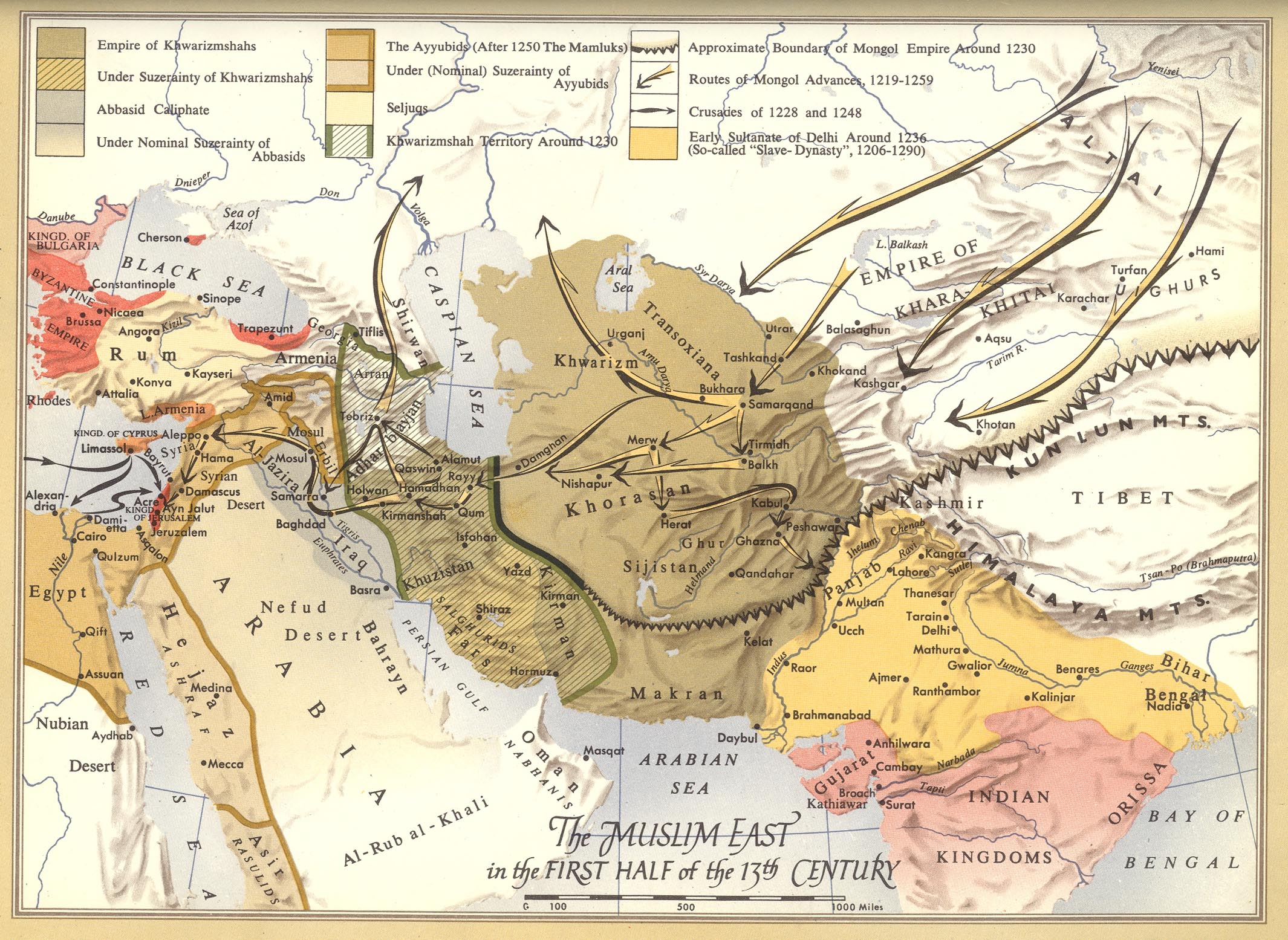
“The greatest pleasure for a man is to suppress and defeat his enemy, uproot him and take everything he possesses, make his loved ones cry with tears, to ride his horses & to do whatever with his beautiful wives.”
[Rashid-al-Din Hamadani’s Jami al-Tawarikh]

Mongol Expansion (1)
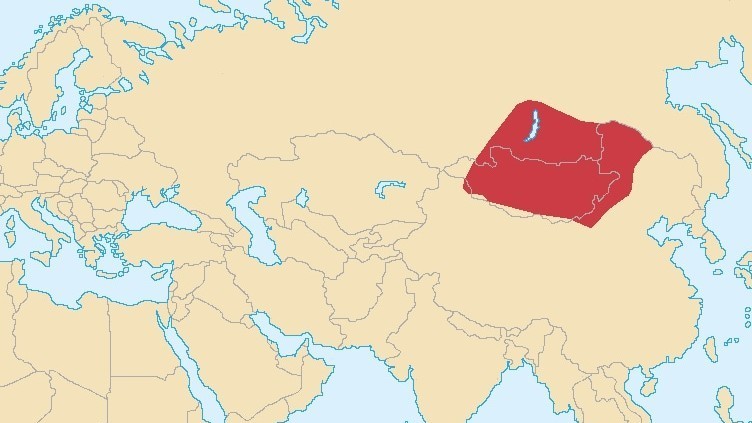

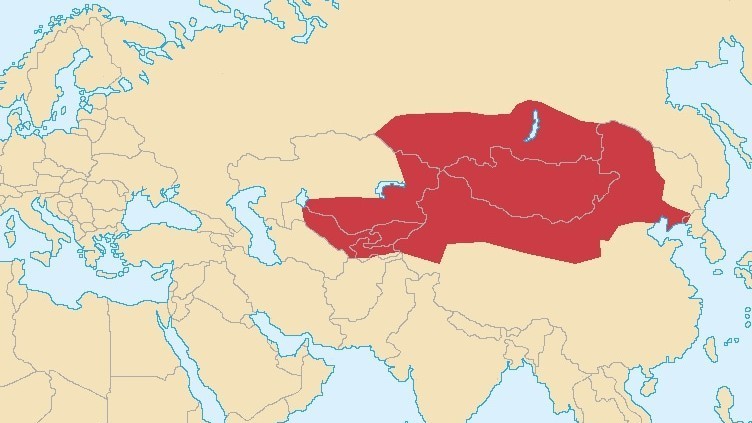

Mongol Expansion (2)
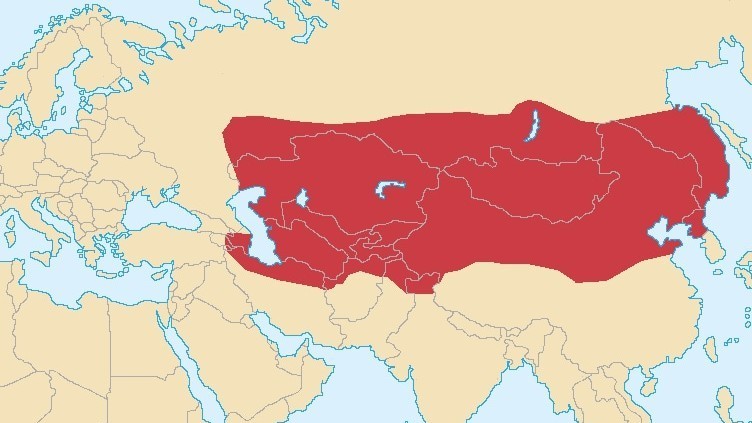
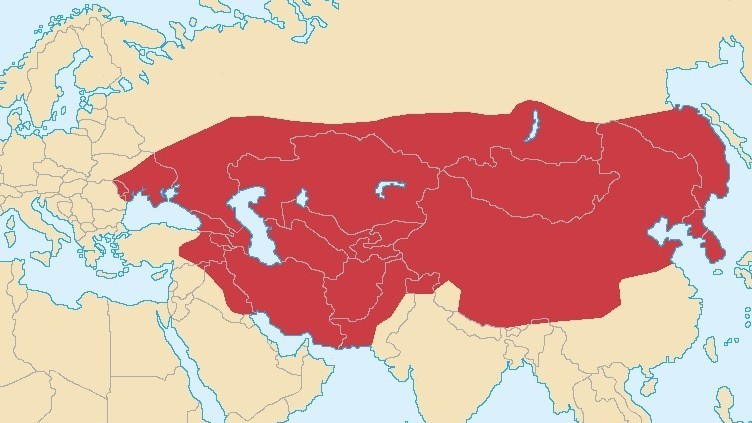
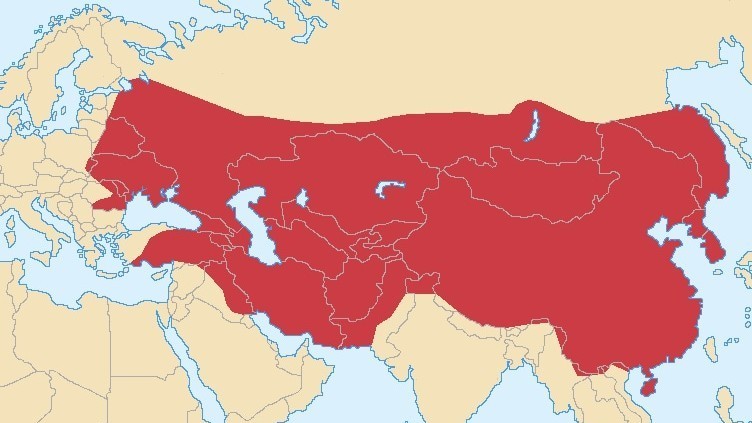
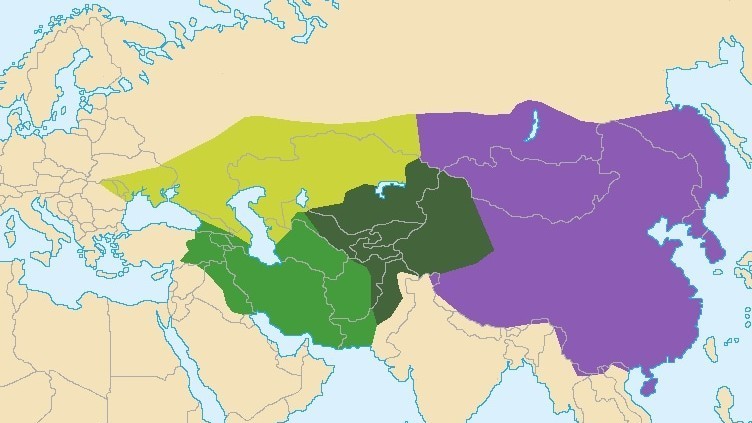

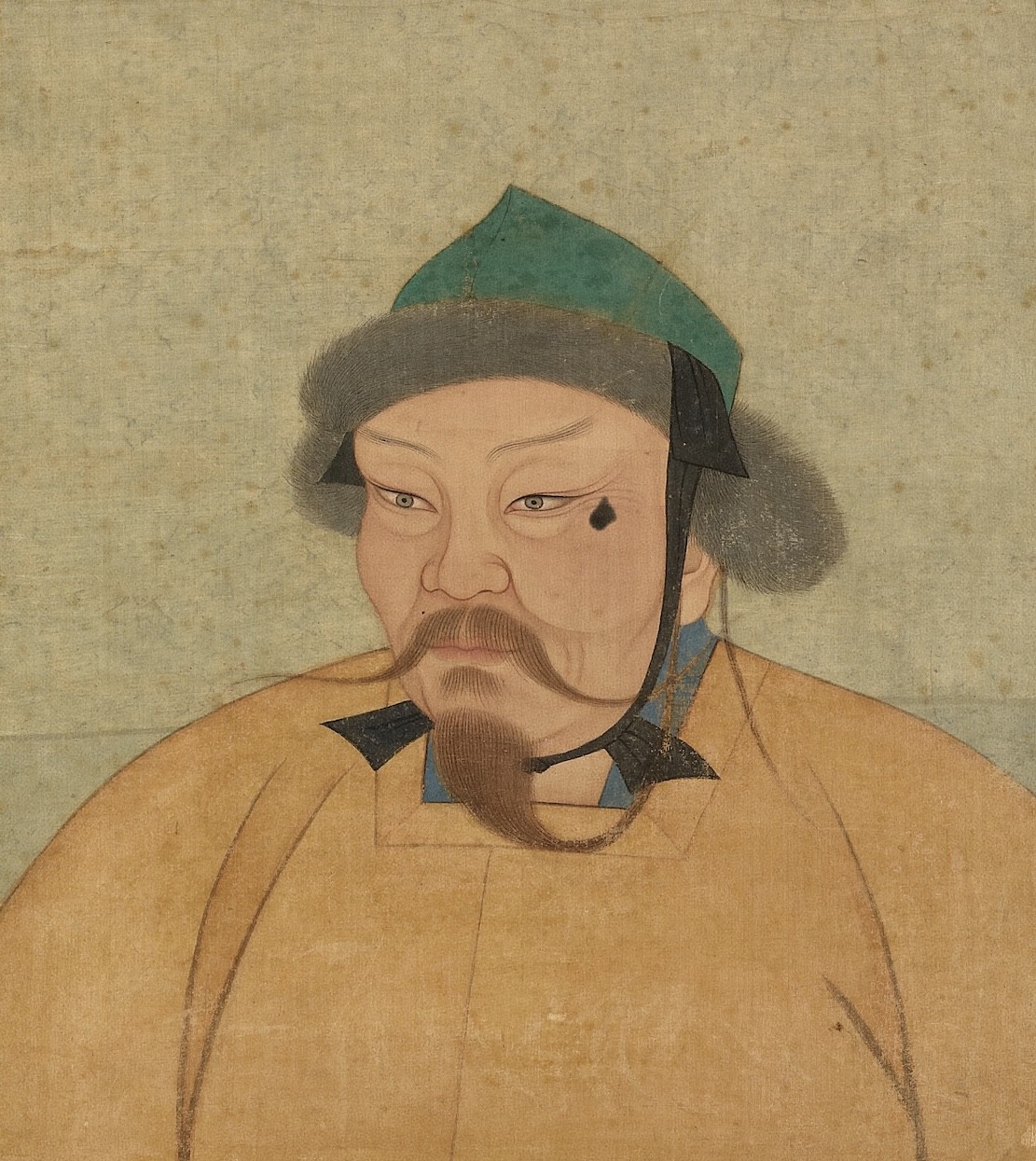
Ogedei Khan (r. 1229 - 1241)
took over as the next Great Khan
Baghdad - Symbol of the Golden Age
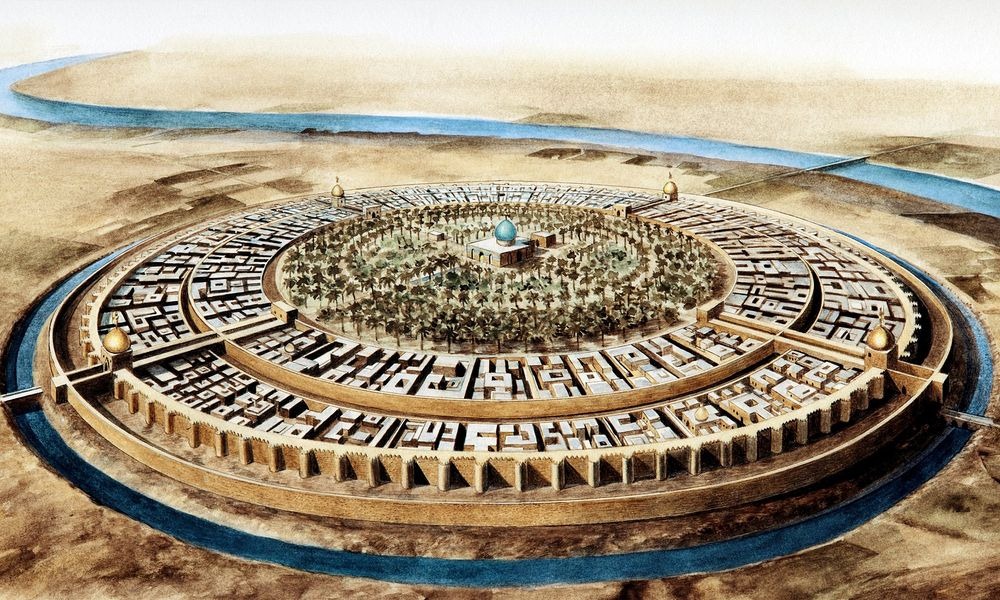
Did Mohi-ud-Din Ibn Arabi Prophesied the Emergence of the Ottoman Empire?
A small book attributed to Ibn Arabi
“As-Shajara al-Numaniyya fi al-Dawla
al-Uthmaniyya”
You will most certainly Conquer Constantinople
حَدَّثَنِي عَبْدُ اللَّهِ بن بِشْرٍ الْغَنَوِيُّ ، حَدَّثَنِي أَبِي ، أَنَّهُ سَمِعَ رَسُولَ اللَّهِ صَلَّى اللَّهُ عَلَيْهِ وَسَلَّمَ ، يَقُولُ «لَتُفْتَحَنَّ الْقُسْطَنْطِينِيَّةُ ، وَلَنِعْمَ الأَمِيرُ أَمِيرُهَا ، وَلَنِعْمَ الْجَيْشُ ذَلِكَ الْجَيْشُ»
[Al-Mujam al-Kabir, Hadith 1200] (Sahih)
[Mustadrak Al-Hakim, Hadith 8413] (Sahih)
[Musnad Ahmad, Hadith 18957] (Sahih)

Website: www.aagahi.com
Twitter: @MAhmadZ
Telegram: @MAhmadZ
Soundcloud: @MAhmadZ
Email: MAhmadZ@pm.me
Constantinople قسطنطينية
Part 2 - The Ottoman Empire
Muhammad Ahmad Zafar
21st August 2020
www.aagahi.com
Ottoman Empire at the Height of its Power
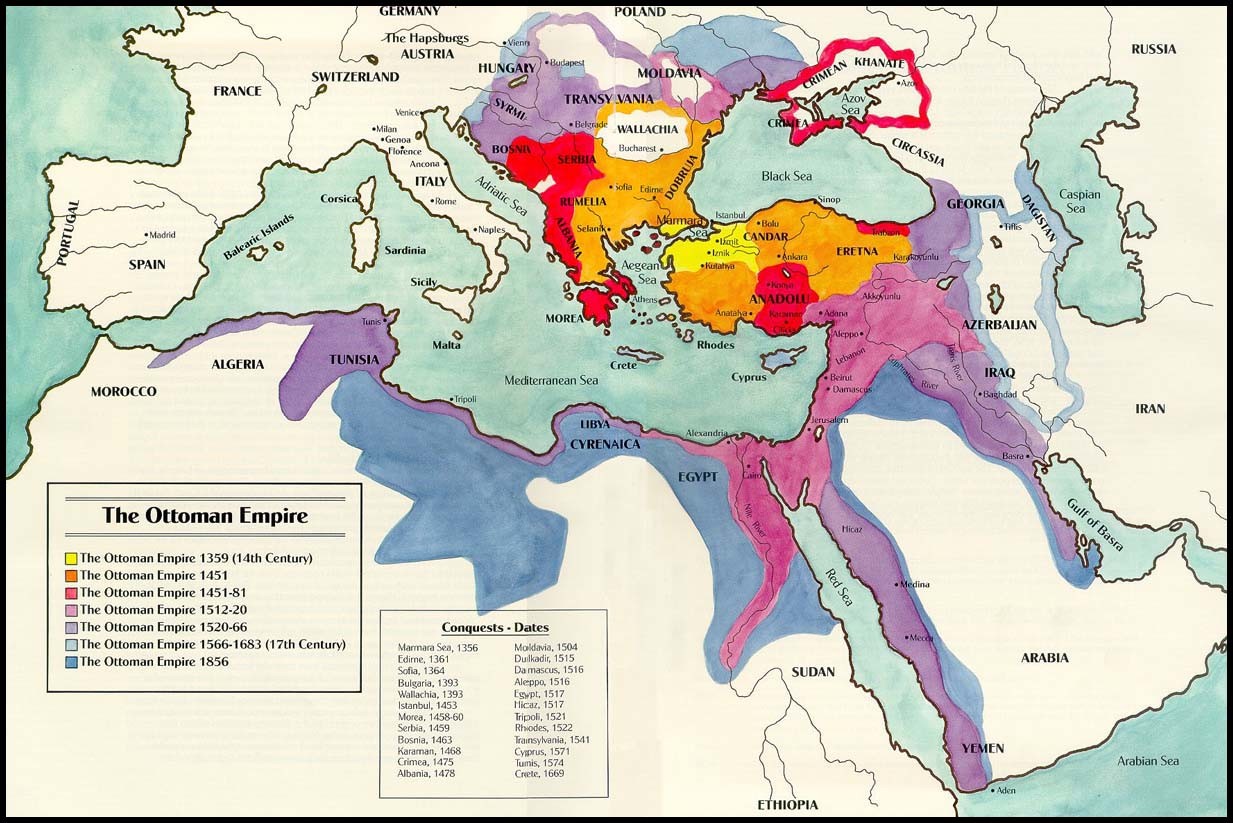
Ertugrul Bey
1281 CE
Mongols / Tatars - Largest Empire

“The Mamluks (literally ‘Slave’) dynasty of Egypt arose during the military crisis ... replacing their former masters, the Ayyubids.”
[A Journey Through Islamic History, Page 93]
“The Mamluks originated from a Turkish military household of the Ayyubid ruler al-Malik al-Salih Najm ... the Mamluks embraced Islam ... and defended its holy places ...”
[A Journey Through Islamic History, Page 94]
The Mamluks

The First Defeat - Ain Jalut

Reflection from Allama Iqbal’s Words
بُت صنم خانوں میں کہتے ہیں، مسلمان گئے
ہے خوشی ان کو کہ کعبے کے نگہبان گئےمنزلِ دہر سے اونٹوں کے حُدی خوان گئے
اپنی بغلوں میں دبائے ہوئے قرآن گئےخندہ زن کُفر ہے، احساس تجھے ہے کہ نہیں
اپنی توحید کا کچھ پاس تجھے ہے کہ نہیں
[علامہ اقبال، شکوَہ]
Reflection from Allama Iqbal’s Words
تُو نہ مِٹ جائے گا ایران کے مِٹ جانے سے
نشّۂ مے کو تعلّق نہیں پیمانے سےہے عیاں یورشِ تاتار کے افسانے سے
پاسباں مِل گئے کعبے کو صنَم خانے سےکشتیِ حق کا زمانے میں سہارا تُو ہے
عصرِ نَو رات ہے، دھُندلا سا ستارا تُو ہے
[علامہ اقبال، جوابِ شکوَہ]
Way & Tradition of Allah
يَا أَيُّهَا الَّذِينَ آمَنُوا مَن يَرْتَدَّ مِنكُمْ عَن دِينِهِ فَسَوْفَ يَأْتِي اللَّـهُ بِقَوْمٍ يُحِبُّهُمْ وَيُحِبُّونَهُ أَذِلَّةٍ عَلَى الْمُؤْمِنِينَ أَعِزَّةٍ عَلَى الْكَافِرِينَ يُجَاهِدُونَ فِي سَبِيلِ اللَّـهِ وَلَا يَخَافُونَ لَوْمَةَ لَائِمٍ ۚ ذَٰلِكَ فَضْلُ اللَّـهِ يُؤْتِيهِ مَن يَشَاءُ ۚ وَاللَّـهُ وَاسِعٌ عَلِيمٌ ۞
[Surah Al-Ma'ida (5), Ayat 54]
Tomb of Ertugrul Ghazi & His Alps in Sogut

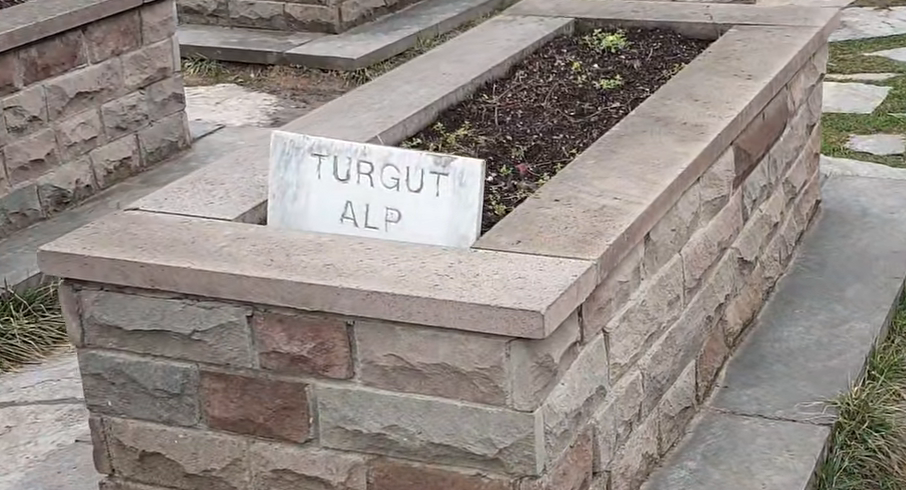
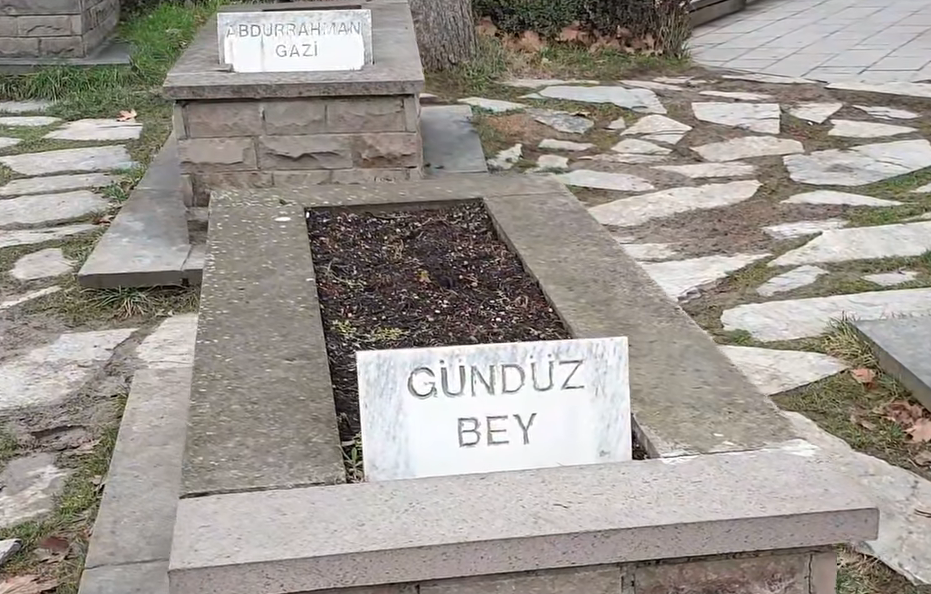
Why Historical Record is so Limited?
“The traditions of the Anatolian Turcomans were oral and it was only once most of their rivals had been erased from the map that the Ottomans wrote down the story of their origins, emphasizing their own history at the expense of that of long-gone challengers and their doomed endeavours to found permanent states.”
[Osman’s Dream by Caroline Finkel, Page 5]
Osman’s Dream in the House of Sh. Edebali
“He saw that a moon from the holy man’s breast and came to sink in his own breast. A tree then sprouted from his navel and its shade compassed the world. Beneath this shade there were mountains, and streams flowed forth from the foot of each mountain. Some people drank from these running waters, others watered gardens, while yet others caused fountains to flow.”
[Osman’s Dream by Caroline Finkel, Page 2]
Osman’s Dream in the House of Sh. Edebali
ایک چاند ہلال بن کر اوہ بالی کے سینہ سے نکلا اور رفتہ رفتہ بدر کامل بن کر اُس کے سینہ میں اُتر آیا، پھر اس کے پہلو سے ایک زبردست درخت نمودار ہوا، جو بڑھتا ہی چلا گیا، یہاں تک کہ اس کی شاخیں بحروبر پر چھاگئیں، درخت کی جڑ سے نکل کے دنیا کے چار بڑے دریا دجلہ، فرات، نیل اور ڈینوب بہہ رہے تھے اور چار بڑے بڑے کوہ قاف، کوہ بلقان، کوہ طوراور کوہ اٹلس اس کی شاخوں کو سنبھالے ہوئے تھے، دفعتاً ایک نہایت تیز ہوا چلی اور اس درخت کی پتیوں کا رُخ جو شکل میں تلوار سے مشابہ تھیں، ایک عظیم الشان شہر کی طرف ہوگیا، یہ شہر جو سمندروں اور دو براعظموں کے اتصال پر واقع تھا، مثل ایک انگوٹھی کے دکھائی دیتا تھا، جس میں دو نیلم اور دو زمرد جڑے ہوئے تھے، عثمان اس انگوٹھی کو پہننا ہی چاہتا تھا کہ اس کی آنکھ کھل گئی ۔۔۔
[تاریخ سلطنتِ عثمانیہ، مصنف ڈاکٹر محمد عزیر، 66]
Osman Ghazi
1326 CE / 726 H
Advice of Osman Ghazi for his son, Orhan
“Look after and protect the scholars, virtuous men, artists and literary men who are the power of the state structure. Treat them with kindness and honour. Build close relationship when you hear about a virtuous man and give wealth & grant him ... Enable them to do anything and bring them to your lands so that during your reign the number of scholars, virtuous men increase and the religious & political duties get in order and improve ...”
[The Sultans of the Ottoman Empire, Page 11]
“The commander of the fortress of Nicaea surrendered ... Orhan Ghazi, who delivered the fortress, allowed those who wished to leave with their belongings. In addition, he declared that the people of Nicaea could preserve their traditions & customs, provided that they gave jizya. The majority of people agreed on remaining under the administration of the Ottoman.”
[The Sultans of the Ottoman Empire, Page 18]
۔۔۔ لیکن بروصہ کے باشندوں کی طرح یہ لوگ بھی بکثرت اسلام میں داخل ہوگئے اور اپنے وطن میں مقیم رہے۔
[تاریخ سلطنتِ عثمانیہ، مصنف ڈاکٹر محمد عزیر، 71]
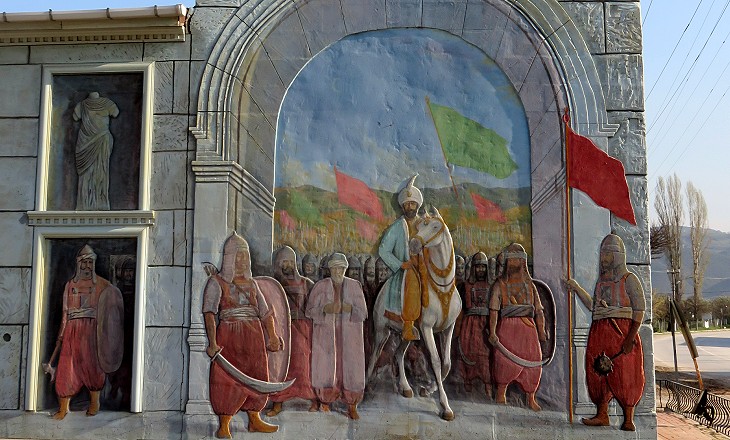
Sultan Orhan (اورخان)
Orhan Ghazi
1360 CE / 760 H
Janissaries (ینی چری) - Elite Slave Soldiers
As the empire expanded, the need for a military force also increased.
Alp soldiers were members of various tribes, loyal to their clans.
Janissary Corps was formed by Murad I as a permanent force with salary and pension.
The benefits including education and training became a goal rather than a punishment.

The Balkans
“... There is not universal agreement on the region’s components.
The Balkans are usually characterized as comprising Albania, Bosnia & Herzegovina, Bulgaria, Croatia, Kosovo, Montenegro, North Macedonia, Romania, Serbia ... Portions of Greece and Turkey ...”
[Encyclopaedia Britannica, Balkans]
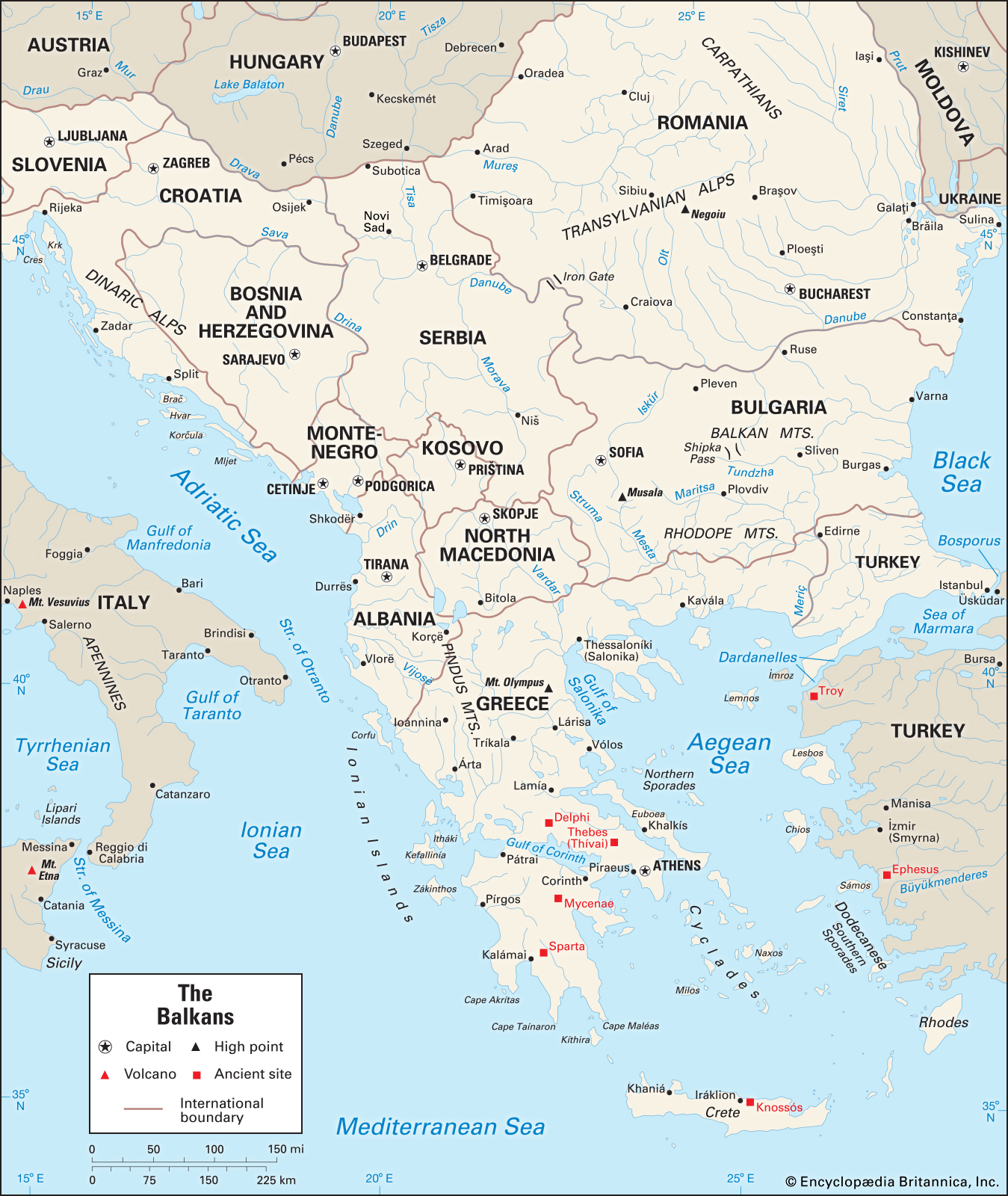
The Battle of Kosovo
1389 CE / 791 H
“When news of Murad’s death reached Europe, King Charles VI of France thanked God in Notre-Dame.”
[Osman’s Dream by Caroline Finkel, Page 21]
“The Ottoman conquest of Macedonia was completed in the same year (1395) ... On 25 September 1396 the crusading armies met the Ottoman forces under Bayezid’s command at Nikopol (Nicopolis) on the Danube ... but the outcome was victory for the Ottomans ... The Ottoman success at Nikopol gave Bayezid control over the Balkans south of the Danube. After the battle he crossed the river into Hungary for the first time ...”
[Osman’s Dream by Caroline Finkel, Page 25]
۔۔۔ اُس (بایزید) نے مصر کے عباسی خلیفہ کی اجازت سے سلطان کا لقب اختیار کر لیا، خلیفہ کو عملاً اگرچہ کوئی اقتدار حاصل نہ تھا، تاہم اسلامی دُنیا میں اس کی مذہبی حکمرانی ان بھی تسلیم کی جاتی تھی ۔۔۔
"اپنے آقا سے کہہ دو کہ باوجود اس کے کہ ہم ضعیف و ناتواں ہیں، ہم خدا کے سوا کسی دوسری طاقت سے نہیں ڈرتے، وہی کمزور کی حفاظت کرتا ہے اور طاقتور کاغرور توڑتا ہے، سلطان کو اختیار ہے، جو چاہے کرے۔"
[تاریخ سلطنتِ عثمانیہ، مصنف ڈاکٹر محمد عزیر، 87 اور 91]
“... because I knew that your troops were always at war with the infidels. I have used all possible ways of mildness; and my intention was, if you had harkened to my counsels, and consented to a peace, to have given you powerful succours, both of money and troops, to carry on the war for religion with greater vigour, and to exterminate the enemies of Mohammed.”
[Tamerlane by Justin Marozzi, Page 336]
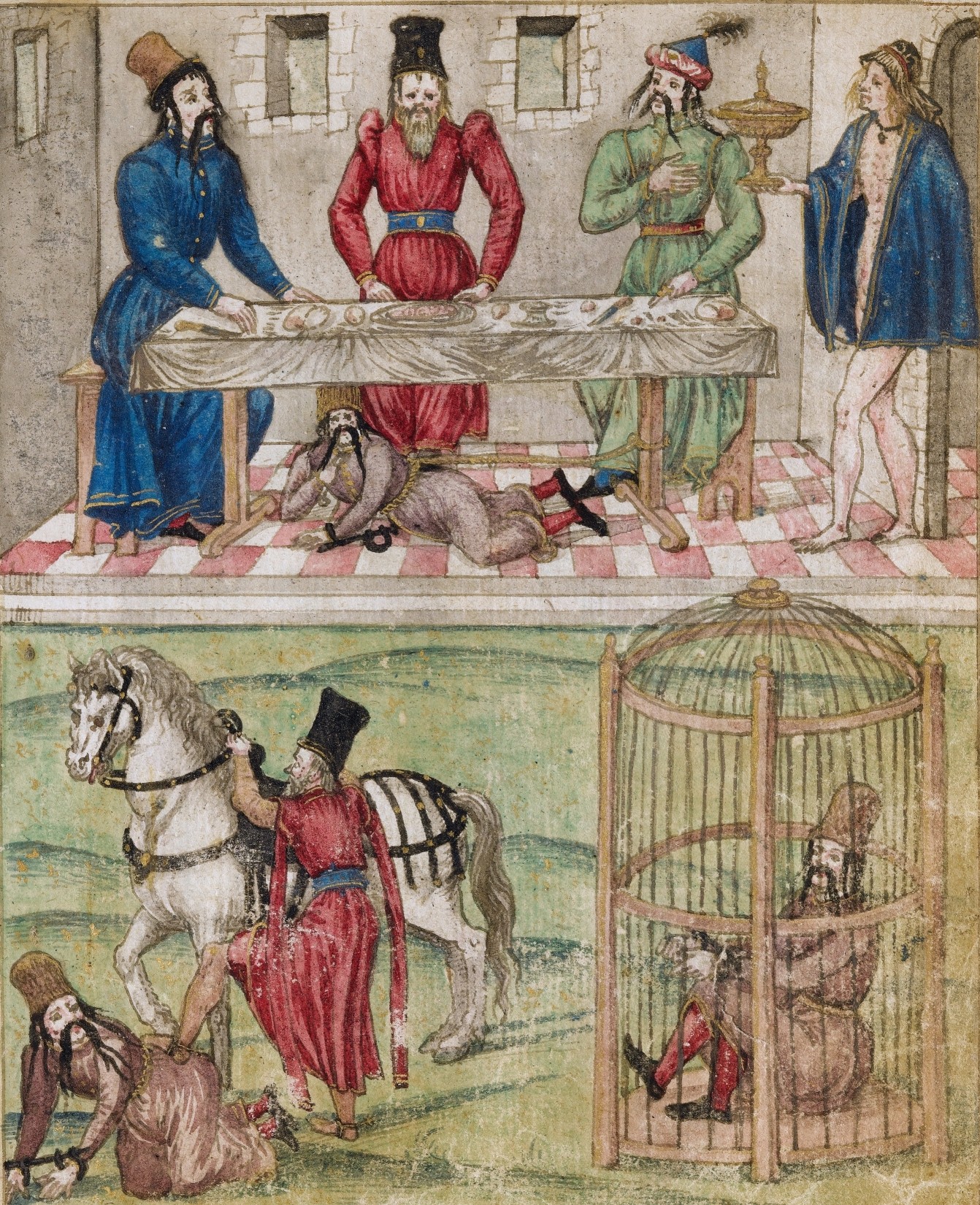
Ottoman Interregnum (1402 - 1413)
With Byzantium’s fear of the Ottomans thus eased, Manuel was emboldened to expel the Ottoman merchants based in Constantinople and demolish the mosque recently built there to serve their community.
[Osman’s Dream by Caroline Finkel, Page 31]

Ordering His Father, Murad II, to Lead
“If you are the Sultan, come and lead your armies. If I am the Sultan I hereby order you to come and lead my armies.”
[The Sultans of the Ottoman Empire, 44]
Crusaders Defeated by Murad II at Varna
You will most certainly Conquer Constantinople
حَدَّثَنِي عَبْدُ اللَّهِ بن بِشْرٍ الْغَنَوِيُّ ، حَدَّثَنِي أَبِي ، أَنَّهُ سَمِعَ رَسُولَ اللَّهِ صَلَّى اللَّهُ عَلَيْهِ وَسَلَّمَ ، يَقُولُ «لَتُفْتَحَنَّ الْقُسْطَنْطِينِيَّةُ ، وَلَنِعْمَ الأَمِيرُ أَمِيرُهَا ، وَلَنِعْمَ الْجَيْشُ ذَلِكَ الْجَيْشُ»
[Al-Mujam al-Kabir, Hadith 1200] (Sahih)
[Mustadrak Al-Hakim, Hadith 8413] (Sahih)
[Musnad Ahmad, Hadith 18957] (Sahih)
Constantinople had never Fallen

Time-tested Defence
The city naturally protected from three sides by the sea.
Multiple layers of walls from the time of Greeks & Romans.
Well supplied to last any siege.
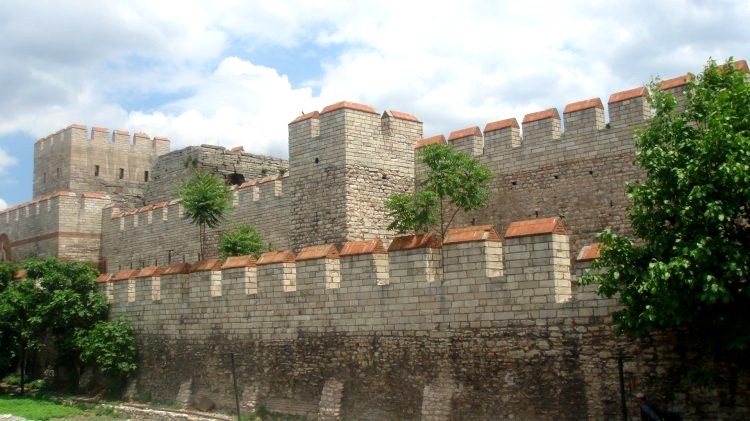
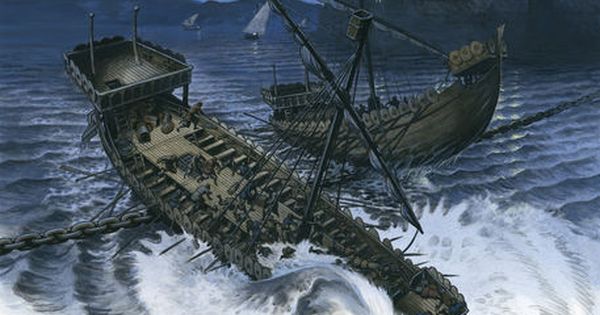
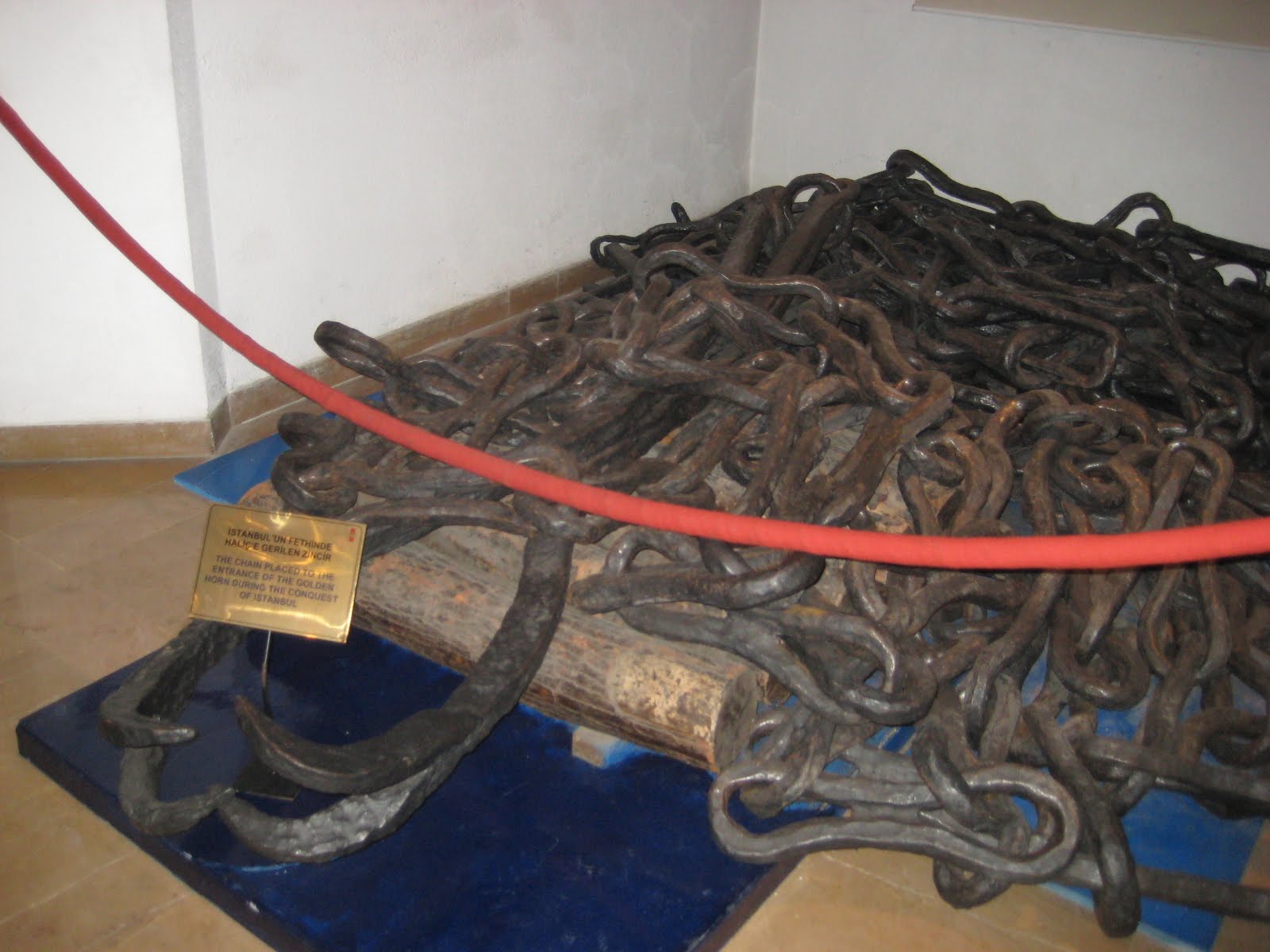


“... (Sultan) Mehmed II ordered the preservation of the representations of ‘angel’s faces’ in Hagia Sophia ...”
[Osman’s Dream by Caroline Finkel, Page 53]
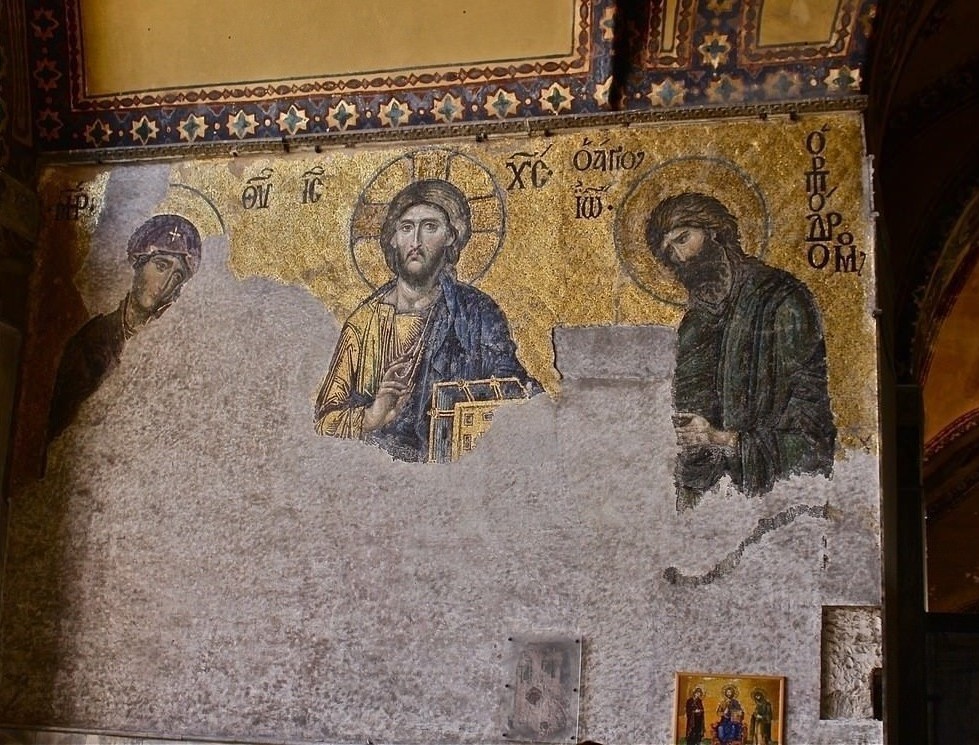
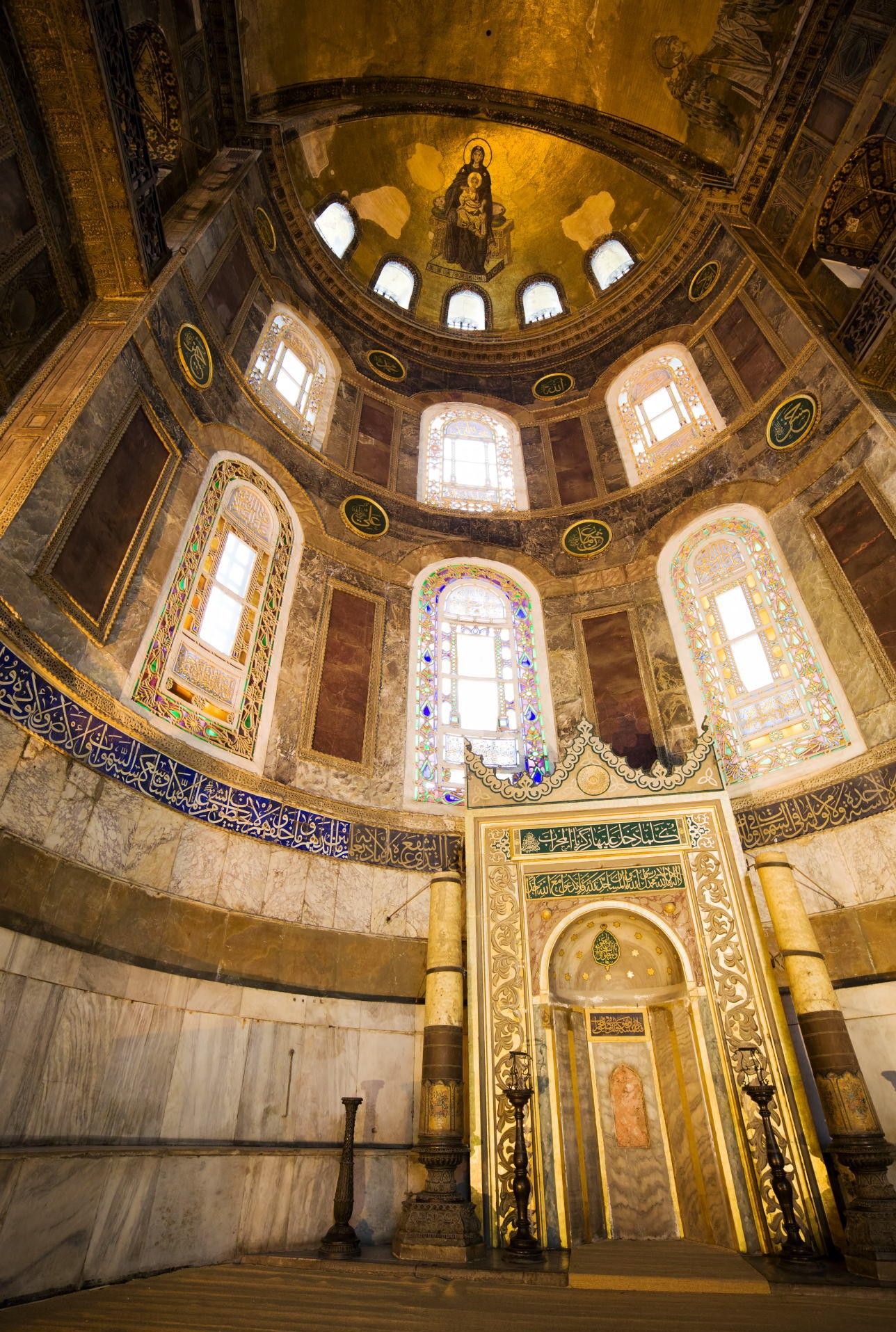
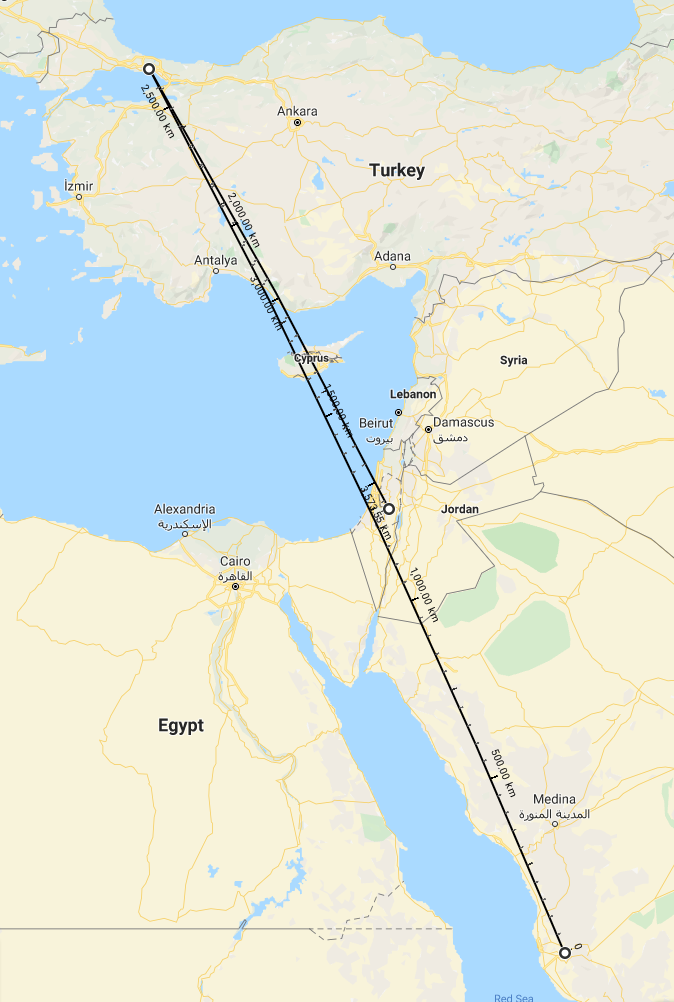
“All the things I have explained and designated here have been set down in written form in the foundation charter in the manner appointed; the conditions may not be altered; the laws may not be amended; they may not be diverted from their original purpose; the appointed rules and principles may not be diminished; interference of any sort in the foundation is interdicted”
[TRT World, Laws ... of Hagia Sophia, 10 July 2020]
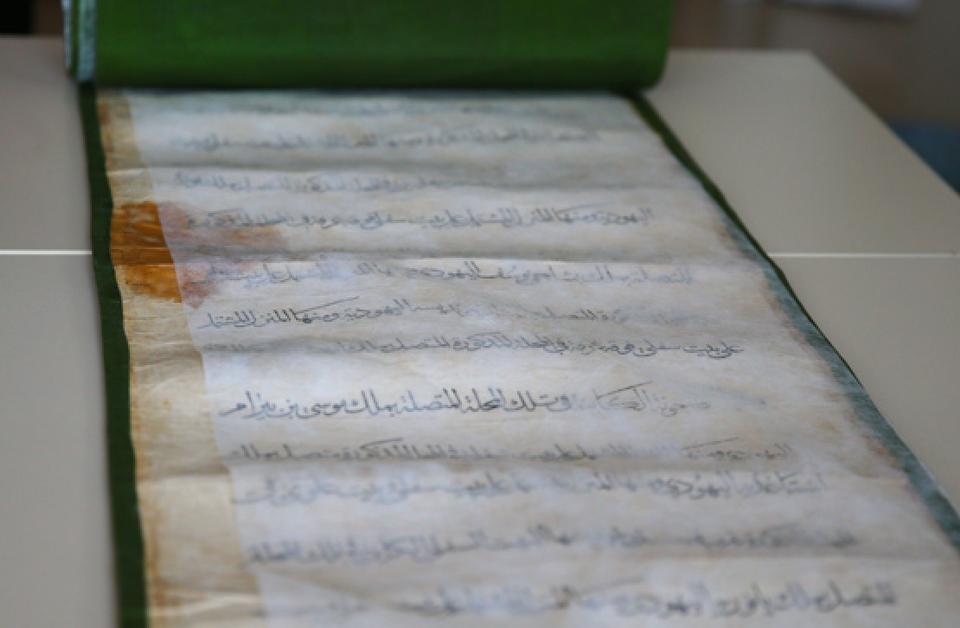
“Let the curse of Allah and the angels & all mankind be upon them. Let them dwell in hell forever and their punishment shall not be eased. No mercy for them forever. Whoever changes it after hearing it & seeing it, his sin shall be upon those who change it. Indeed, he is the hearing, the knowing.”
[Daily Sabah, Opening of Hagia Sophia, 15 July 2020]

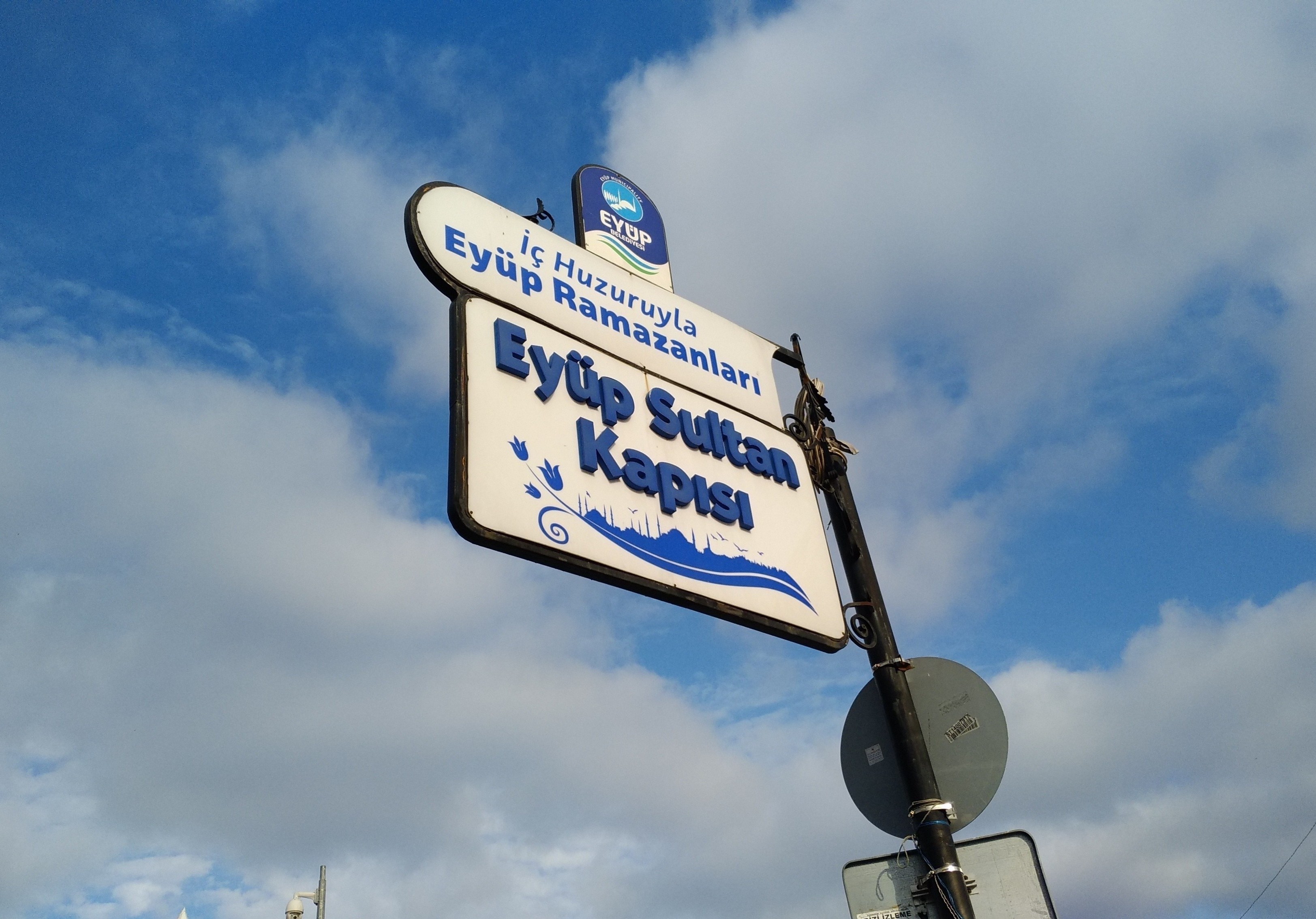

“The newly conquering inhabitants of Constantinople ... claimed too that Aby Ayyub al-Ansari was not alone, but that seventy (an auspicious number) of the Prophet’s companions had also fallen in the city that many were now calling ‘Islam-bol’ - Islam Abounds.”
[Istanbul: A Tale of Three Cities, Page 407]
“A Muslim name for the city was coined, possibly by Mehmed II himself; Islambol, ‘where Islam abounds’.”
[Constantinople by Philip Mansel, Page 29]
World of Dracula & Vampires
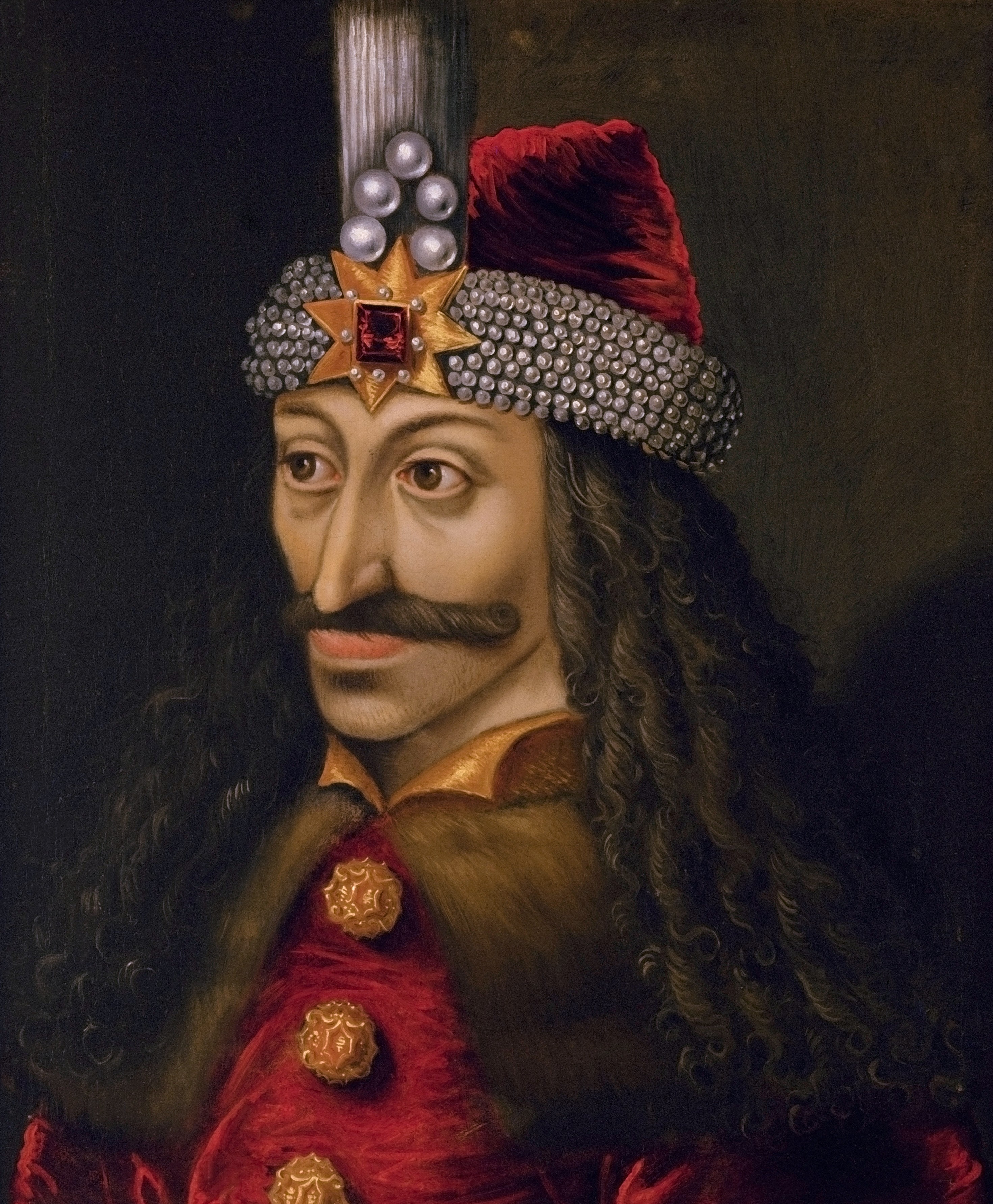
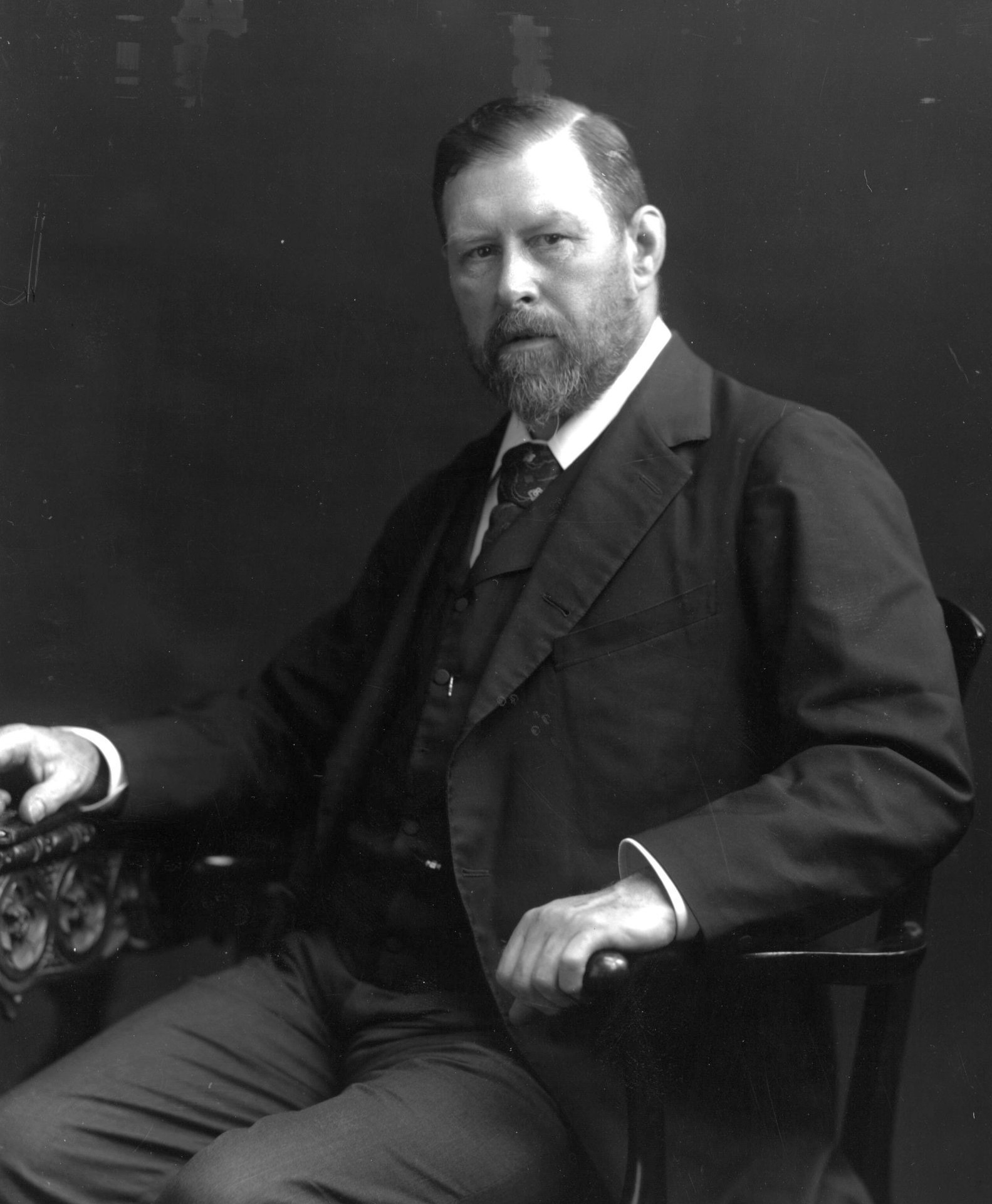

Grand Bazaar of Istanbul
“Rents from the Bedestan supported the Ayasofya Mosque. Smaller mosques had their own bedestans ... supported the activities of the mosque itself, its imarets (soup-kitchens) and madrasas.”
[Istanbul: A Tale of Three Cities, Page 412]
“Merchants could leave stall unattended; pastry-sellers trusted members of the public to pay for the wares they left on a small round tray. In 1591 a robbery of safes in the Grand Bazaar was an unprecedented horror. The culprit ... was hanged in the Sultan’s presence.”
[Constantinople by Philip Mansel, Page 130]
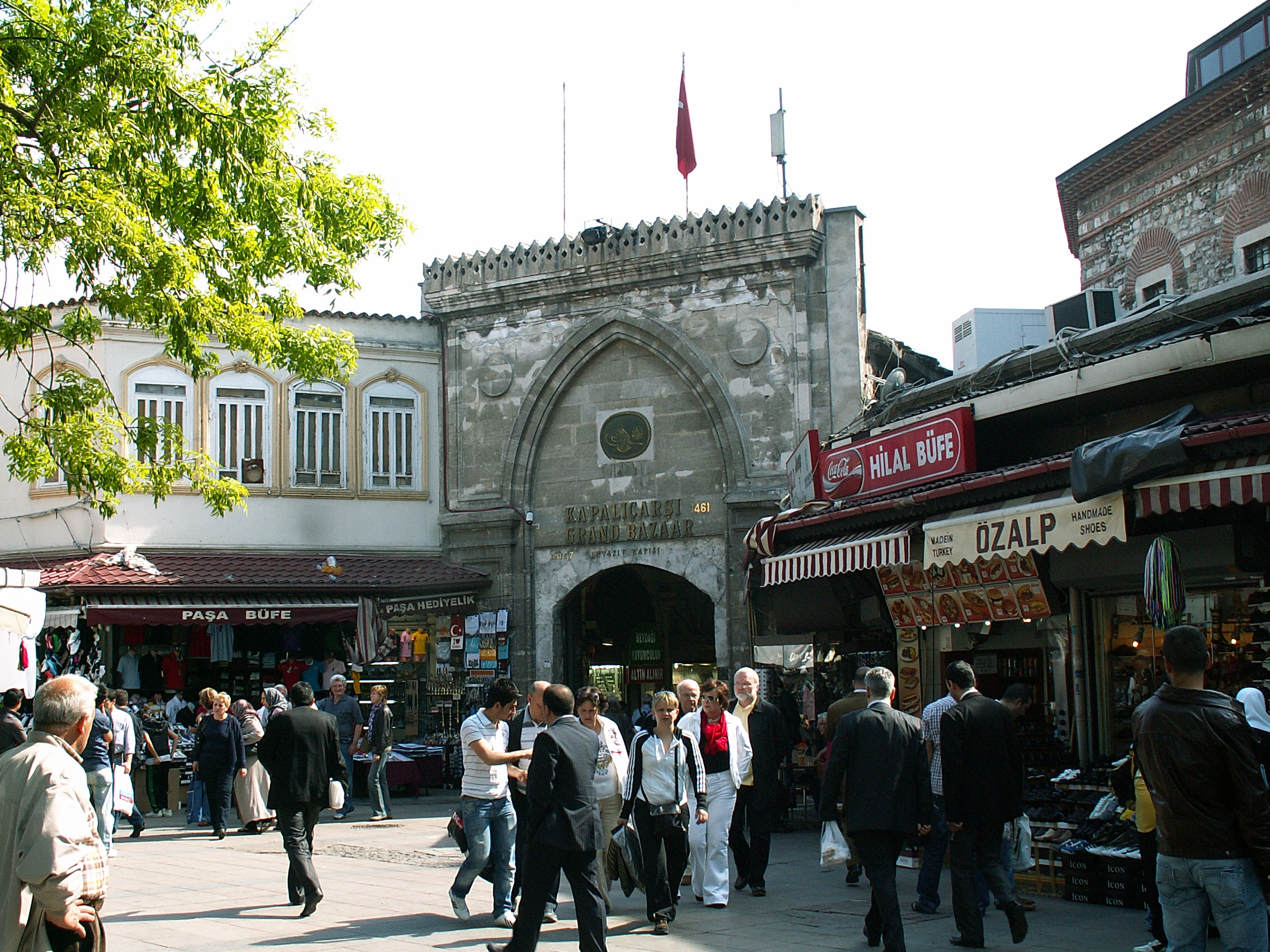
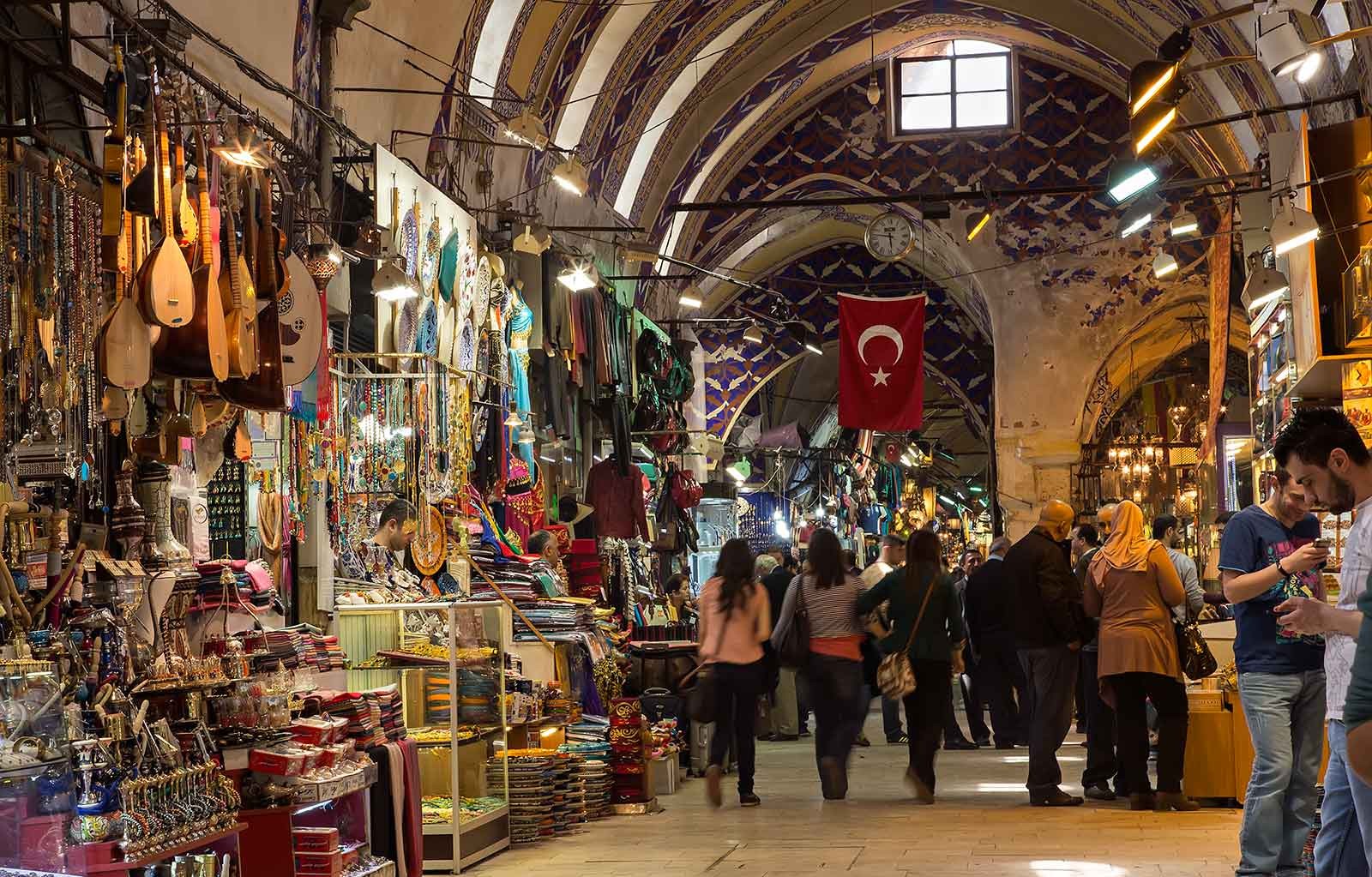
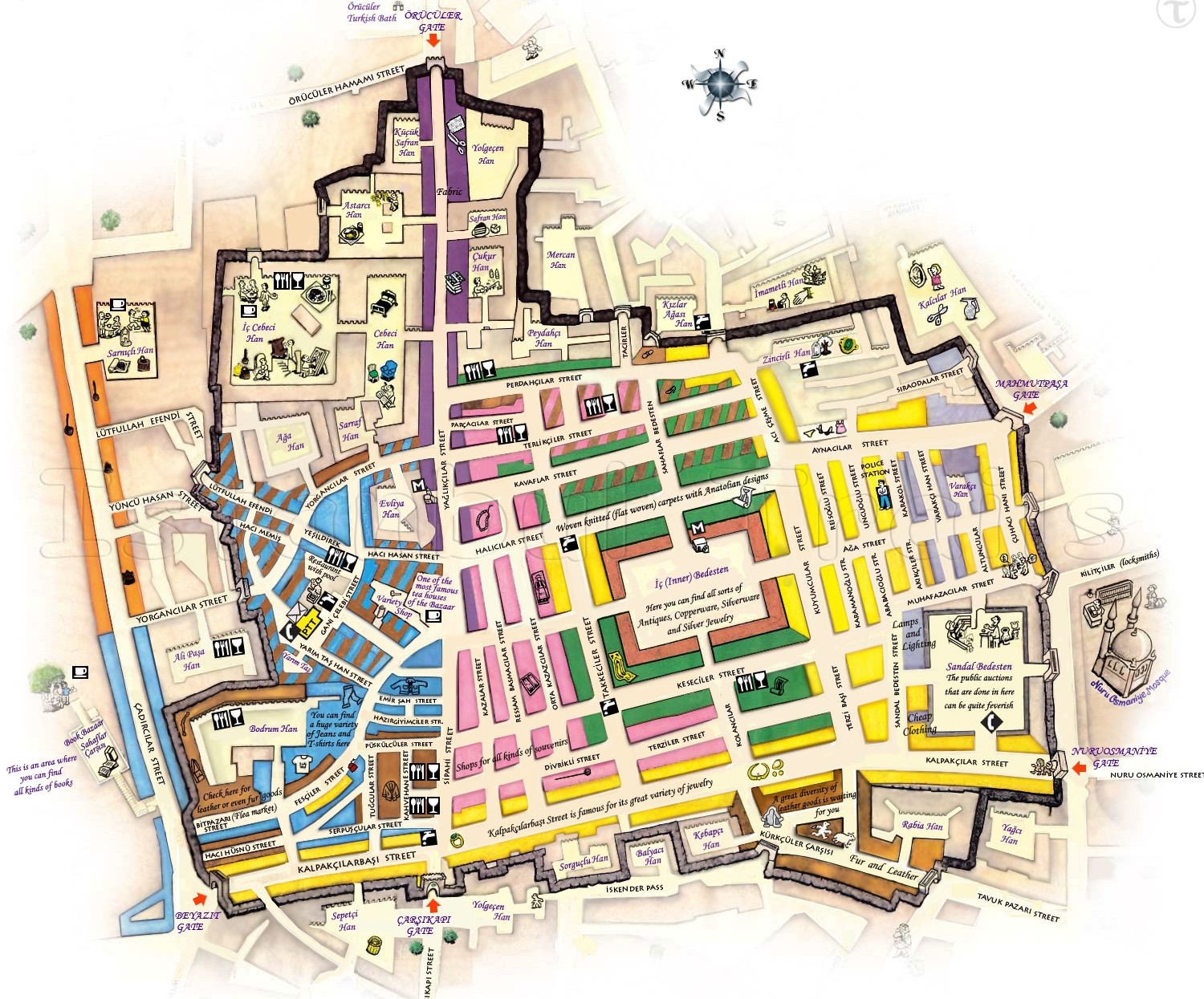
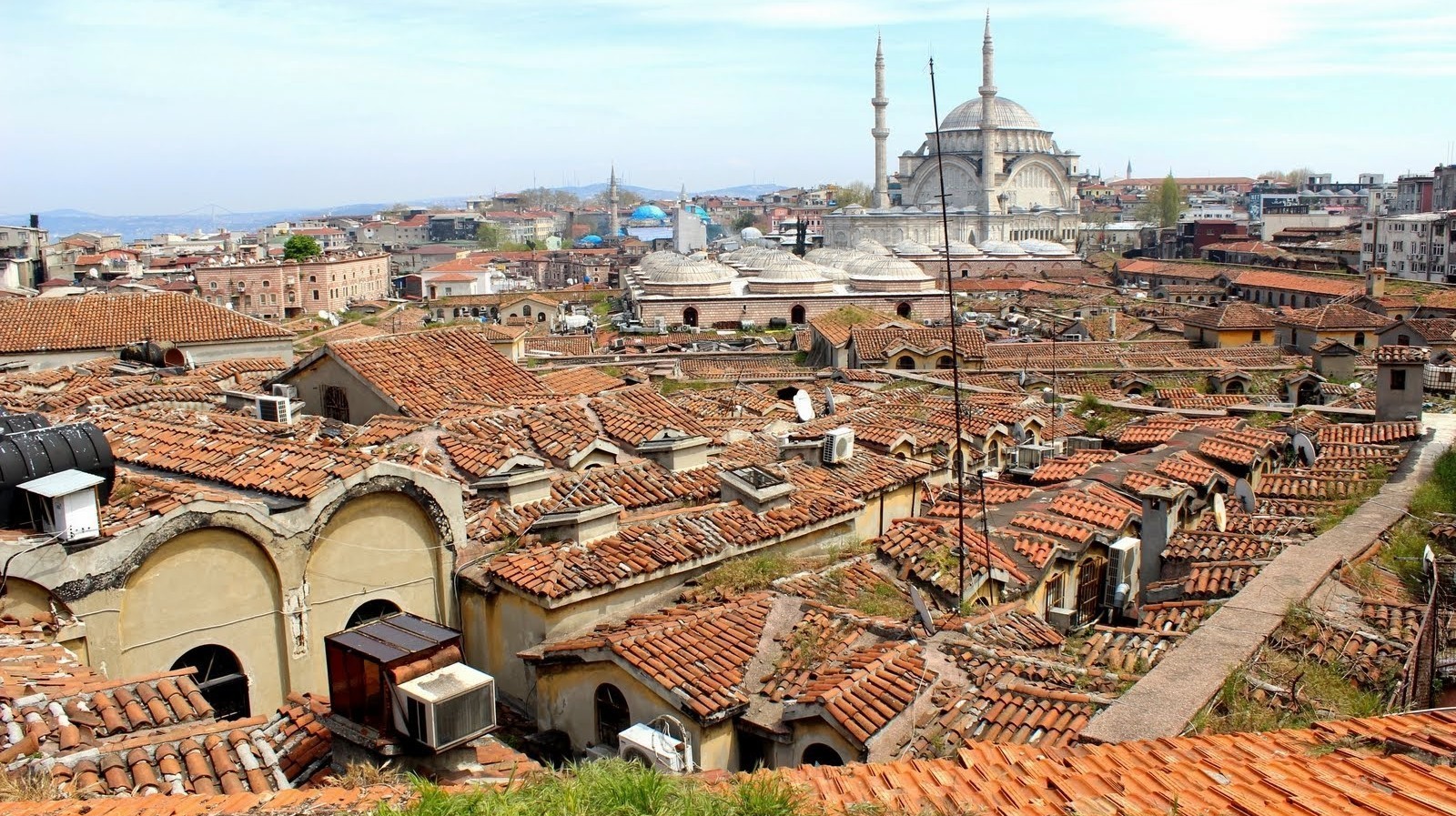
Ottoman Dark Law of Fratricide

میرے فقہا کی اکثریت نے یہ فتویٰ صادر کیا ہے کہ میرے جانشینوں میں سے جو تخت پر بیٹھیں وہ دنیا کے امن و امان کی غرض سے اپنے بھائیوں کو قتل کر سکتے ہیں، ان کا فرض ہوگا کہ اس پر کار بند ہوں۔
[تاریخ سلطنتِ عثمانیہ، مصنف ڈاکٹر محمد عزیر، 135]
“Execution as a means of dynastic control was not an Ottoman invention. Thirty of eighty-eight Byzantine emperors had died by strangulation, poison or torture in Constantinople itself. Edward V and his brother were murdered in the Tower of London ... The annals of the Mogul emperors in Delhi are stained with blood ... Only the Ottoman dynasty made fratricide ... into a rule.”
[Constantinople by Philip Mansel, Page 86-87]
Al-Andalus, Muslim Spain
“In 711, Islamic armies marched towards Spain and conquered it. The region was governed by the Emirs (Caliphs from 929) from the Umayyad dynasty who lived in Cordoba. After the caliphate perished in 1030, several sub-kingdoms came into existence ... Christisn kings of Spain, who in the 11th century continued to advance toward the south. The Nasrids of Granada were the last to surrender.”
[National Geographic - Essential Visual History of the World, Page 162]
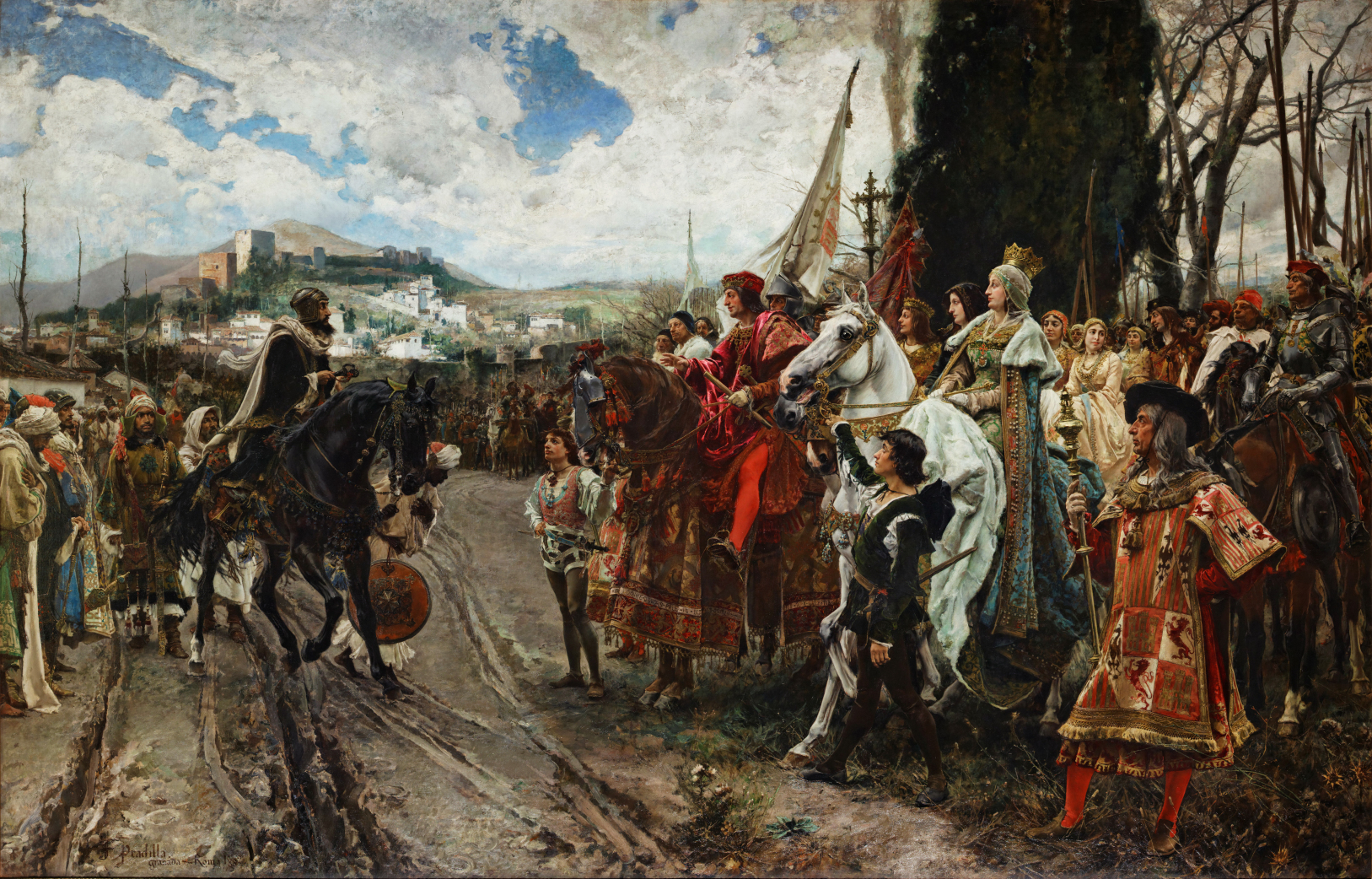
From the start of 16th century, Islam was outlawed from Spain. Many had already fled to North Africa.
Those who could not were forced to become Christians.
“... the peace treaty provided that the Moslems living in Spain were to be permitted to continue practicing their religion ... Spanish government soon violated this agreement.”
[The 100, Queen Isabella I (68), Page 357-358]

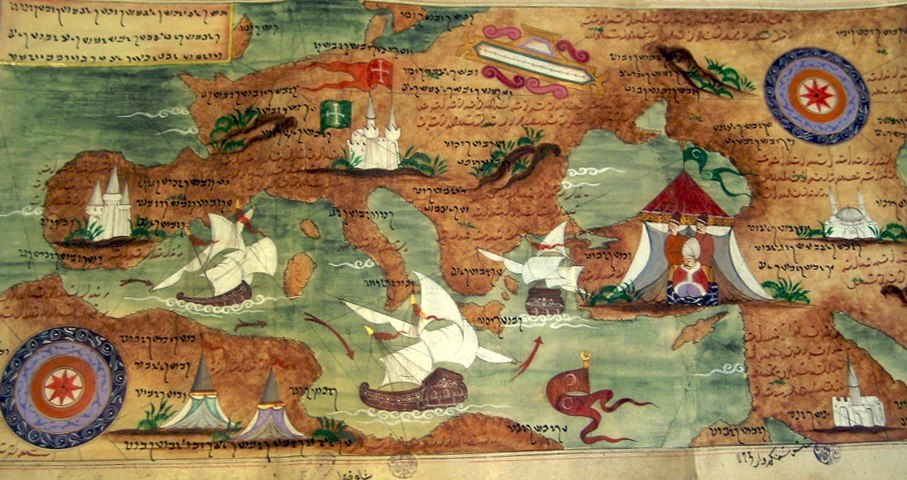
“... in 1492 ... all Spanish Jews to either convert to Christianity or leave the country within four months, leaving property behind. For the roughly 200,000 Spanish Jews ...”
[The 100, Queen Isabella I (68), Page 357]
“... in Andalus, Muslims & Jews were killed or expelled ... perhaps 30,000 came directly to Istanbul ... more than 8,070 Jewish households ...”
[Istanbul: A Tale of Three Cities, Page 426]
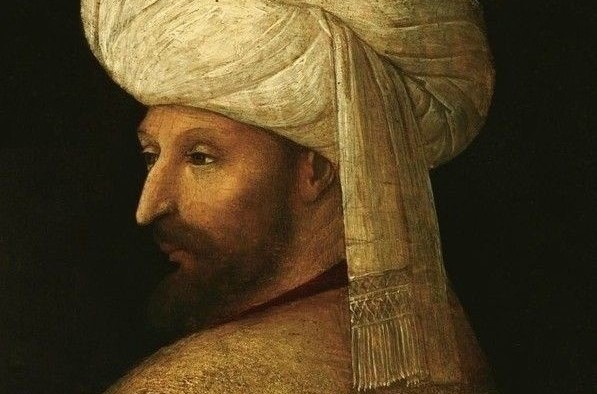
“Columbus had been present at the siege of Granada ... encouraged designs of ultimate triumph over the Islamic world ... direct assault eastward could prove difficult, because the Ottoman Empire ... find a route to the rich land of Cathay (China), to India, and to the fabled gold & spice islands of the East by sailing westward over what was presumed to be open sea ... would recapture Jerusalem ... emperor of Cathay ... the Great Khan ... himself held to be interested in Christianity ... a letter of friendship ...”
[Encyclopaedia Britannica, Christopher Columbus]
Christopher Columbus & Isabella I
Vasco Da Gama was the Portuguese explorer who discovered the direct sea route from Europe to India by sailing around Africa.
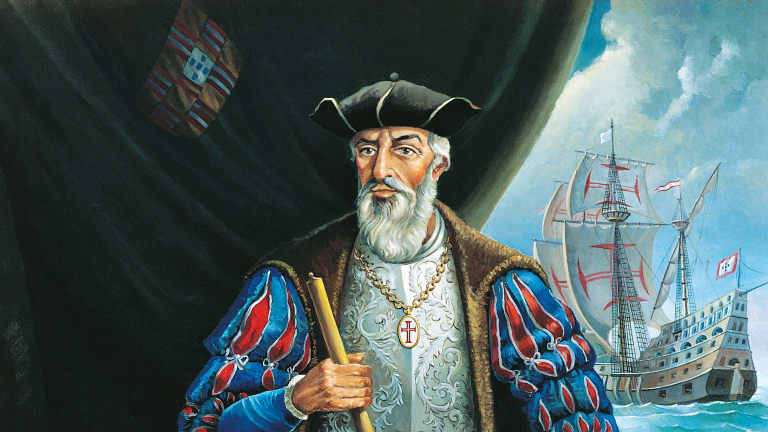
Da Gama set out on July 8, 1497, with four ships under his command and a total crew of 170 men, including interpreters who could speak Arabic.

After rounding the Cape of Good Hope, he stopped at a few Muslim cities including Malindi (Kenya).
On May 20, 1498, Vasco da Gama arrived at Calicut.
“... Zamorin, the Hindu ruler of Calicut, was dispelled by da Gama’s insignificant gifts & rude behaviour. Da Gama failed to conclude a treaty partly because of the hostility of Muslim merchants and partly because the trumpery presents & cheap trade goods that he had brought ...
The Portuguese had mistakenly believed the Hindus to be Christians.”
[Encyclopaedia Britannica, Vasco da Gama]
Da Gama in the court of Zamorin
Da Gama’s Killing of Muslims
“... in 1502, Vasco da Gama was sent back ... Da Gama’s behavior on this expedition was utterly ruthless. Off the Indian Coast, he seized a passing Arab ship, and after removing its cargo but not its passengers, burnt the ship at sea. All of those on board - several hundred people, including many women and children – perished. When he arrived at Calicut, da Gama imperiously demanded that the Zamorin banish all Moslems from the port.”
[The 100 by Michael Hart, Vasco Da Gama (84), Page 436-437]
“One one occasion Vasco da Gamma himself captured a ship filled with hundreds of Muslims returning to India after going on pilgrimage to Mecca. Ignoring the desperately generous offers of those on board to pay a ransom, he ordered the ship to be set on fire ... Women held up their jewellery to beg for mercy ... while others held up their infants to try to protect them. Da Gama watched ... as every last passenger and crew member drowned before his eyes.”
[The Silk Roads by Peter Frankopan, Page 221]
Piri Reis spent his life off the coast of al-Andalus and then from 1492 joined the Ottoman Navy. Soon became the world famous cartographer through his book.
“Global powers were desperate to use Piri Reis’ ground-breaking accurate schemes, but the Ottoman court was always given first look.”
[Istanbul: A Tale of Three Cities, Page 434]

Muslim’s Approach Towards Knowledge
عَنْ أَبِي هُرَيْرَةَ، قَالَ قَالَ رَسُولُ اللَّهِ صلى الله عليه وسلم « الْكَلِمَةُ الْحِكْمَةُ ضَالَّةُ الْمُؤْمِنِ فَحَيْثُ وَجَدَهَا فَهُوَ أَحَقُّ بِهَا »
Narrated from Abu Hurairah (r.a) that the Messenger of Allah (s.a.w) said, “A wise word is the lost property of the believer, so wherever he finds it, he has more right to it.”
[Tirmidi, Kitab-ul-Ilm (41), 2687] (Daif)
[Ibn Majah, Kitab-uz-Zuhd (37), 4169] (Daif)
Growing Power of Janissaries (ینی چری)
The coronation of Sultan Bayezid II was conditioned with a package which later became a standard. No sultan could be coronated without a package.
When the power struggle between the sons of Bayezid II started, Selim I became the sultan even though Bayezid II himself favoured his son Ahmed. But janissaries were the actual deciding force.
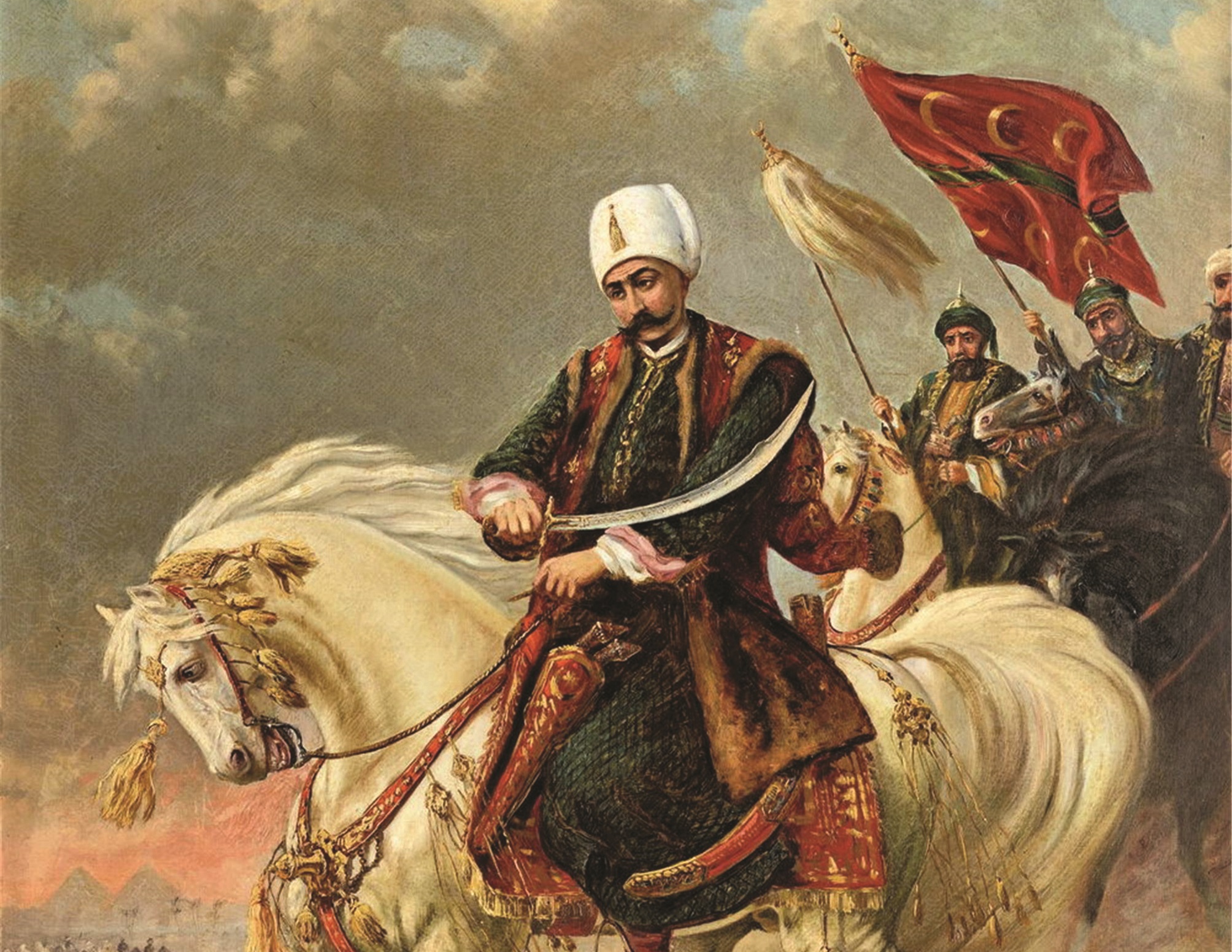
Shah Ismail of Safavid Empire actively supported Shi'ism in Ottoman Lands & formed a political alliance with the Mamluk Sultanate.

& Rise of Safavid Empire
“The main Shi'i mosque of Constantinople was in the middle of the first courtyard. Every 10 Muharram a ceremony ... a long procession of white-shirted men ...”
[Constantinople by Philip Mansel, Page 130]
Khadim al-Haramayn al-Sharifayn


“The title originated with the Ottoman rulers and was used by the sharif of Mecca; it is currently held by the king of Saudi Arabia.”
[Oxford Islamic Studies Online, Khadim al-Haramayn al-Sharifayn]
“... the Messenger of God took off his mantle and put it on Ka’b ibn Zuhayr’s shoulders.”
[The Sacred Trusts by Hilmi Aydin, Page 59]
“In later years, Mu’awiya ibn Sufyan wanted to buy the mantle, but Ka’b would not sell it. After Ka’b died, Mu’awiya bought it from his heirs for twenty thousand drachmas of silver. Protected by the Caliphs, the Holy Mantle was cared for in turn by the Umayyads, the Abbasids, the Mamluks, and finally the Ottomans after Sultan Selim I’s victory in Egypt.”
[The Sacred Trusts by Hilmi Aydin, Page 61]
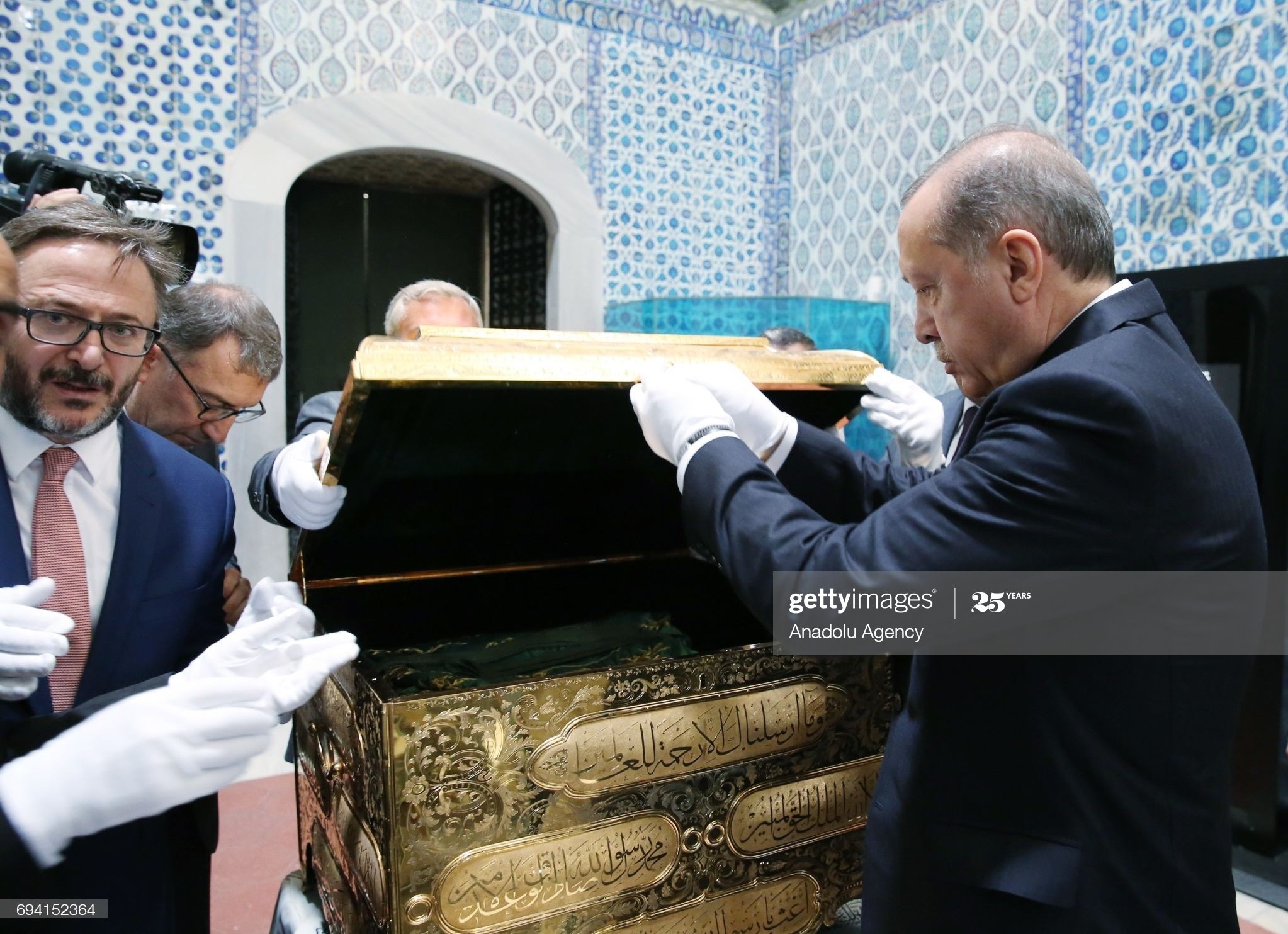
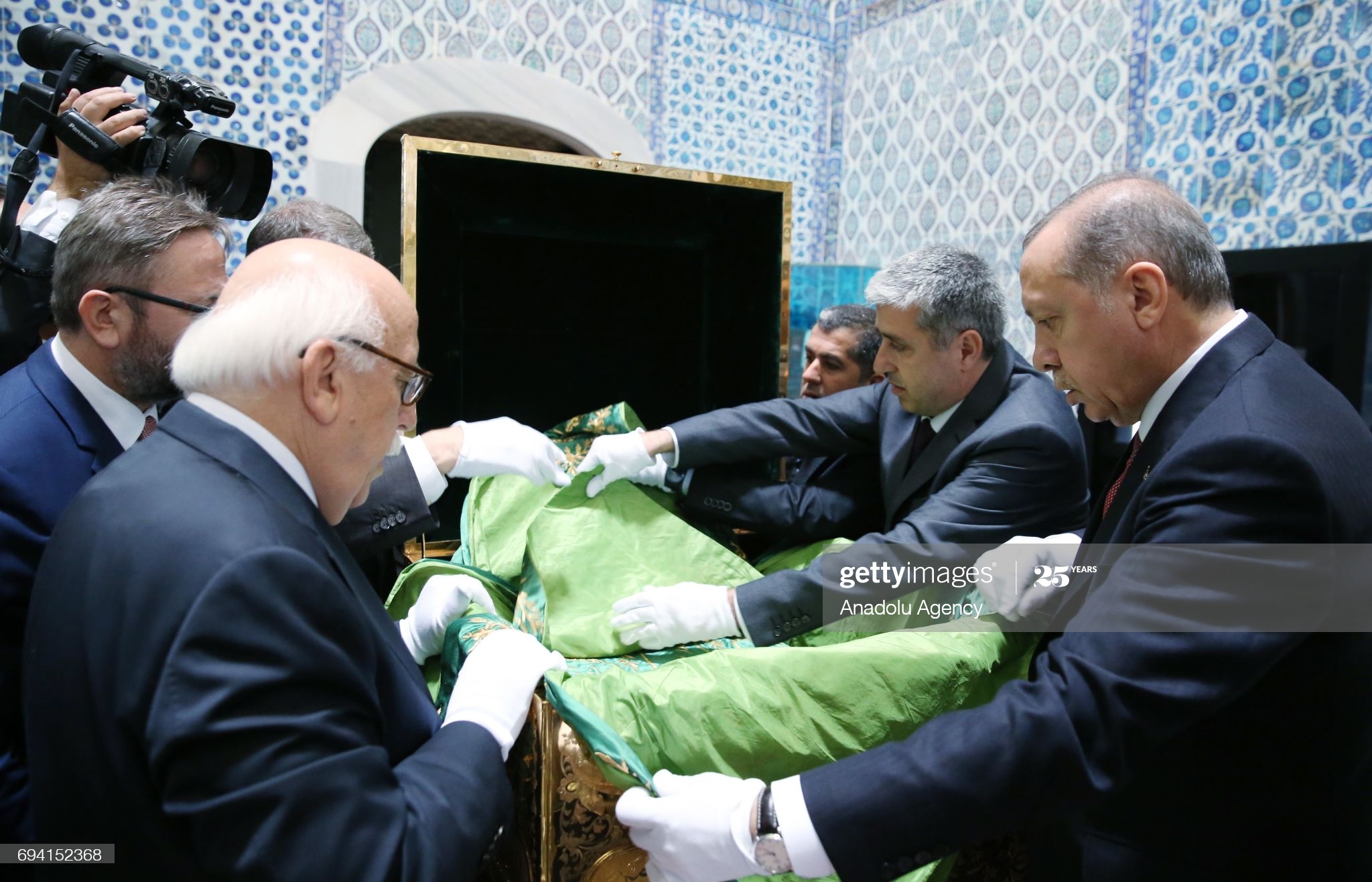


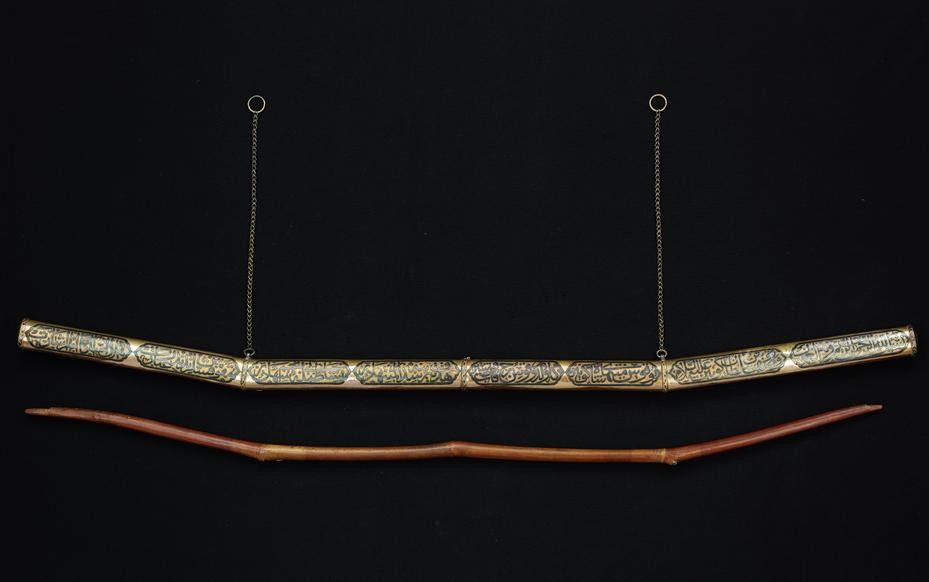
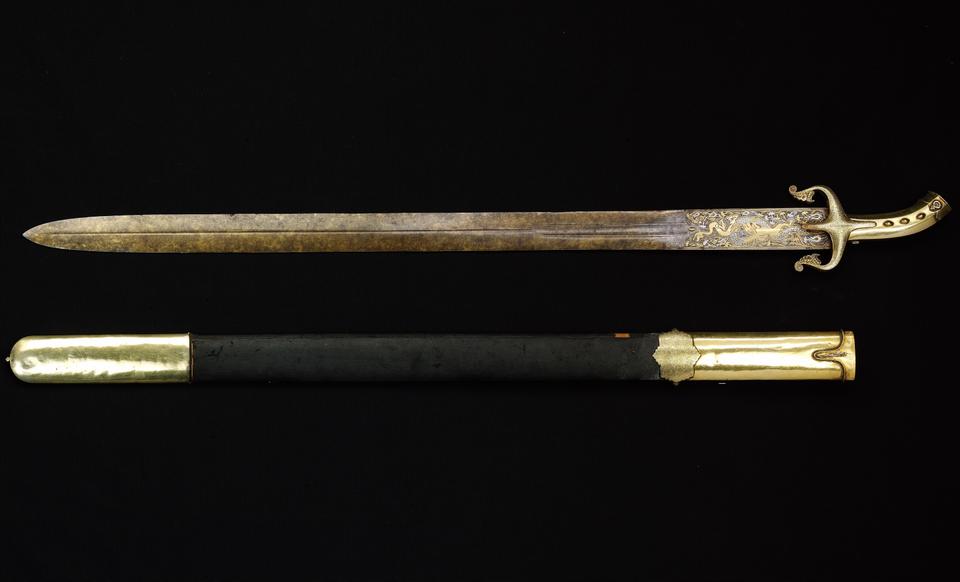
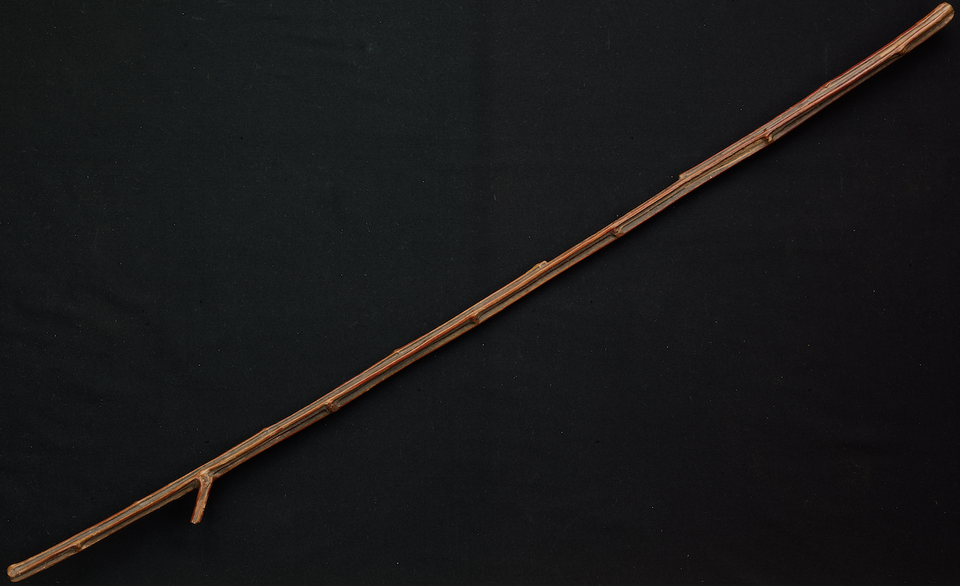

“He built or restored 477 buildings (of which 159 were mosques), 319 of them in Constantinople ...”
[Constantinople by Philip Mansel, Page 34]
“Sinan himself considered the Mosque of Selim at Edirne, built in the years 1569–75, to be his masterwork.”
[Encyclopaedia Britannica, Sinan]
“Yusuf, his favourite pupil, is reputed to be the architect of the palaces at Delhi, Lahore and Agra built by Akbar.”
[Hundred Great Muslims by K. J. Ahmad, Page 278]
Suleiman the Magnificent
(Reign. 1520 - 1566)
“It is significant that our earliest description of Suleyman I comes from a Venetian, Bartolomeo Contarini: ‘All men hope for good from his rule.’”
[Istanbul by Bettany Hughes, 434]
“The mosque (Suleymaniye) itself, started after the Emperor Charles V had agreed to pay him tribute in 1547, may have been celebration of his supremacy in Europe.”
[Constantinople by Philip Mansel, Page 35]
“... ten Frankish infidels skilful in geometry and architecture ... each bit his finger from astonishment when they saw the minarets ... they could not find terms to express their admiration ... nowhere was so much beauty, external and internal, to be found united, and that in the whole of Frangistan there was not a single edifice which could be compared to this.”
[Istanbul: A Tale of Three Cities by Bettany Hughes, Chapter 57]
Admiral Hayreddin Barbarossa (Red Beard)

“That was the last great event in the career of Kheyr-ed-din, and he died in 1548 at Constantinople as one of the wickedest and cruellest murderers of history, the greatest pirate that has ever lived, and one of the cleverest tacticians and strategists ... his death was received by Christian Europe with a sigh of the greatest relief.”
[Pirates & Piracy by E. Keble Chatterton, 68-69]
Hayreddin Barbarossa
Captain Barbossa
Suleiman the Magnificent
1566 CE / 974 H
“... there is reason to believe that Suleiman was a less frequent visitor to the harem than his father, when he did go there, often enough it was to visit his mother, and when he wanted to sleep with someone, it was nearly always Gulbehar who shared his bed. But there were exceptions to this rule ... a Russian girl ...”
[Suleiman the Magnificent by Antony Bridge, Page 111]
“Certainly she captivated Suleiman ... not particularly beautiful according to all comtemporary accounts ...”
[Suleiman the Magnificent by Antony Bridge, Page 112]
Goods & Trade Routes in the 15th Century
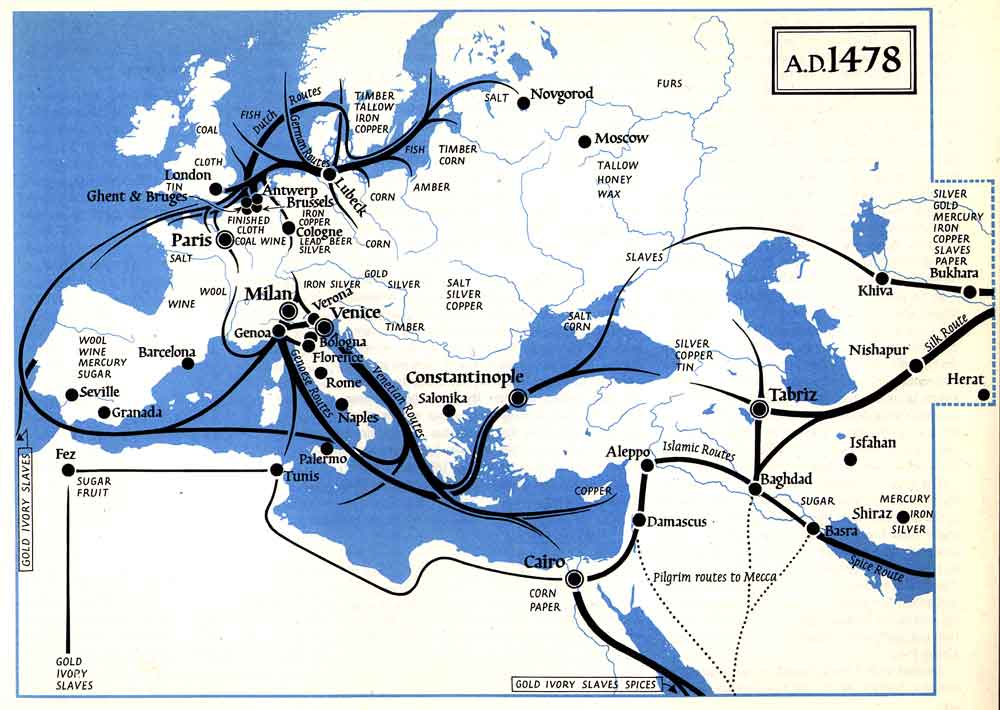
Sultan Ahmed (reign 1603-1617)
“Sultan Ahmed Mosque was built as a social complex with a poorhouse, a madrasa, a school, an hospital, rooms for soldiers, shops, a public fountain and a tomb for the sultan ...”
“Avoiding to have a confined life in the palace, Sultan went among the public in Istanbul, Bursa, Edirne and Canakkale from time to time.”
[The Sultans of the Ottoman Empire, Page 103]
Janissaries - A State within State
(The Grand Vizier had) said, “It matters little who is Sultan so long as the world order is not disturbed.”
[Constantinople by Philip Mansel, Page 134]
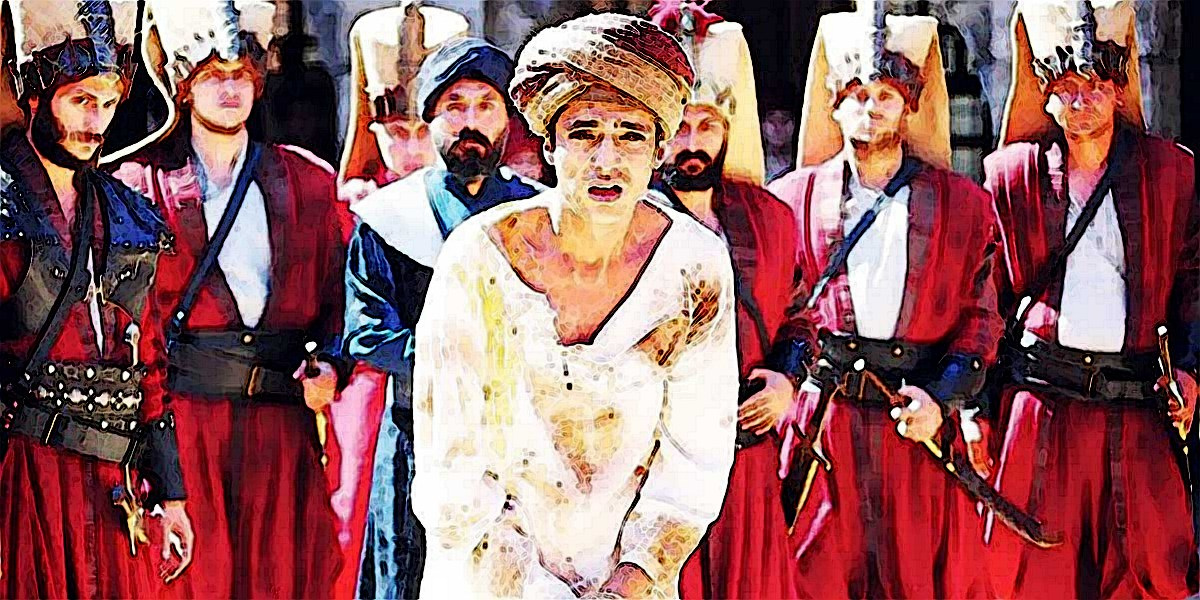
The Rise of Nadir Shah in Iran
“The Ottomans had enjoyed almost a century of peace with Iran ... until the appearance of Nadir Khan. Having captured Tabriz in 1730, he besieged Baghdad for several months in 1733, and forced the Ottomans to enter into peace negotiations ... he followed this with proposals for redefining the character of Iranian Islam so that the Twelver Shiism adopted around 1500 as the religion of the Safavid state by its first shah, Isma'il, would now be considered a fifth school of Sunni Islam, alongside the four long-established schools - Hanafi, Hanbali, Shafi'i and Maliki ... they rejected the request.”
[Osman’s Dream by Caroline Finkel, Page 363]
“... Nader Shah attempted to integrate a redefined Shi'ism into the Sunni tradition. He rejected the Shi'i condemnation of the first three caliphs and enforced that position within his realm. In addition, he tried to secure Ottoman recognition of Twelver Shi'ism as a fifth Sunni school of law, to be called the Ja'fari school after the sixth imam, Ja'far al-Sadiq. The whole pattern of Shi'ism as built on the idea of the imamate was to be replaced.”
His Vision for Islam
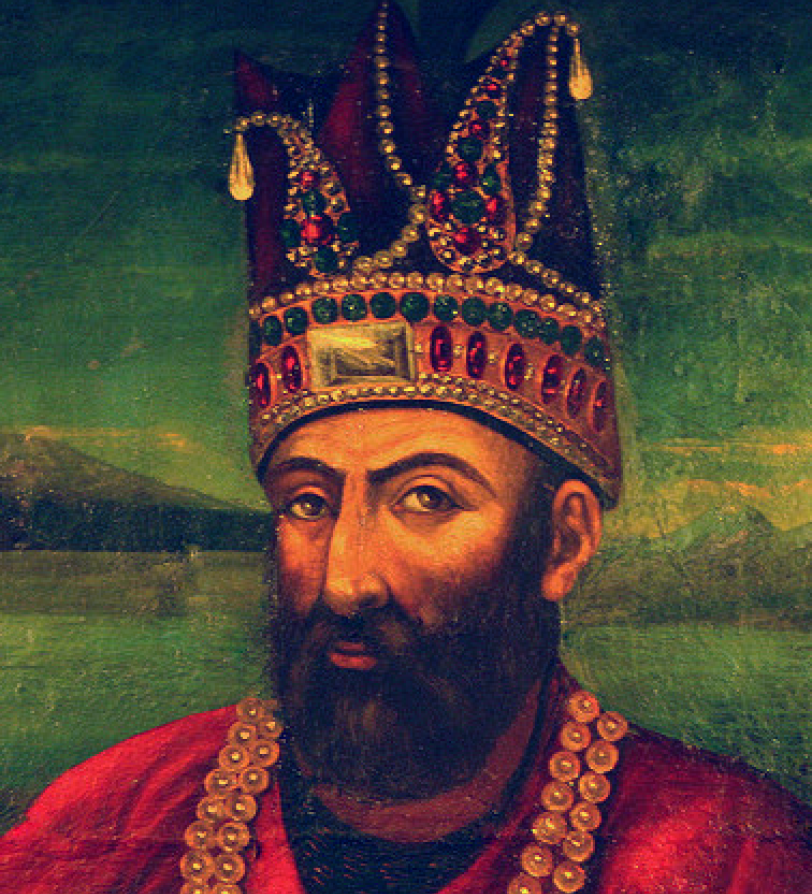
[Islam: Continuity and Change in the Modern World by John Obert Voll, 81]
Last Attempt with the Ottomans
“Both sides were ready for peace ... Nadir Shah had now dropped his proposals concerning religion ... for the 1746 treaty ... Iran was no longer to be considered a pariah state of Shia heretics ... but was to be accepted as a fellow Muslim state on an equal footing with all other Muslim states ...”
[Osman’s Dream by Caroline Finkel, Page 364]
Sultan Osman III
(r. 1754-1757)
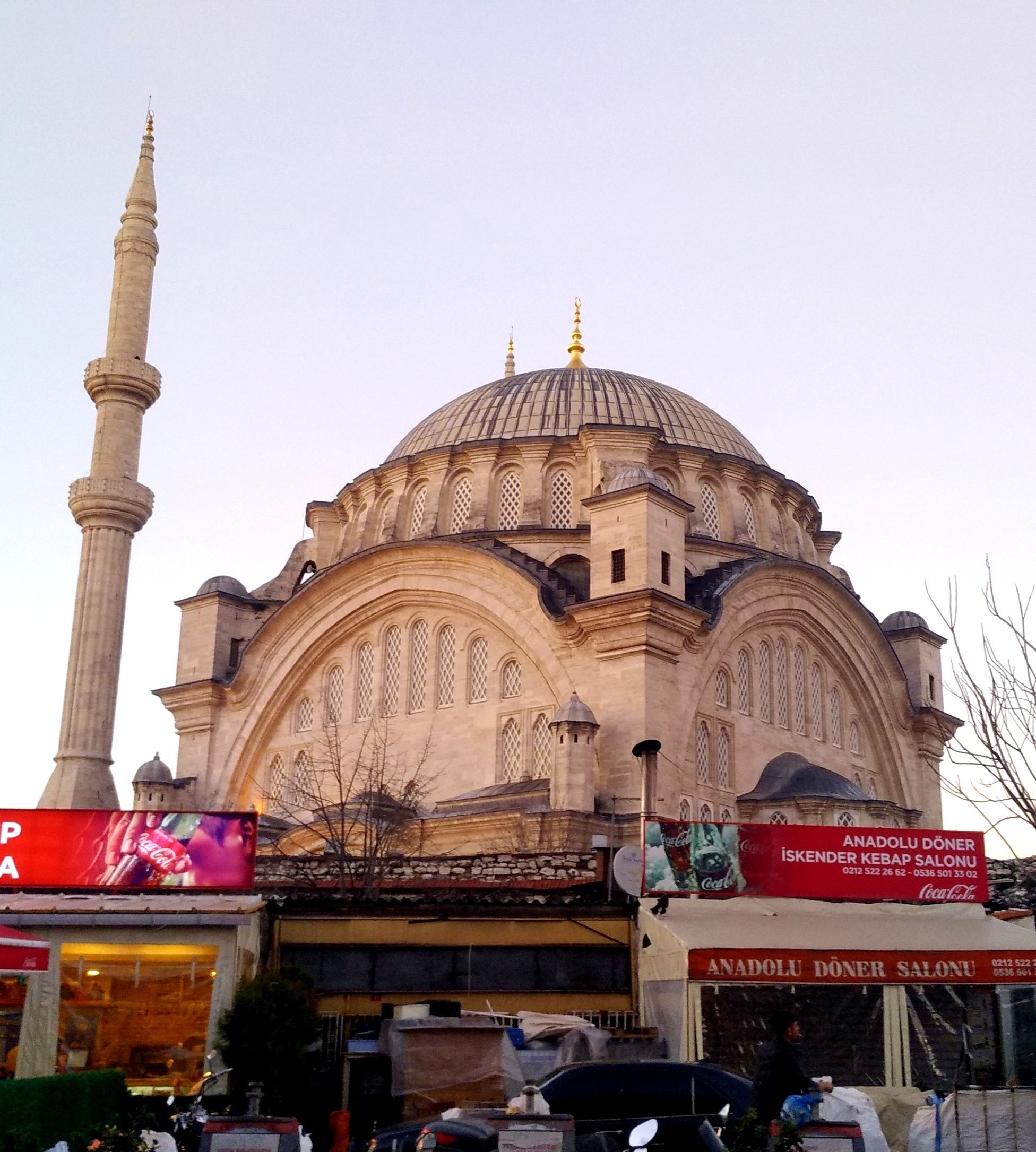
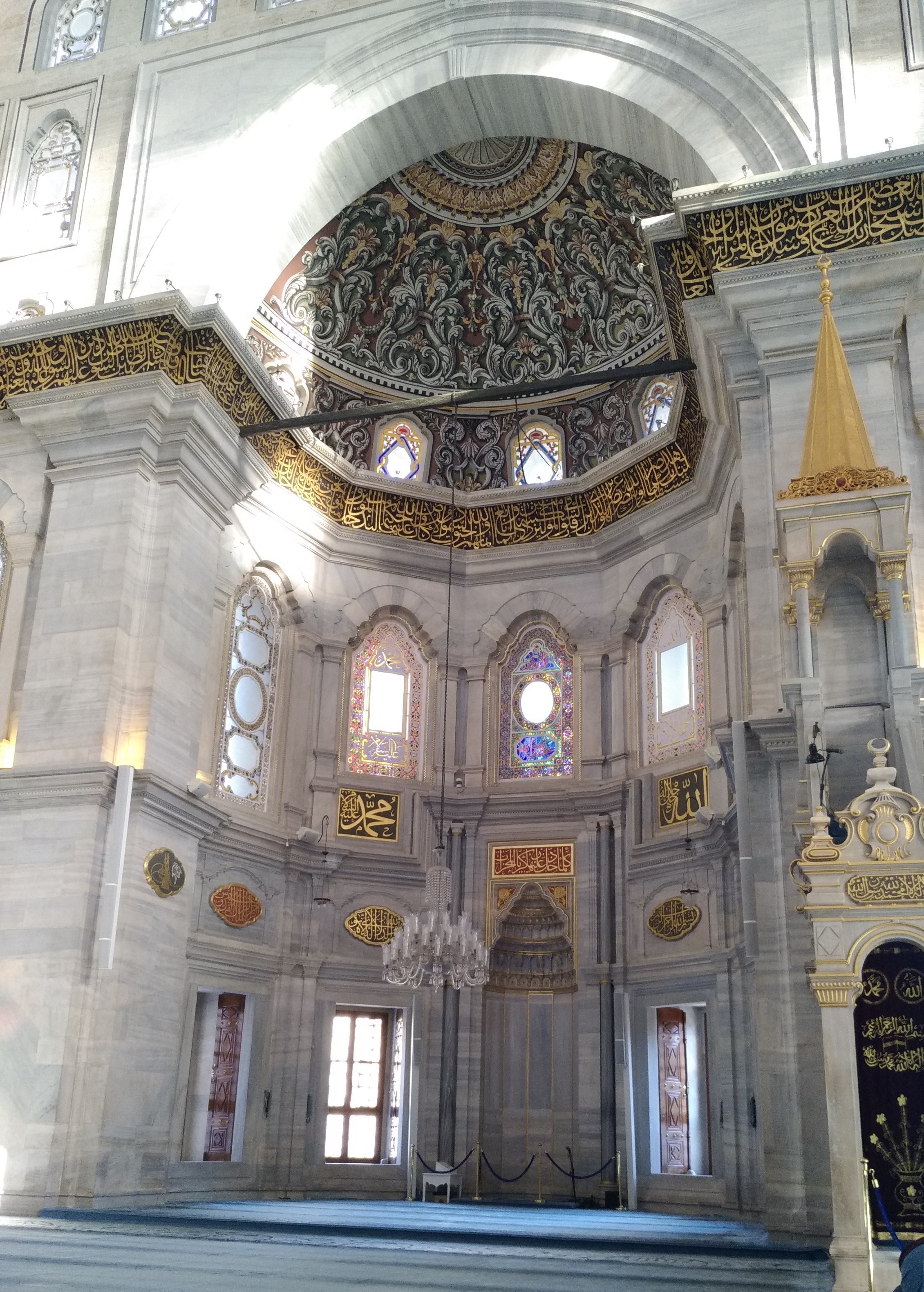
The Expansion of the Russian Empire
Influence of Freemasons & Illuminati
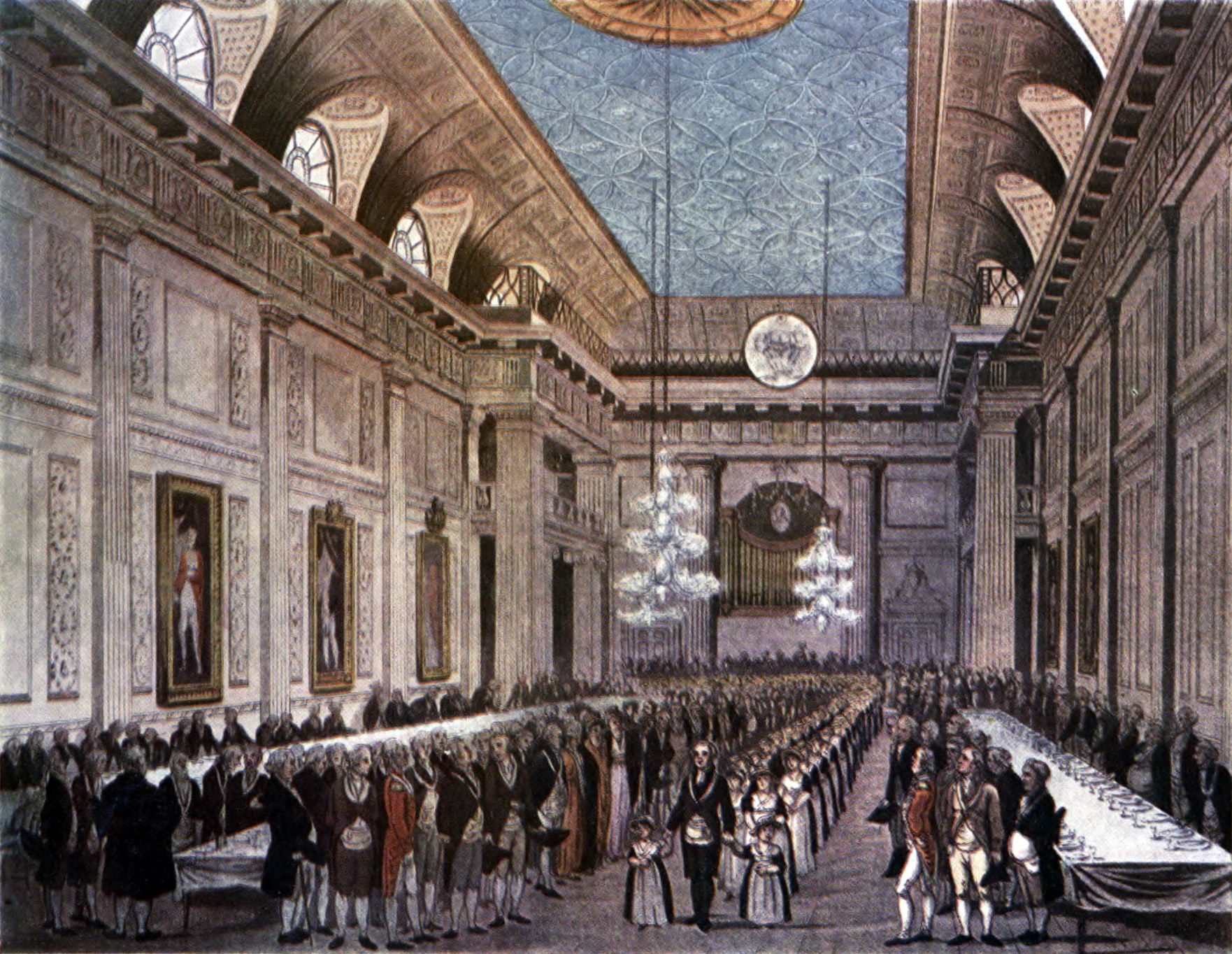

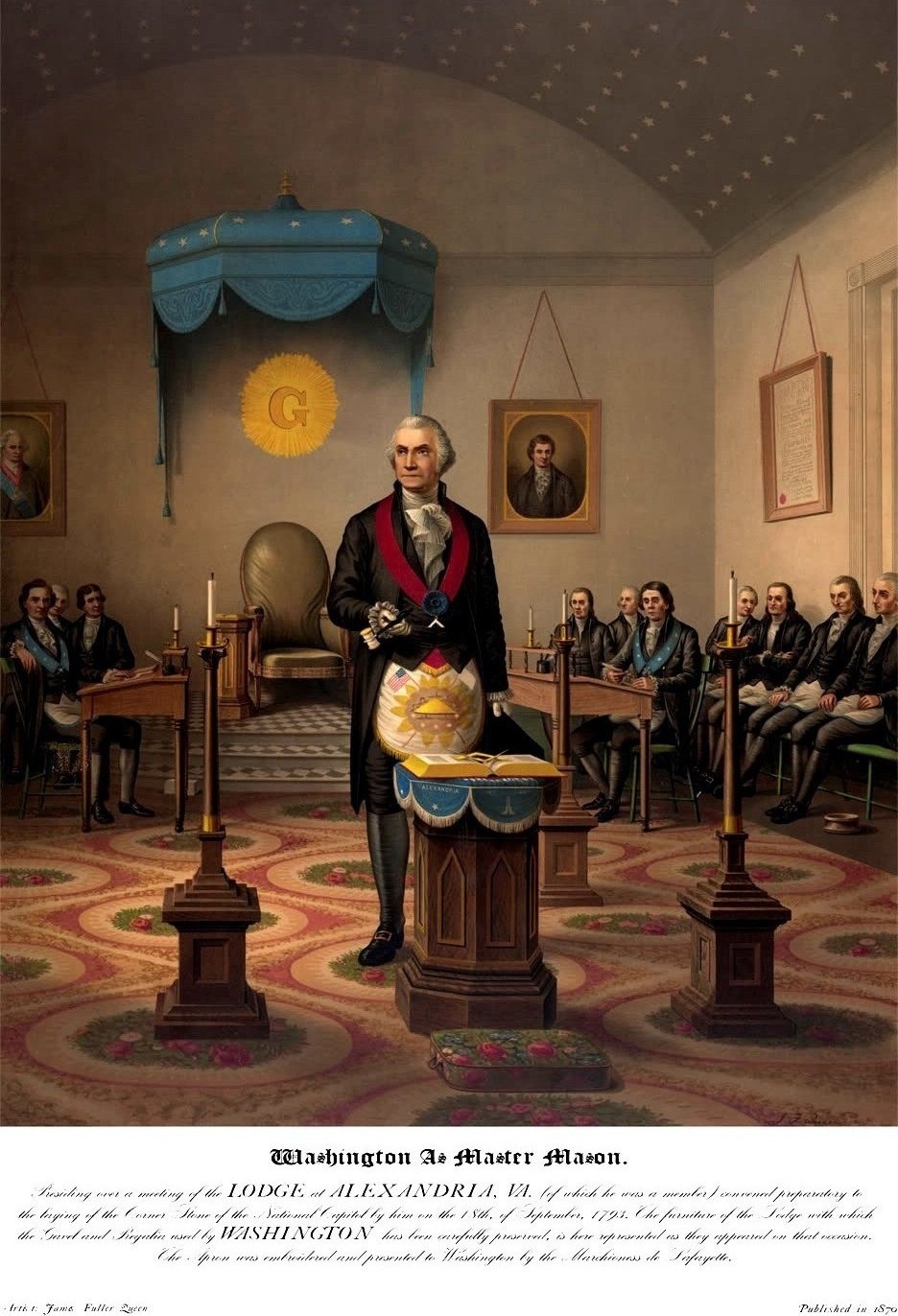
The French Revolution (1789-1799)
The Rise of Napolean & his Ambition
Campaign of Egypt (1798) & Syria (1799)
Napolean invades Egypt in 1798.
The British fleet takes control of the Mediterranean, cutting supplies for the French while the Ottomans fight.
Knowing that he has little left to win, he secretly left for France leaving behind his army.
After a long struggle, the Ottoman-British reached an agreement with France allowing their return.

Defeated in Acre by the Ottomans.
Wahhabi Movement
“... raided Kuwait and occupied it in 1788, then ... besieged Baghdad.”
[How the Khilafah was Destroyed, Page 6]
“The cruellest blow was the emergence of a fundamentalist sect, the Wahhabis, in Arabia. In 1803 they conquered Mecca from the Sherifs, and prevented the arrival of the pilgrim caravan from Constantinople.”
[Constantinople by Philip Mansel, Page 231]
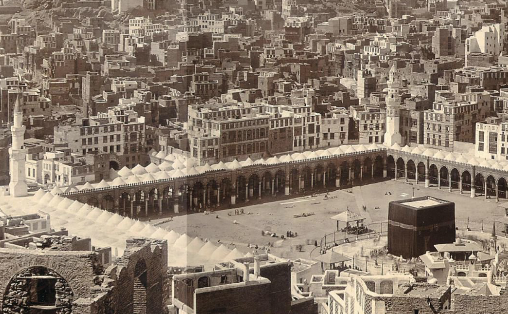
“... Mecca reverted to the dominion of the Sherifs and the Sultan in 1813. In 1818 rebellious Wahhabi sheikhs were paraded through the streets of Constantinople, then killed and their heads exposed ...”
[Constantinople by Philip Mansel, Page 235]
The Crimean War (1853-1856)
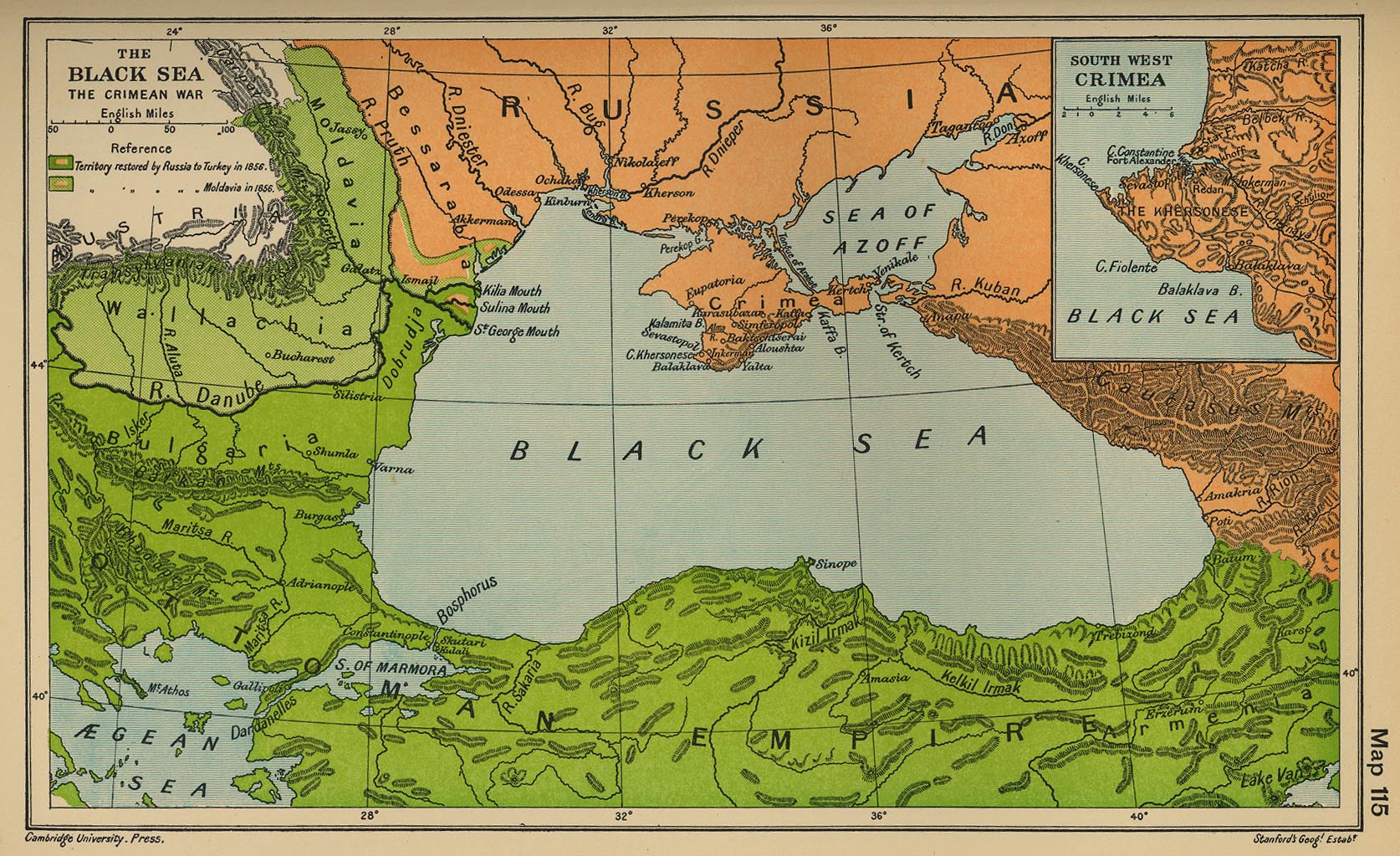
“With peace negotiated at the end of the Crimean War, there were celebrations ... In reality ... a series of new debts ...”
[Istanbul: A Tale of Three Cities, Page 544]
“In 1871 and 1872 alone ten new banks started in Constantinople ... Bankers borrowed in Europe at between 3-4% and lent at between 12-18% to the Ottoman government ... desperate for cash to pay running expenses and interest on the government debt.”
[Constantinople by Philip Mansel, Page 278]
“By then (1875), however, over half Ottoman expenditure went to servicing debts.”
[Constantinople by Philip Mansel, Page 300]
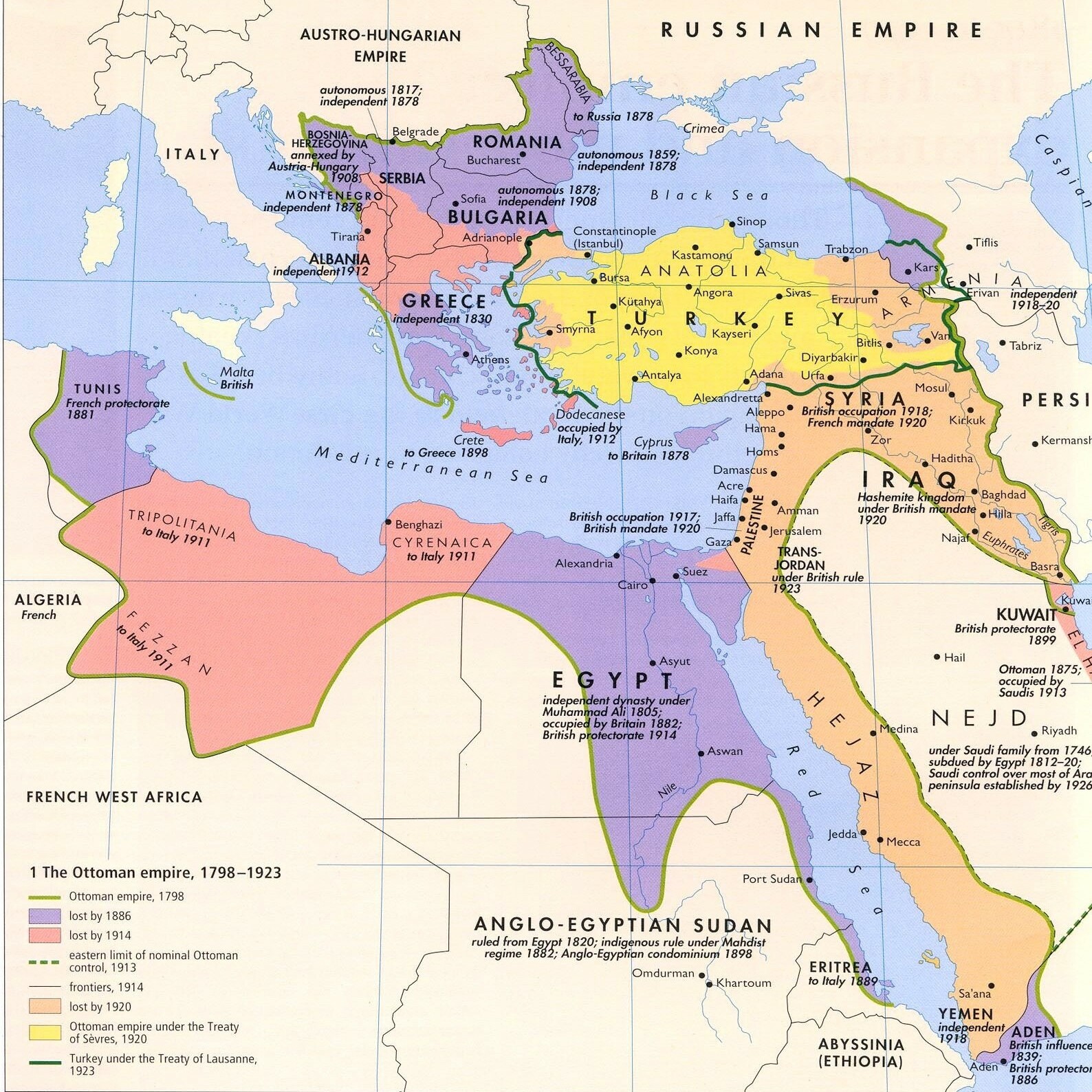
“Sick Man of Europe”

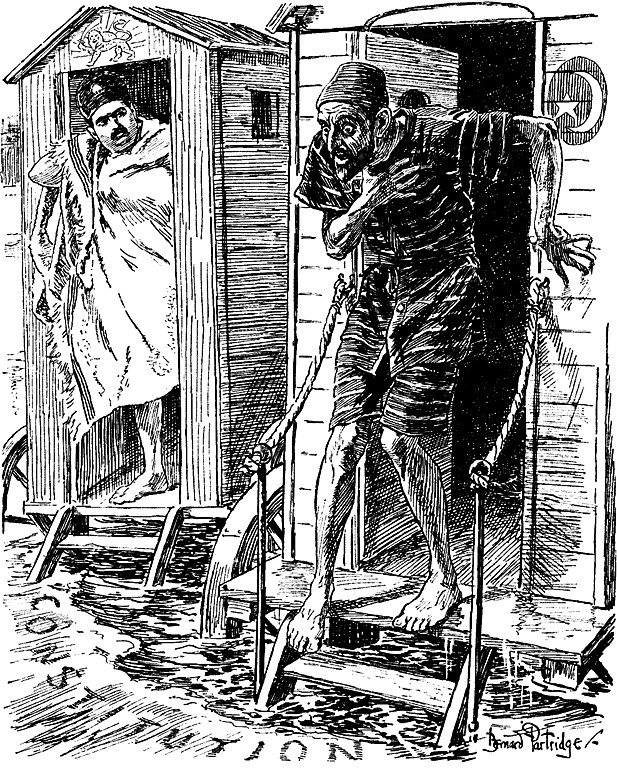
“... Tsar Nicholas I (of Russia) ... referred to Turkey as
‘a sick man - a very sick man’ ...
It was an article in the New York Times on 12 May 1860 which coined the phrase ‘the sick man of Europe’ ...”
[Istanbul: A Tale of Three Cities, Page 546]
Freemasons in Constantinople
“Freemasons had existed in Constantinople since the eighteenth century; the Bektashi order had remarkable, and remarked on, similarities with the Masons, perhaps due to contacts with France ...
The lodge Le Progres, founded in 1868, held meetings in Ottoman and Greek.
In another lodge called the Union d’Orient, in 1866, a French atheist cried, perhaps for the first time in Constantinople: ‘God does not exist! He has never existed.’”
[Constantinople by Philip Mansel, Page 293]
Period of Tanzimat
“What came to be called the tanzimat - a period of reforms ... in AD 1839 that would last until the introduction of the first Ottoman constitution in 1876 ... Security of life and property was guaranteed, capital punishment without trial was no longer legal ... legal equality between Muslim and non-Muslim. This was a conscious move to make Istanbul a full member of the European club.”
[Istanbul: A Tale of Three Cities, Page 527]
“In 1850 a commercial code based on French law was enacted. The power of kadis to regulate morals and markets, declining since 1826 ...”
“After 1856, for the first time since 1453, church bells rang in Constantinople.”
[Constantinople by Philip Mansel, Page 266 & 274]
Last Great Caliph & Sultan - Abdulhamid II
“He promulgated the first Ottoman constitution ... the most far-reaching of his reforms were in education: 18 professional schools were established; Darülfünun, later known as the University of Istanbul, was founded (1900); and a network of secondary, primary, and military schools was extended throughout the empire. Also, the Ministry of Justice was reorganized, and railway and telegraph systems were developed.”
[Encyclopaedia Britannica, Abdulhamid II]
“Istanbul had been called the world’s
spy capital.”
[Istanbul: A Tale of Three Cities, Page 553]

Hijaz Railway
“Abdülhamid used pan-Islamism to solidify his internal absolutist rule and to rally Muslim opinion outside the empire, thus creating difficulties for European imperial powers in their Muslim colonies. The Hejaz Railway, financed by Muslim contributions from all over the world, was a concrete expression of his policy.”
[Encyclopaedia Britannica, Abdulhamid II]
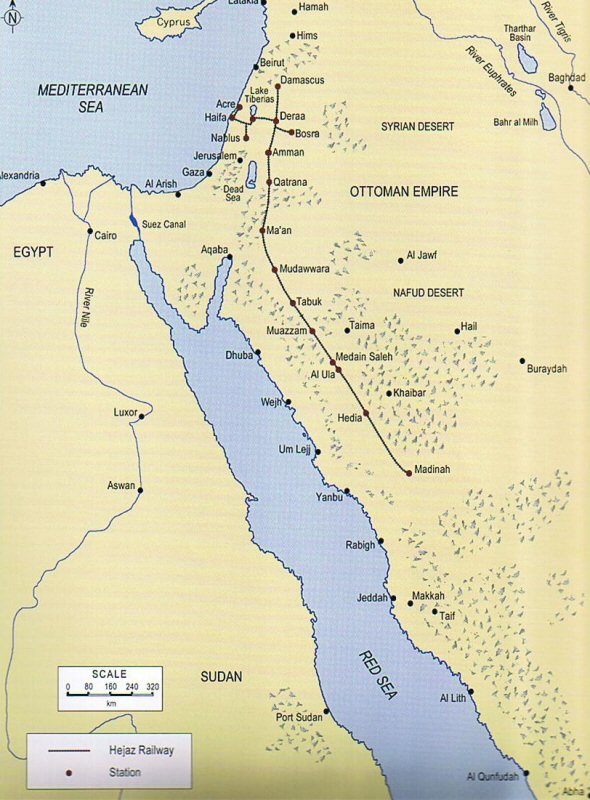
Tribute of Dr. Iqbal to Jamaluddin Afghani
“A perfect master of nearly all the Muslim languages of the world ... his restless soul migrated from one Muslim country to another, influencing some of the most prominent men in Iran, Egypt and Turkey. Some of the greatest theologians of our time, such as Mufti Muhammad Abduh of Egypt, were his disciple ... no man in our time has stirred the soul of Islam more deeply than he.”
[Hundred Great Muslims by K. J. Ahmad, Page 313]
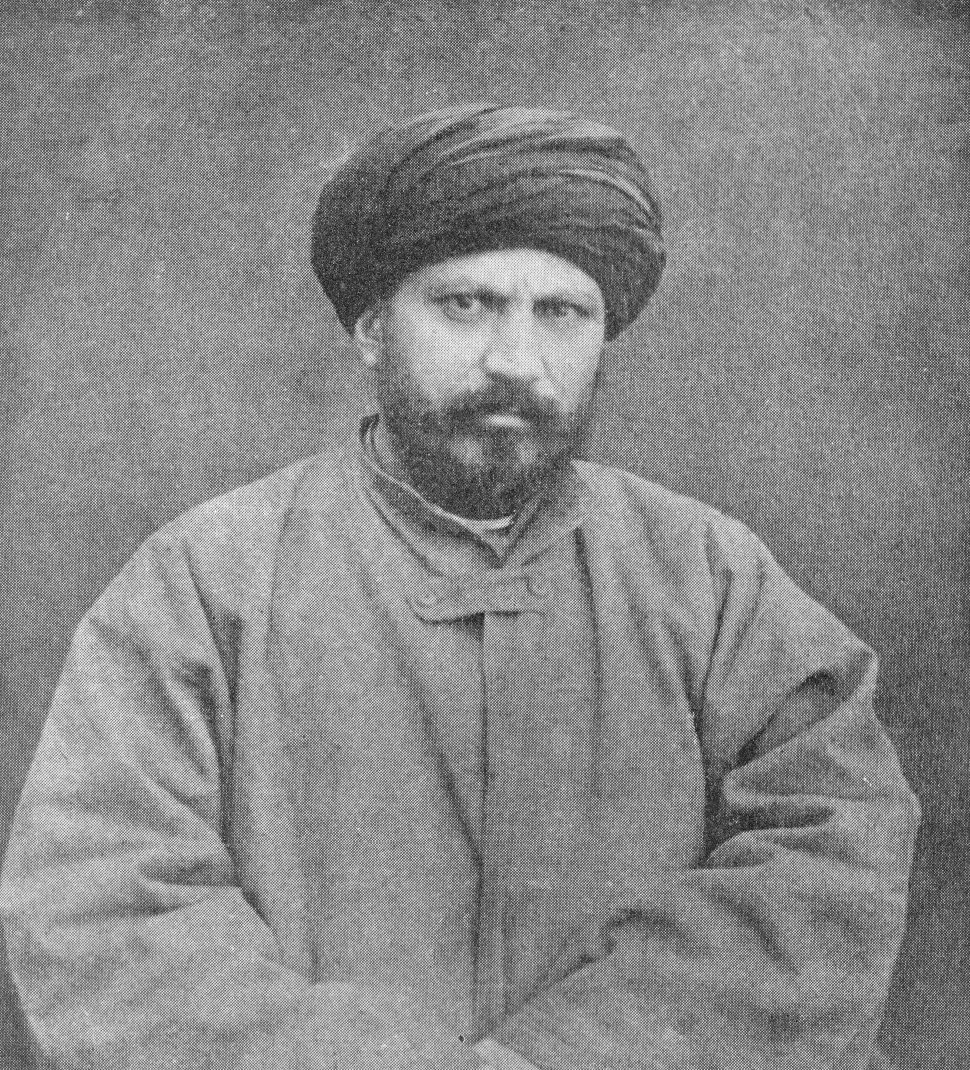
“The Zionist leader Theodore Herzl, who made six visits to Constantinople under Abdulhamid in his attempts to buy Palestine ...”
[Constantinople by Philip Mansel, Page 319]
“Herzl ... offered the Sultan enough money to free the Ottoman Empire from the Debt Control Commission, in return for an autonomous Zionist entity in Palestine. The Sultan ... to Zionism: ‘I cannot sell even a foot of land for it does not belong to me but to my people ... The Jews may spare their millions. When my empire is divided, perhaps they will get Palestine for nothing ...’”
[Constantinople by Philip Mansel, Page 321-322]
Zionist Movement

Poisonous Seeds of Turk Nationalism
“Intellectuals in Constantinople began to believe ‘We are Turks and we need Turkish’, and to substitute Turkish words for words of Arabic and Persian origin. They considered the name Ottoman no more appropriate for Turks than the dynastic name Umayyad for the early Arabs: ‘There can be neither an Ottoman nation nor an Ottoman language.’”
[Constantinople by Philip Mansel, Page 359]
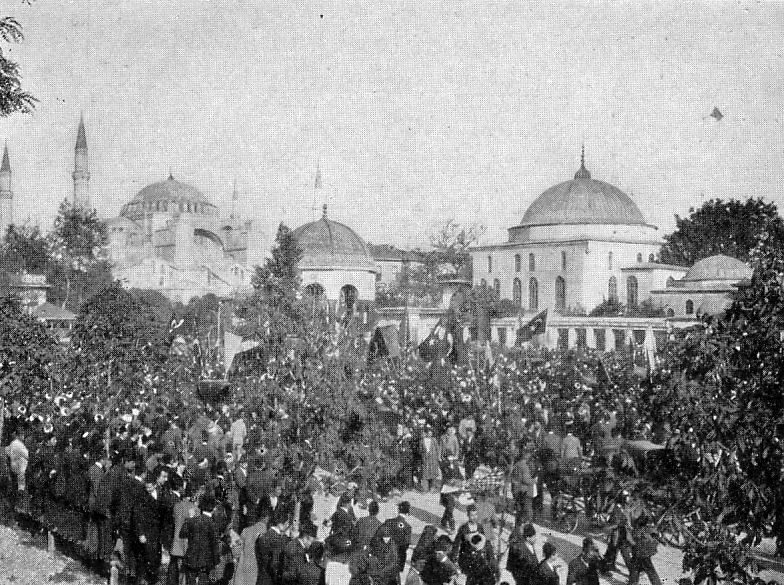
“A force potentially more deadly for the Ottoman Empire and its capital than Kurdish or Arab nationalism was Turkish nationalism.”
[Constantinople by Philip Mansel, Page 358]
Revolt of Sharif Hussain of Makkah
“... the British hinted at support for a religious regime-change, when ‘an Arab of true race will assume the Caliphate at Mecca or Medina’”
[Istanbul: A Tale of Three Cities, Page 563]
“After a hesitation of four hundred years ... Sherif Huseyin ... tempted by British offers of gold and recognition, launched an Arab revolt in Mecca on 10 June 1916.”
[Constantinople by Philip Mansel, Page 376]
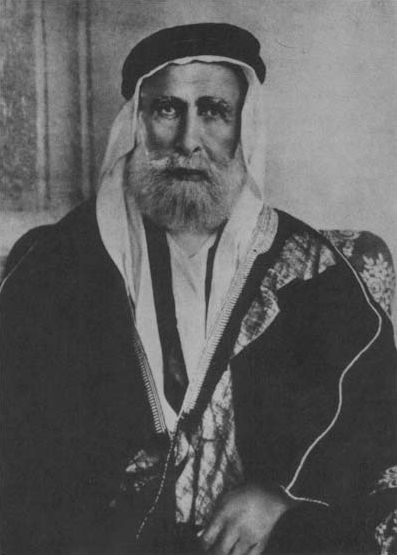
“... if Husayn ‘and the Arabs in general’ were to provide support against the Turks, then Britain ‘will guarantee the independence, rights and privileges of the Sharifate against all external foreign aggression ...’”
[The Silk Roads by Peter Frankopan, Page 323]
“One month before the Arab revolt broke out, Britain and France secretly agreed to divide the Middle East between their zones of influence, in the Sykes-Picot Agreement, named after their respective foreign ministers.”
[Secret Affairs: Britain’s Collusion with Radical Islam by Mark Curtis, Page 9]

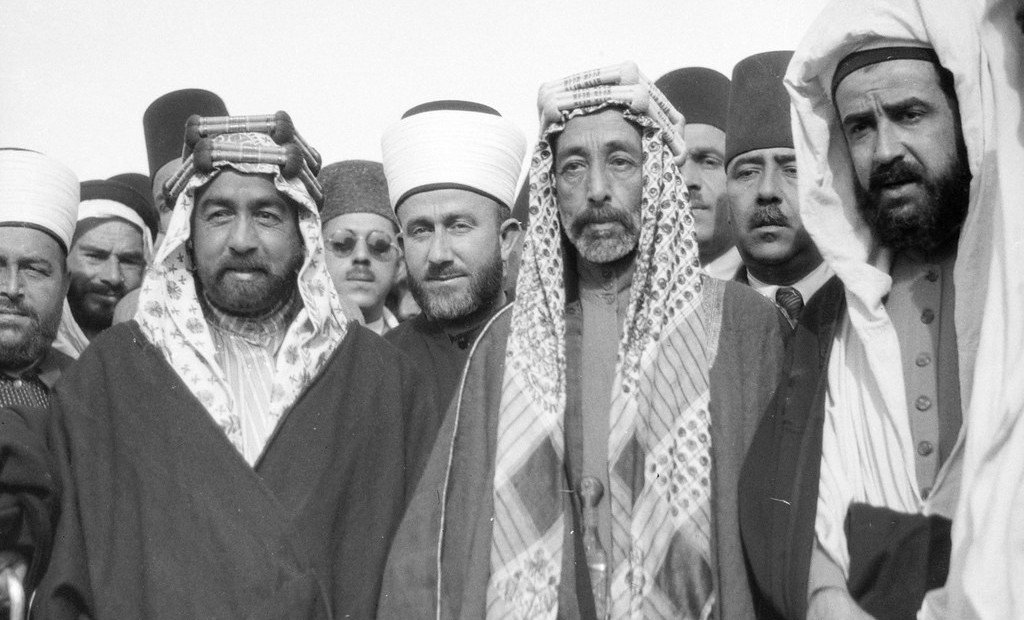
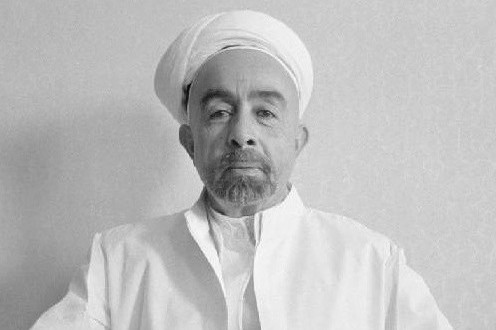
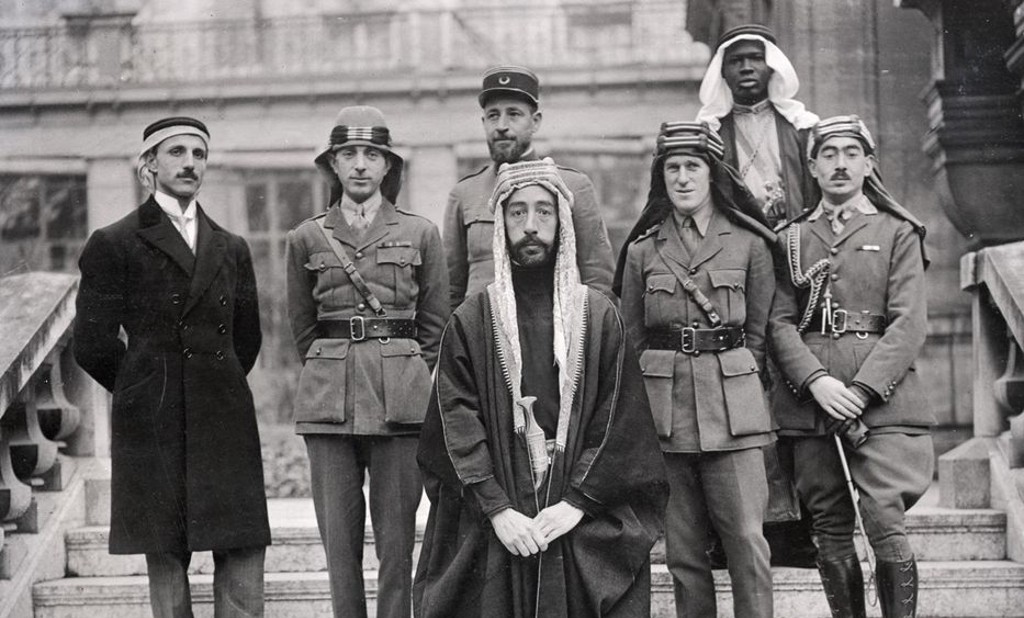
British Spy - Col. Thomas Edward Lawrence
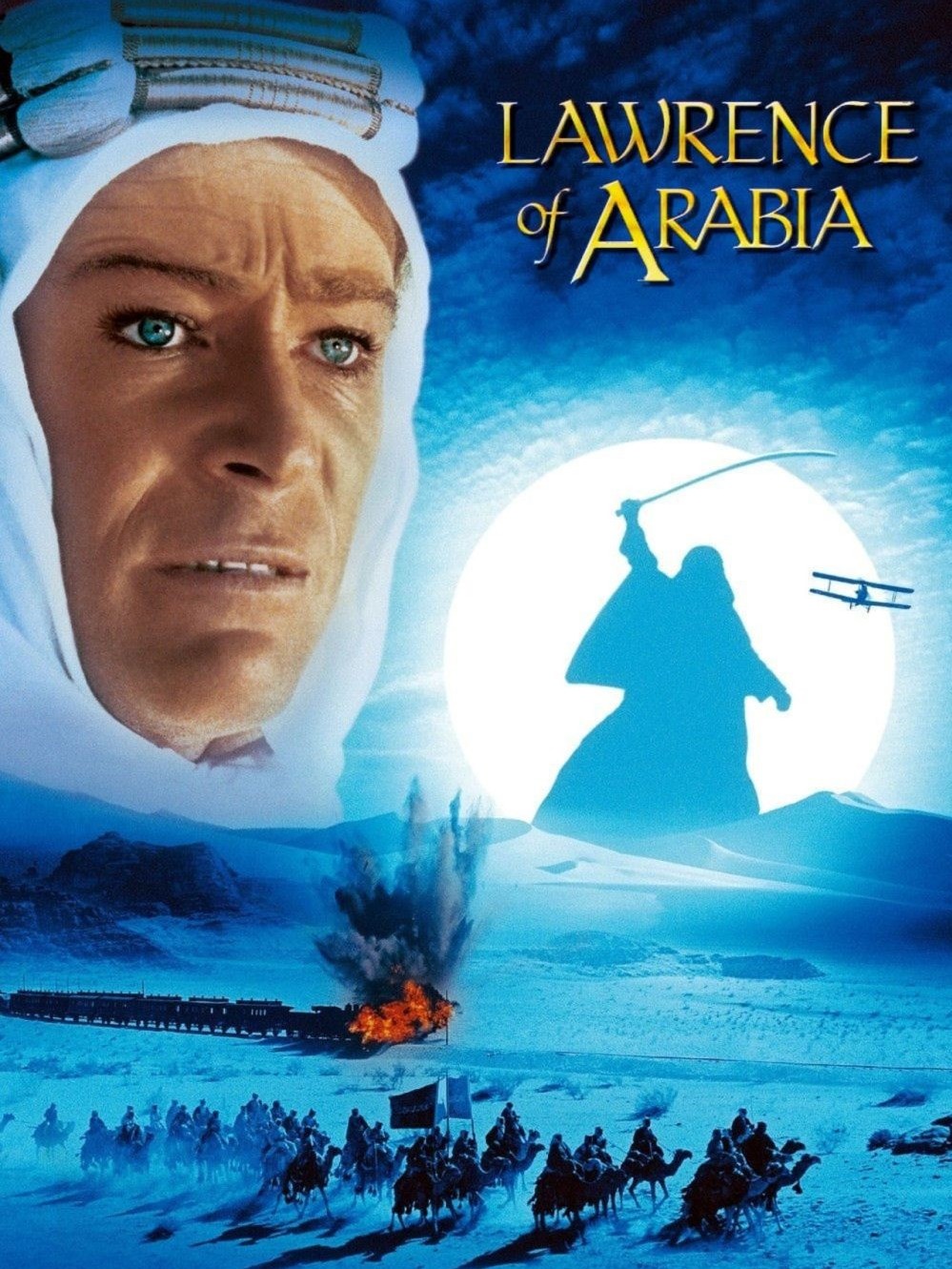

Sykes-Picot Agreement (1916)
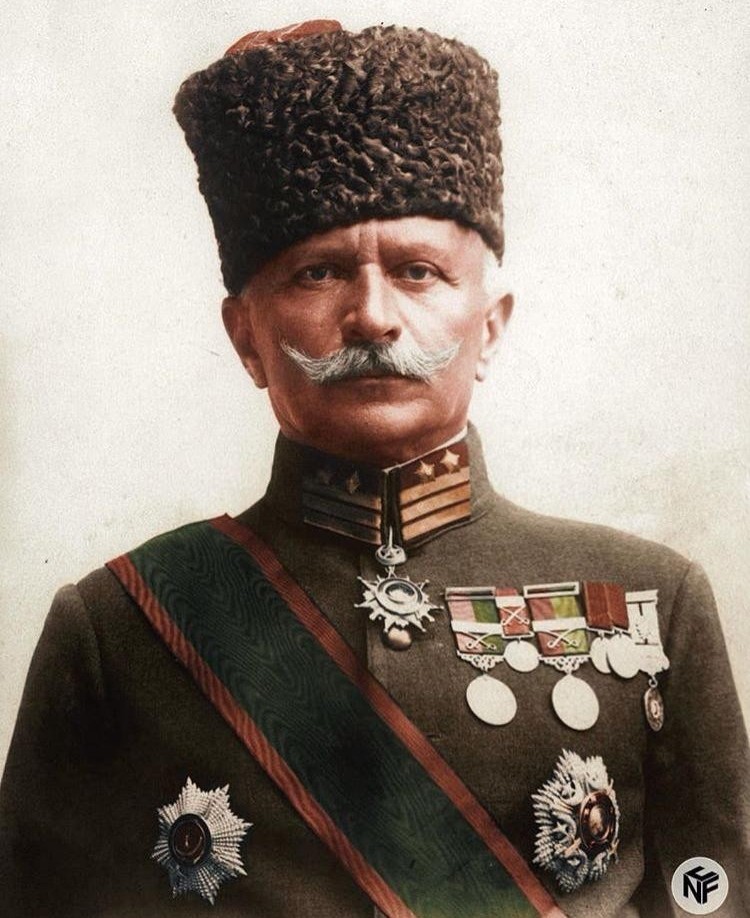

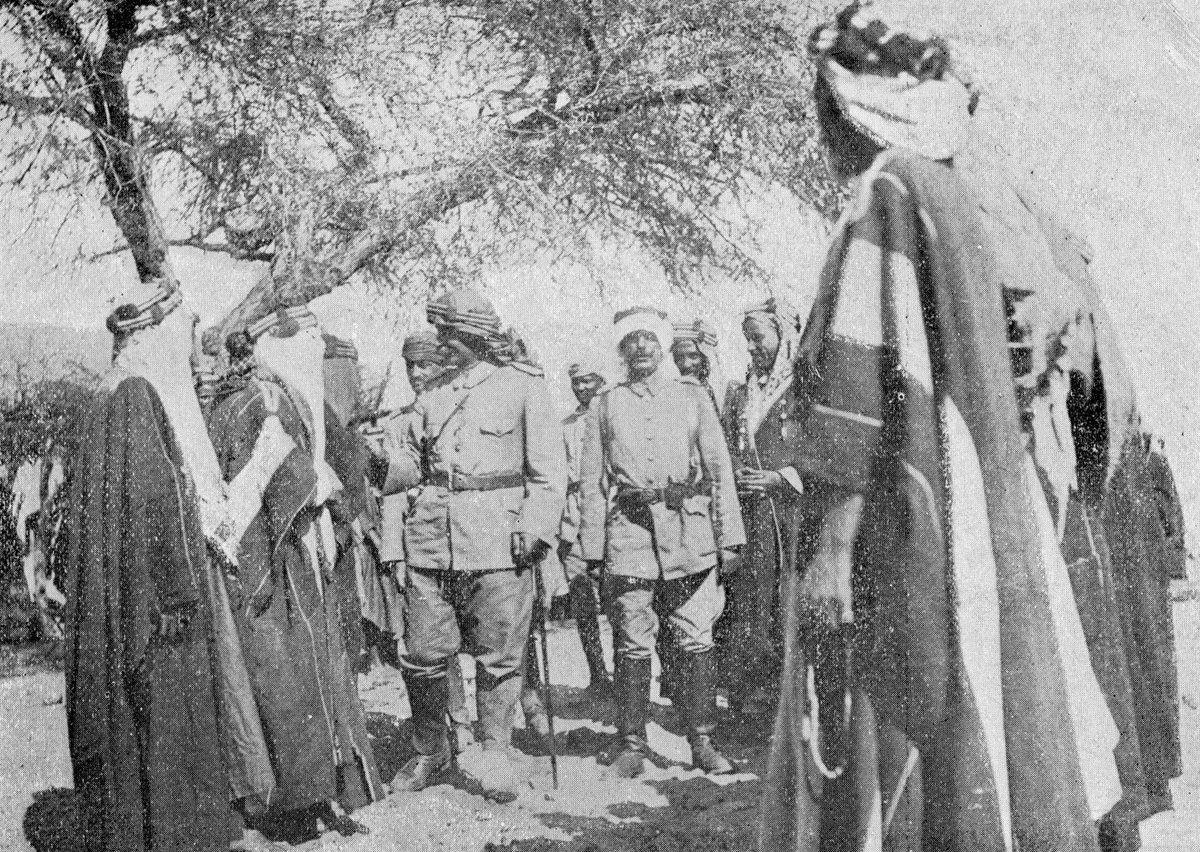
“In 1919, in order to protect 400 years' worth of gifts to Mecca and Medina sent out from Istanbul, the golden caskets, the jewelled swords and cloths stitched with silver were brought back into the city on the Bosphorus, itself a jewel within Dar al-Islam - the Abode of Islam. Today they are popular exhibits in the Topkapi Palace.”
[Istanbul: A Tale of Three Cities, Page 570]
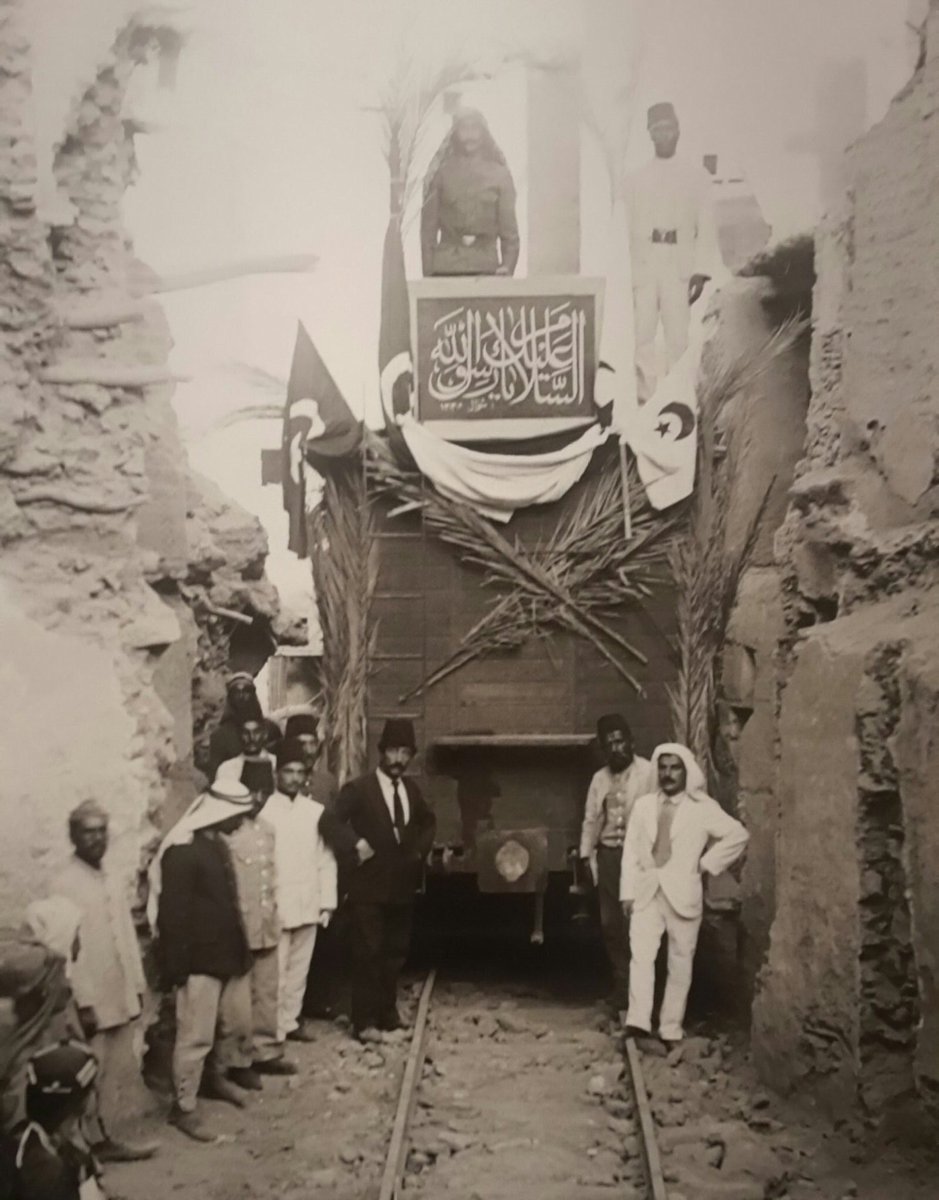
Supporting Ibn Saud against Hashemites
“Britain had already provided arms and money to Ibn Saud during the First World War, signing a treaty with him in 1915 and recognising him as the ruler of the Nejd province under British protection. By the end of the war, he was receiving a British subsidy of £5,000 a month - considerably less than the £12,000 a month doled out to Hussein ...”
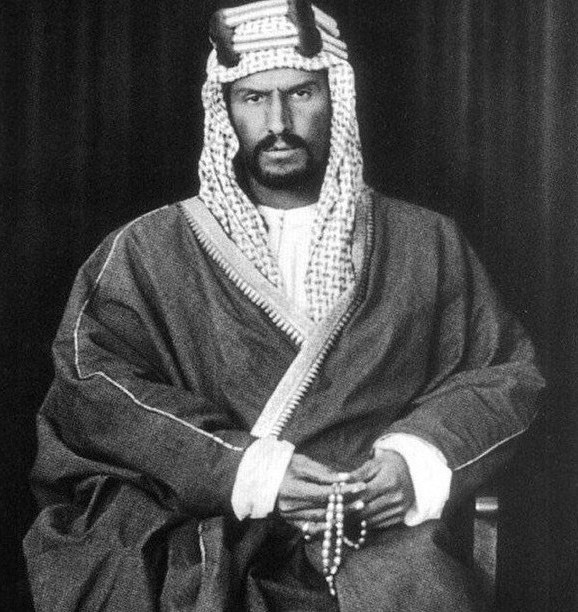
[Secret Affairs: Britain’s Collusion with Radical Islam by Mark Curtis, Page 11]
“It was by force that the sons of Osman seized the sovereignty and sultanate of the Turkish nation; they have maintained this usurpation for six centuries. Now the Turkish nation has rebelled and has put a stop to these usurpers and has effectively taken sovereignty and sultanate into its own hands.”
[Constantinople by Philip Mansel, Page 405-406]

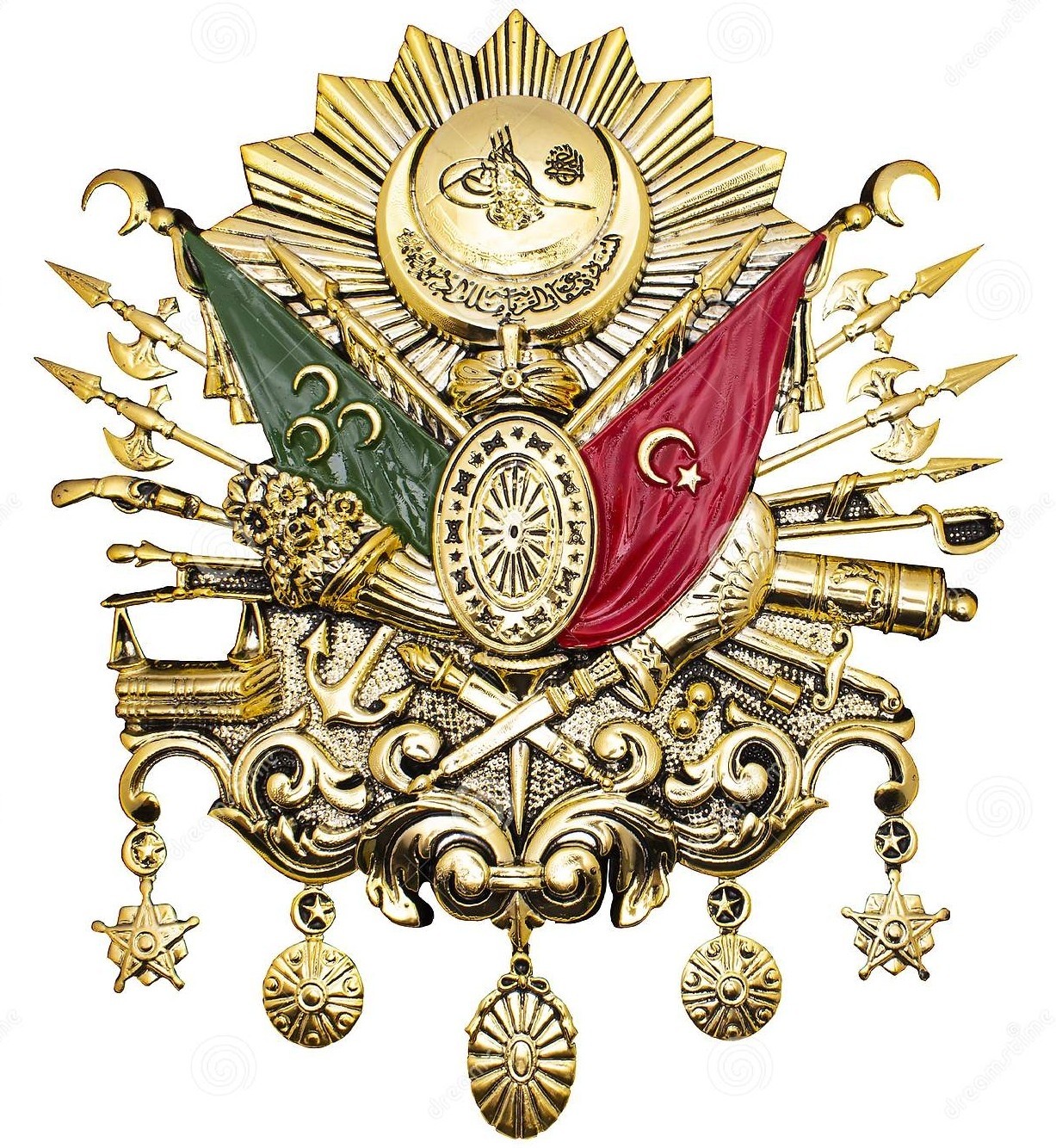
“The Seyhulislam left for India; his predecessor, the Durrizade who had delivered the fatwa against Kemal, died in the Hejaz in 1923.”
Treaty of Lausanne (1923)
“The treaty recognized the boundaries of the modern state of Turkey. Turkey made no claim to its former Arab provinces ... imposed no controls over Turkey’s finances or armed forces. The Turkish straits between the Aegean Sea and the Black Sea were declared open to all shipping.”
[Encyclopaedia Britannica, Treaty of Lausanne]


The Caliphate is Abolished
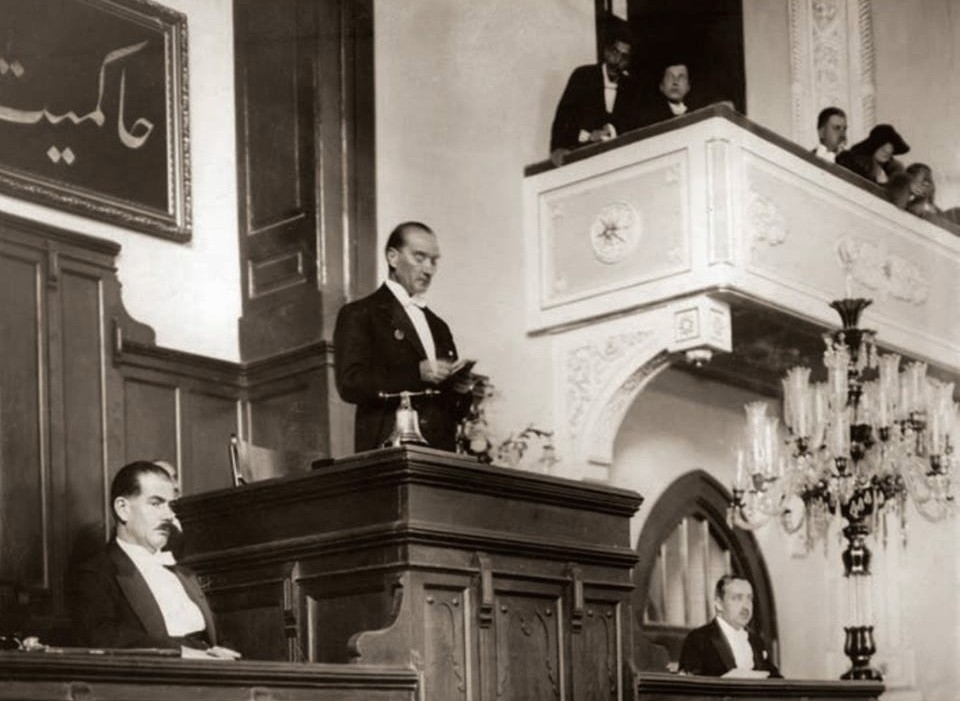
“A proposal for Mustafa Kemal to adopt the title of caliph fell on deaf ears and others, such as the Imam of Yemen and the King of Afghanistan, were put forward as possible candidates.”
[Osman’s Dream by Caroline Finkel, Page 546]

“On 3 March the Grand National Assembly in Ankara abolished the Caliphate. Dolmabahce was surrounded by troops. Abdulmecid was reading the Koran ... late at night when Adnan Bey and the Prefect of Police came to tell him that he had to leave at dawn ... The freedom of life in the West was offered as consolation. The Caliph’s beloved daughter Durushehvar ... remarked in tears: ‘I do not want that kind of freedom.’”
[Constantinople by Philip Mansel, Page 413]


“The Caliph took his immediate family (six people), three officials & two servants. For fear of demonstrations, the government obliged the Caliph to leave from outside the city. At 5:30 a.m., having bidden farewell to a small crowd at the palace gate, they were taken ... At 11, tired, hungry and sad, the party arrived at Catalca railway station. The Caliph tried to smile when the police and gendarmerie gave him his last salute. All day they remained at the railway station ... The station manager tried to make them comfortable in his family’s private quarters. He was Jewish ...”
[Constantinople by Philip Mansel, Page 414]
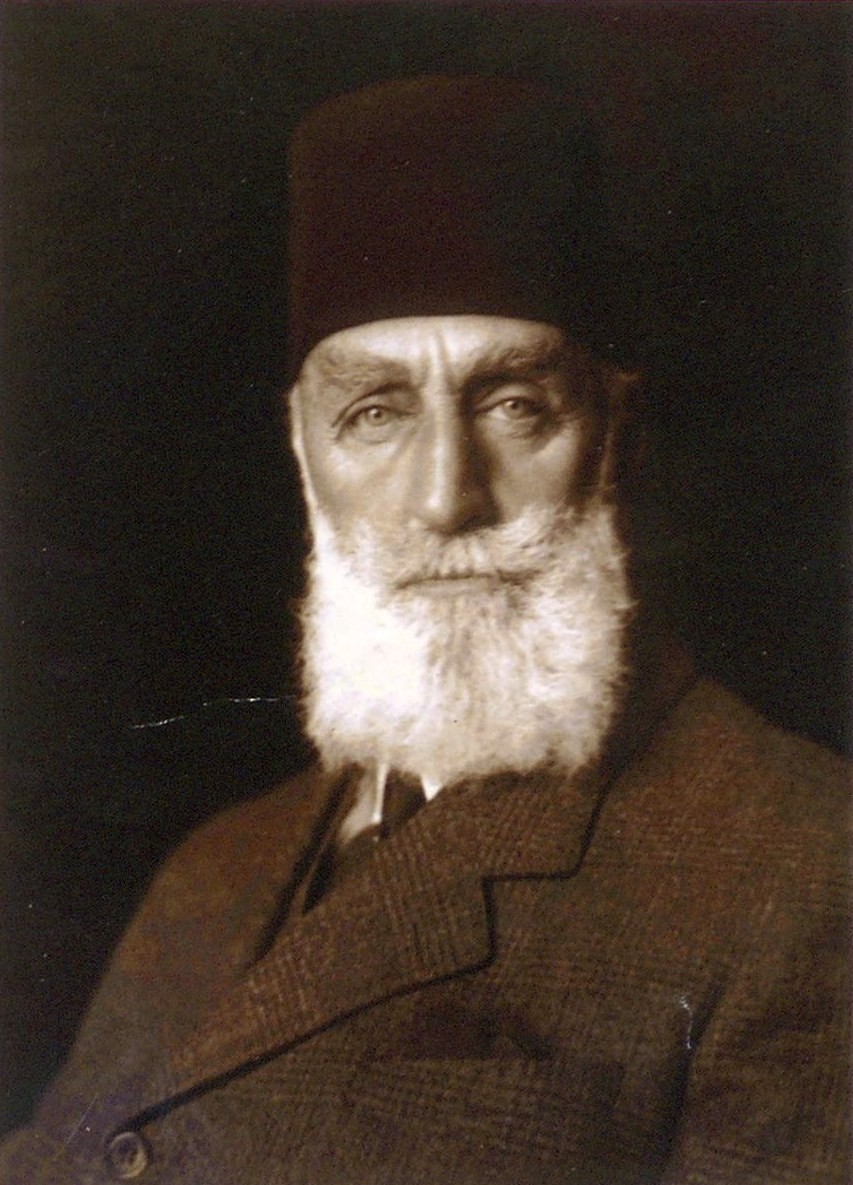
“... When the Caliph expressed his thanks, the station manager replied in words which brought tears to all eyes: ‘The Ottoman dynasty is the saviour of Turkish Jews. When our ancestors were driven out of Spain, and looked for a country to take them in, it was the Ottomans who agreed to give us shelter and saved us from extinction. Through the generosity of their government, once again they received freedom of religion and language, protection for their women, their possessions and their lives. Therefore our conscience obliges us to serve you as much as we can in your darkest hour.’
At midnight the Orient Express arrived. As the party began to board, watched by the other passengers, the Governor of Istanbul gave the Caliph an envelope containing passports, visas for Switzerland, and £2,000 sterling.
No imperial dynasty had lasted longer than the Ottomans. None left more regrets in its capital.”
[Constantinople by Philip Mansel, Page 414]

Website: www.aagahi.com
Twitter: @MAhmadZ
Telegram: @MAhmadZ
Soundcloud: @MAhmadZ
Email: MAhmadZ@pm.me
Constantinople قسطنطينية
Part 3 - Secular Turkey Embracing Islam
Muhammad Ahmad Zafar
19th December 2020
www.aagahi.com

“Banks were first established ... from the 1840s as trade with Europe grew ...”
[Osman’s Dream by Caroline Finkel, Page 478]
“Abdulmecid’s hope that Ottomans would lose their identity in their empire, like immigrants in the United States, was not fulfilled.”
[Constantinople by Philip Mansel, Page 297]
“... money borrowed to fund dams and railways was spent on the construction of further palaces, in addition to Dolmabahce.”
[Constantinople by Philip Mansel, Page 299-300]
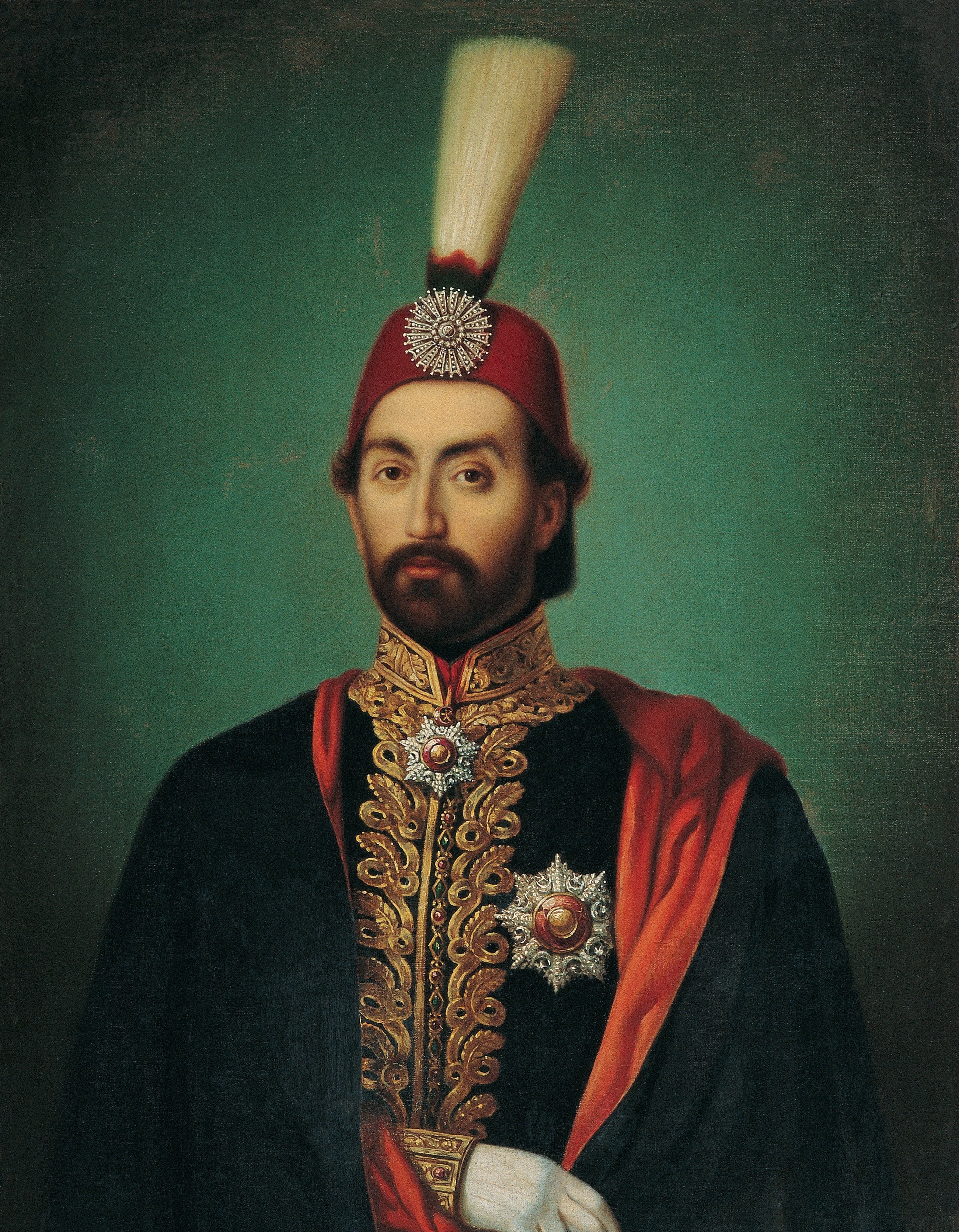
The Poor State of the Ottoman Empire
“After 1856, for the first time since 1453, church bells rang in Constantinople ... Many Greeks preferred the former superiority of Islam to the unwelcome novelty of equality with Jews.”
[Constantinople by Philip Mansel, Page 274]
“In 1869 the school system was reorganized and began to be secularized ...”
[Constantinople by Philip Mansel, Page 293]
“By AD 1875 the state was bankrupt.”
[Istanbul: A Tale of Three Cities, Page 548]
“... over half Ottoman expenditure went to servicing debts.”
[Constantinople by Philip Mansel, Page 300]
“In Istanbul and in Balkan cities like Salonica, the reform movement led to the formation of an exceedingly Westernized Muslim upper class.”
[Ataturk: An Intellectual Biography, Page 12]
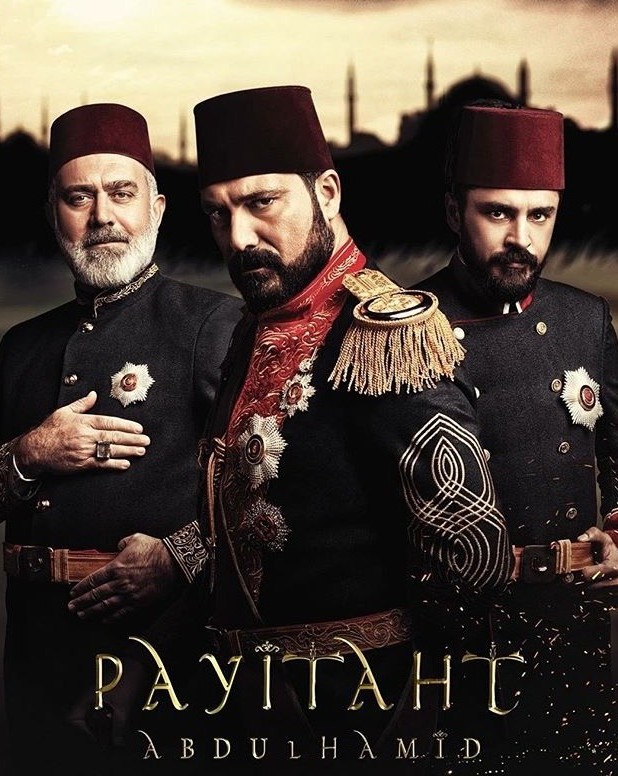

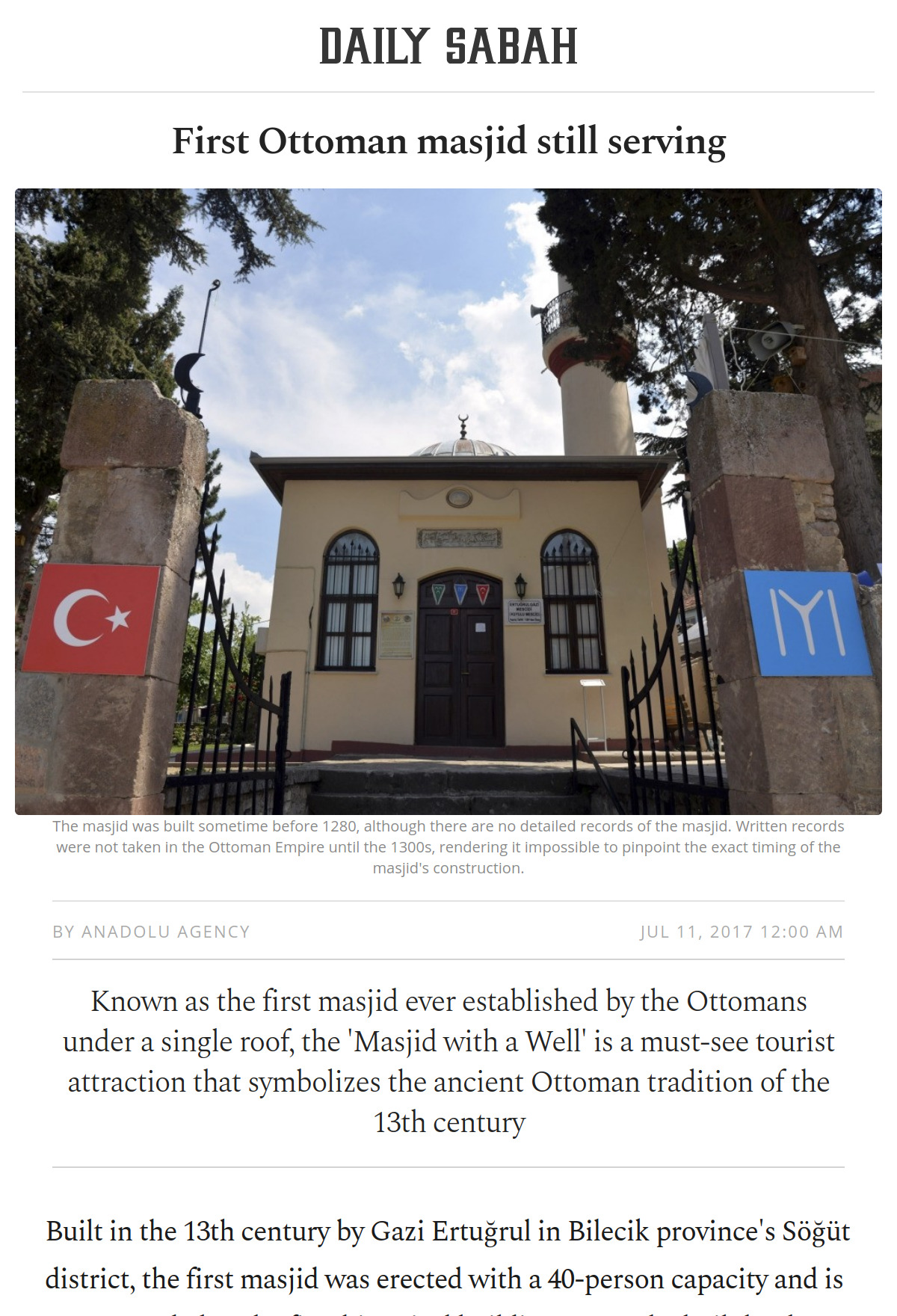
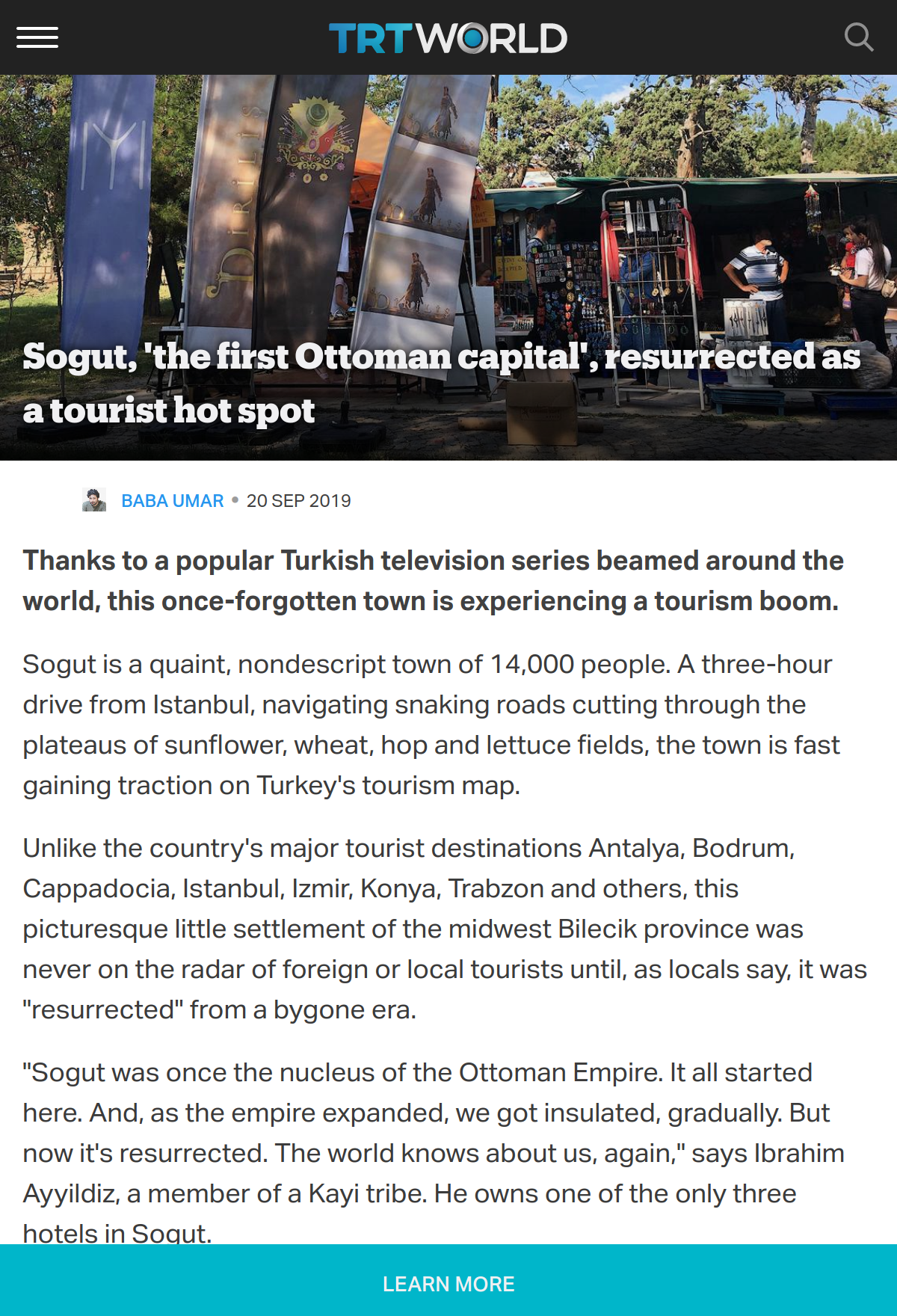
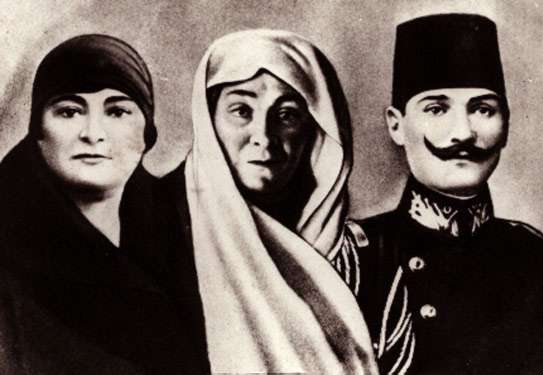
“Ali Riza and Zubeyde named their fourth child Mustafa ... first three children had died in infancy ... and only one of the two daughters born after Mustafa survived ...”
[Ataturk: An Intellectual Biography, Page 17]

“... his father reportedly drank alcohol ... Mustafa’s pious mother ...”
[Ataturk: An Intellectual Biography, Page 19 & 20]

“... graduating as a second lieutenant in 1902 and ranking in the top 10 of his class of more than 450 students. He then entered the General Staff College, graduating in 1905 as a captain and ranking fifth out of a class of 57 ...”
[Encyclopaedia Britannica, Kemal Ataturk]
“In April the Allies landed five divisions ... on the shores of the Gallipoli ... Kemal emerged ... a hero ... a highly decorated colonel ... Russian offensive that had commenced in January 1916 ... Kemal, who was now a brigadier general ... halted the Russian advance ... suspend their offensive over the winter.”
[Ataturk: An Intellectual Biography, Page 75-80]
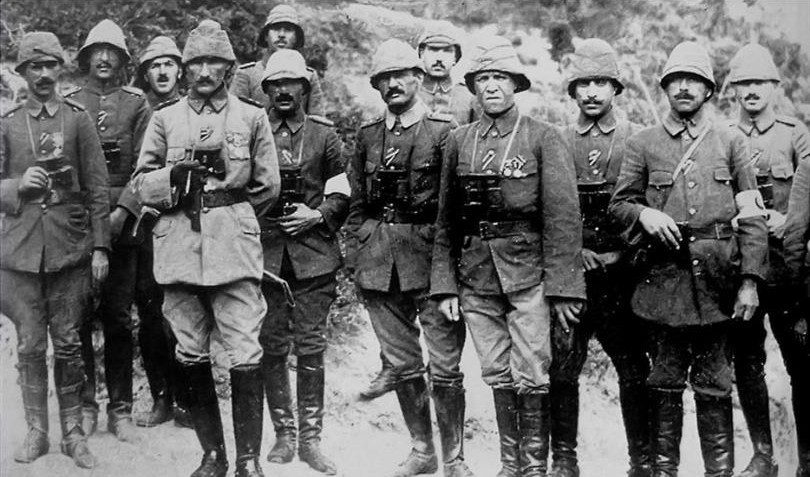
War of Independence (1918-1923)
Treaty of Sevres (1920)

“On 10 August 1920 Damad Ferid had signed the punitive treaty of Sevres. By its terms the Straits ... were placed under the control of an international commission. Eastern Anatolia was divided between an independent Armenia and autonomous Kurdistan. Greece was awarded Izmir and eastern Thrace. Even the size of the Sultan’s bodyguard was regulated ...”
“... the Sultan placed the Ministry of Finance, in addition to the Ministry of War, under Allied control.”
[Constantinople by Philip Mansel, Page 394-395]
Khilafat Movement
“The Khilafat movement’s handsome donation of £125,000, kept as emergency reserve by the nationalist government in Ankara, and its consistent pressure on the British government throughput the years 1920-22, depended on an understanding of the Anatolian struggle as a jihad to free the caliph-sultan from the hands of Christian crusaders.”
[Ataturk: An Intellectual Biography, Page 104]


Views of Jinnah
At the League Session meanwhile, Jinnah tactfully explained his own position. Whilst deploring the British policy of having used “India’s blood and India’s gold” to “break Turkey and buy the fetters of the Rowlatt legislation”, and warning that this might force Indians to take up non-cooperation, he added: “though not necessarily the programme of Mr. Gandhi”.
[Secular Jinnah & Pakistan, Page 7-8]
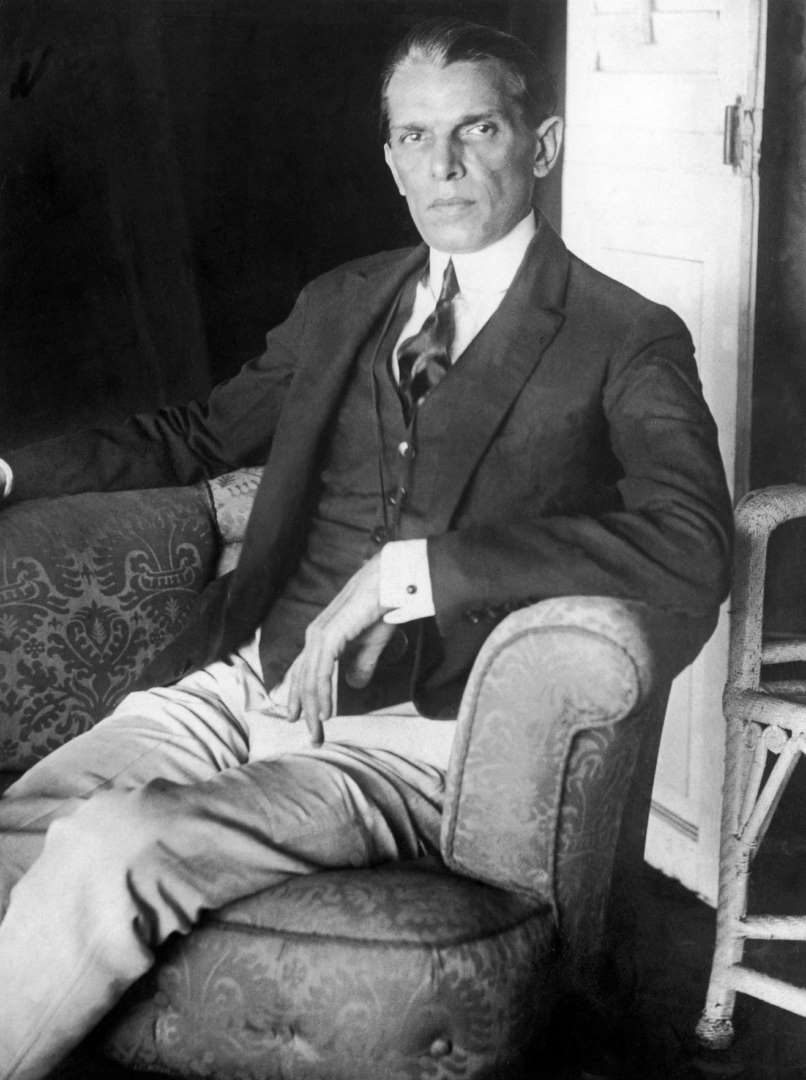
“The opening was deliberately scheduled for a Friday, following prayers at the central mosque ... Before they entered the building, which contained replica of the Prophet’s banner and a piece of hair from his beard, clerics completed a recitation of the full text of the Quran.”
“The Grand National Assembly also issued a law banning the production, sale, and use of alcohol throughout the country and mandating beatings for offenders.”
[Ataturk: An Intellectual Biography, Page 102 & 103]

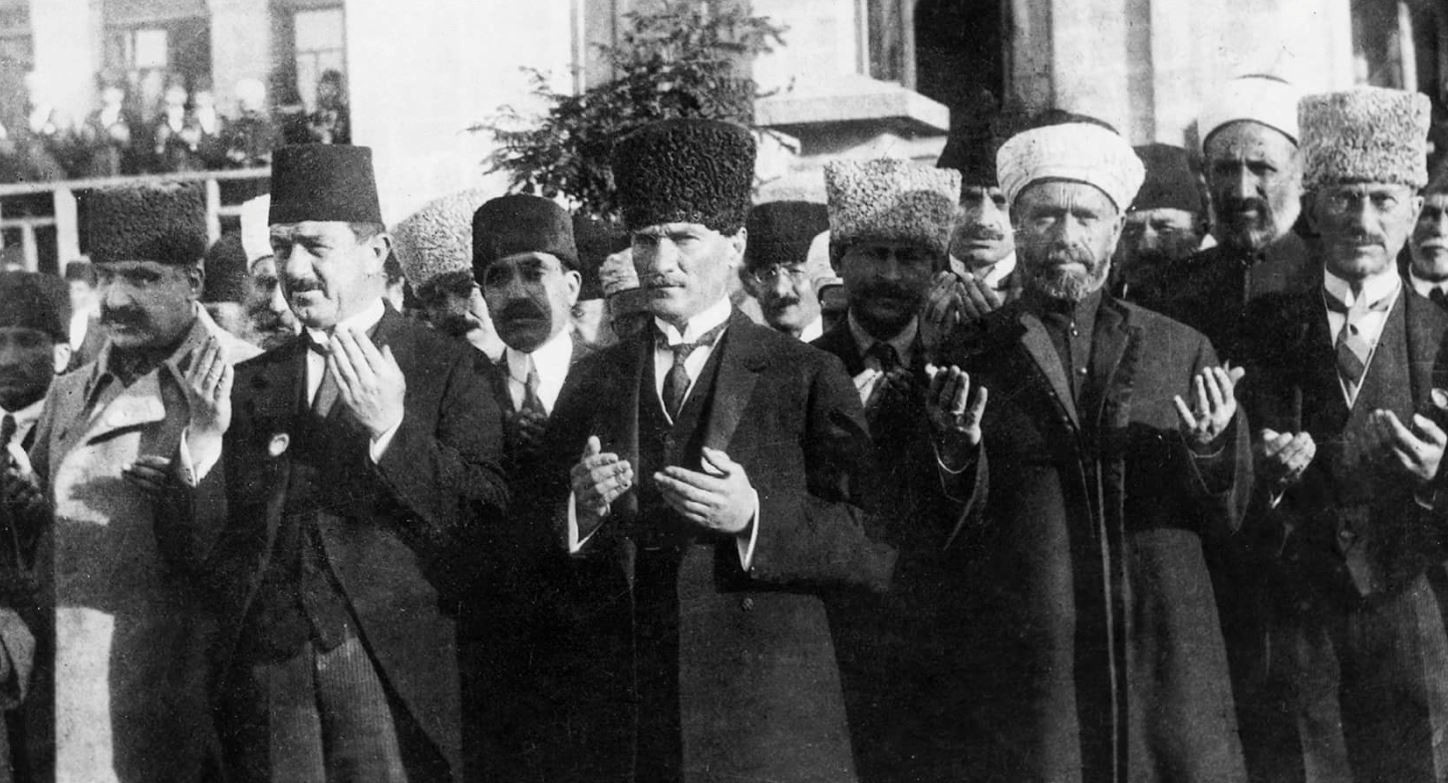
Secular Turkey
“In November 1922 ... the Sultanate was to be abolished ...”
[Istanbul: A Tale of Three Cities, Page 580-581]
“On 3 March 1924 ... Assembly voted to abolish the caliphate and ordered the Ottoman dynasty ... into exile.”
[Osman’s Dream by Caroline Finkel, Page 546]
“In March 1925 it was also made illegal in Turkey to show support for the Caliphate.”
[Istanbul: A Tale of Three Cities, Page 589]

“... demoted Islam from its place as the state’s official religion in 1928.”
[The New Sultan by Soner Cagaptay, Page 19]
Political & Administrative Map (1927)
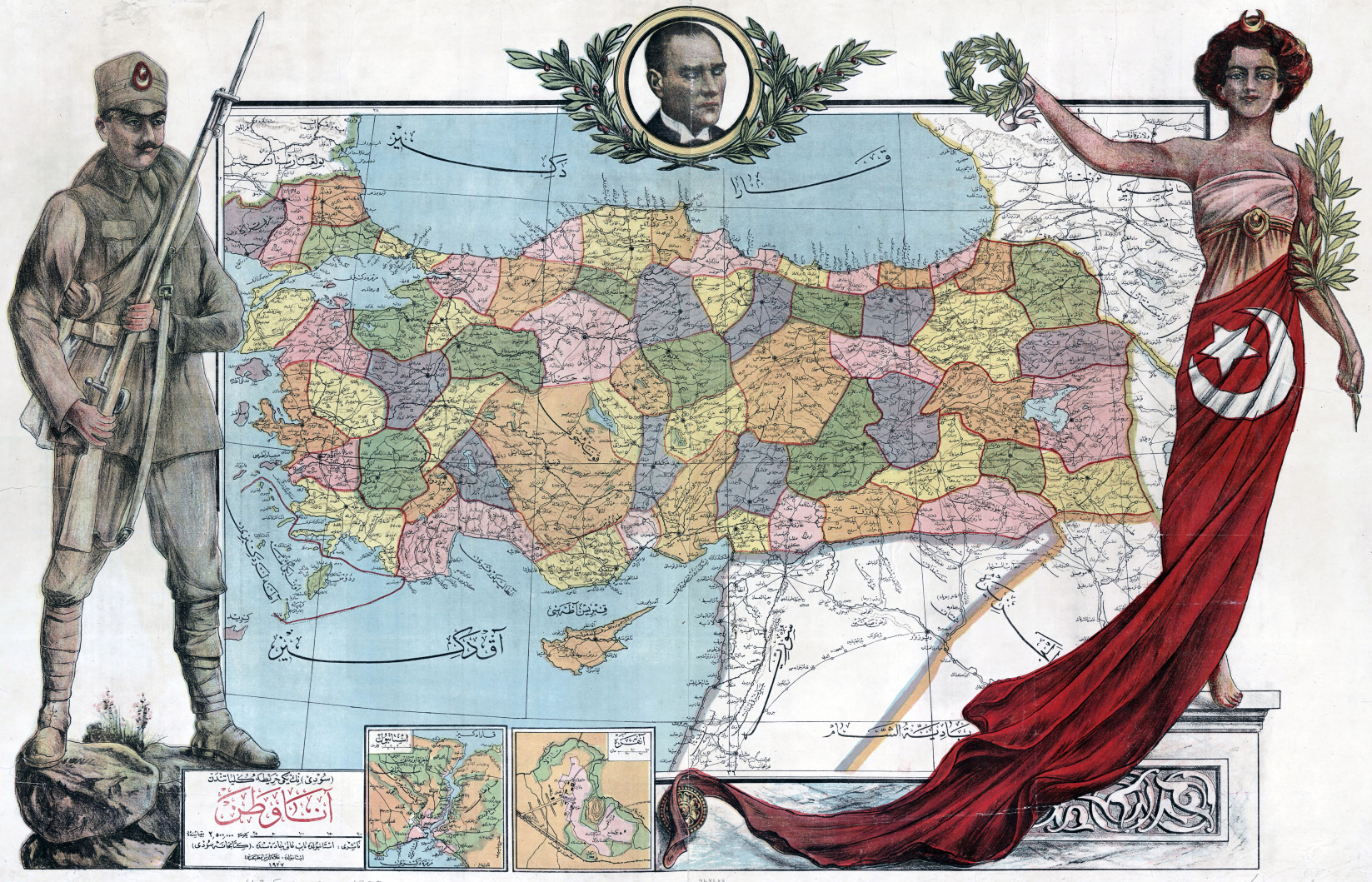
“The government duly requested the entire bureaucracy to participate in gathering and submitting ‘pure Turkish words’ to the authorities.”
“Official declarations had become virtually incomprehensible, and even the educated public could not follow many newspaper articles. Pocket Ottoman-Turkish and Turkish-Ottoman dictionaries were published in 1935 in the hope of helping people find pure Turkish synonyms ...”
[Ataturk: An Intellectual Biography, Page 173 & 175]

“... the Surname Law of June 21, 1934. This ruling required all citizens of the Turkish Republic to adopt a family name by January 1, 1935.”
[Ataturk, A Note on Transliteration]
“In 1934, Mustafa Kemal decided not to use his birth name, Mustafa, on the grounds that it was not Turkish.”
“... not Kemal ... but Kamâl, allegedly an old Turkish term meaning ‘fortification’.”
[Ataturk: An Intellectual Biography, Page 176]
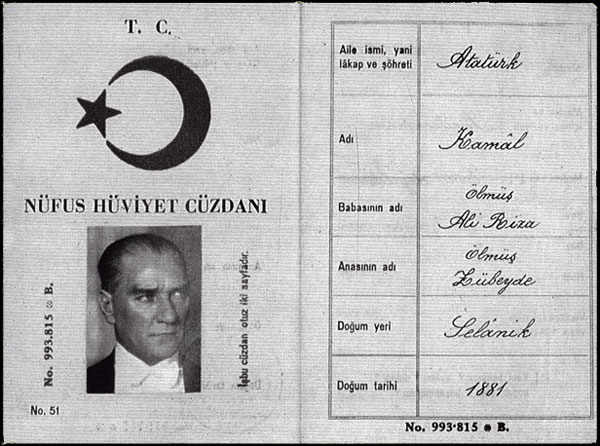
“In November 1934 the Turkish Grand National Assembly bestowed upon him the surname Atatürk ...”
[Ataturk: An Intellectual Biography, Page 185]
“Legal changes made ... required the use of Turkish at three stages of the ritual prayer: the call to prayer, the invitation to prayer at the mosque, and the recitation of the phrase ‘God is Great’ ... closed down the madrasahs in 1924 ... dervish lodges in 1925.”
[Ataturk: An Intellectual Biography, Page 155]
“... Tanri, an old Turkish word also used for pagan Turkic deities, replaced the customary Allah ... Nevertheless, the early Republican press often referred to Islam as an ‘Arab religion’.”
[Ataturk: An Intellectual Biography, Page 62-63]
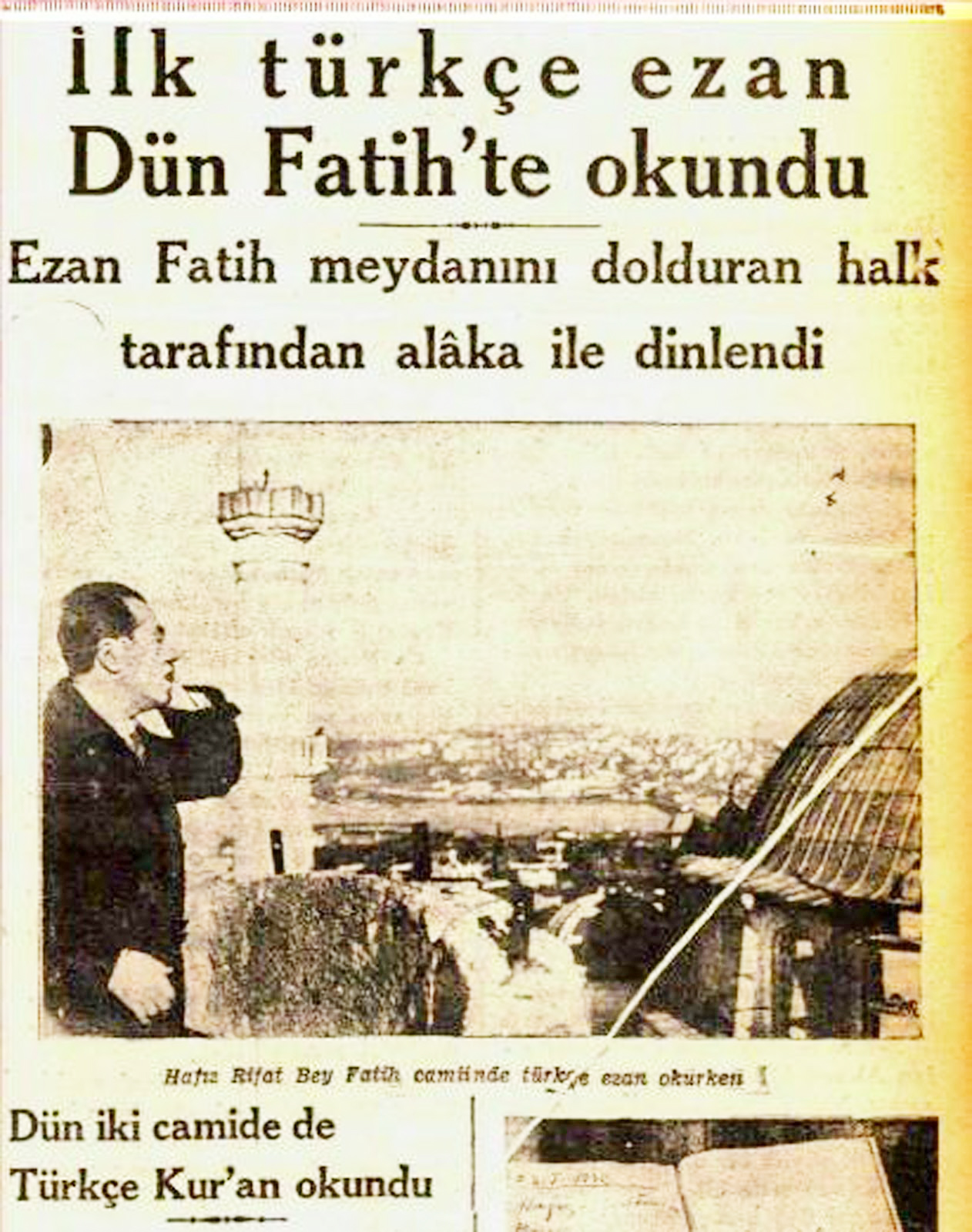
“The veil was discouraged, although not explicitly forbidden. Within a few years, so strong was the pressure of the state that it was hard to find a veiled women in Istanbul. In 1925 the fez, symbol of Ottoman Empire and Islam, was outlawed ...”
[Constantinople by Philip Mansel, Page 417]
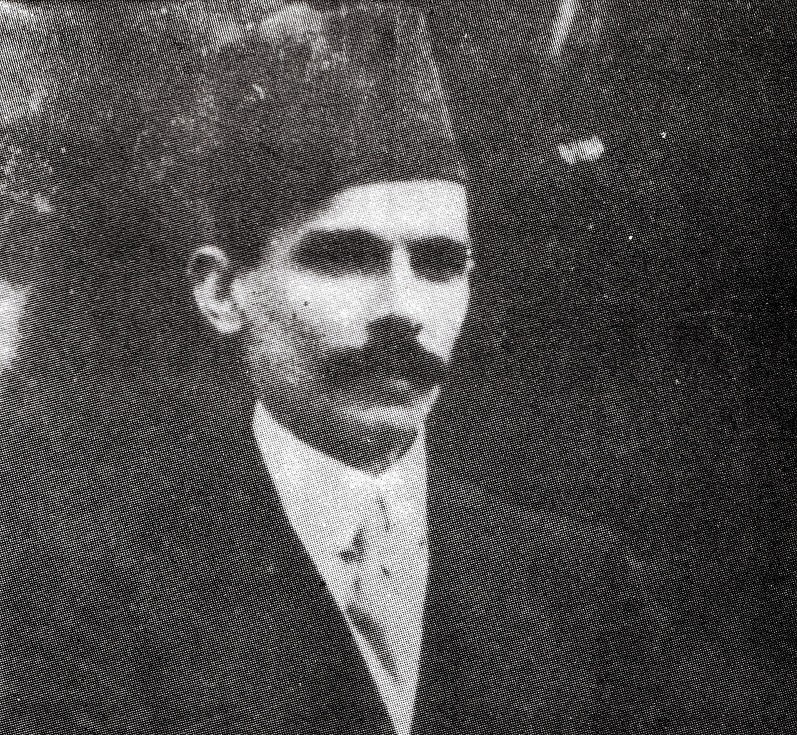


“Yet despite his apparent nationalist and scientistic proclivities, Mustafa Kemal did not confront Islam openly. He paid lip service to religion ...”
[Ataturk: An Intellectual Biography, Page 63]
The Rise of Soviet Union & Communism

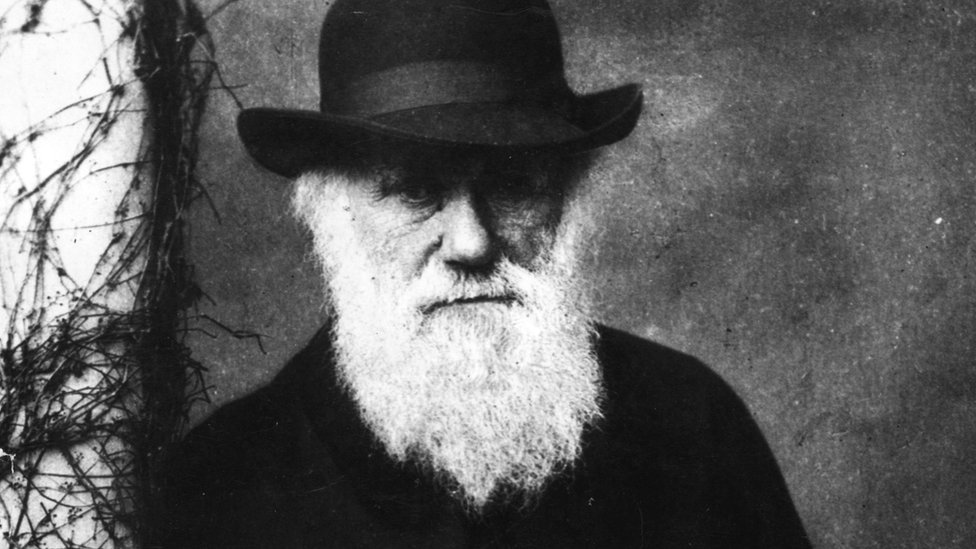
“He placed a premium on findings that highlighted Turkish involvement in the origins and evolution of human civilization.”
[Ataturk: An Intellectual Biography, Page 163]
“... early Republican textbooks ... provided a different explanation of the latest phases of human evolution and history. Skipping from the appearance of mammals and the start of tool-making to the emergence of civilized life in the Turkish homeland in 9000 BC ...”
[Ataturk: An Intellectual Biography, Page 162]

“According to the Turkish history thesis, the cradle of human civilization was Central Asia, the Turkish homeland. From here the Turks had migrated to all Old World continents, establishing major states, such as the Sumerian and Hittite empires, and helping ‘backward’ human groups such as the Chinese and Indians to produce impressive civilizations. Similarly, the Turks could take substantial credit for the achievements of Greco-Roman civilization, which was the product of Turkic peoples who had migrated to Crete & Italy.”
“... further maintained that ‘Turks lived clothed during the stone [Neolithic] age in 12000 BC, while Europeans reached that stage 5,000 years later.’ Thus, the Turks were not merely the founders of ‘world civilization’ but also the people who spread it throughout the world ... Mustafa Kemal wished to erase any traces of Ottoman history.”
[Ataturk: An Intellectual Biography, Page 164-165]
“The adoption of the Gregorian calendar in 1925 including the concepts ‘BC’ and ‘AD’ ...the replacement of the fez with the European hat in 1926 ... and the acceptance of Sunday as the weekly holiday instead of Friday in 1935 ...”
[Ataturk: An Intellectual Biography, Page 159]
“In December 1925, Turkey switched officially to the Gregorian calender ... and abandoned the two traditional Muslim calendars that had been in use during the Ottoman era: the Hijra calendar ... and the Rumi calendar, which combines the solar months of the Julian calendar with a divergent numbering of the years according to the Hijra era.”
“The acceptance of the Western way of reckoning the time of day, instead of Ezani time ... in May 1935 when the weekly holiday was switched from the Muslim Friday to the Christian Sunday.”
[Ataturk: An Intellectual Biography, Page 217-218]
“In 1923, Mustafa Kemal dismissed the Islamic prohibition of sculpture as obsolete.”
“In 1924 the first stamps bearing his image were issued. In 1927 banknotes with his portrait entered circulation.”
“Buildings in which he had stayed, places he had visited, and spots where he had delivered speeches became shrines, and objects that he had used acquired the status of sacred relics.”
[Ataturk: An Intellectual Biography, Page 185-187]

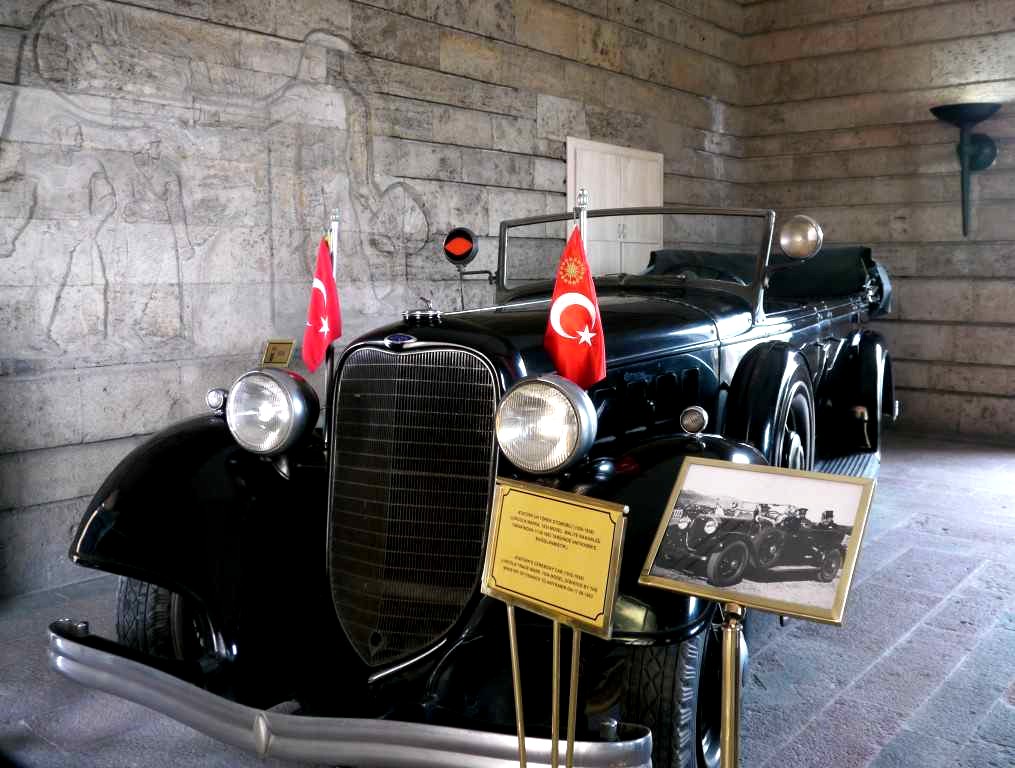
“By the time of his death, Mustafa Kemal had unintentionally, though not accidentally, become the revered founder of a new religion, Kemalism.”
[Ataturk: An Intellectual Biography, Page 192]
“The final goal was for every Turk to stand up and proudly declare, ‘My Turkishness is my religion.’”
[Ataturk: An Intellectual Biography, Page 181]
“In a book titled Kamâlism (1936) ... called it ‘a religion for living.’”
[Ataturk: An Intellectual Biography, Page 193]
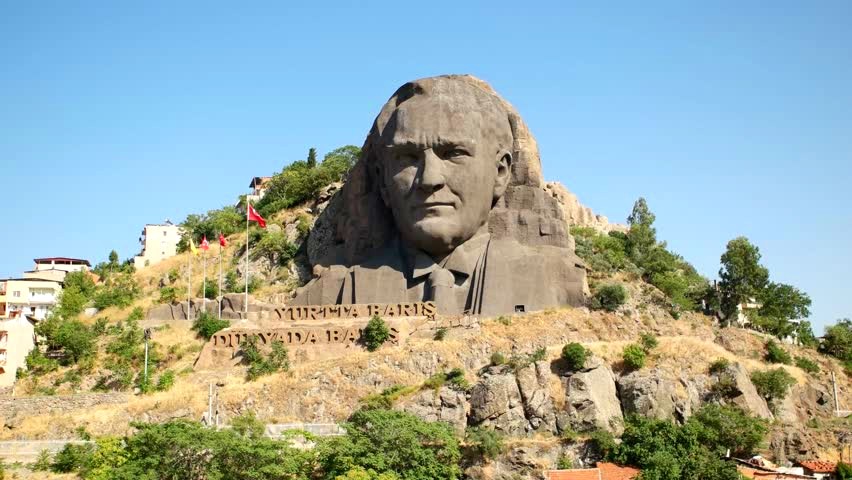
“The president of the republic and the parliamentary deputies are sworn into office with a pledge to ‘remain faithful to Ataturk’s principles and reforms.’”
[Ataturk: An Intellectual Biography, Page 198]
Allama Iqbal on Modern Nationalism (1)
اس دور میں مے اور ہے، جام اور ہے جم اور
ساقی نے بِنا کی روِشِ لُطف و ستم اور
مسلم نے بھی تعمیر کیا اپنا حرم اور
تہذیب کے آزر نے ترشوائے صنم اور
ان تازہ خداؤں میں بڑا سب سے وطن ہے
جو پیرہن اس کا ہے، وہ مذہب کا کفن ہے
[علامہ اقبال، بال جبر یل]
Allama Iqbal on Modern Nationalism (2)
اقوامِ جہاں میں ہے رقابت تو اسی سے
تسخیر ہے مقصودِ تجارت تو اسی سے
خالی ہے صداقت سے سیاست تو اسی سے
کمزور کا گھر ہوتا ہے غارت تو اسی سے
اقوام میں مخلوقِ خدا بٹتی ہے اس سے
قومیّتِ اسلام کی جڑ کٹتی ہے اس سے
[علامہ اقبال، بال جبر یل]

“In 1934 Turkish Pres. Kemal Atatürk secularized the building, and in 1935 it was made into a museum.”
[Encyclopaedia Britannica, Hagia Sophia]
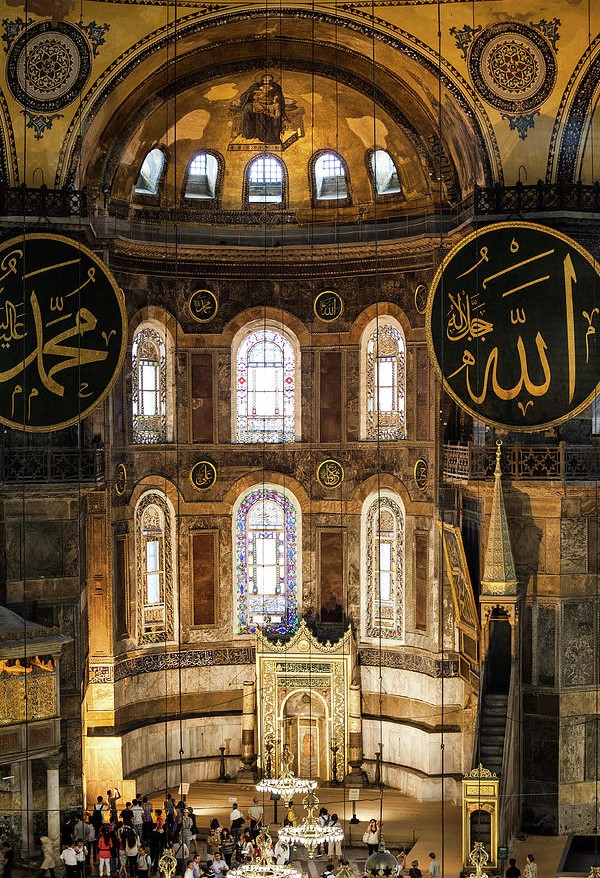
“In the early stages of the reform period, the Egyptian Sheikh Muhammad al-Ghunaymi al-Taftazami expressed the fear that the Quran would soon be seen in Turkey only in museums.”
[Ataturk: An Intellectual Biography, Page 224]
اگر عثمانيوں پر کوہ غم ٹوٹا تو کيا غم ہے
کہ خون صد ہزار انجم سے ہوتی ہے سحر پيدا
[علامہ اقبال، طلوع اسلام]

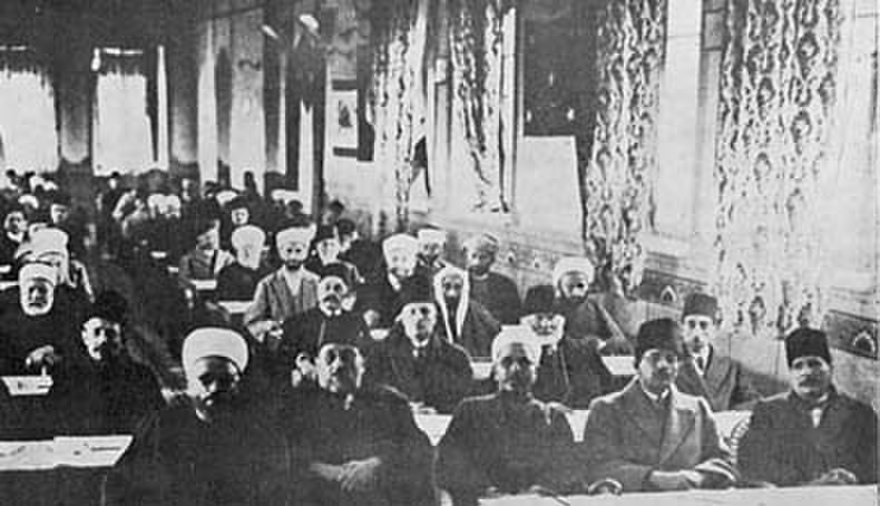

[Frontline Turkey by Ezgi Basaran, Page 118]
“His penchant for late-night debates fuelled with liberal quantities of rakı, his favorite drink, took a terrible toll, and by the late 1930s it was obvious that his health was failing. On November 10, 1938, at 9:05 in the morning, Mustafa Kemal, Atatürk, died in the last palace of the Ottoman sultans.”
[Encyclopedia of the Ottoman Empire, Page 60]
“He passed away at Dolmabahçe Palace in Istanbul on November 10, 1938 at 9:05 a.m. due to liver cirrhosis.”
[Official Website of Turkish Military Academy NDU]
www.kho.edu.tr/eng_about_tma/ataturk/biography.html
Why Kemal Ataturk was Anti-Islam?
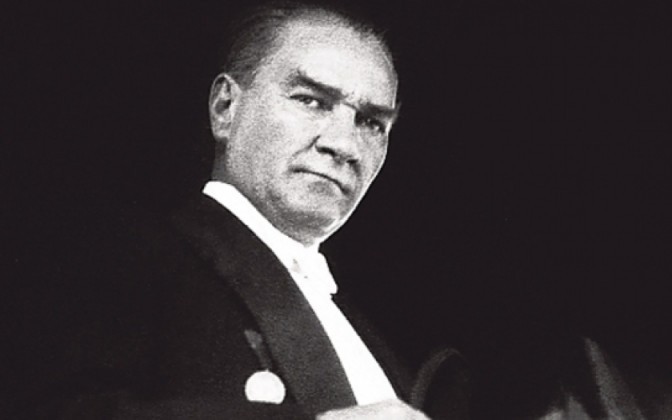
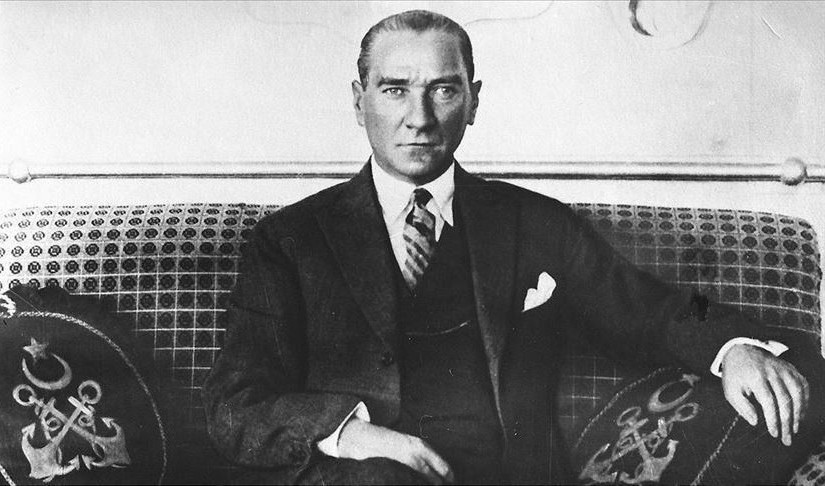

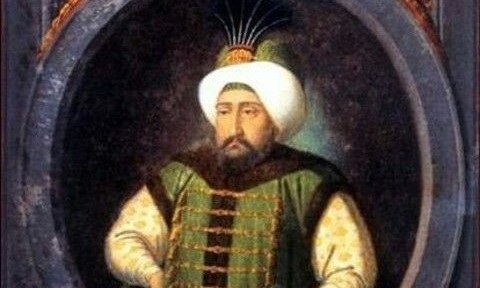
“In the 1650s Mehmed IV went around the markets incognito ... Government policy, and the system of feeding the poor through the mosques, kept Constantinople one of the best fed cities of Europe.”
[Constantinople by Philip Mansel, Page 119]

“Ottoman Jews, being one of the largest Jewish communities in the world ...”
[The Burden of Silence by Cengiz Sisman, Page 15]
“... Rabbi Tsarfati of Edirne ... to European Jewry, described the Ottoman Empire not merely as a place of refuge but also as a land of economic opportunity where, unlike anywhere else, Jews could live and practice their religion freely ... (Elijah) Capsali ... likened Sultan Suleiman the Magnificent to King Solomon, as an emancipator and protector of the Jews.”
[The Burden of Silence by Cengiz Sisman, Page 21-22]
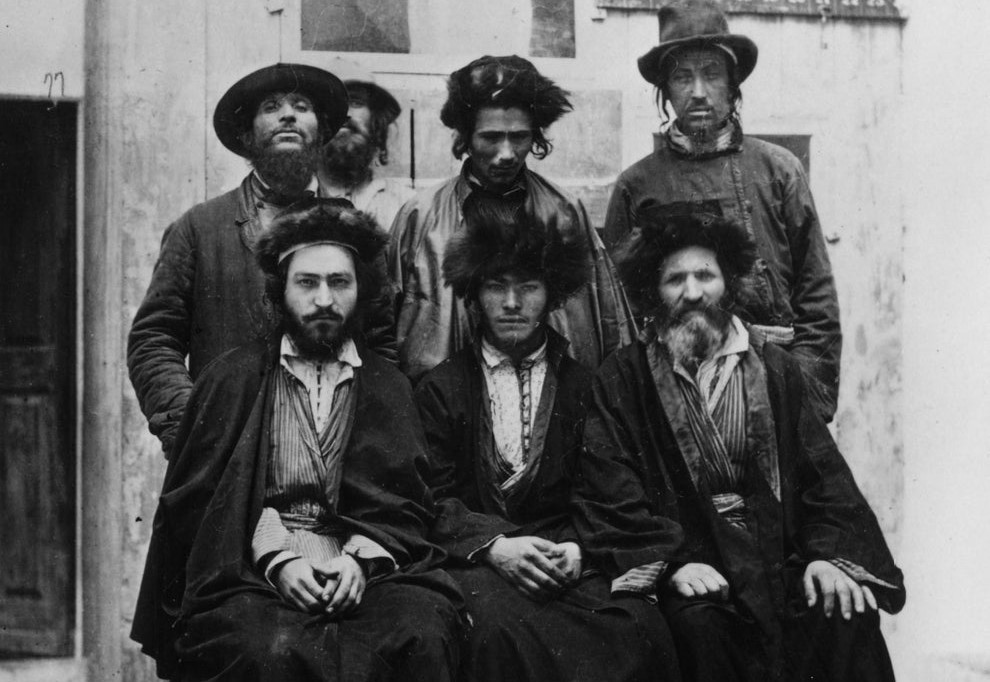
“... Ashkenazi emigration to the empire took place in those years as well. These emigrants came as refugees or prisoners from Eastern Europe ... chose to remain in the empire.”
[The Burden of Silence by Cengiz Sisman, Page 17]

“Jews were often persecuted and even forced to convert in the neighboring Safavid Empire in the mid-seventeenth century, but this communal threat had no effect on the Jews of the Ottoman Empire.”
[The Burden of Silence by Cengiz Sisman, Page 77]
“Sabbatai’s growing popularity, coupled with his public displays of antinomian behavior, such as the pronouncing of the Ineffable Name and eating forbidden food, greatly upset the established Jewish authorities.”
[The Burden of Silence by Cengiz Sisman, Page 47]
“Through a Christian lens, ... the Antichrist, wrote letters to Jews all around the world when he was in Izmir, and that he called himself the First Created, the only Son of God, the Messiah and Redeemer of Israel.”
[The Burden of Silence by Cengiz Sisman, Page 48]
“Sabbatai was brought from Izmir to Istanbul in chains ...”

“In the presence of the sultan ... given the choice of converting to Islam or facing execution on September 16, 1666. His choice of converting to Islam ...”
[The Burden of Silence by Cengiz Sisman, Page 55-60]
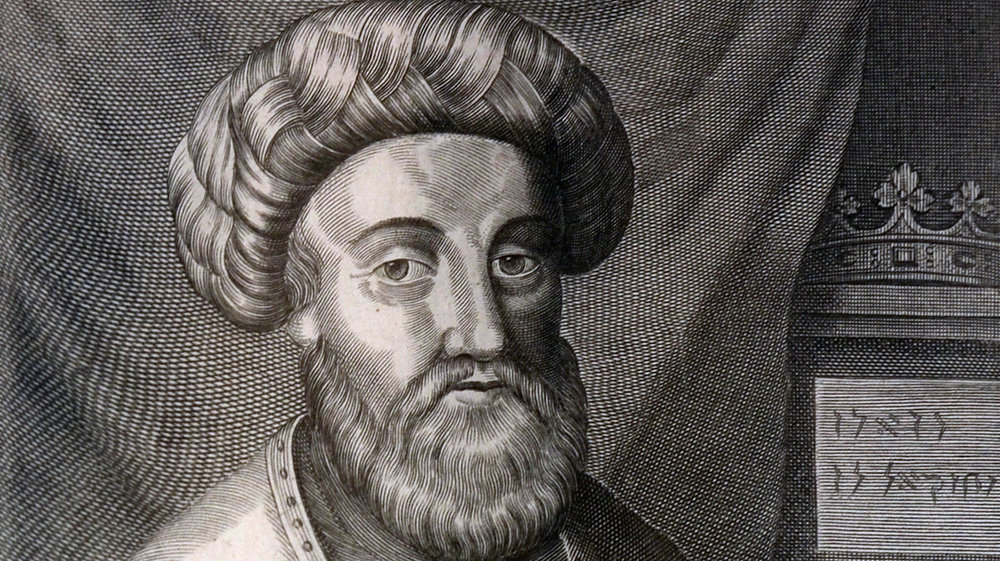
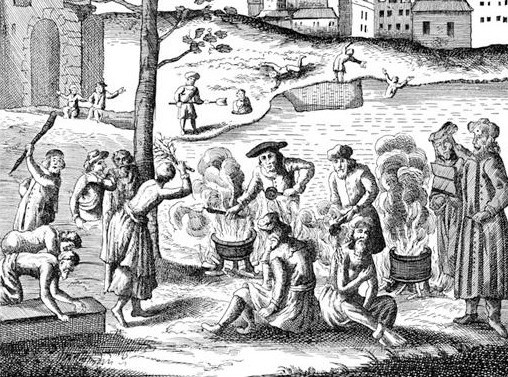
“... he also developed a strong interest in Sufism, and joined the zikr ceremonies in Sufi lodges in Edirne.”
[The Burden of Silence by Cengiz Sisman, Page 89]
“... he invited the believers to convert into Islam in his presence ... Later Donme tradition believed Sabbatai chose among the chosens and sent them to Salonica.”
[The Burden of Silence by Cengiz Sisman, Page 98]
“The more new converts he gained, the more privileges he was granted by the Ottoman authorities.”
[The Burden of Silence by Cengiz Sisman, Page 101]
“In Istanbul ... he prayed first in Hebrew and then in Turkish, with both the Talmud and the Quran in his hand.”
[The Burden of Silence by Cengiz Sisman, Page 105]
“... arrested Sabbatai on the basis of the testimonies of Muslim eyewitnesses who saw him uttering blasphemous words (elfaz-i kufur) and complaints arriving from the Jewish community.”
[The Burden of Silence by Cengiz Sisman, Page 106]
“He was put on trial in Edirne ... in front of the sultan, the grand vizier, Vani Efendi ... was found guilty.”
“With the mediation of the sultan once again, his sentence was changed to banishment ... where almost no Jews lived.”
[The Burden of Silence by Cengiz Sisman, Page 108-109]
“He died at the age of fifty ... exactly ten years after his conversion ... The death of the messiah was the next great shock and paradox for the believers after his conversion.”
[The Burden of Silence by Cengiz Sisman, Page 114]
“These schools were opened by Semsi Efendi ... most famous attendees were Mustafa Kemal (Ataturk) ...”
“... Osman Tevfik ... was a calligraphy and history teacher in the Military High School where he became Mustafa Kemal Ataturk’s second Donme teacher after Semsi Efendi (there were four in total).”
“At one point the Donmes were the only group active in the Young Turk movement in Salonica.”
[The Burden of Silence, Page 217-227 & 243]
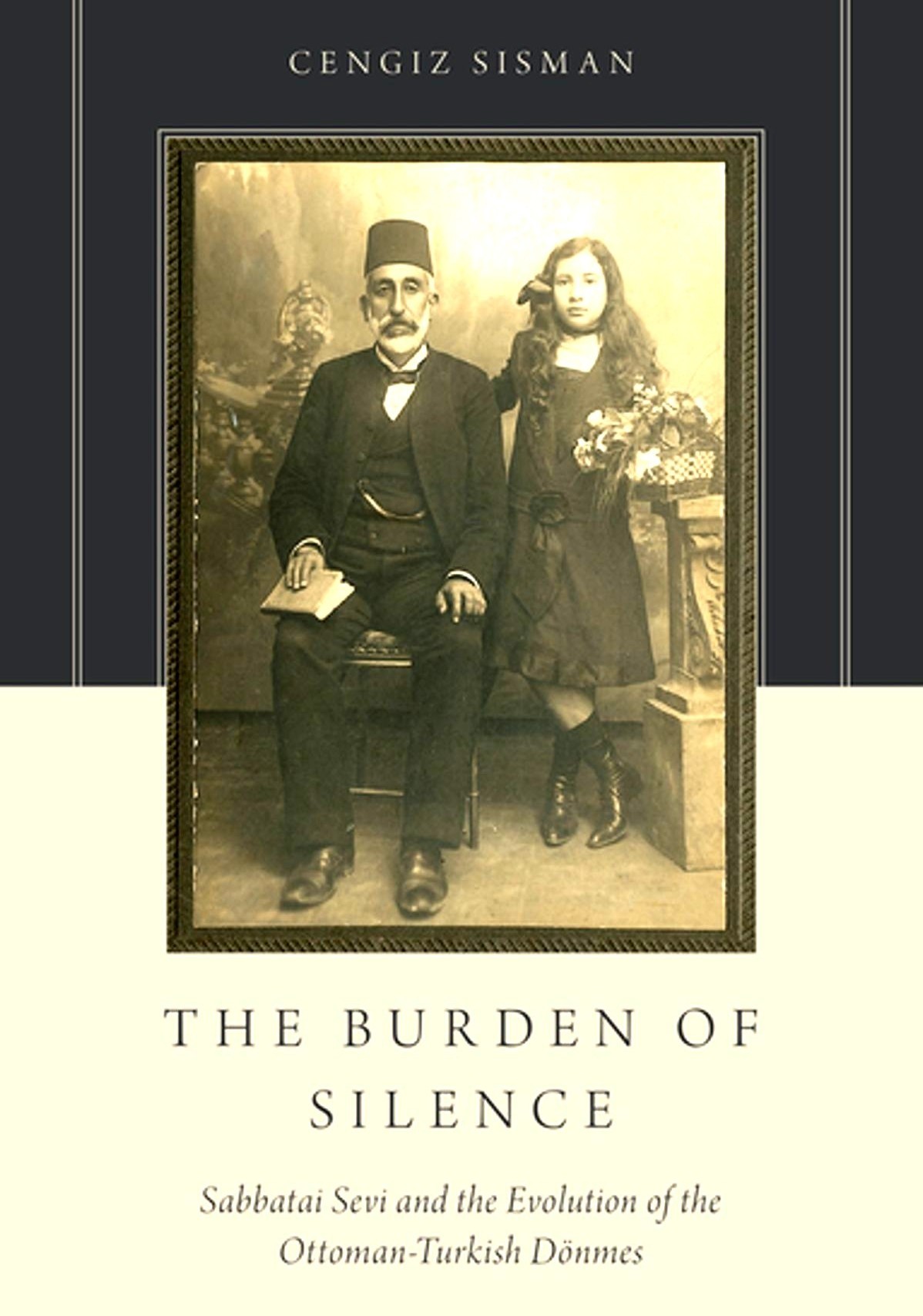
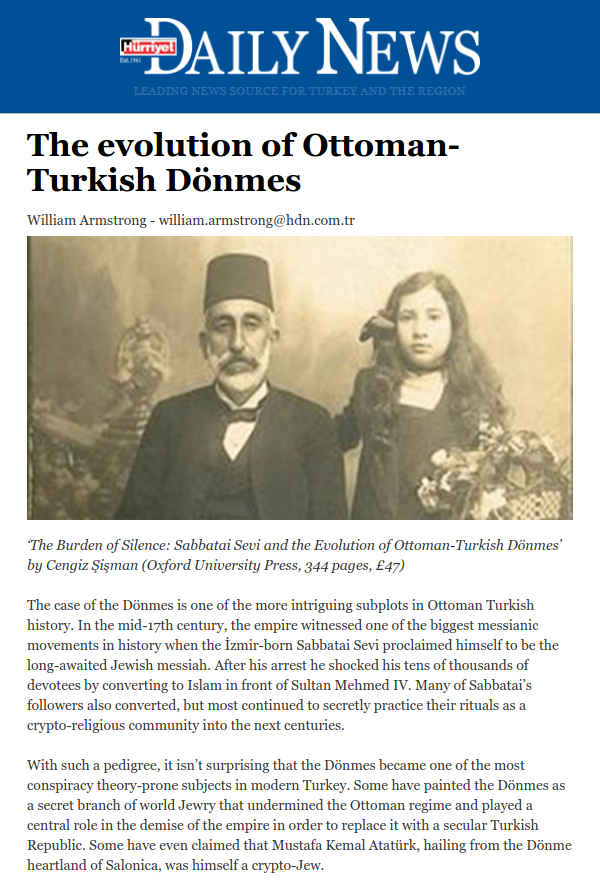
“The Times of London states: ‘Mustafa Kemal, reported by some to be of Salonika Jewish descent ...’”
“... document dated 1922 from the American Immigration Service gives us more detail on the claims about Mustafa Kemal’s alleged Dönme origin.”
[The Burden of Silence, Page 267]
“... the possible Donme origin of his wife Latife Hanim and his close friendship with Donmes ... and reasons of his silence on these matters until he died.”
[The Burden of Silence, Page 268]
“According to Cemal Granda, who served him for twelve years, Mustafa Kemal is reported to have said: ‘Some people seem to think that I was of a Salonican and therefore Jewish origin. Don’t forget that Napoleon was of Corsican origin, Italian, as well. But he died as a French man and history remembers him as being French. Everyone needs to work for the society in which they live.’”
[The Burden of Silence, Page 268-269]

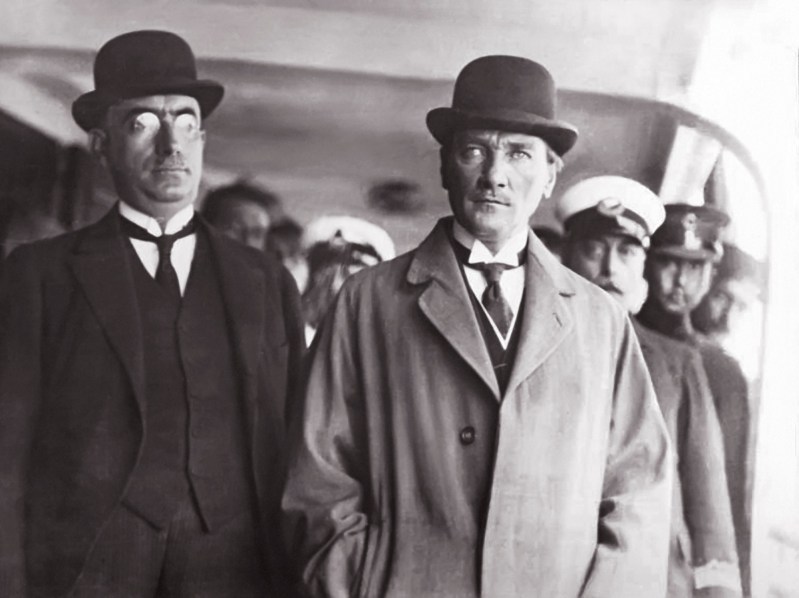
“Accordingly, in his major theological work, a Quranic commentary called the ‘Risale-i Nur’ (Epistle of Light), which he wrote between 1910 and 1950, Nursi advocated a kind of civic activism - referred to as ‘muspet hareket’ (positive action) - that was both non-political and non-violent ... quite different from the open political activism ... other Islamist thinkers ...”
“Nursi thus recognised ... relationship between religion and modern science.”
[The Gulen Movement in Turkey, Page 3]

“... attempted in his own lifetime to establish a university ... encountered opposition from the State and was never realised ...”
[The Gulen Movement in Turkey, Page 17]
“... imprisonment for his ‘anti-secular’ activities ... spent considerable periods of time in detention ...”
[The Gulen Movement in Turkey, Page 37]
“Nursi considered that a grass-roots social and religious transformation of the individual was required first, and that broader social transformation would come later on, when the time and circumstances were right ... he encouraged his followers to vote and to remain active participants in the Turkish political process.”
[The Gulen Movement in Turkey, Page 41]
The Nursi Movement

“He sought rather to encourage in his followers a kind of faith based on reasoning and individual conviction (tahkiki iman) rather than blind adherence to the precedent of tradition (taklidi iman).”
[The Gulen Movement in Turkey, Page 39]
Pakistan & Turkey Relations
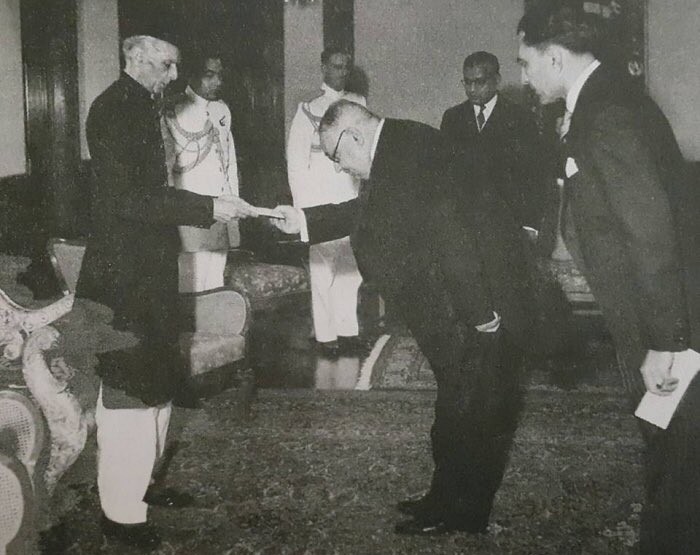
“On 10 August 1920 Damad Ferid had signed the punitive treaty of Sevres. By its terms the Straits ... were placed under the control of an international commission. Eastern Anatolia was divided between an independent Armenia and autonomous Kurdistan. Greece was awarded Izmir and eastern Thrace. Even the size of the Sultan’s bodyguard was regulated ...”
“... the Sultan placed the Ministry of Finance, in addition to the Ministry of War, under Allied control.”
[Constantinople by Philip Mansel, Page 394-395]
Promise of Kurdistan
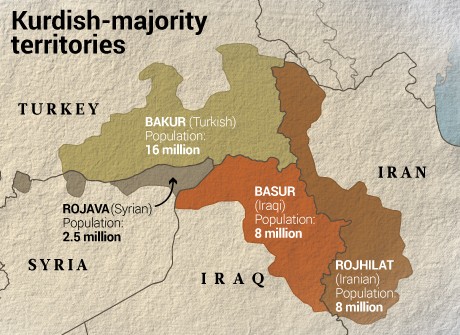
“After 1923 the Turkish republic denied Kurds freedom & identity. Although initially the nationalists favoured ... 1925 the rebellion ... in favour of ... Caliphate as well as the Kurdish nation was crushed.”
[Constantinople by Philip Mansel, Page 420-421]
“The military conflict between the PKK (Partiya Karkaren Kurdistan, Kurdistan Workers’ Party) and the Turkish military began in 1984.”
“By 1990 ... the PKK had already become a second authority, a rival state-like organisation in the region ...”
“... their rebellion is not based on Islamist principles, but on Marxist and other secular references ... the majority Kurdish ... of Iran, Turkey, Syria and Iraq have been suppressed by all four countries ...”
[Turkey Reframed, Page 24-25 & 107]
Clash with Armenia

“Armenia was converted to Christianity about 300 CE, becoming the first kingdom to adopt the religion ...”
[Encyclopaedia Britannica, Armenia]
“... Armenia was formally under Arab control in 645 ...”
[Istanbul: A Tale of Three Cities, Page 284]

Cyprus Divided

“... British, who assumed control of Cyprus in 1878.”
[Istanbul: A Tale of Three Cities, Page 548]
“In 1960 Cyprus became independent of Britain ... as the Republic of Cyprus. The long-standing conflict between the Greek Cypriot majority and the Turkish Cypriot minority and an invasion of the island by Turkish troops in 1974 produced ... partition of the island and led to the establishment in 1975 of a de facto Turkish Cypriot state in the northern third of the country. The Turkish Cypriot state made a unilateral declaration of independence in 1983 and adopted the name Turkish Republic of Northern Cyprus ... recognized only by Turkey.”
[Encyclopaedia Britannica, Cyprus]
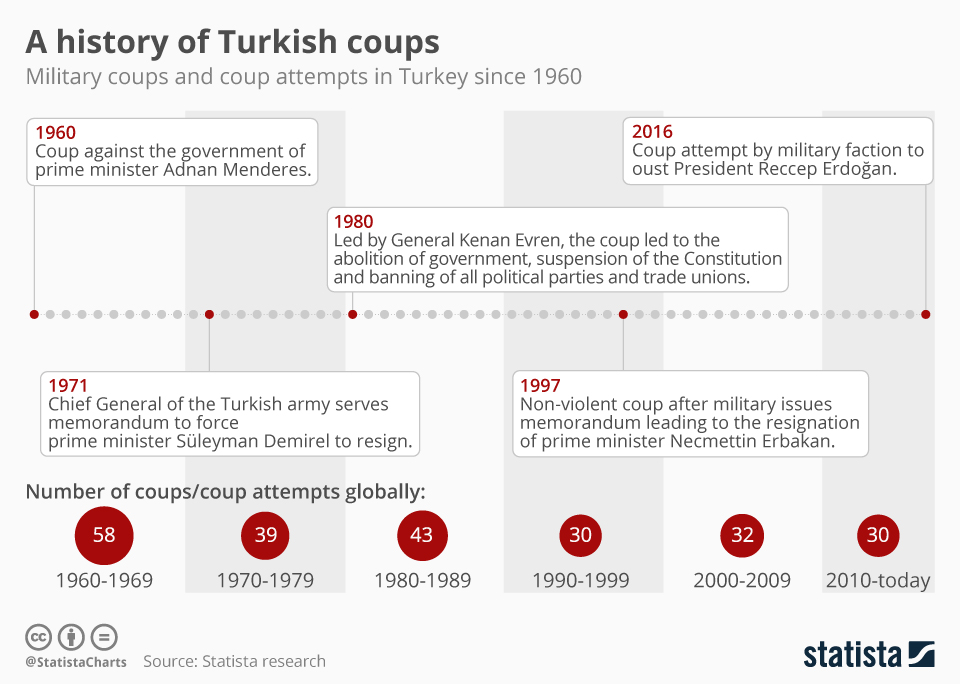
“... 1950 was to mark the end of the religious reforms, and the return of the Arabic call to prayer in Turkey.”
[Ataturk: An Intellectual Biography, Page 157]
“Having won three straight elections - in 1950, 1954, and 1957 - the DP (Democrat Party) ...”
[The New Sultan by Soner Cagaptay, Page 25]
“... one of its first actions after its election victory was to permit the Islamic call to prayer (ezan) to be made in Arabic.”
[The New Sultan by Soner Cagaptay, Page 28]
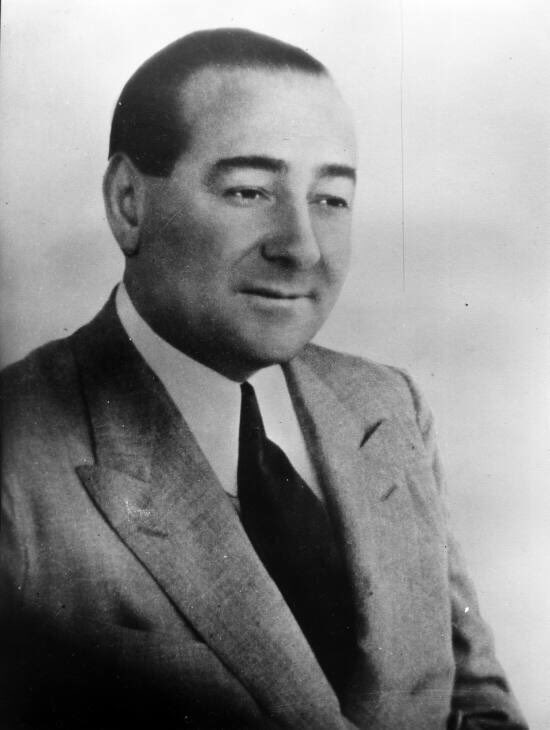
“... Ataturk cultivated pragmatic ties with the Soviet Union and Turkey stayed out of World War II. But soon ... Moscow demanded territory ... Ankara rushed into the open arms of the West. After sacrificing precious blood and treasure to the war effort in Korea, Turkey attained NATO membership in 1952.”
“The DP also initiated Turkey’s EU ambitions by applying to join the EU’s predecessor, the European Economic Community (EEC), in 1959.”
[The New Sultan by Soner Cagaptay, Page 169 & 41]

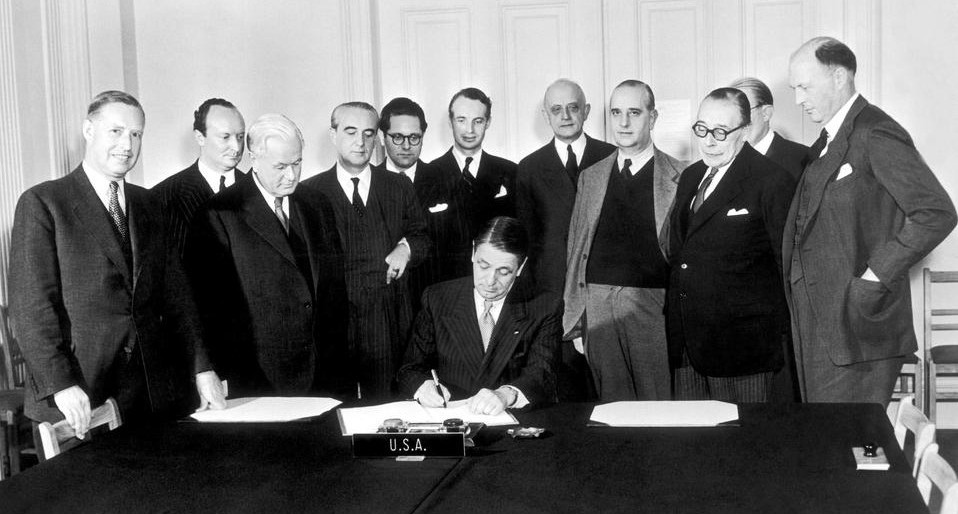
“‘The Turkish nation is Muslim and will remain so forever. It is off limits to trespass freedom of religion in this country,’ Menderes said of Turks.”

“When the military junta read the hanging sentence to his face, he ... only said, ‘May Allah protect our nation.’”

The First Military Coup - 1960
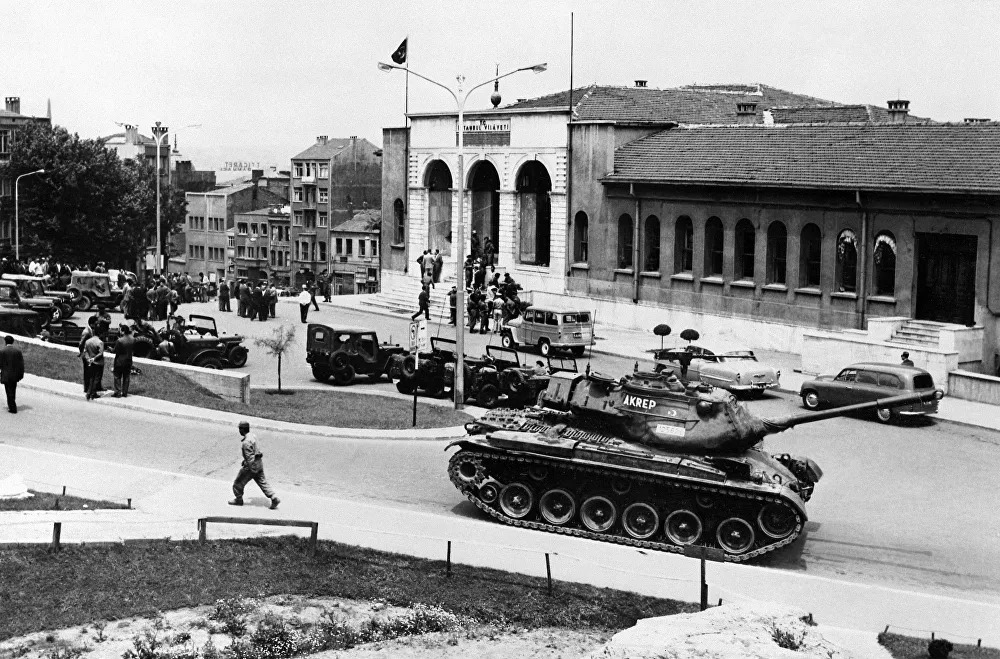
“... on 27 May 1960, had led to the then president, prime minister and others being tried for treason and hanged.”
[Frontline Turkey by Ezgi Basaran, Page 171]
“His body was exhumed shorty after burial on the command of the Turkish state, which feared that the site might become a place of veneration ... secretly reinterred in the west of Turkey ...”
[The Gulen Movement in Turkey, Page 39]

Necmettin Erbakan
“... son of one of the last Islamic judges of the Ottoman Empire ... elected in 1969 to the legislature as an independent ... formed an Islamic party the following year, but it was banned by the military government in 1971. He re-formed the party in 1972 and twice ... served as a deputy prime minister. In 1980 the military again banned the party and briefly imprisoned Erbakan. He was prohibited from engaging in politics from 1980 to 1987.”
[Encyclopaedia Britannica, Necmettin Erbakan]
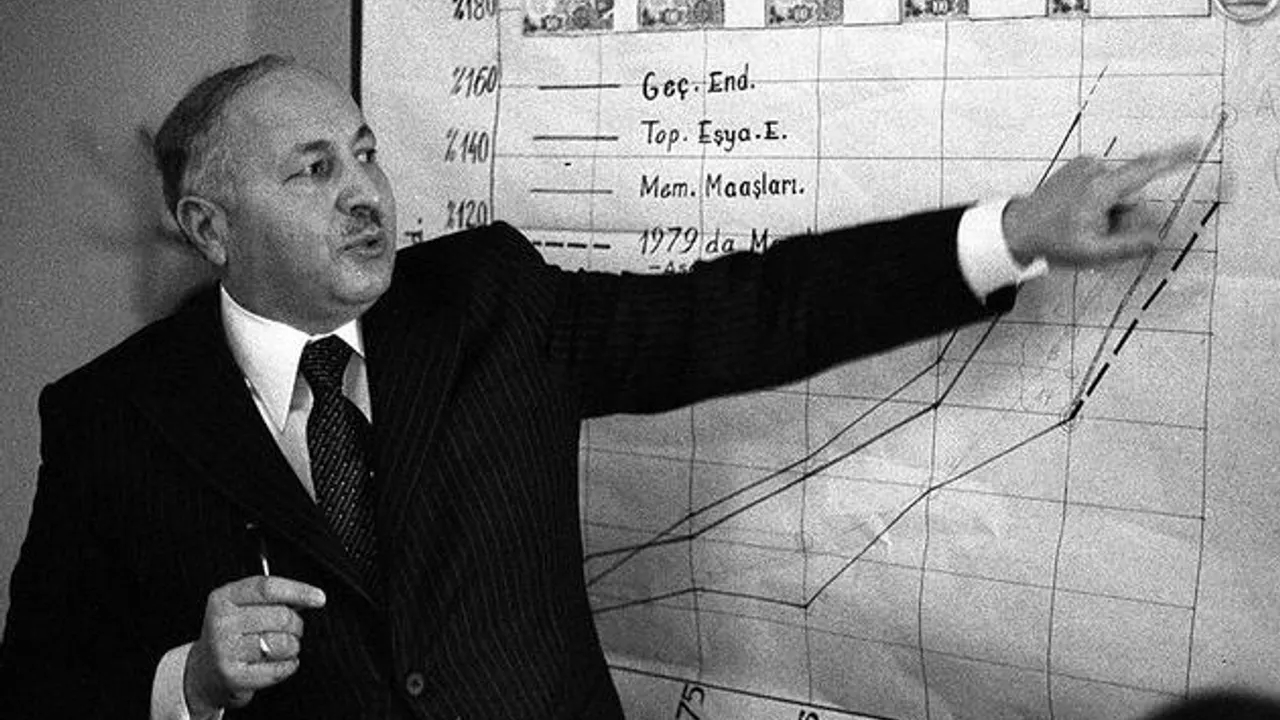
“... proposed new international allegiances, such as a ‘D8’ ... composed of the eight most populous Muslim nations, to compete with the G7 ... suggested an Islamic security organization to rival NATO, as well as an Islamic currency ...”
[The New Sultan by Soner Cagaptay, Page 78]
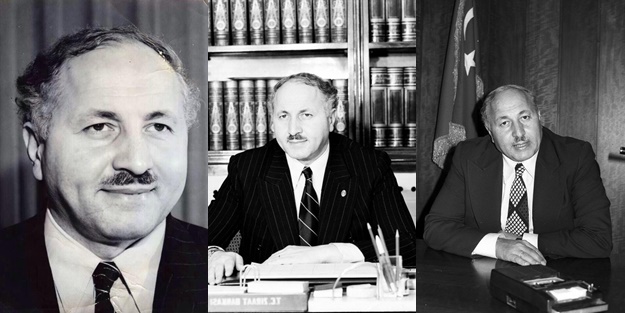
“He (Erbakan) advocated a return to sharia law and argued that only purity of Islam could save Turkey morally.”
[Frontline Turkey by Ezgi Basaran, Page 51]
“The left began to rise in Turkey ... with the liberal 1961 constitution allowing room for socialism.”
[The New Sultan by Soner Cagaptay, Page 34]
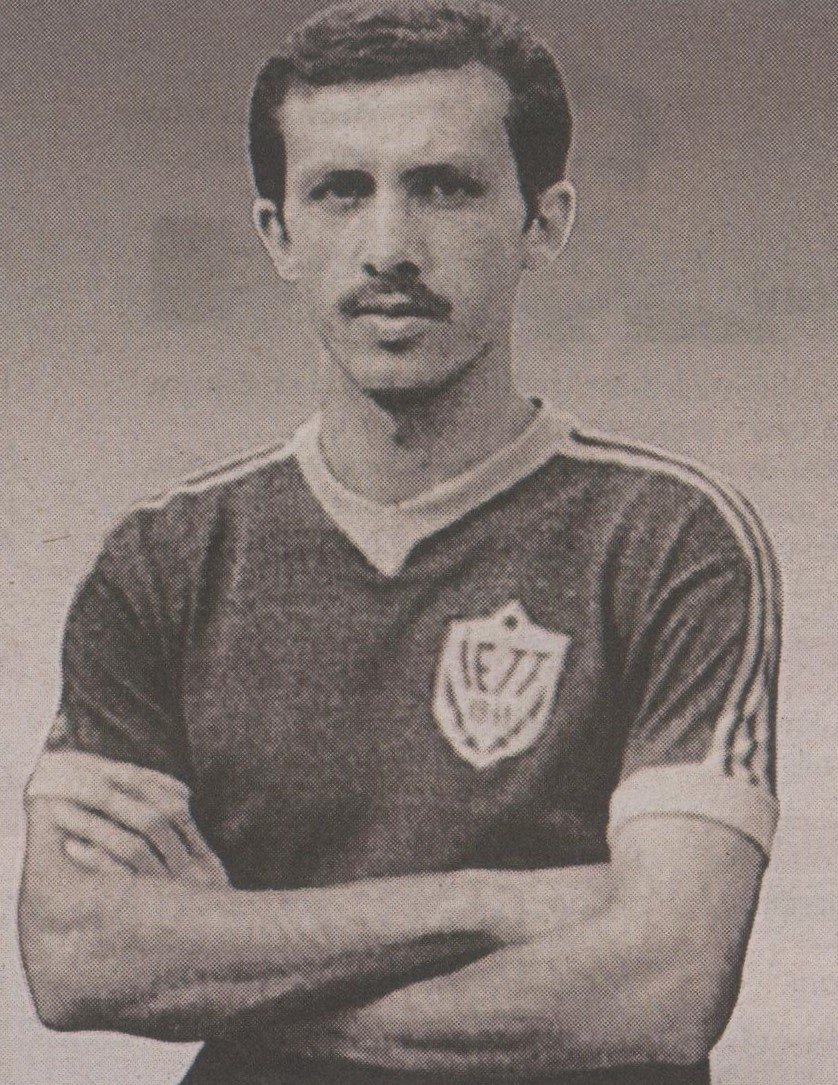
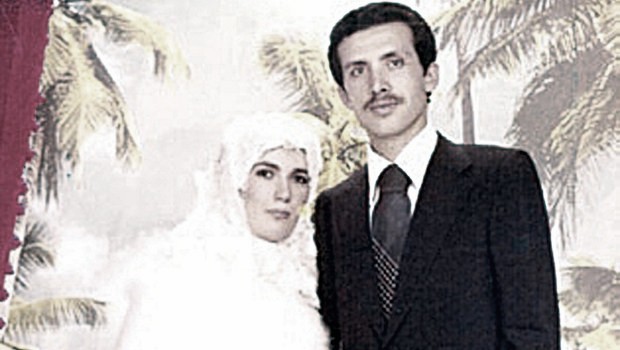
“Erdogan participated in his early teenage years in the National Turkish Student Union ... dedicated to resisting communist ideology.”
[The New Sultan by Soner Cagaptay, Page 37]
“The left began to rise ... with the liberal 1961 constitution allowing room for socialism.”
[The New Sultan by Soner Cagaptay, Page 34]
Fethullah Gülen - An Imam’s Struggle
“His mother was a housewife and his father an imam like himself ... In 1959 he became a cleric and was one of the founders of an ‘association for fighting communism’.”
[Frontline Turkey by Ezgi Basaran, Page 54]
“Gulen ... began to visit local coffee houses to preach, and his message started to reach a wider demographic than the already religiously observant sectors of the community.”
[The Gulen Movement in Turkey, Page 16]

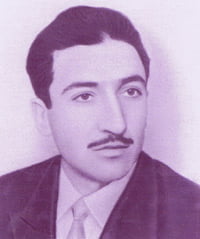

The Bloody Military Coup - 1980
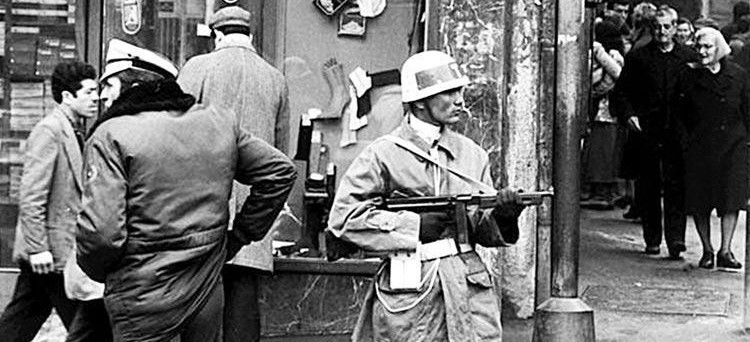

“... the 1980 coup, of which the then US national security adviser Paul Henze allegedly had said, ‘Our boys did it’.”
[Frontline Turkey by Ezgi Basaran, Page 200]
“Evren ... wanted to to leave behind a country that would never have to worry about a threat from the left. He believed that injecting Islam into Turkish society and politics ... was the best way to inoculate it against ... communism.”
[The New Sultan by Soner Cagaptay, Page 58]
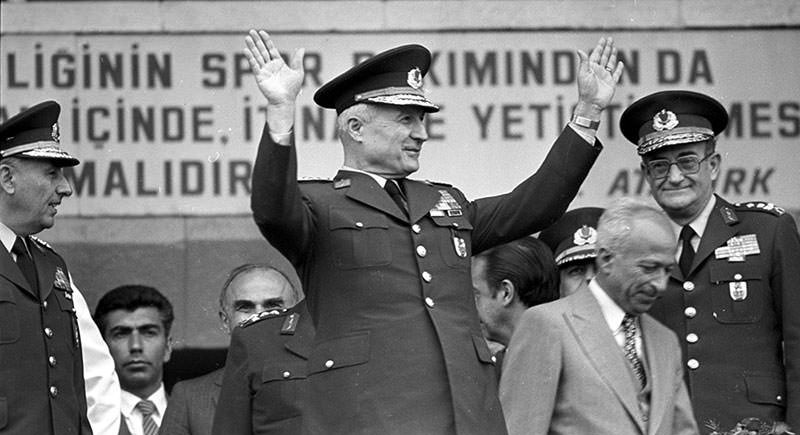
“Under the military regime, more than 650,000 people were detained; police files were opened on about 1,680,000; there were 210,000 political trials, in which 7,000 people faced death penalty; 50 of 517 death penalties were executed; 300 people died in prisons for allegedly unspecified reasons; 171 people died from torture; 1,680,000 people were classified in police files, 388,000 people were deprived of their right to a passport; 30,000 people were fired from the civil service; 14,000 people lost their citizenship; 39 tonnes of published material were destroyed; and 23,677 associations were closed down.”
[Turkey Reframed, Page 16]
“You must move in the arteries of the system without anyone noticing your existence until you reach all the power centres ... until the conditions are ripe, they (followers) must continue like this. If they do something prematurely, the world will rush our heads, and Muslims will suffer everywhere, like in the tragedies in Algeria, like in 1982 (in) Syria ... in Egypt. The time is not yet right. You must wait for the time when you are complete and conditions are ripe ... until you have brought to your side all the power of the constitutional institutions in Turkey ...

... Until that time, any step taken would be too early - like breaking an egg without waiting the full 40 days for it to hatch. It would be like killing the chick inside.”
[The Gulen Movement in Turkey, Page 171]
[Frontline Turkey by Ezgi Basaran, Page 55]
“... unrest and social polarisation in the 1970s, during which time violent clashes between right- and left-wing factions were common and the loss of life had been considerable. The military coup of 1980 ... ushering in an intellectual doctrine called the ‘Turkish-Islamic synthesis.’ ...”
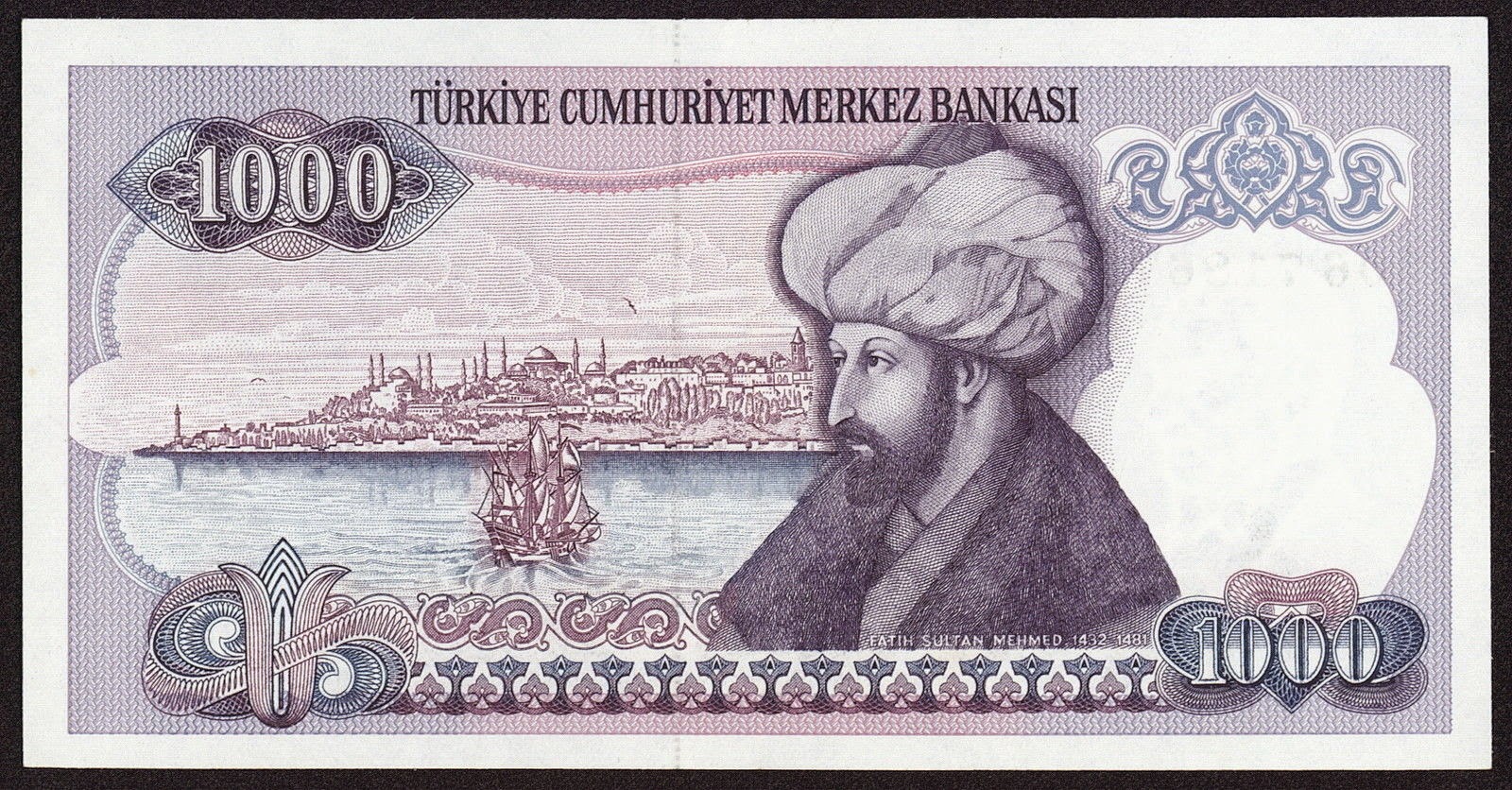
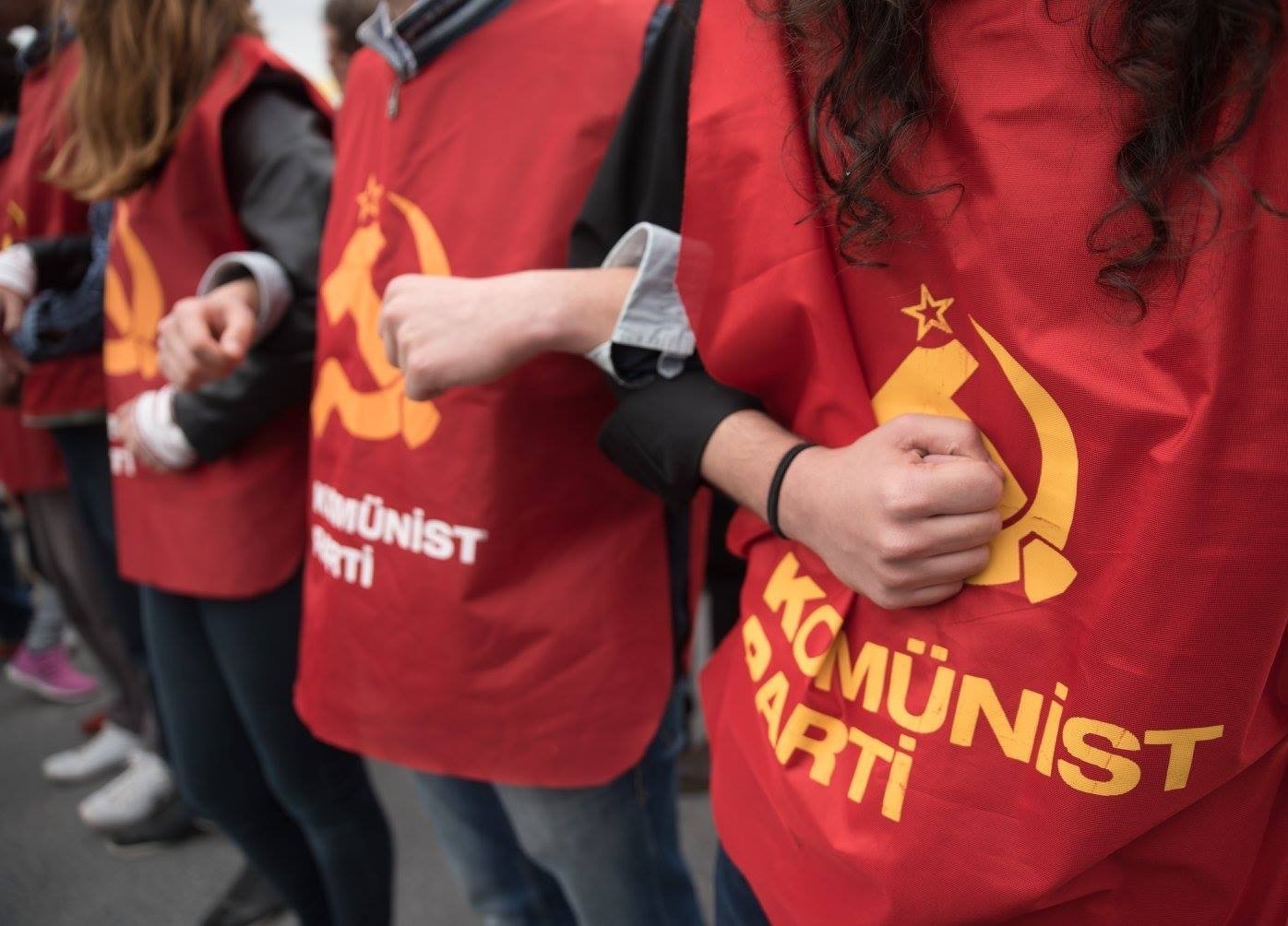
“... threat of Soviet communism on Turkey's near borders ... paved the way for Islam to re-emerge in the public sphere, and to be recognised as the key unifying feature of the Turkish nation.”
[The Gulen Movement in Turkey, Page 18-19]
“While Gulen never met Nursi personally ... the Risale is a central text for the Gulen Movement today and is read on a regular basis in sohbets (reading groups) ...”
[The Gulen Movement in Turkey, Page 15]
“In the late 1960s, Gulen and a burgeoning group of followers ... started to organise summer revision camps in Izmir for local high-school and university students ... Gulen’s vision for the education of a ‘golden generation’ (altin nesil) equally well in modern science as in knowledge of Islam and Islamic ethics.”
[The Gulen Movement in Turkey, Page 17]
“In Gulen pedagogy, then, the role of the teacher is twofold. The transmission of scientific knowledge is one aspect of the teaching vocation, but of equal importance is this informal mentoring of students in Islamic ethics and morality.”
[The Gulen Movement in Turkey, Page 18]
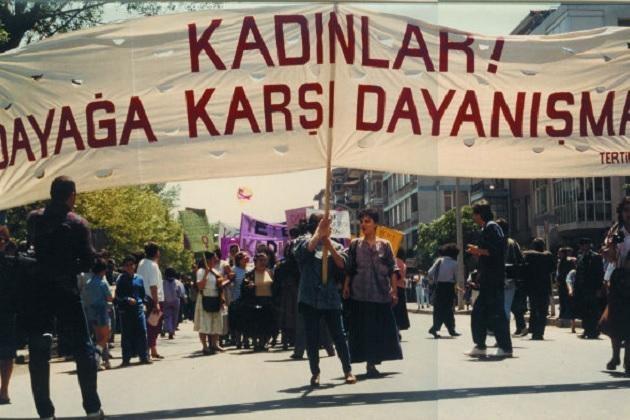
Feminism in Turkey
“... tens of thousands of women in Ankara held a demonstration (in 1997) against Islamists, called the ‘Womens March against Sharia’ ...”
[The New Sultan by Soner Cagaptay, Page 79]
Turkish Politics in 1980s
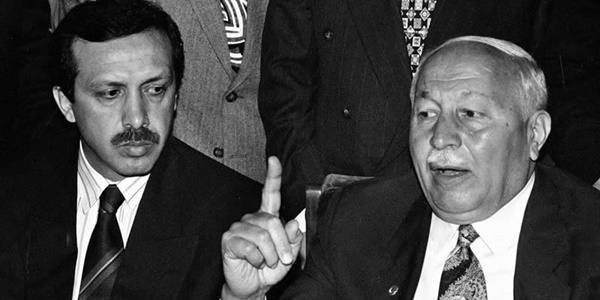

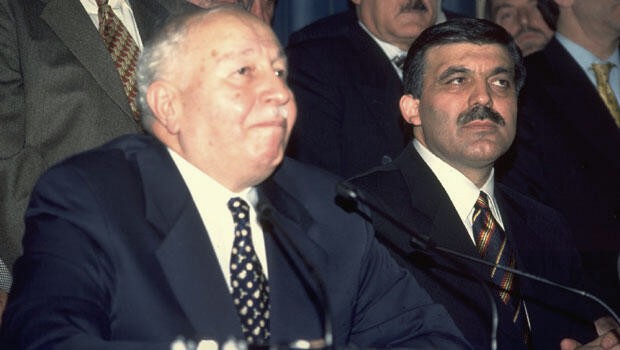
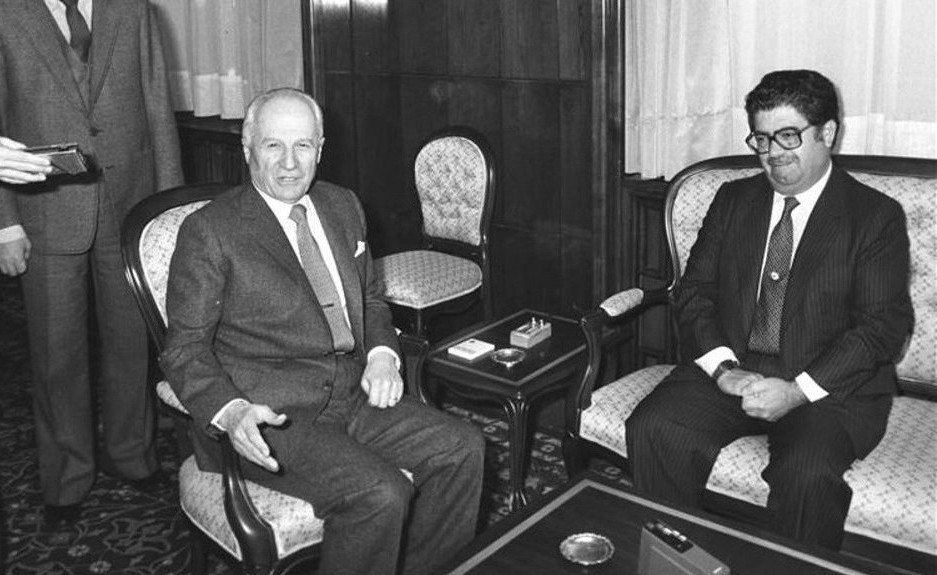
1997 Turkish Military Memorandum
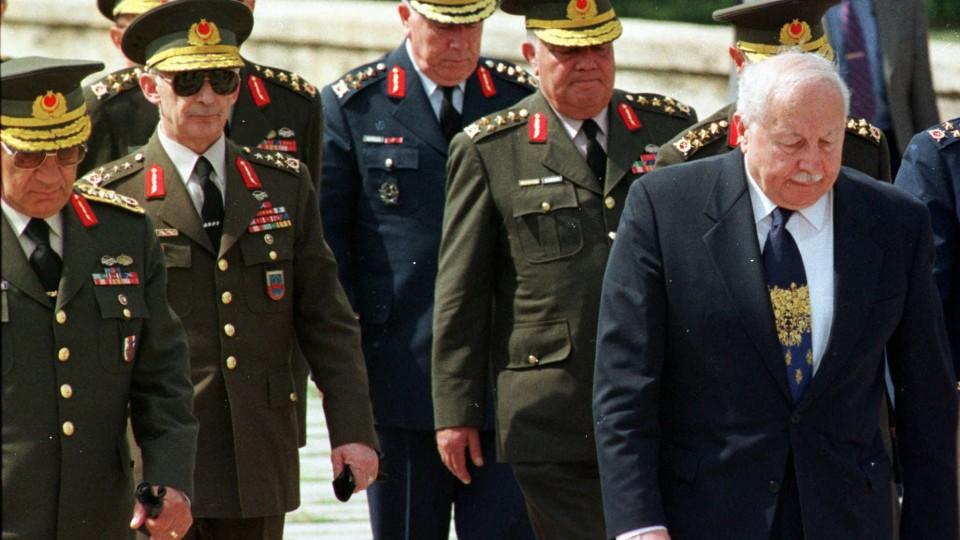
“US Secretary of State Madeleine Albright explained on July 11, 1997 that ... the United States had ‘made very clear that it is essential that Turkey continue in a secular, democratic way’.”
[The New Sultan by Soner Cagaptay, Page 80]
“The EU also put its tacit blessing behind the coup, saying that ... ‘this decision [the coup] is in accordance with the provisions of the Turkish Constitution’.”
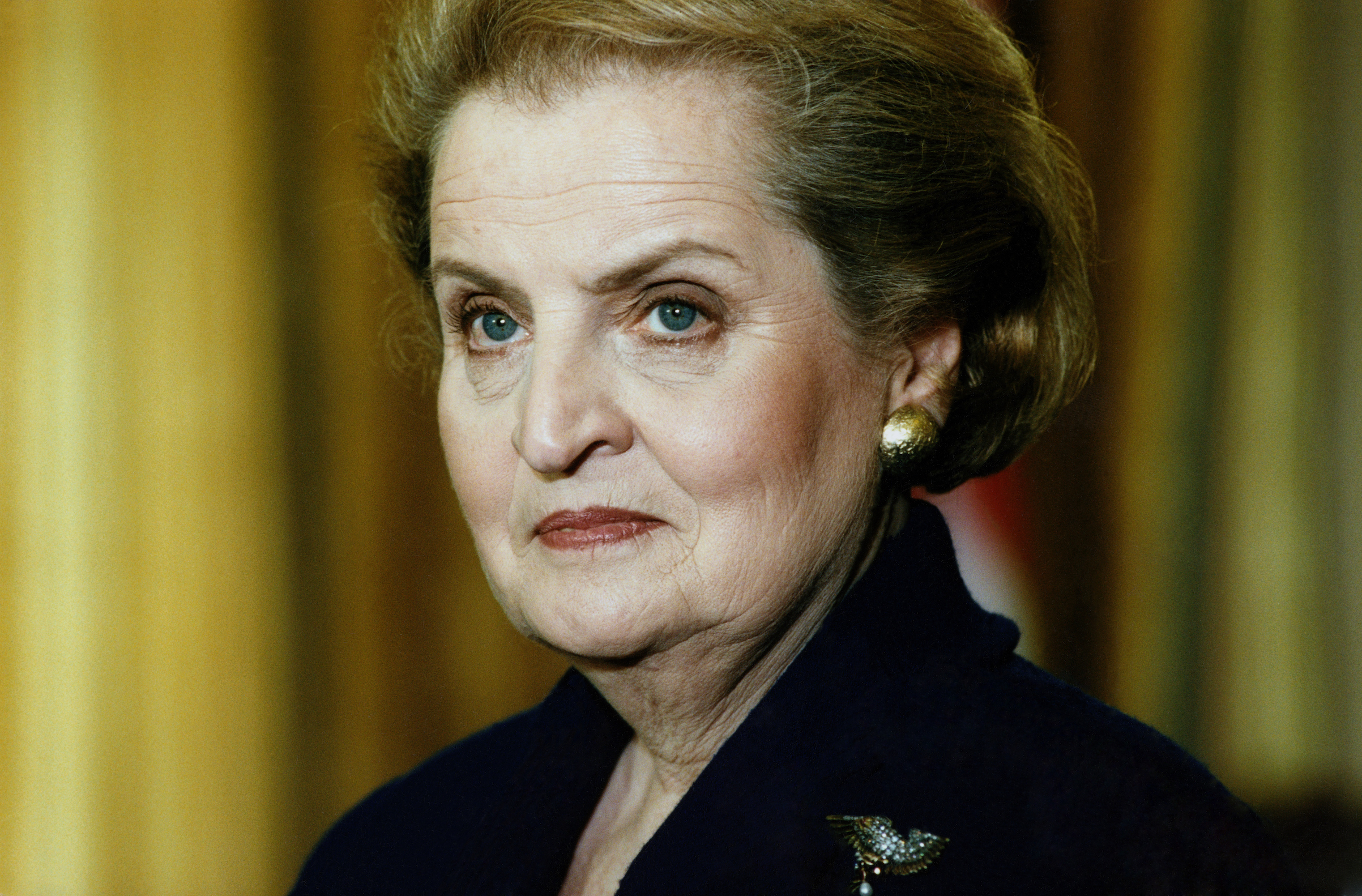
Rising Economic Challenges


“In 1980, with an inflation rate of 107% ... foreign debt burden, Turkey was forced into accepting the loan conditions of the IMF & the World Bank ... starting with a currency devaluation of 32% ...”
“Instead, it was the military regime that was able to implement them.”
[Turkey Reframed, Page 50-51 & 14]
“When the wave of the ... economic crisis ... in 1997 ... Turkey as a country suffering from unsustainable levels of debt and inflation ... turn to the IMF again.”
“The 2001 economic crisis was the biggest in Turkish history.”
[Turkey Reframed, Page 57 & 30]
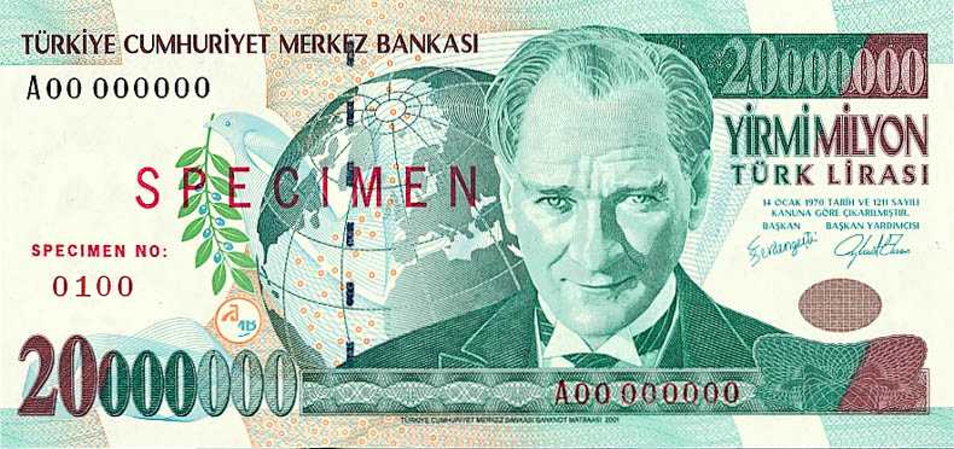
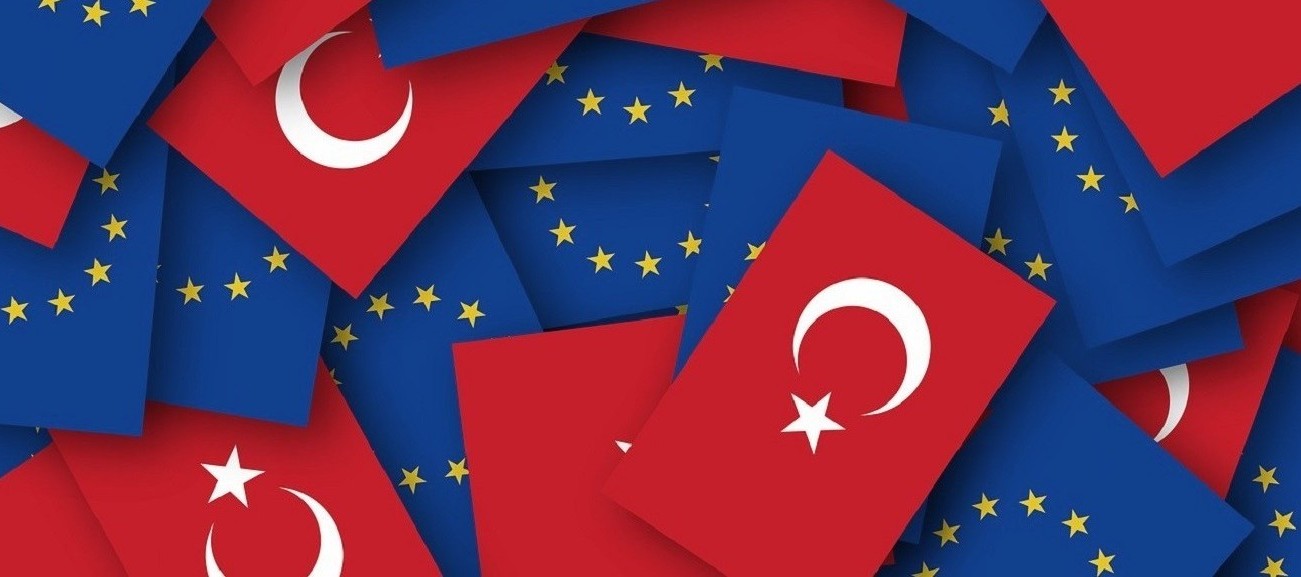
“In the post-1999 period ... majority ... saw EU candidacy as the magical device that would solve Turkey’s economic, social, political and cultural problems.”
[Turkey Reframed, Page 33-34]
“... True Path Party (DYP) upgraded ties with Israel in the 1990s ... also took Turkey into a Customs Union with the EU in 1995 ...”
[The New Sultan by Soner Cagaptay, Page 41]
“These words were included in the indictment that charged him with toppling the secular state in 1999.”
[Frontline Turkey by Ezgi Basaran, Page 55]
“Gulen left Turkey ... that his poor health & access to superior medical facilities in the USA were the reasons for his emigration.”
[The Gulen Movement in Turkey, Page 140]
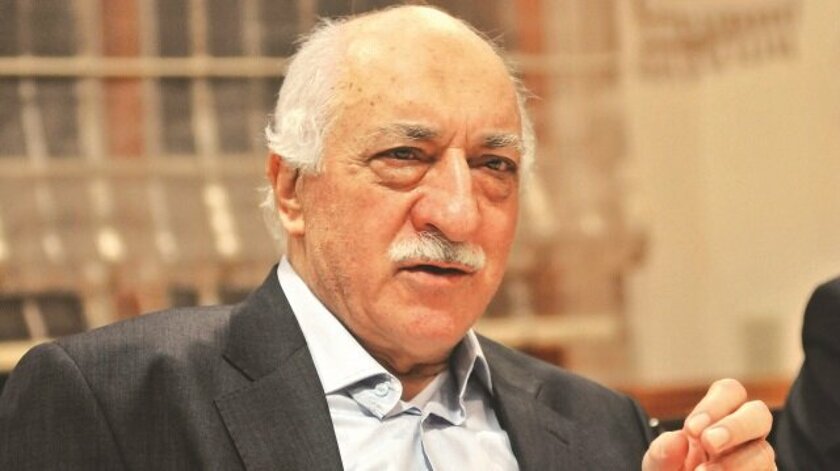
“The AKP won the 3 November 2002 elections with 34% of the vote and 65% of the seats in Parliament, which enabled it to form the first non-coalition government since 1991. The AKP then consolidated its hegemonic power by winning the 22 July 2007 elections with 46.6% of the votes and 62% of the seats in Parliament. In its most recent election victory on 12 June 2011, it won 49.9% of the votes and 62% of the seats. The AKP's political and electoral performance is exceptional, not only in the post-1980 neoliberal period but also in all Turkish history.”
[Turkey Reframed, Page 30]
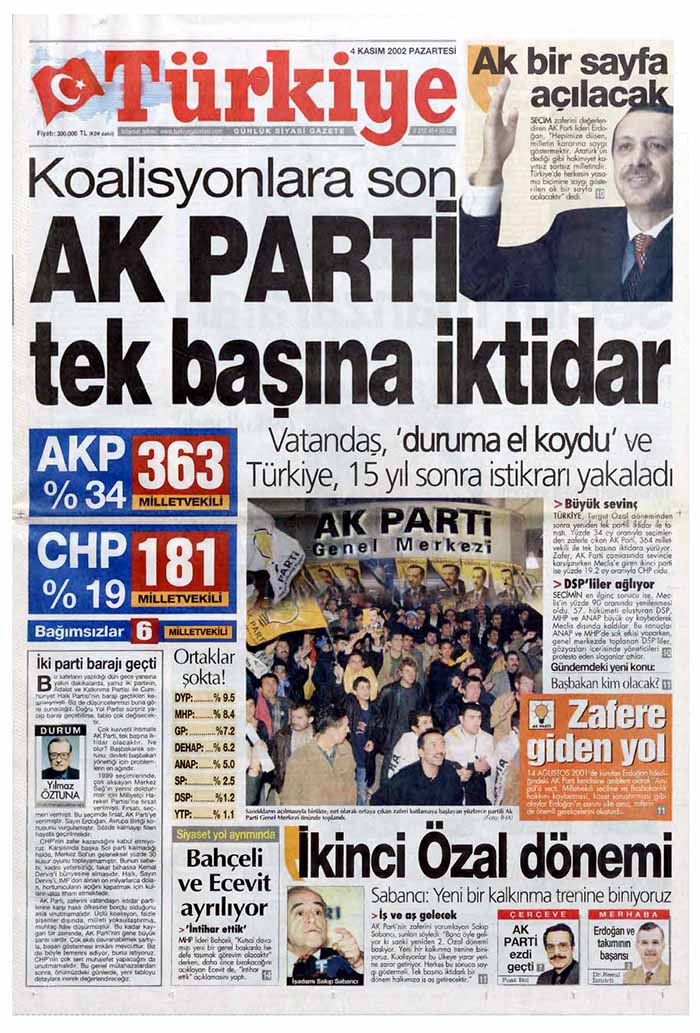
“The AKP’s ... reform packages required for EU membership , especially between 2002 & 2005 ... covered the following areas: abolition of the death penalty, accepting the constitutional supremacy of international law over domestic law, the abolition of State Security Courts, reinforcing constitutional equality between sexes, some minor changes in the Penal Code & Anti-Terror Law ... reform process slowed down in the aftermath of the rejection of the proposed EU constitution in France and the Netherlands in 2005 ...”
[Turkey Reframed, Page 34]
“More recently, French President Nicolas Sarkozy’s remark ‘I do not think Turkey has a right to join the European Union because it is not European’.”
[Ataturk: An Intellectual Biography, Page 225]
“... proposal in 2004 to re-criminalise adultery ... was harshly criticised, both domestically and internationally, creating a major political crisis between the EU and the Turkish government, and even a financial crisis as the markets fell drastically.”
[Turkey Reframed, Page 183]
The Attitude Foretold in the Quran
وَلَن تَرْضَىٰ عَنكَ الْيَهُودُ وَلَا النَّصَارَىٰ حَتَّىٰ تَتَّبِعَ مِلَّتَهُمْ ... ۞
“Never will the Jews be pleased with you nor the Christians until you follow their way ...”
[Surah Al-Baqarah (2): Ayat 120]
Turkish Charity Organisations
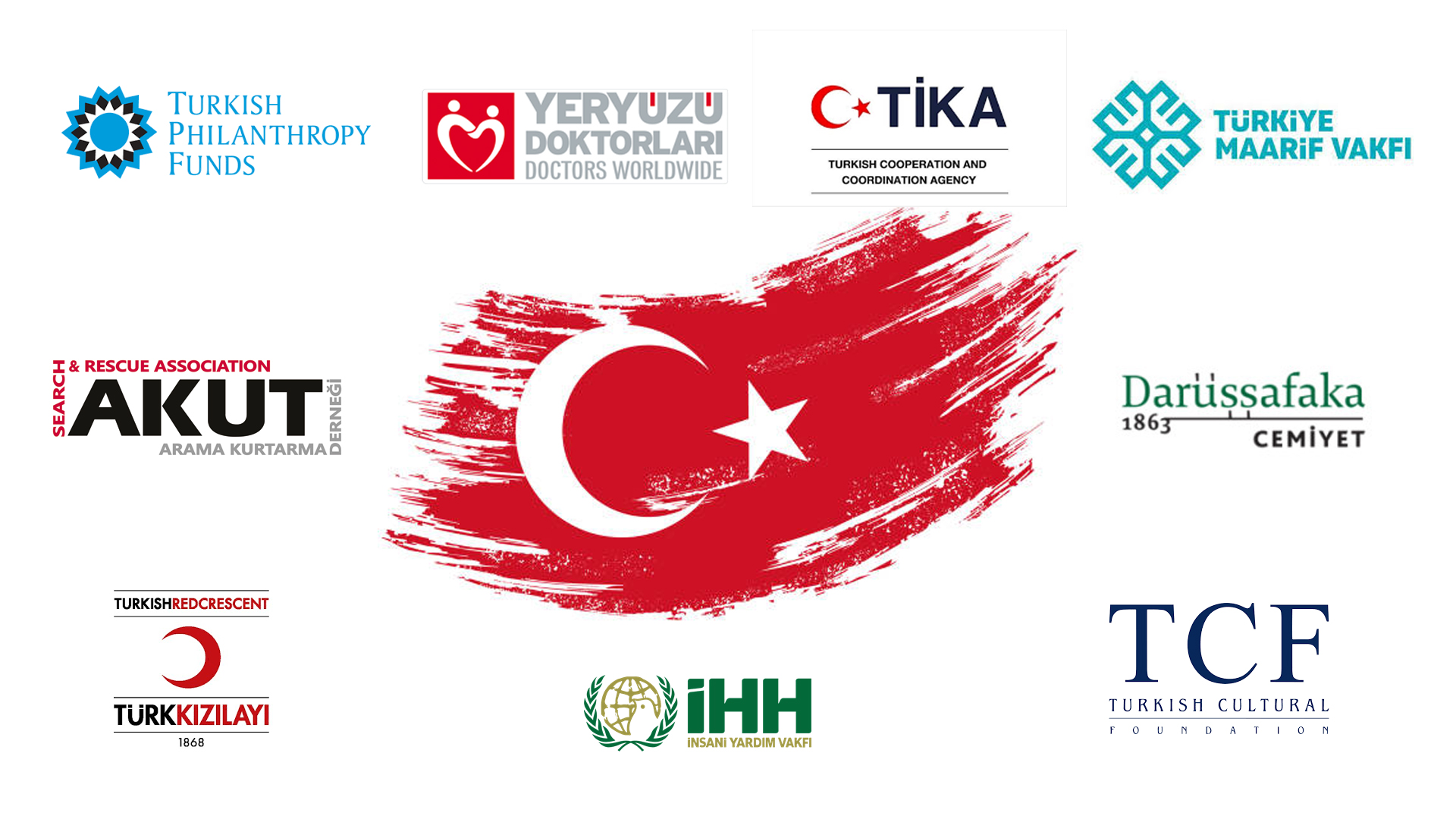
1300+ Worldwide Gulen Schools
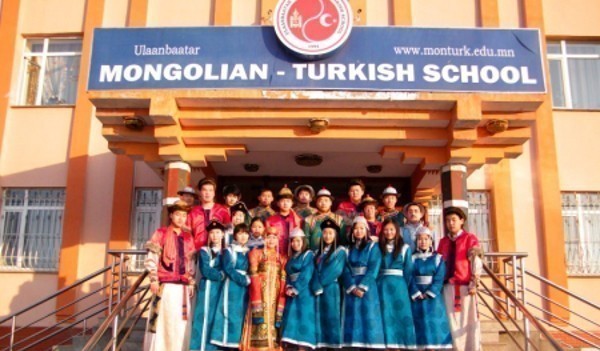




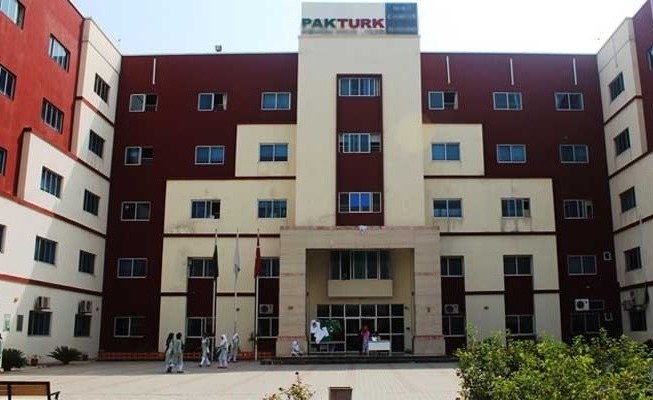
“Hizmet runs schools and universities in more than 160 countries.”
[Reported by DW.com on 4th August, 2016]


“... followers are said to give between 2 and 10 per cent of their wages every month to the movement ...”
[Frontline Turkey by Ezgi Basaran, Page 56]
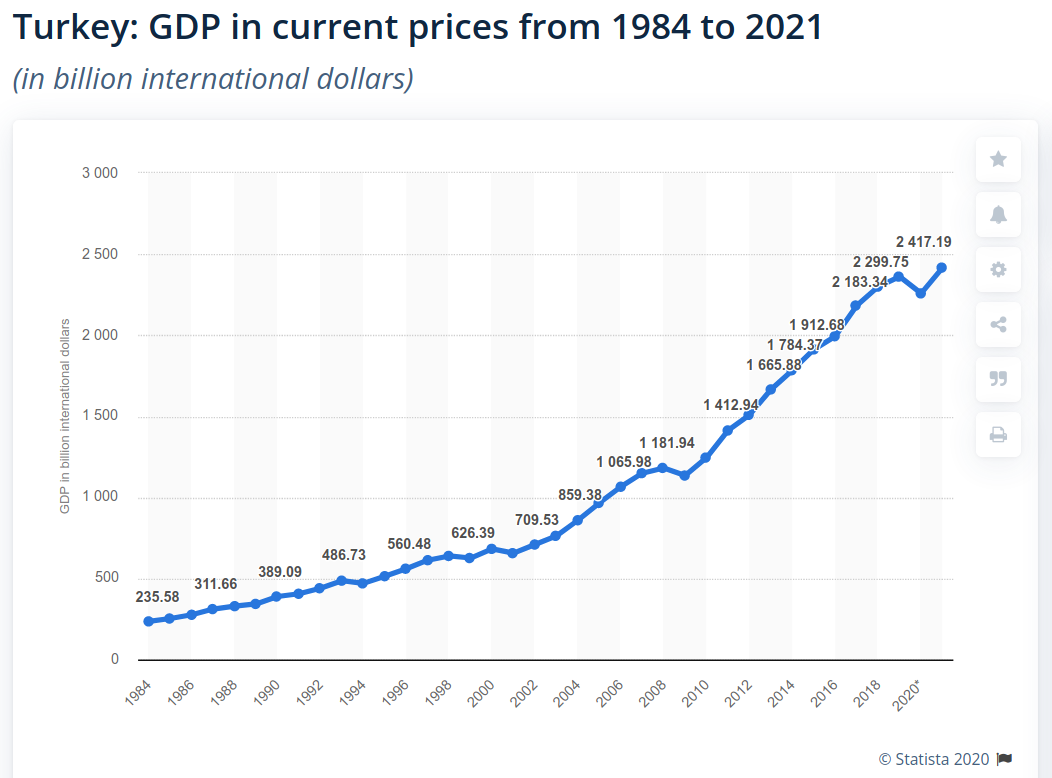
“Under Erdogan, the country even escaped the global recession of 2008 relatively unscathed.”
[The New Sultan by Soner Cagaptay, Page 5]
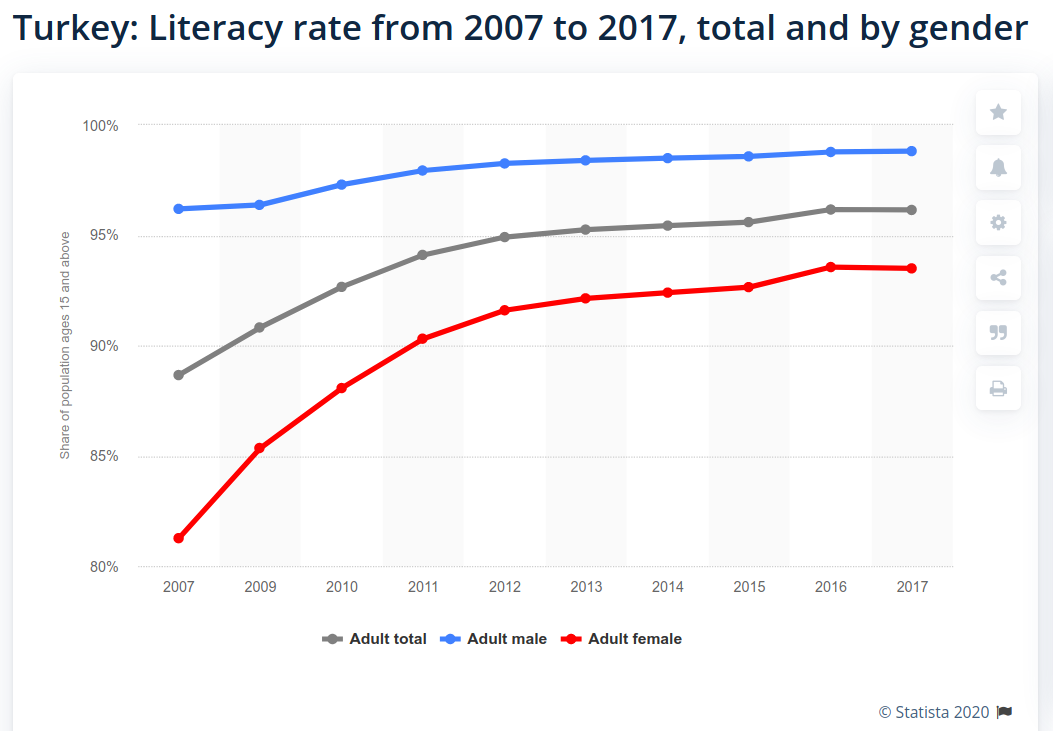
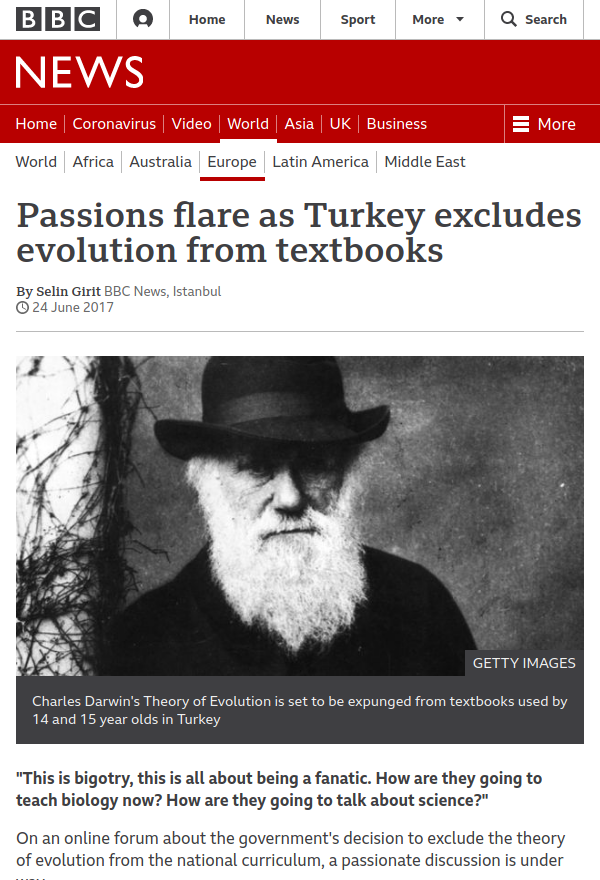
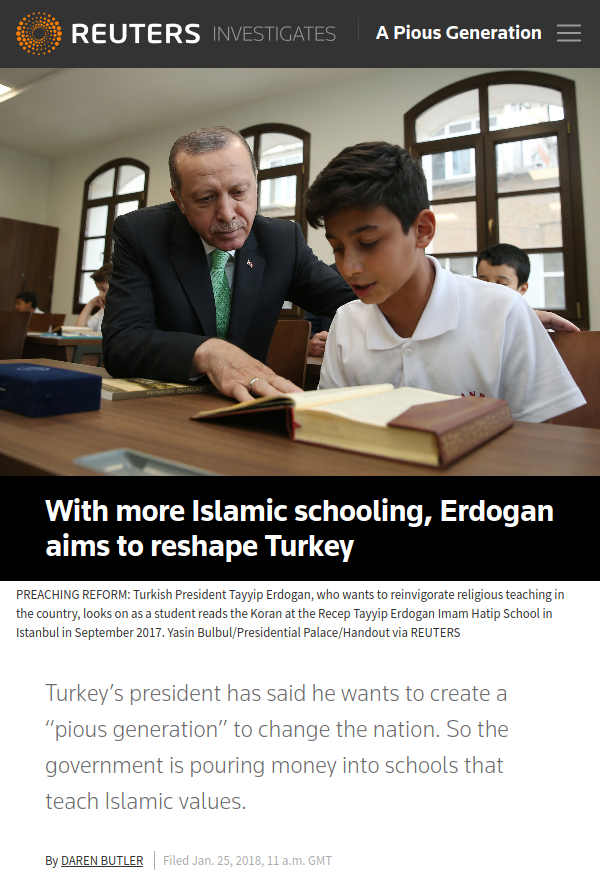

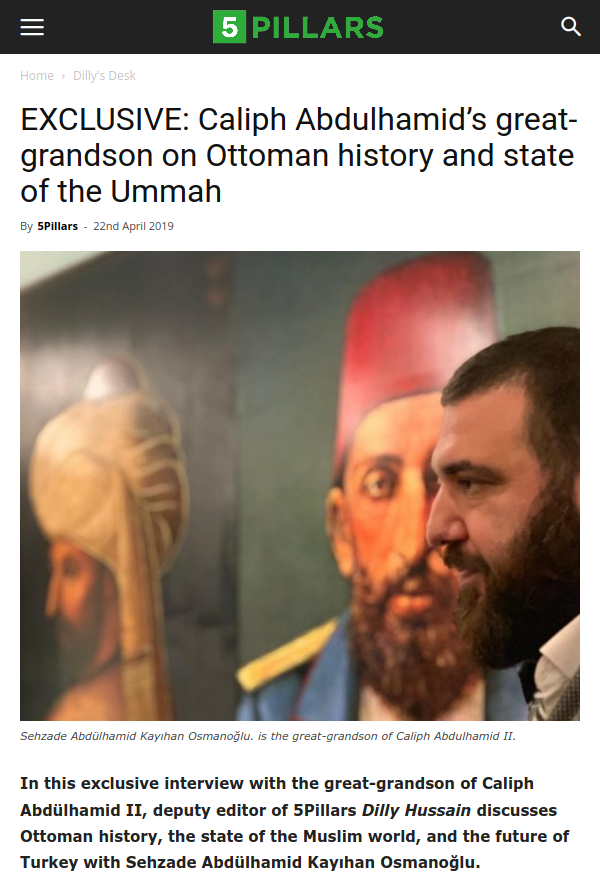
Relations with UAE
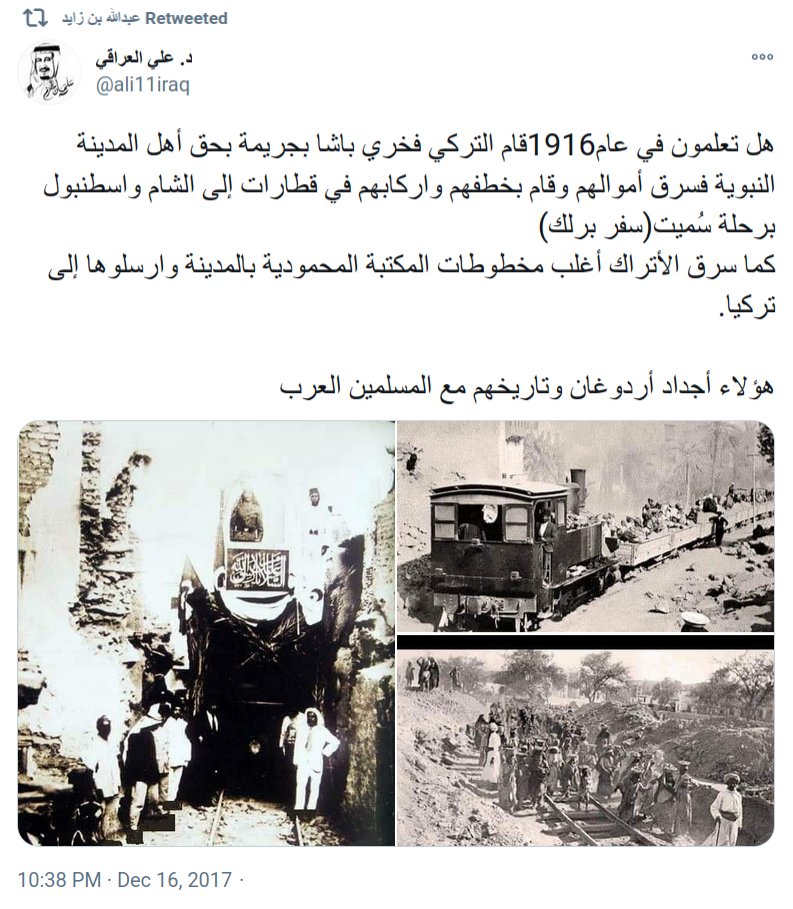
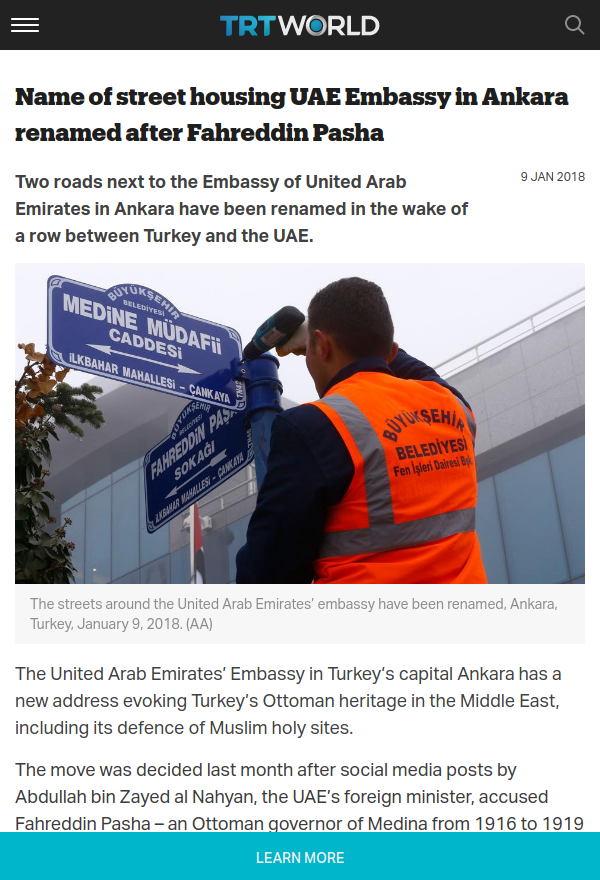

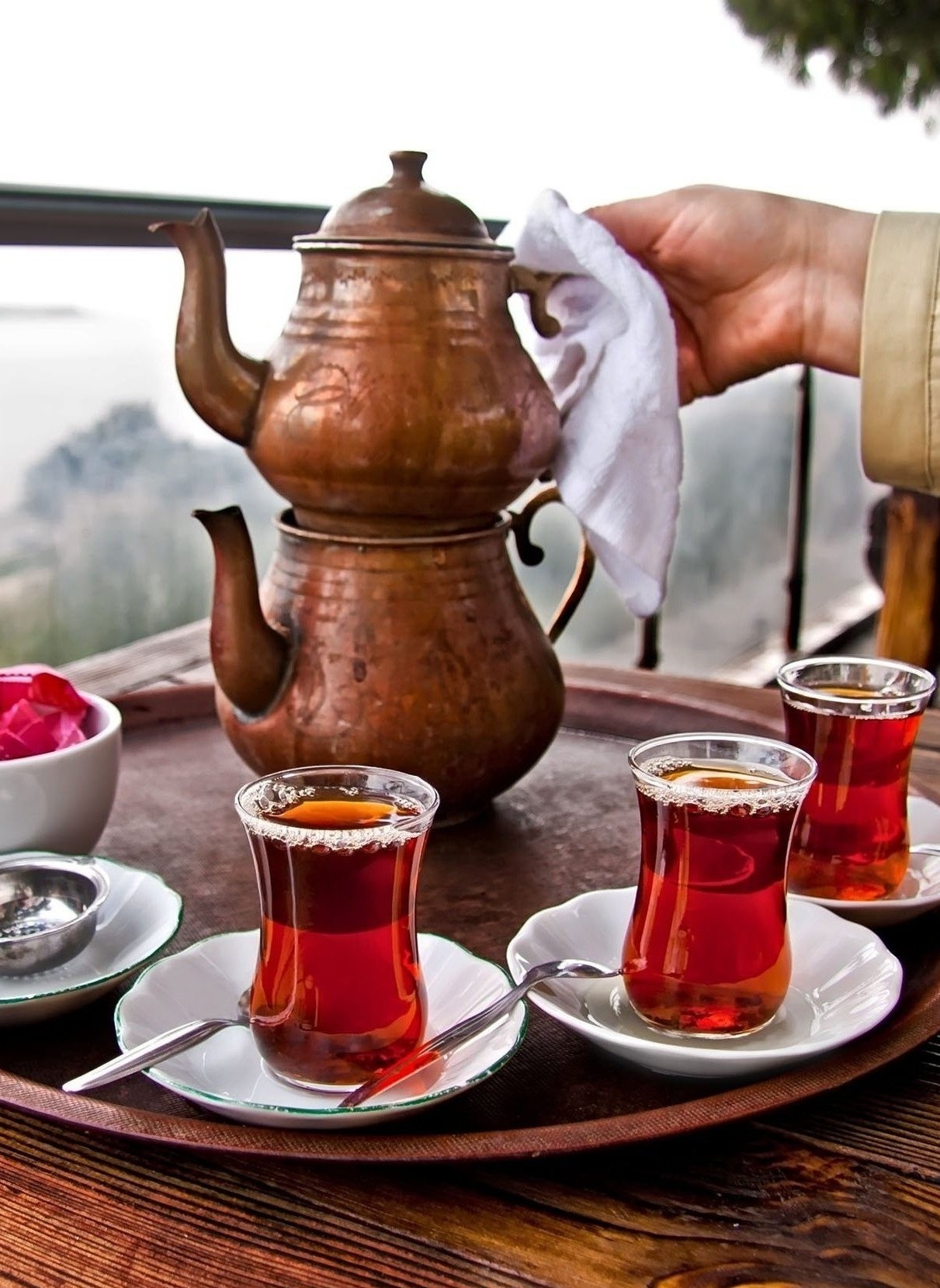
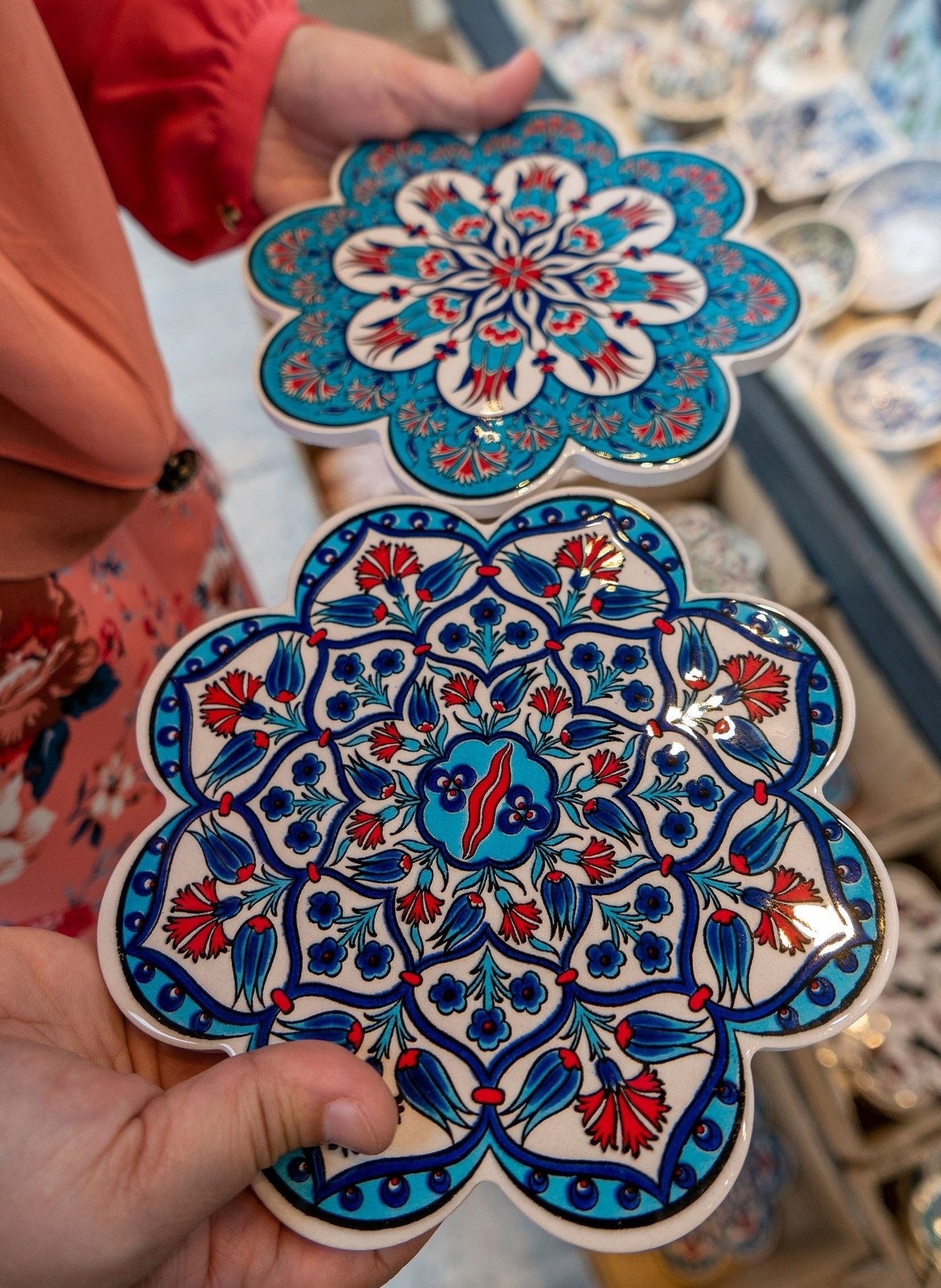

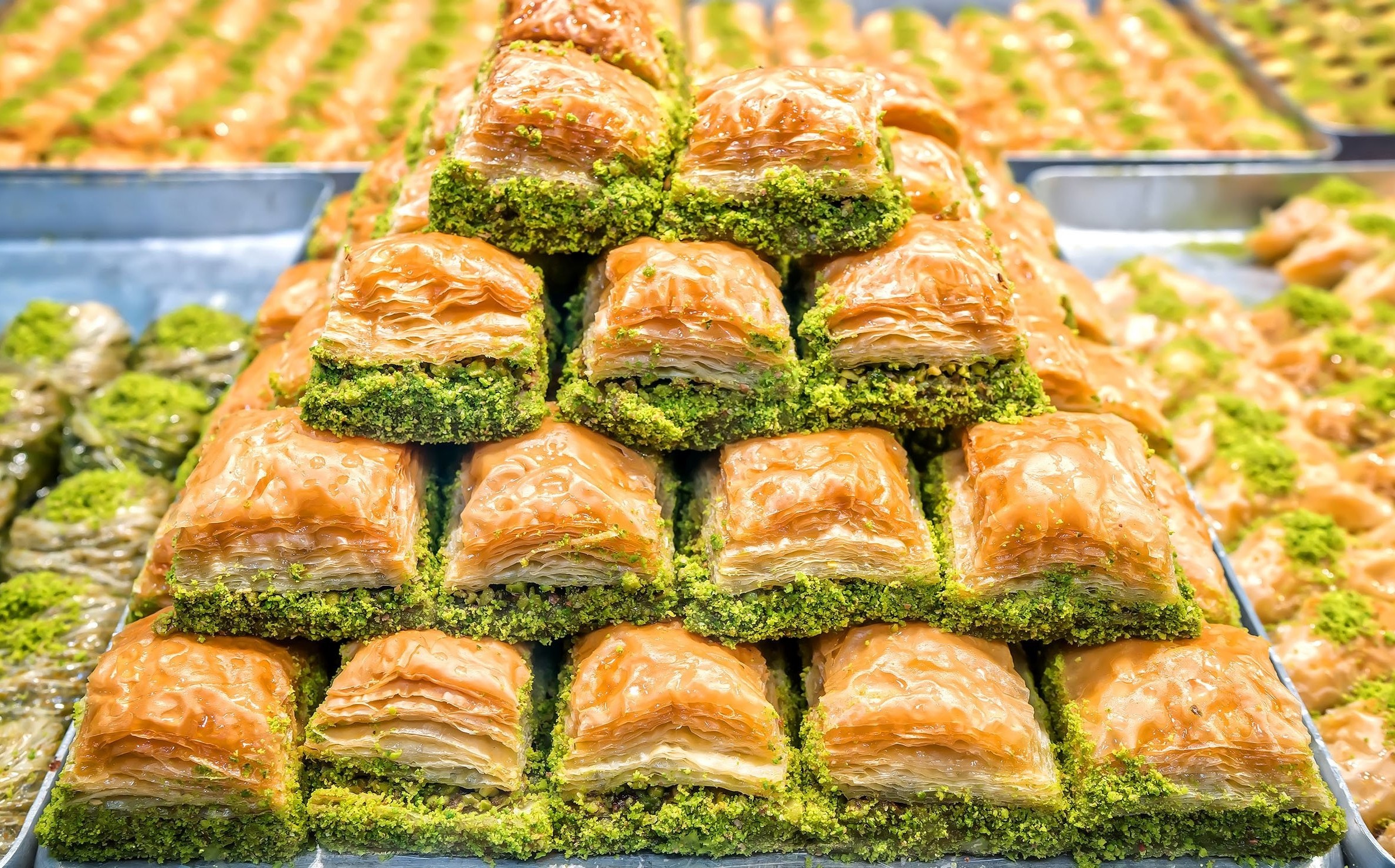


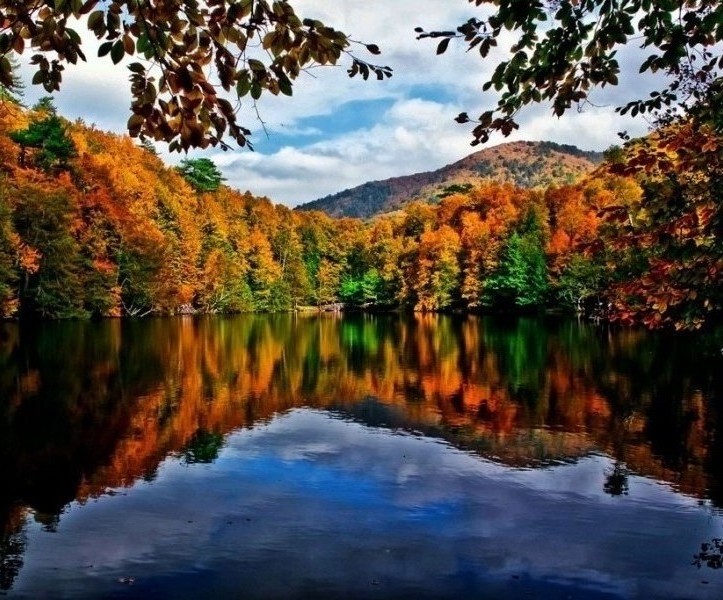
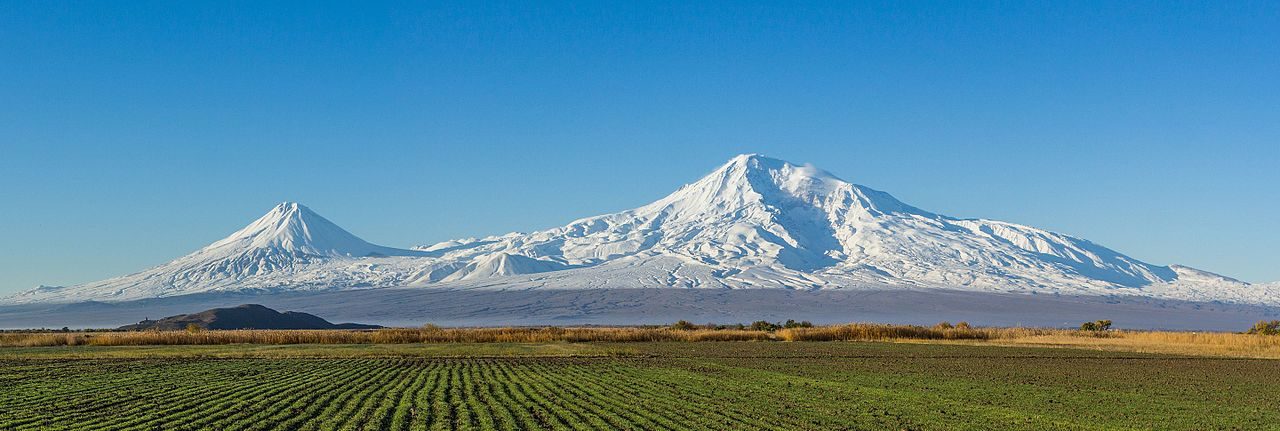



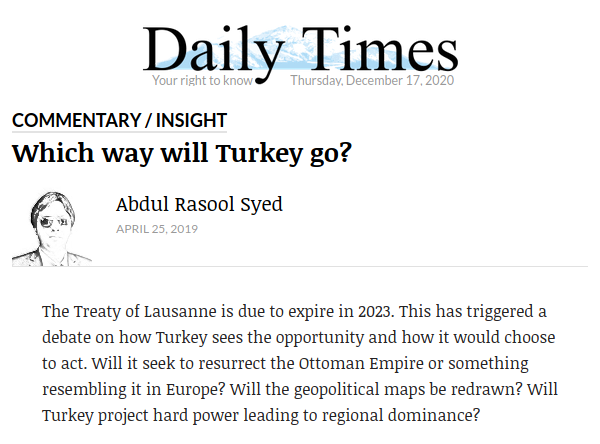

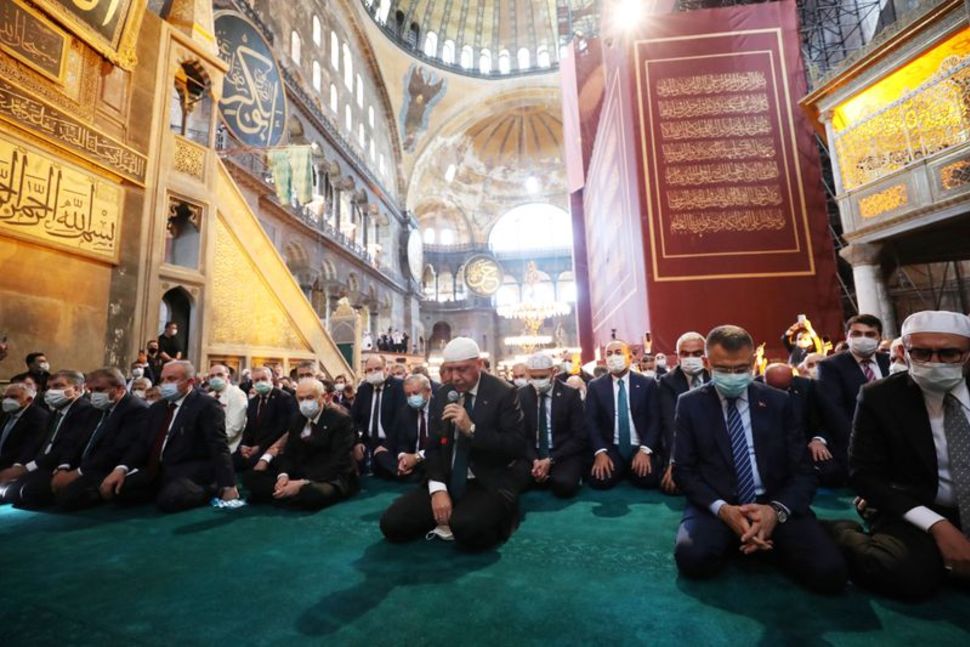
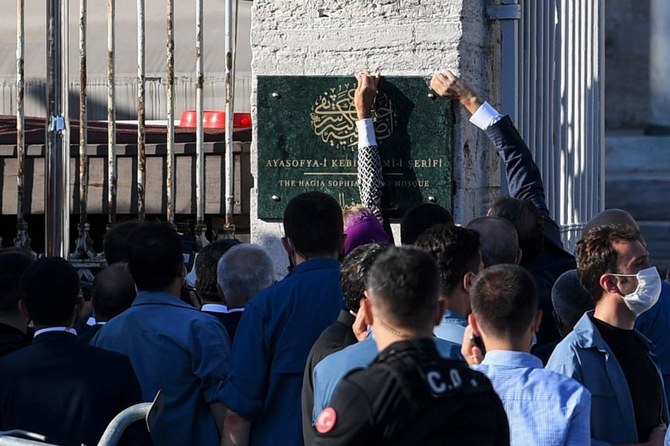
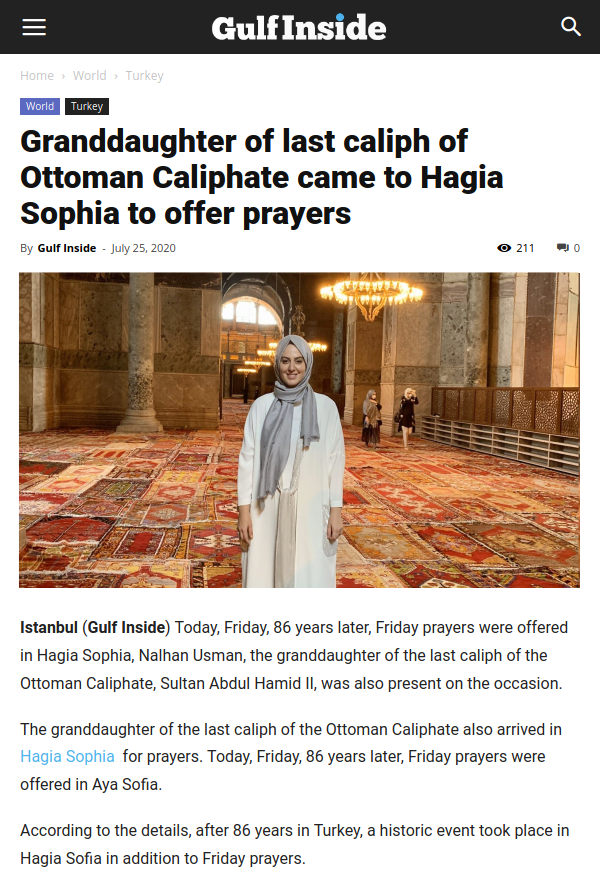
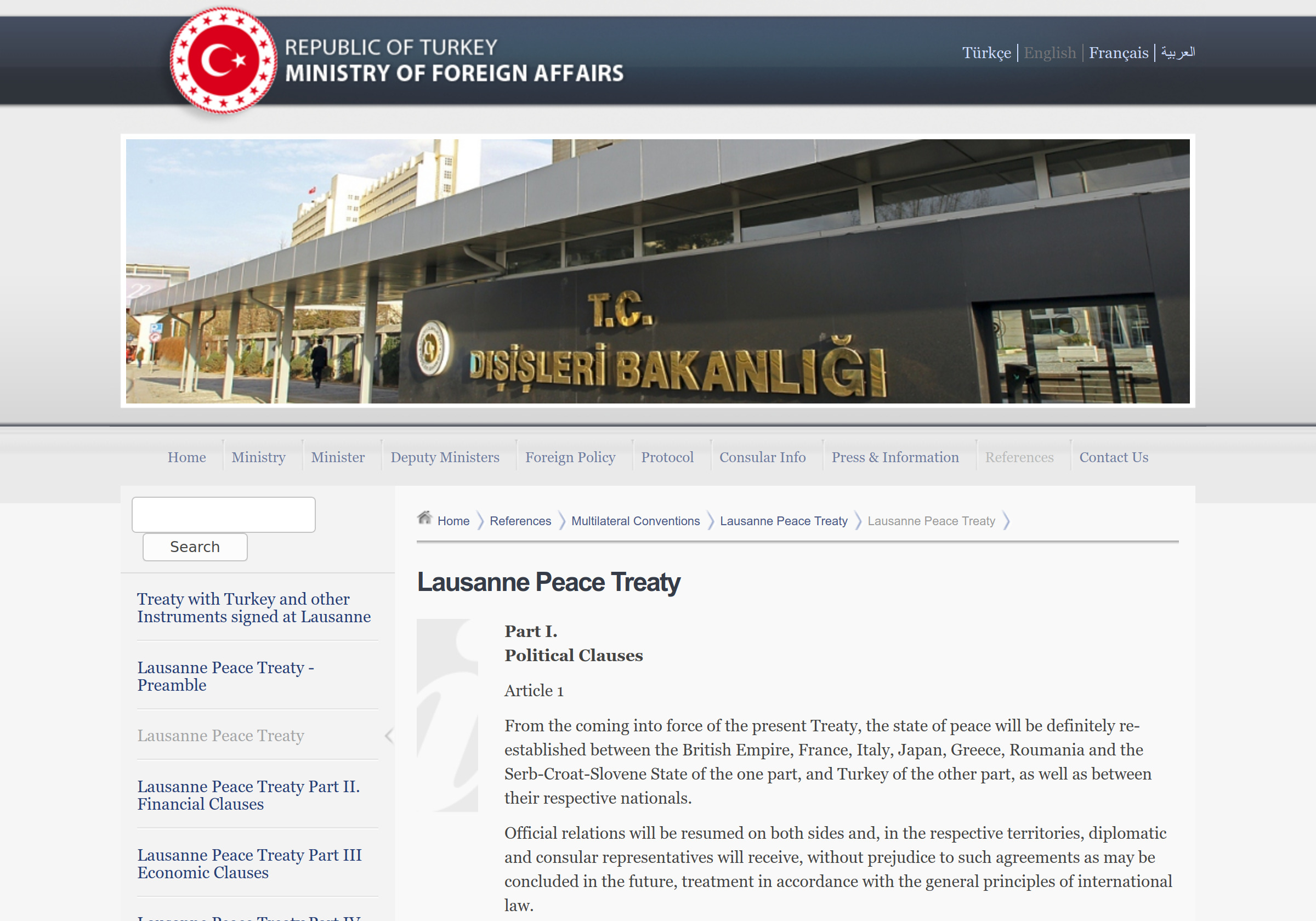


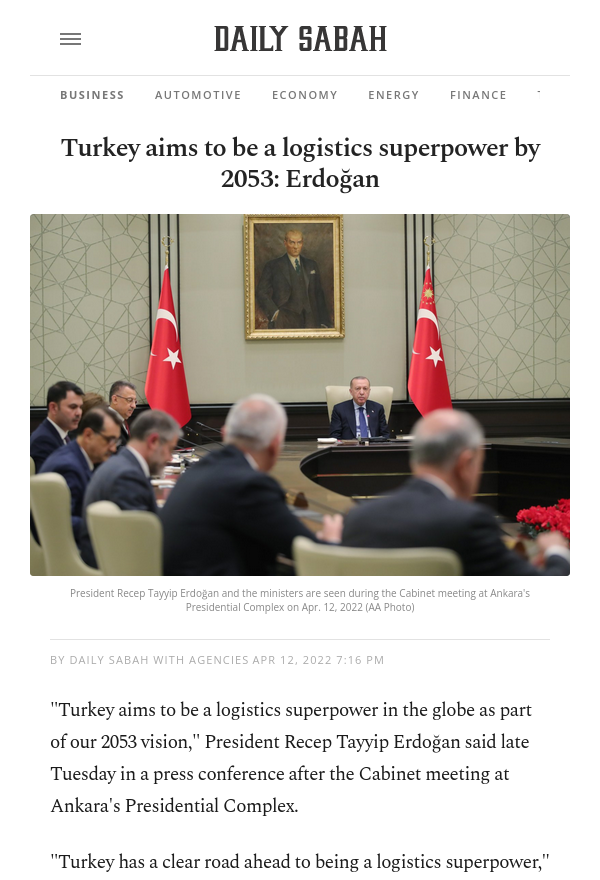
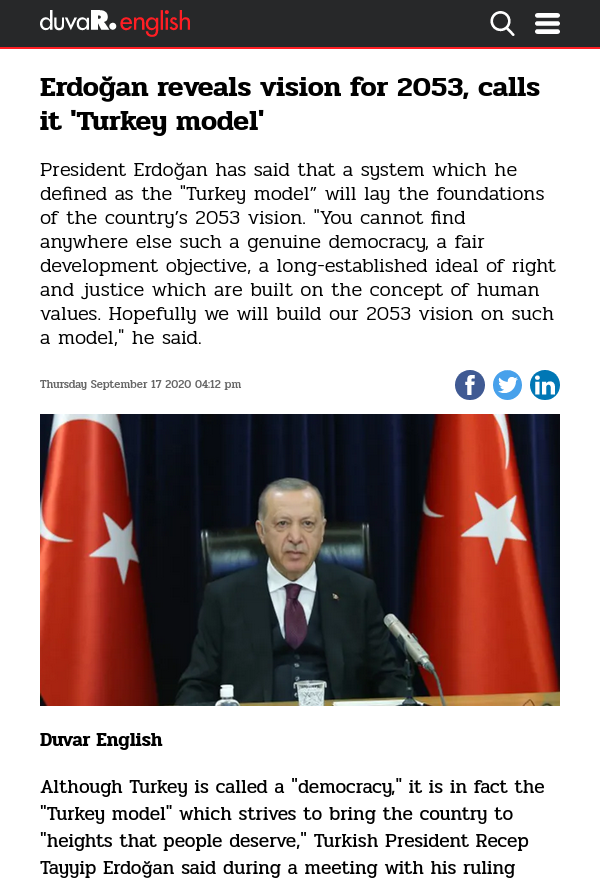
Re-Drawing New Middle East
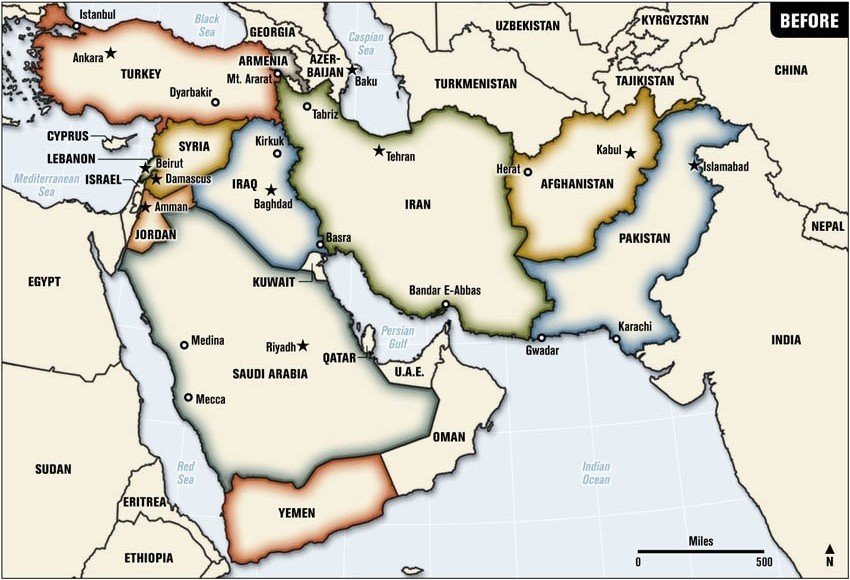
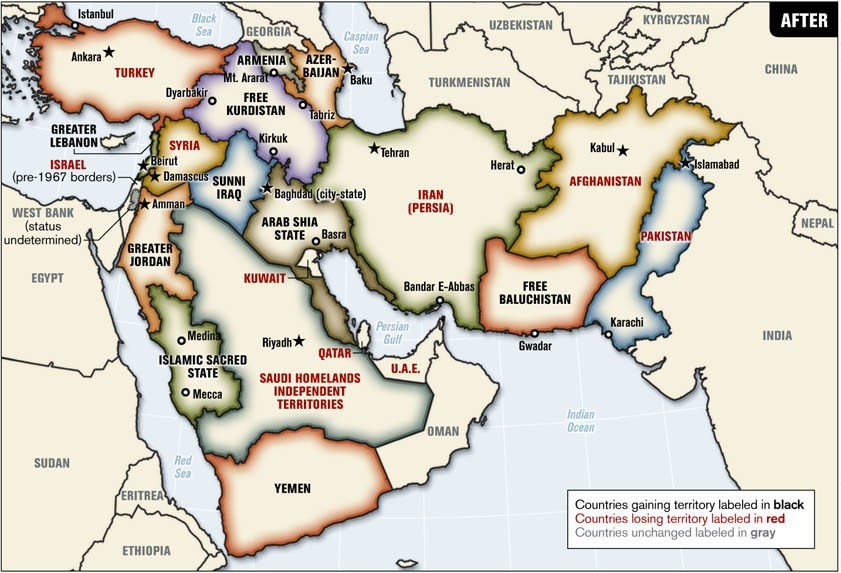
Importance of Constantinople
عَنْ مُعَاذِ بْنِ جَبَلٍ، قَالَ قَالَ رَسُولُ اللَّهِ صلى الله عليه وسلم « عُمْرَانُ بَيْتِ الْمَقْدِسِ خَرَابُ يَثْرِبَ وَخَرَابُ يَثْرِبَ خُرُوجُ الْمَلْحَمَةِ وَخُرُوجُ الْمَلْحَمَةِ فَتْحُ قُسْطَنْطِينِيَّةَ وَفَتْحُ الْقُسْطَنْطِينِيَّةِ خُرُوجُ الدَّجَّالِ » ثُمَّ ضَرَبَ بِيَدِهِ عَلَى فَخِذِ الَّذِي حَدَّثَ - أَوْ مَنْكِبِهِ - ثُمَّ قَالَ إِنَّ هَذَا لَحَقٌّ كَمَا أَنَّكَ هَا هُنَا أَوْ كَمَا أَنَّكَ قَاعِدٌ . يَعْنِي مُعَاذَ بْنَ جَبَلٍ .
[Abu Dawood, Kitab-ul-Malahim (36), 4294] (Hasan)
عَنْ أَبِى هُرَيْرَةَ أَنَّ النَّبِىَّ -صلى الله عليه وسلم- قَالَ « سَمِعْتُمْ بِمَدِينَةٍ جَانِبٌ مِنْهَا فِى الْبَرِّ وَجَانِبٌ مِنْهَا فِى الْبَحْرِ ». قَالُوا نَعَمْ يَا رَسُولَ اللَّهِ. قَالَ « لاَ تَقُومُ السَّاعَةُ حَتَّى يَغْزُوَهَا سَبْعُونَ أَلْفًا مِنْ بَنِى إِسْحَاقَ فَإِذَا جَاءُوهَا نَزَلُوا فَلَمْ يُقَاتِلُوا بِسِلاَحٍ وَلَمْ يَرْمُوا بِسَهْمٍ قَالُوا لاَ إِلَهَ إِلاَّ اللَّهُ وَاللَّهُ أَكْبَرُ. فَيَسْقُطُ أَحَدُ جَانِبَيْهَا ». قَالَ ثَوْرٌ لاَ أَعْلَمُهُ إِلاَّ قَالَ « الَّذِى فِى الْبَحْرِ ثُمَّ يَقُولُوا الثَّانِيَةَ لاَ إِلَهَ إِلاَّ اللَّهُ وَاللَّهُ أَكْبَرُ. فَيَسْقُطُ جَانِبُهَا الآخَرُ ثُمَّ يَقُولُوا الثَّالِثَةَ لاَ إِلَهَ إِلاَّ اللَّهُ وَاللَّهُ أَكْبَرُ. فَيُفَرَّجُ لَهُمْ فَيَدْخُلُوهَا فَيَغْنَمُوا فَبَيْنَمَا هُمْ يَقْتَسِمُونَ الْمَغَانِمَ إِذْ جَاءَهُمُ الصَّرِيخُ فَقَالَ إِنَّ الدَّجَّالَ قَدْ خَرَجَ. فَيَتْرُكُونَ كُلَّ شَىْءٍ وَيَرْجِعُونَ »
[Sahih Muslim, Kitab Al-Fitn (52), 7333]
عَنْ أَبِى هُرَيْرَةَ أَنَّ رَسُولَ اللَّهِ -صلى الله عليه وسلم- قَالَ « لاَ تَقُومُ السَّاعَةُ حَتَّى يَنْزِلَ الرُّومُ بِالأَعْمَاقِ أَوْ بِدَابِقَ فَيَخْرُجُ إِلَيْهِمْ جَيْشٌ مِنَ الْمَدِينَةِ مِنْ خِيَارِ أَهْلِ الأَرْضِ يَوْمَئِذٍ فَإِذَا تَصَافُّوا قَالَتِ الرُّومُ خَلُّوا بَيْنَنَا وَبَيْنَ الَّذِينَ سَبَوْا مِنَّا نُقَاتِلْهُمْ. فَيَقُولُ الْمُسْلِمُونَ لاَ وَاللَّهِ لاَ نُخَلِّى بَيْنَكُمْ وَبَيْنَ إِخْوَانِنَا. فَيُقَاتِلُونَهُمْ فَيَنْهَزِمُ ثُلُثٌ لاَ يَتُوبُ اللَّهُ عَلَيْهِمْ أَبَدًا وَيُقْتَلُ ثُلُثُهُمْ أَفْضَلُ الشُّهَدَاءِ عِنْدَ اللَّهِ وَيَفْتَتِحُ الثُّلُثُ لاَ يُفْتَنُونَ أَبَدًا فَيَفْتَتِحُونَ قُسْطُنْطِينِيَّةَ فَبَيْنَمَا هُمْ يَقْتَسِمُونَ الْغَنَائِمَ قَدْ عَلَّقُوا سُيُوفَهُمْ بِالزَّيْتُونِ إِذْ صَاحَ فِيهِمُ الشَّيْطَانُ إِنَّ الْمَسِيحَ قَدْ خَلَفَكُمْ فِى أَهْلِيكُمْ. فَيَخْرُجُونَ وَذَلِكَ بَاطِلٌ فَإِذَا جَاءُوا الشَّامَ خَرَجَ فَبَيْنَمَا هُمْ يُعِدُّونَ لِلْقِتَالِ يُسَوُّونَ الصُّفُوفَ إِذْ أُقِيمَتِ الصَّلاَةُ فَيَنْزِلُ عِيسَى ابْنُ مَرْيَمَ فَأَمَّهُمْ فَإِذَا رَآهُ عَدُوُّ اللَّهِ ذَابَ كَمَا يَذُوبُ الْمِلْحُ فِى الْمَاءِ فَلَوْ تَرَكَهُ لاَنْذَابَ حَتَّى يَهْلِكَ وَلَكِنْ يَقْتُلُهُ اللَّهُ بِيَدِهِ فَيُرِيهِمْ دَمَهُ فِى حَرْبَتِهِ »
[Sahih Muslim, Kitab Al-Fitn (52), 7278]
عَنْ مُعَاذِ بْنِ جَبَلٍ، قَالَ قَالَ رَسُولُ اللَّهِ صلى الله عليه وسلم « الْمَلْحَمَةُ الْكُبْرَى وَفَتْحُ الْقُسْطَنْطِينِيَّةِ وَخُرُوجُ الدَّجَّالِ فِي سَبْعَةِ أَشْهُرٍ »
Narrated Muadh ibn Jabal, that the Prophet (s.a.w) said, “The greatest war, the conquest of Constantinople and the coming forth of the Dajjal will take place within a period of seven months.”
[Abu Dawood, Kitab Al-Malahim (39), 4295] (Daif)
[Ibn Majah, Kitab Al-Fitn (36), 4092] (Daif)
[Tirmidi, Kitab Al-Fitn (33), 2238] (Daif)
عَنْ أَبِي هُرَيْرَةَ، قَالَ قَالَ رَسُولُ اللَّهِ صلى الله عليه وسلم « لَوْ لَمْ يَبْقَ مِنَ الدُّنْيَا إِلاَّ يَوْمٌ لَطَوَّلَهُ اللَّهُ عَزَّ وَجَلَّ حَتَّى يَمْلِكَ رَجُلٌ مِنْ أَهْلِ بَيْتِي يَمْلِكُ جَبَلَ الدَّيْلَمِ وَالْقُسْطَنْطِينِيَّةَ »
Narrated from Abu Hurairah that the Messenger of Allah (s.a.w) said, “Even if there was only one day left of this world, Allah would make it last until a man from my household took possession of (the mountain of) Dailam and Constantinople.”
[Ibn Majah, Kitab Al-Jihad (24), 2279] (Daif)
عَنْ عَبْدِ اللَّهِ بْنِ بُسْرٍ، أَنَّ رَسُولَ اللَّهِ صلى الله عليه وسلم قَالَ « بَيْنَ الْمَلْحَمَةِ وَفَتْحِ الْمَدِينَةِ سِتُّ سِنِينَ وَيَخْرُجُ الْمَسِيحُ الدَّجَّالُ فِي السَّابِعَةِ »
Narrated Abdullah ibn Busr that the Prophet (s.a.w) said, “The time between the great war and the conquest of the city will be six years, and the Dajjal will come forth in the seventh.”
[Abu Dawood, Kitab Al-Malahim (39), 4296] (Daif)
Türkiye in 2023
Return of Ottoman Empire after 100 Years?
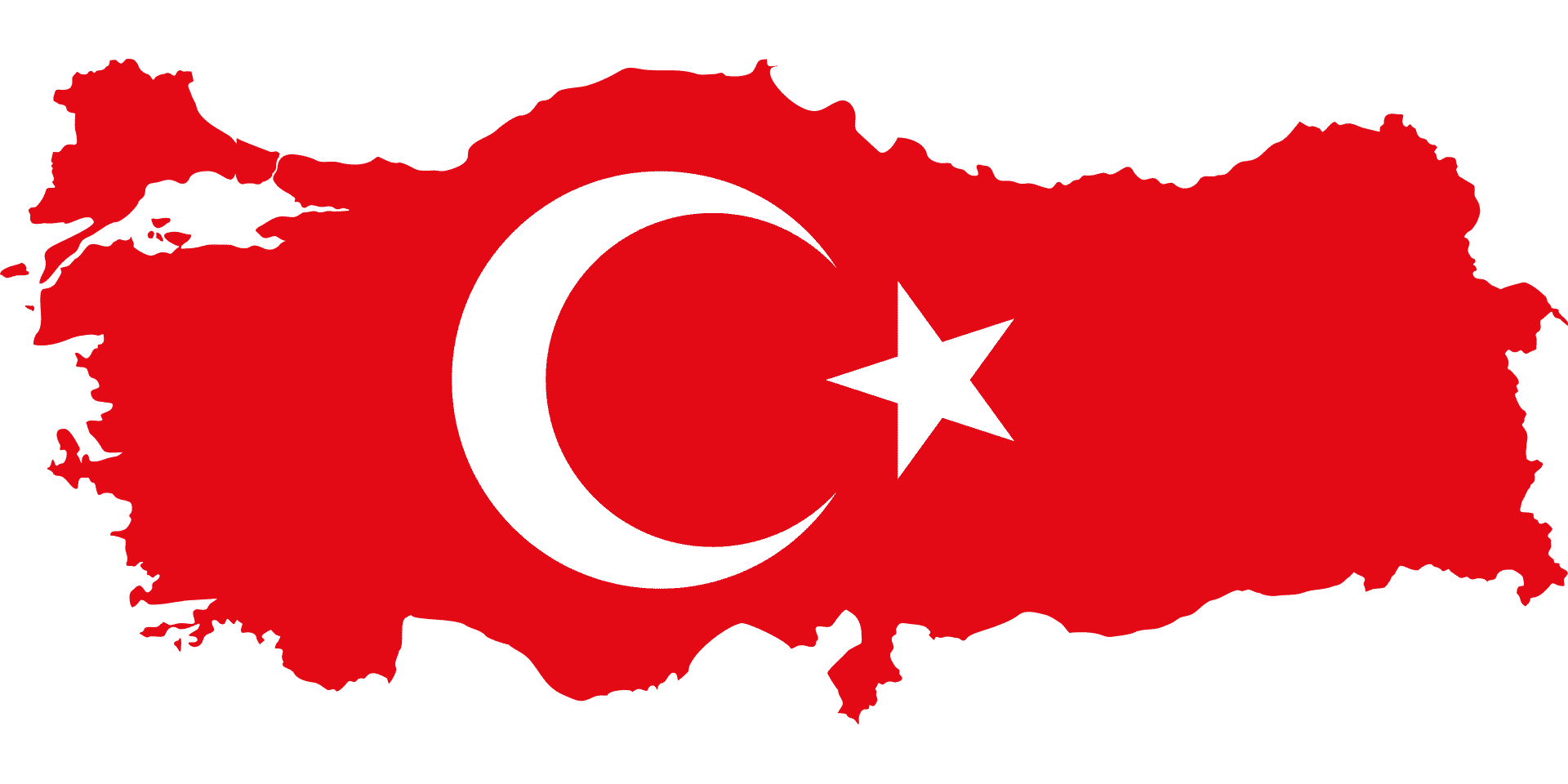
Muhammad Ahmad Zafar
5th December 2022
www.aagahi.com
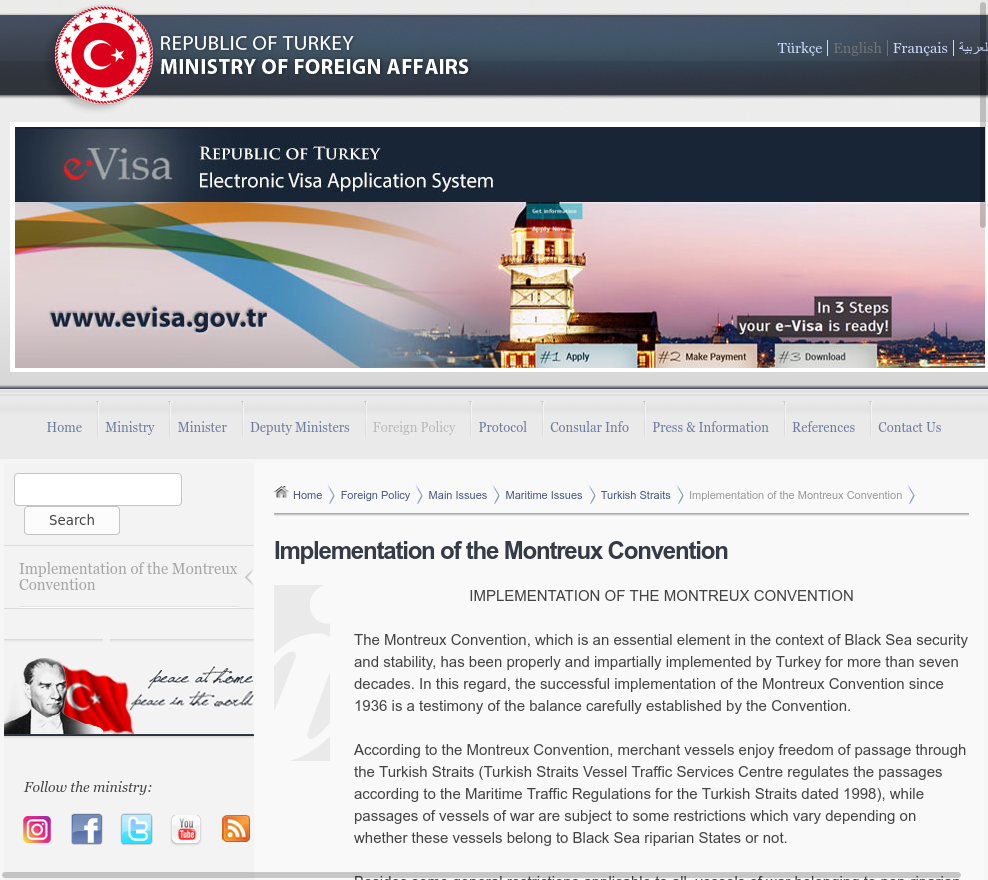
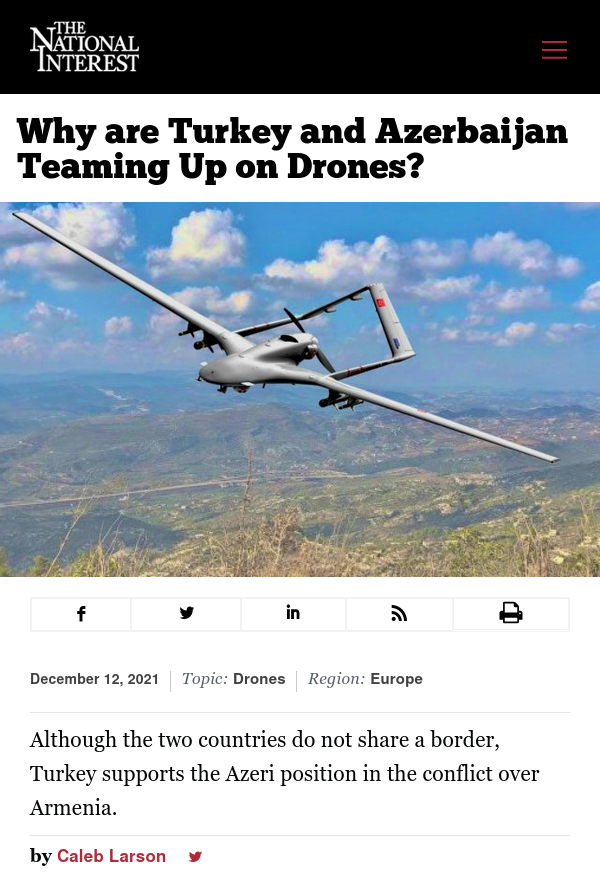
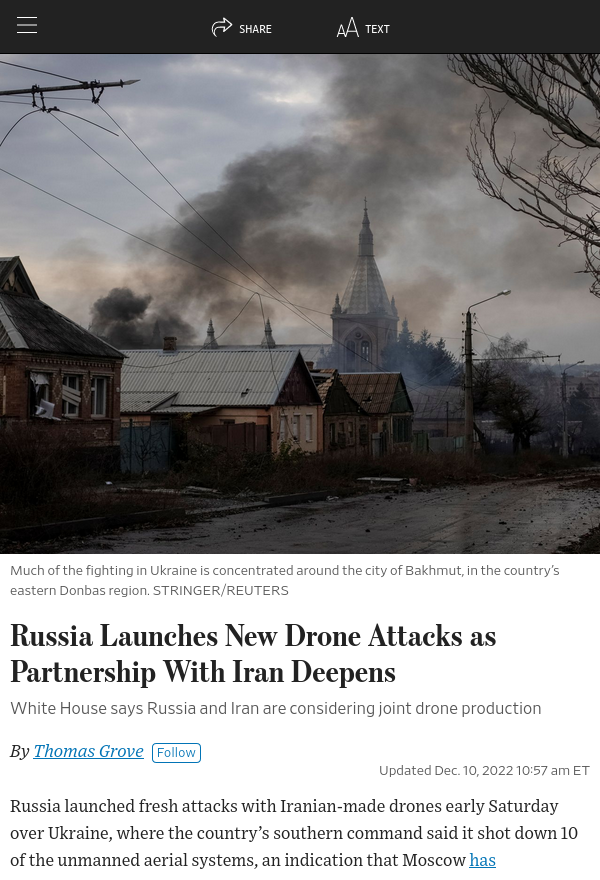
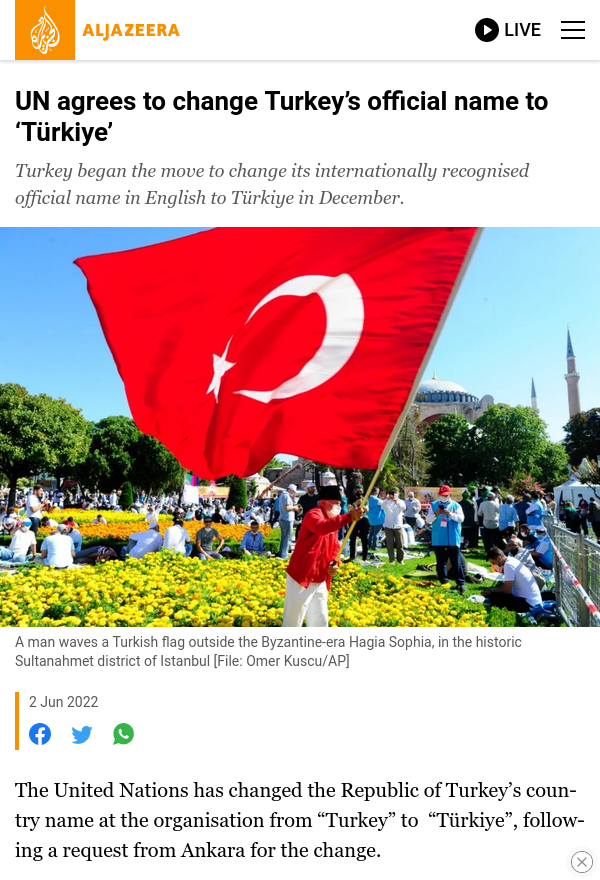
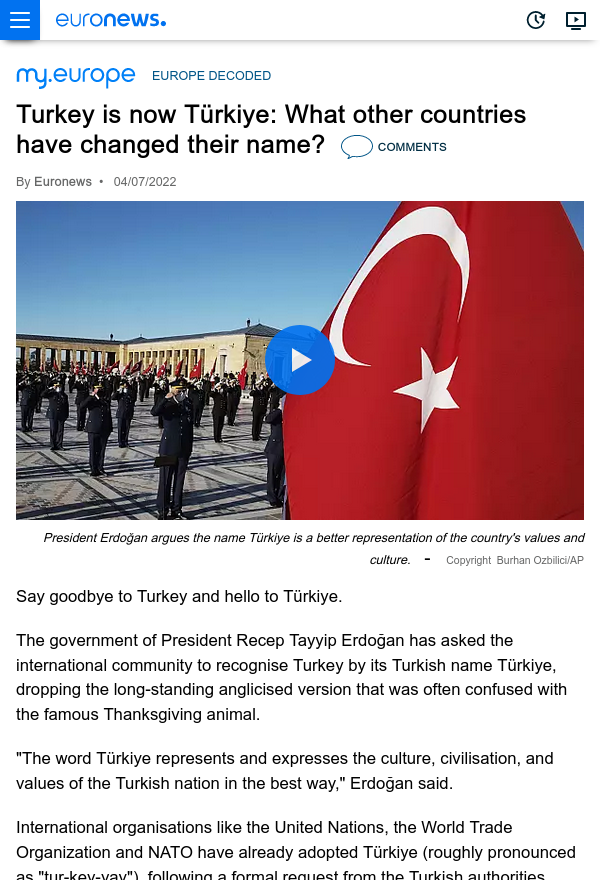





Email: MAhmadZ@pm.me
YouTube: @MAhmadZ
Twitter: @MAhmadZ
Telegram: @MAhmadZ
Soundcloud: @MAhmadZ
LinkedIn: @MAhmadZ
For the full video & other beneficial topics, visit:

YouTube: @MAhmadZ
Twitter: @MAhmadZ
Telegram: @MAhmadZ
Soundcloud: @MAhmadZ
LinkedIn: @MAhmadZ
Email: MAhmadZ@pm.me